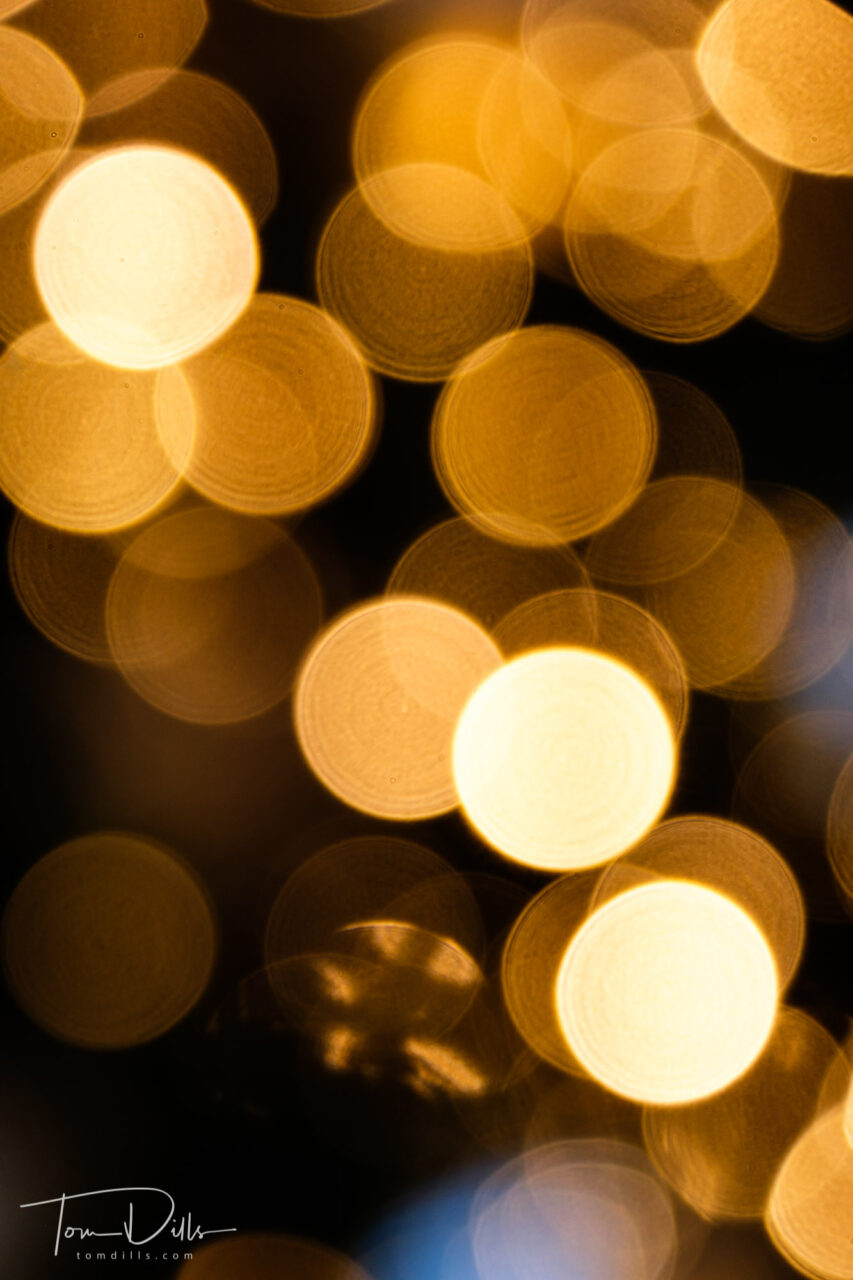
Kathy & I hope everyone has a joyful holiday. Best wishes to all!
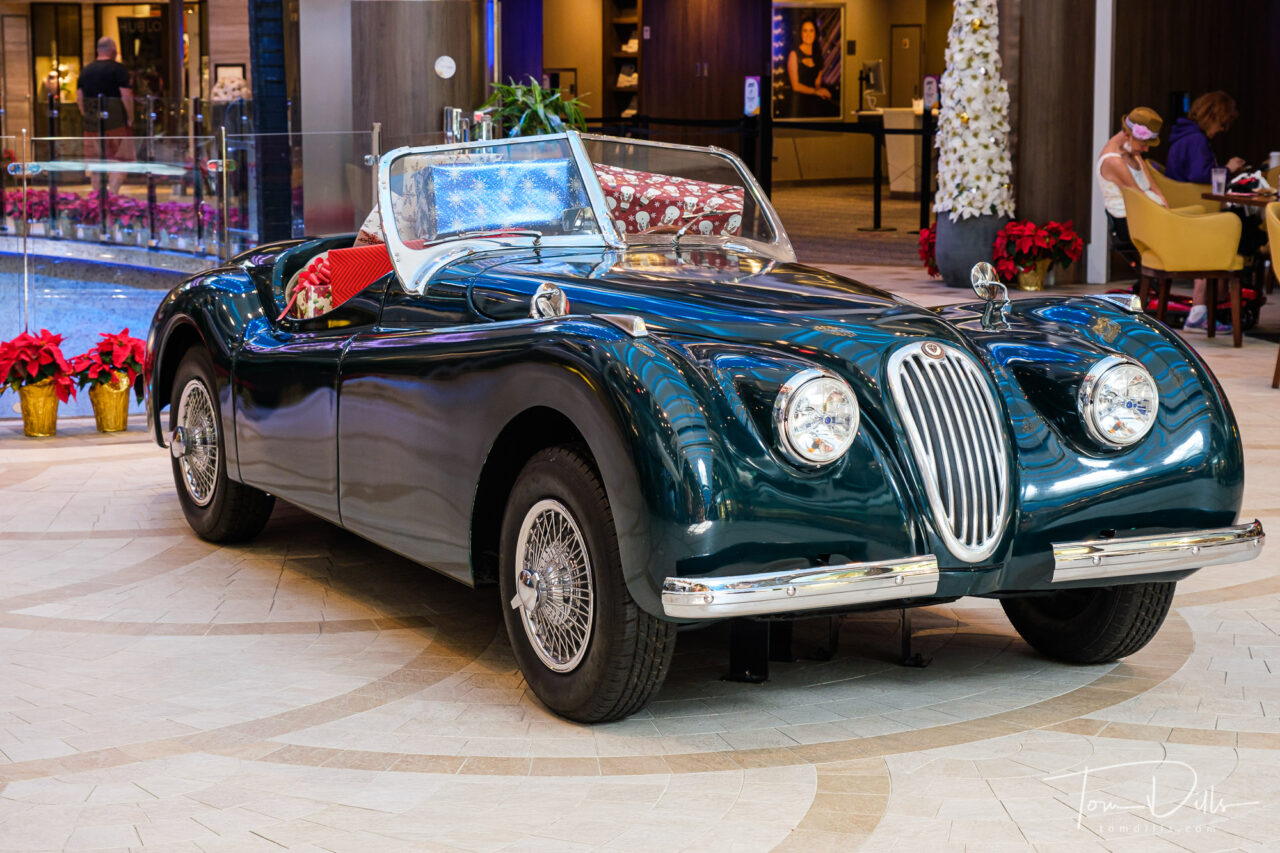
Many of the larger Royal Caribbean ships have an inside area known as the ‘Royal Promenade.’ It’s actually an indoor space lined with shops, restaurants and bars. Often there is a British pub, and to go with that theme there is usually a sports car parked somewhere along the way. Such was the case on Harmony of the Seas.
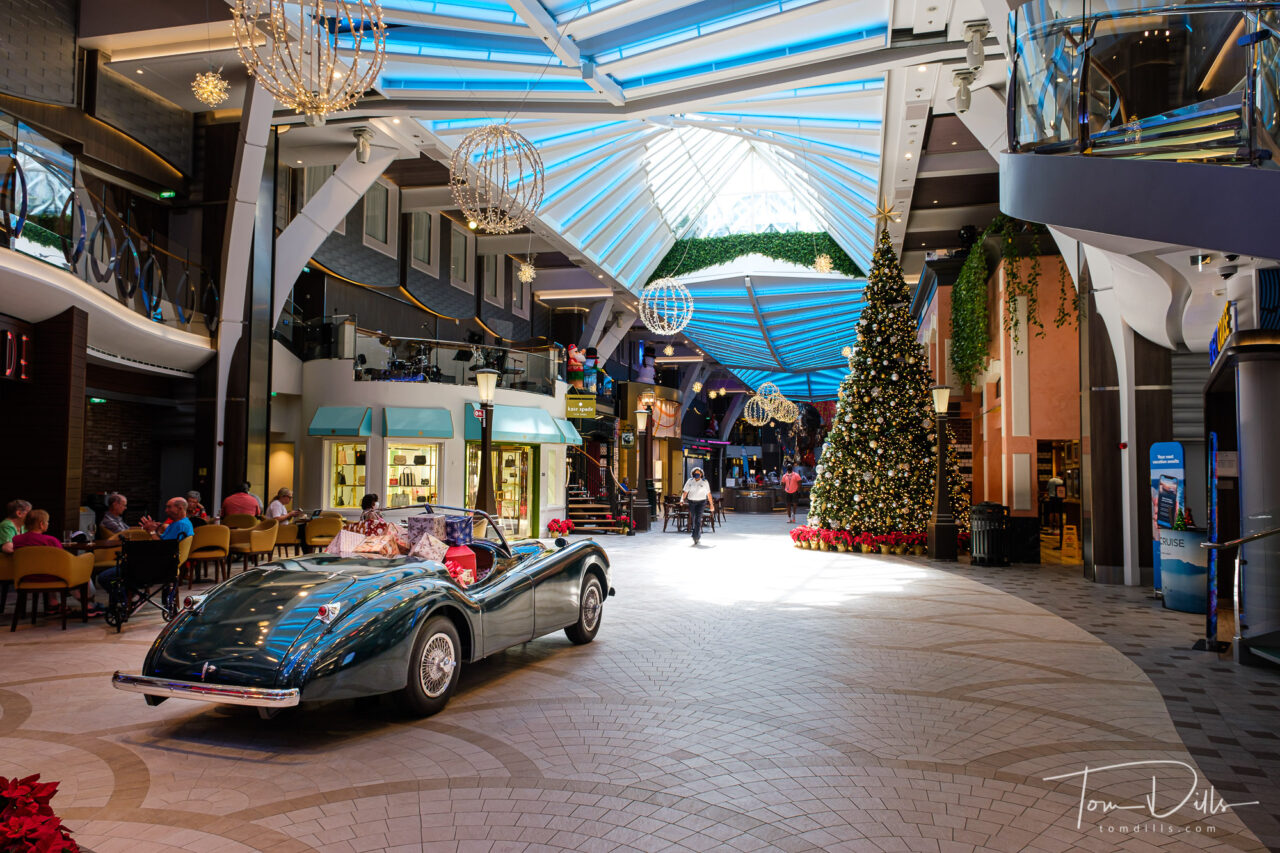
If my research is correct, this is either a 1954-ish Jaguar XK-120 or a really nice replica. In the “correct” color, too! 
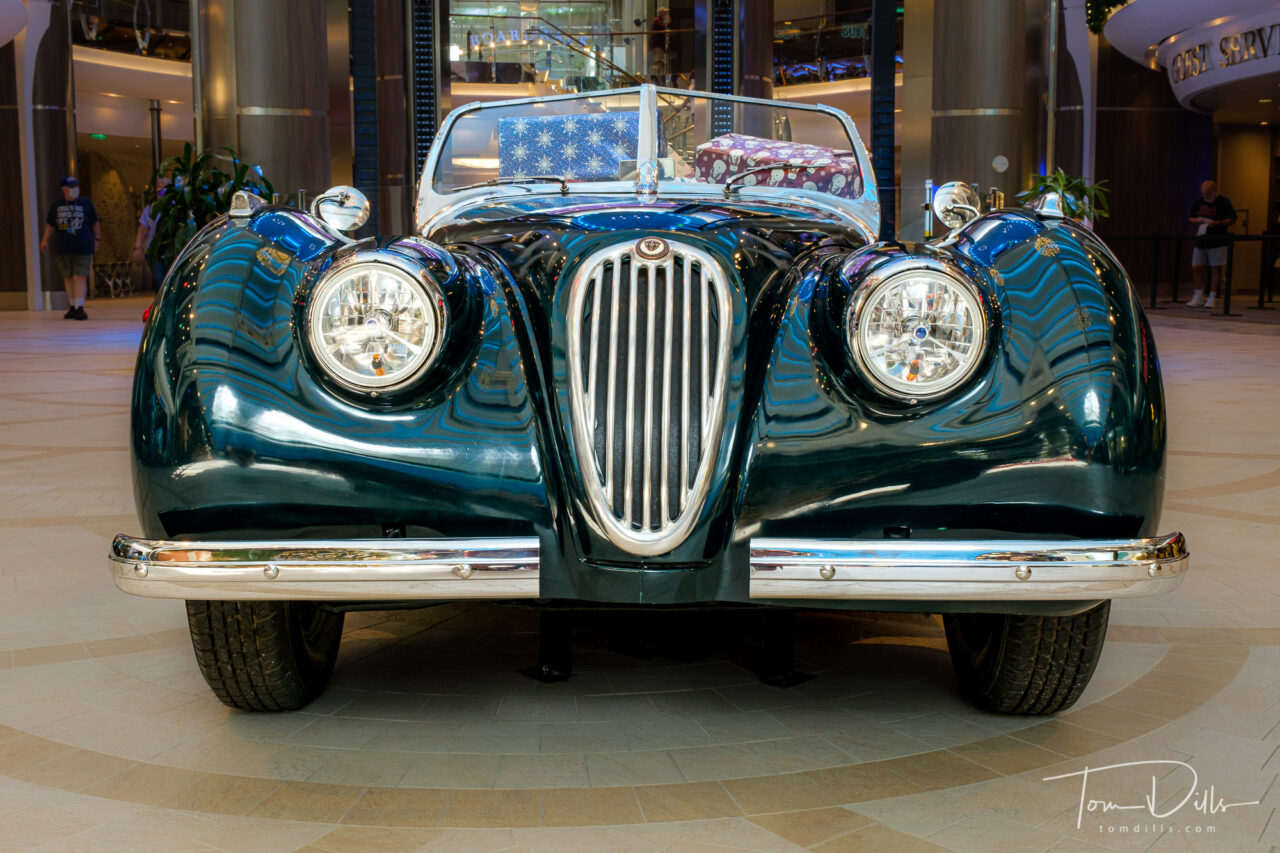
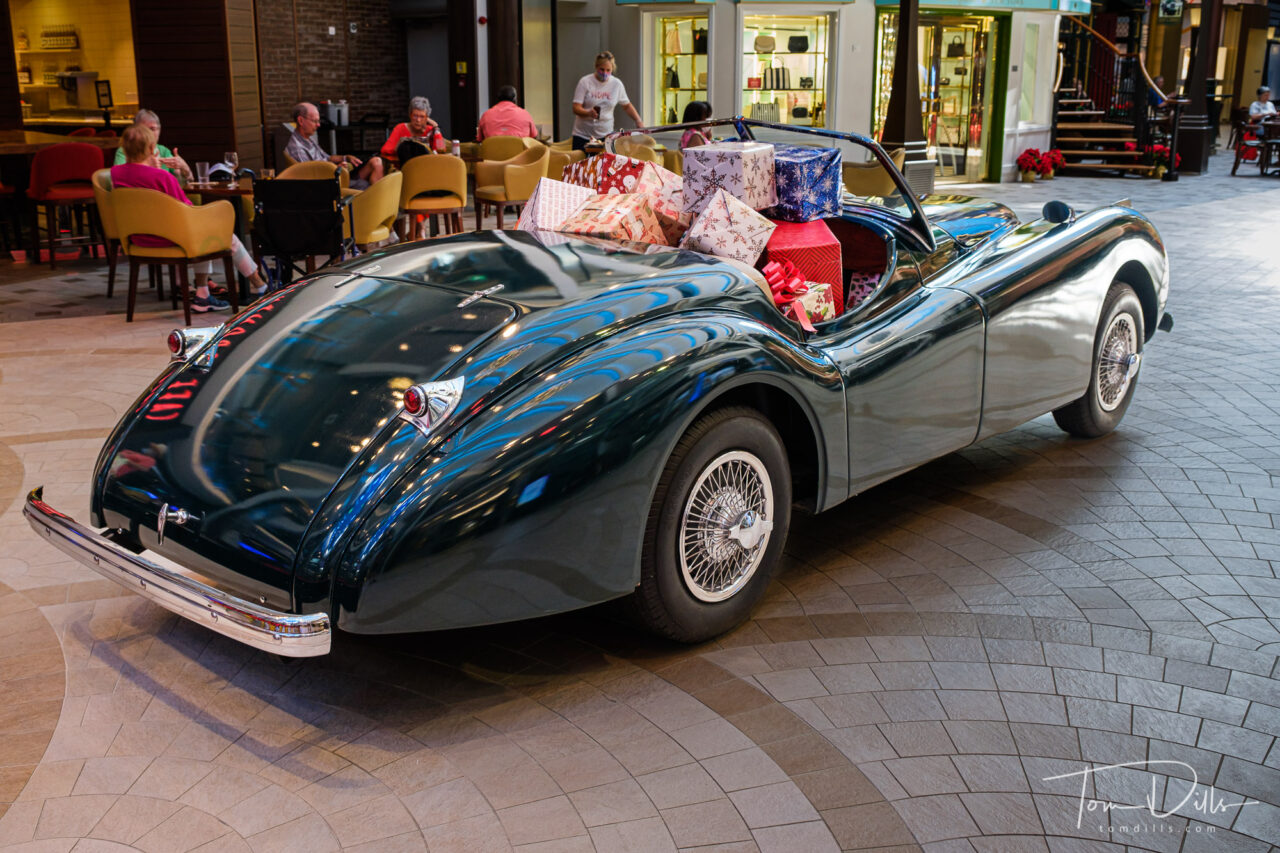
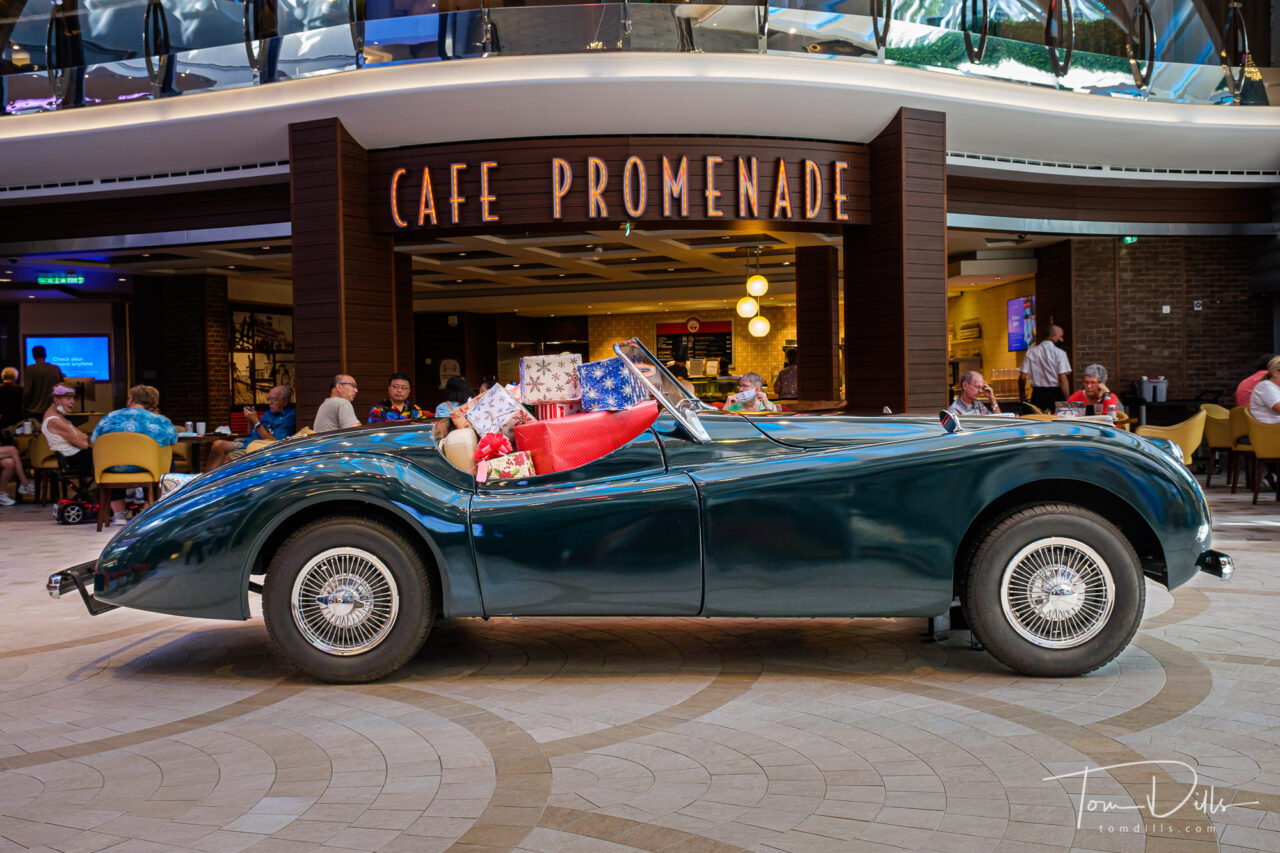
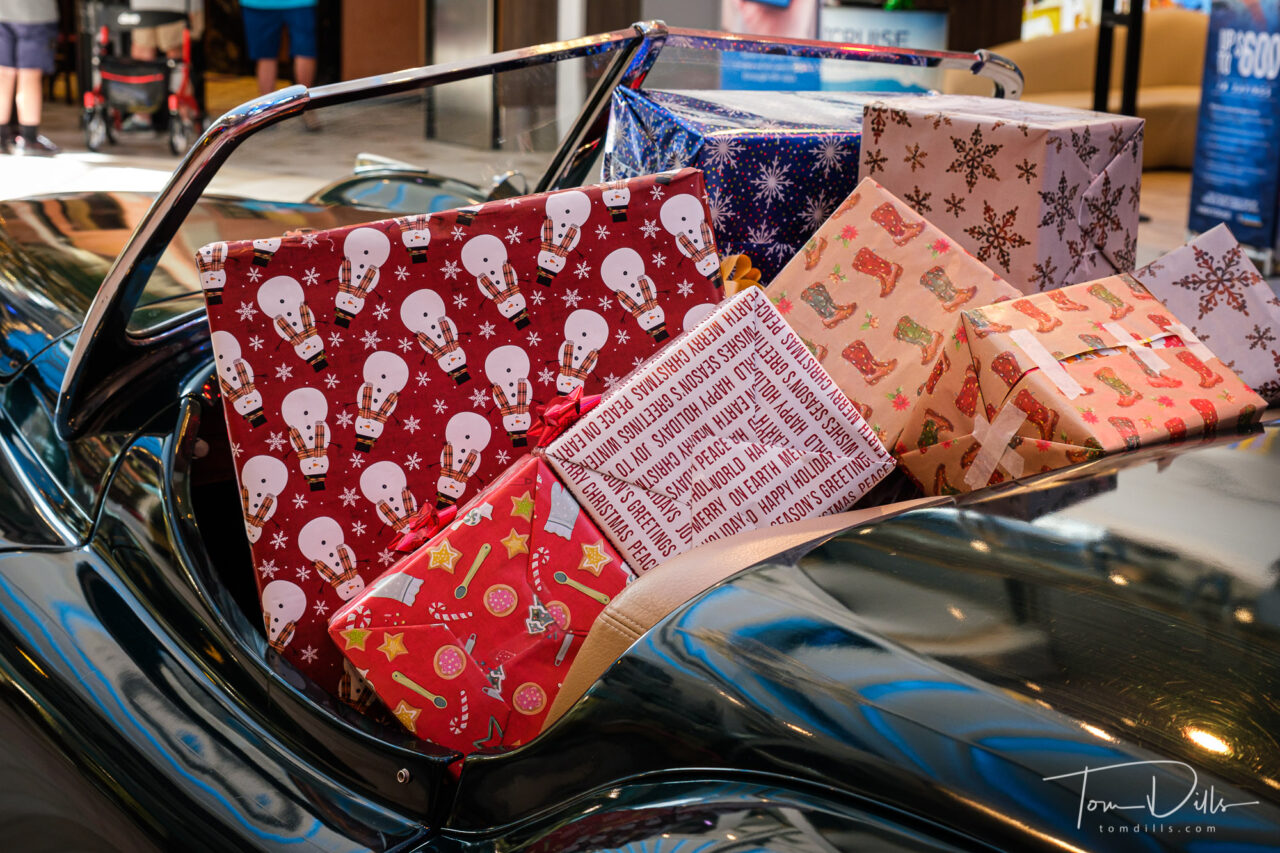
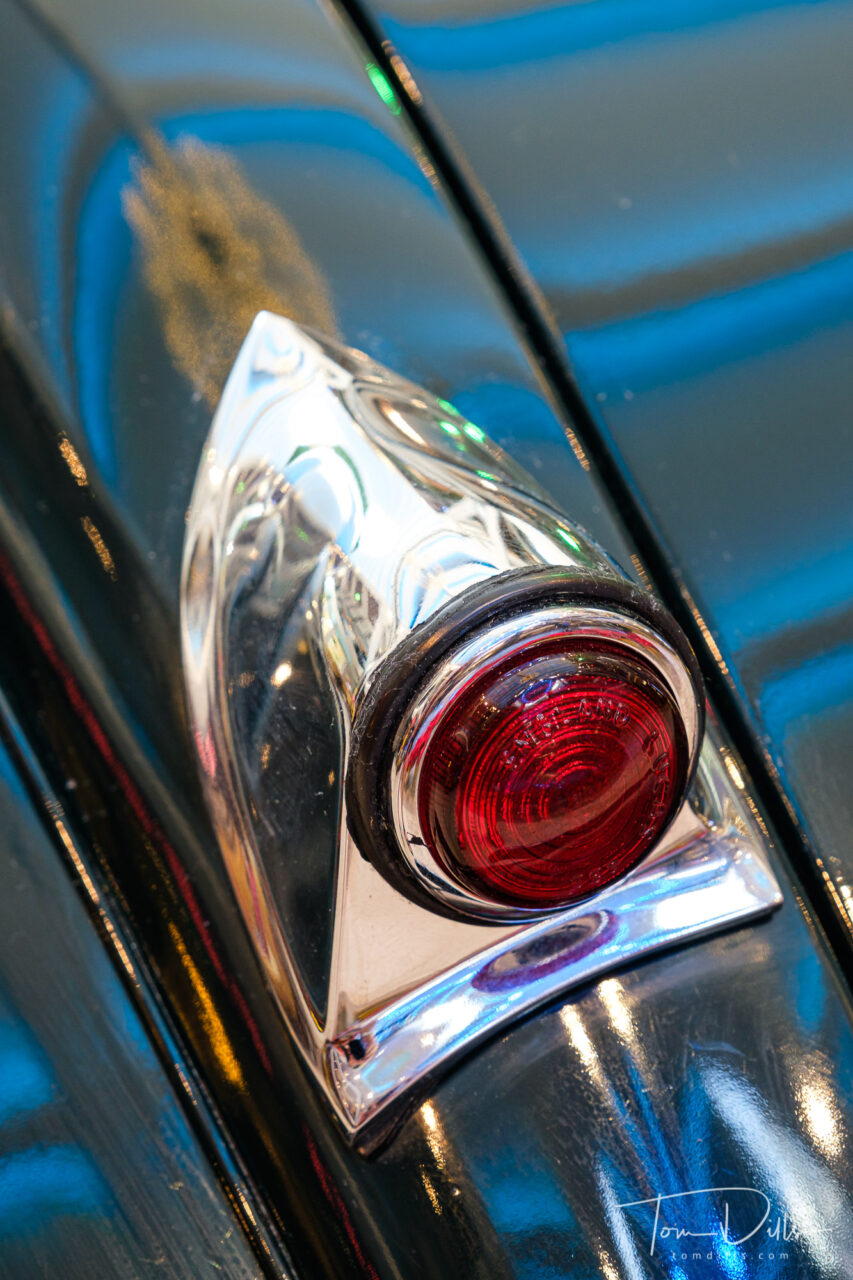
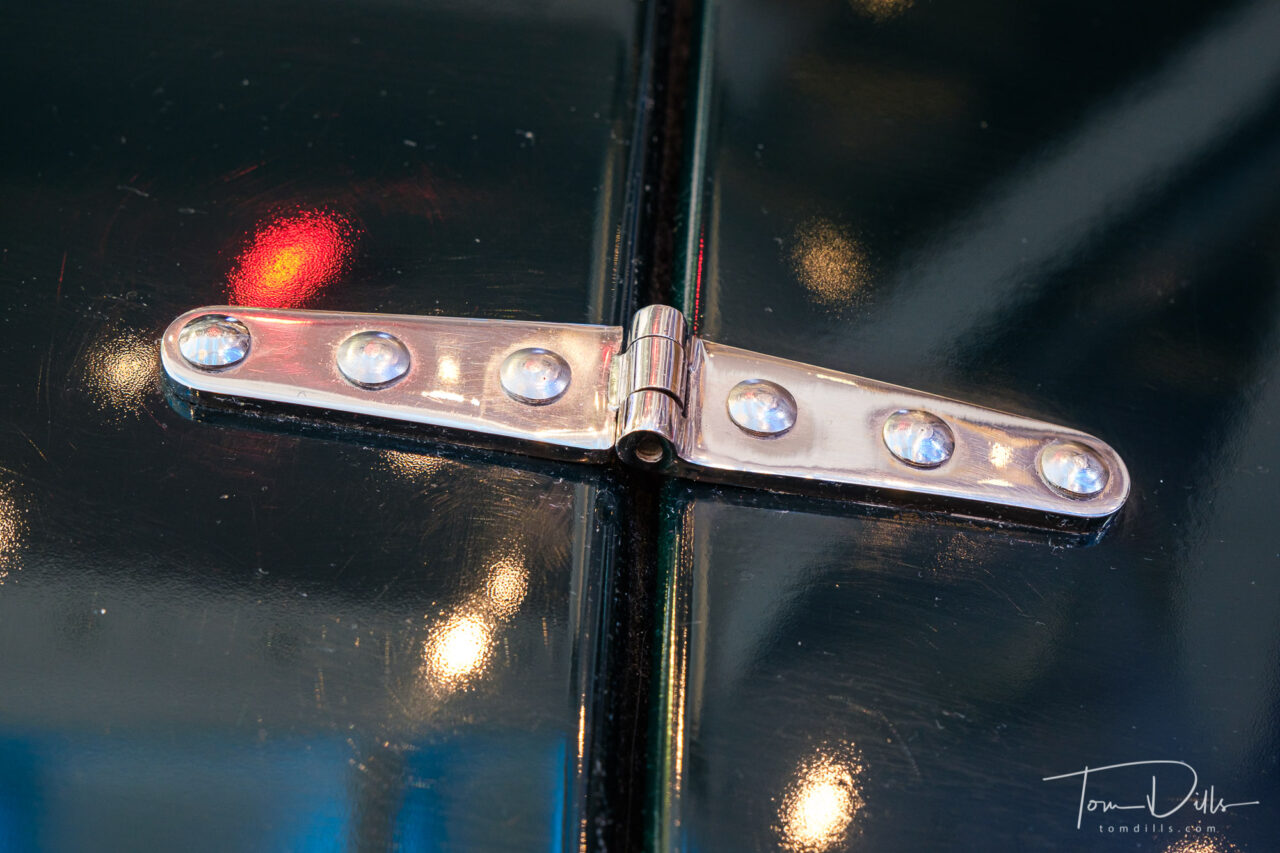
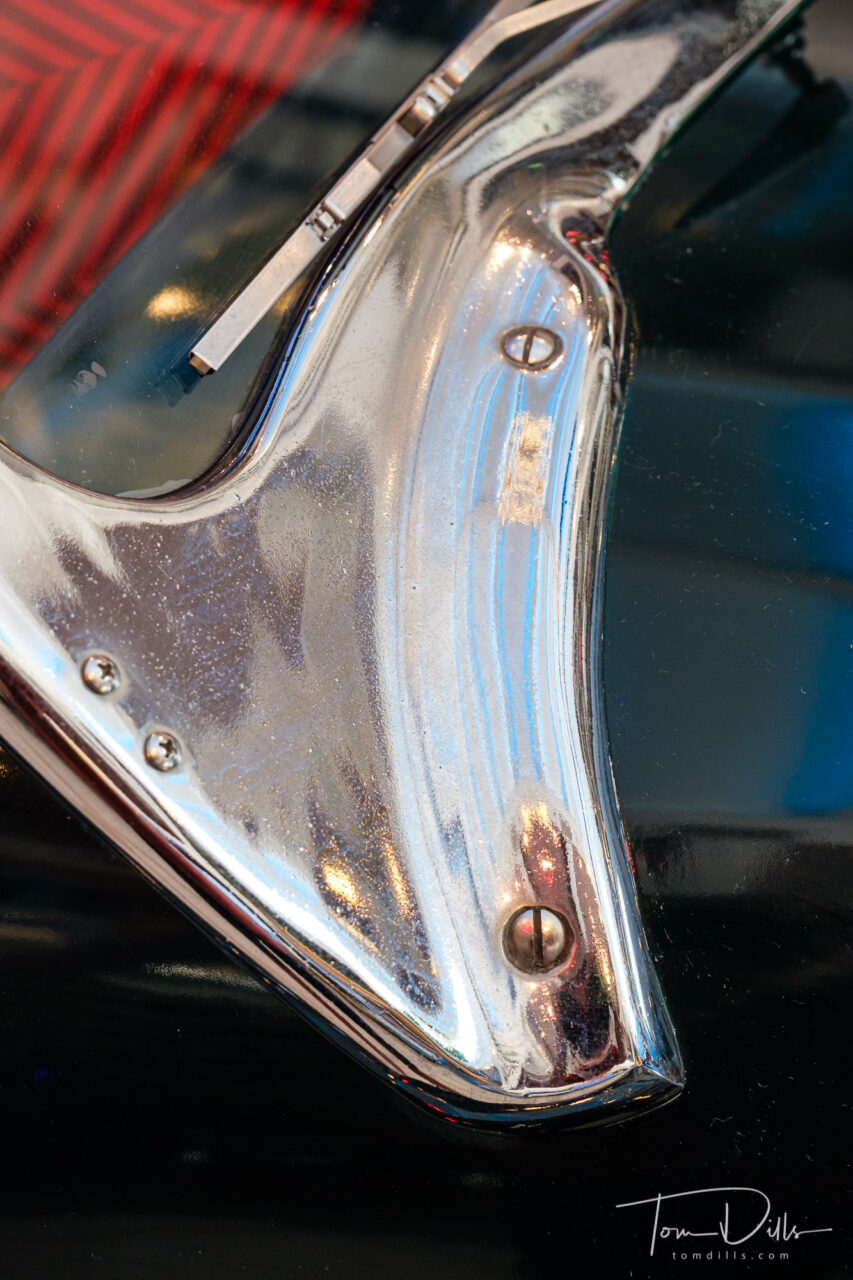
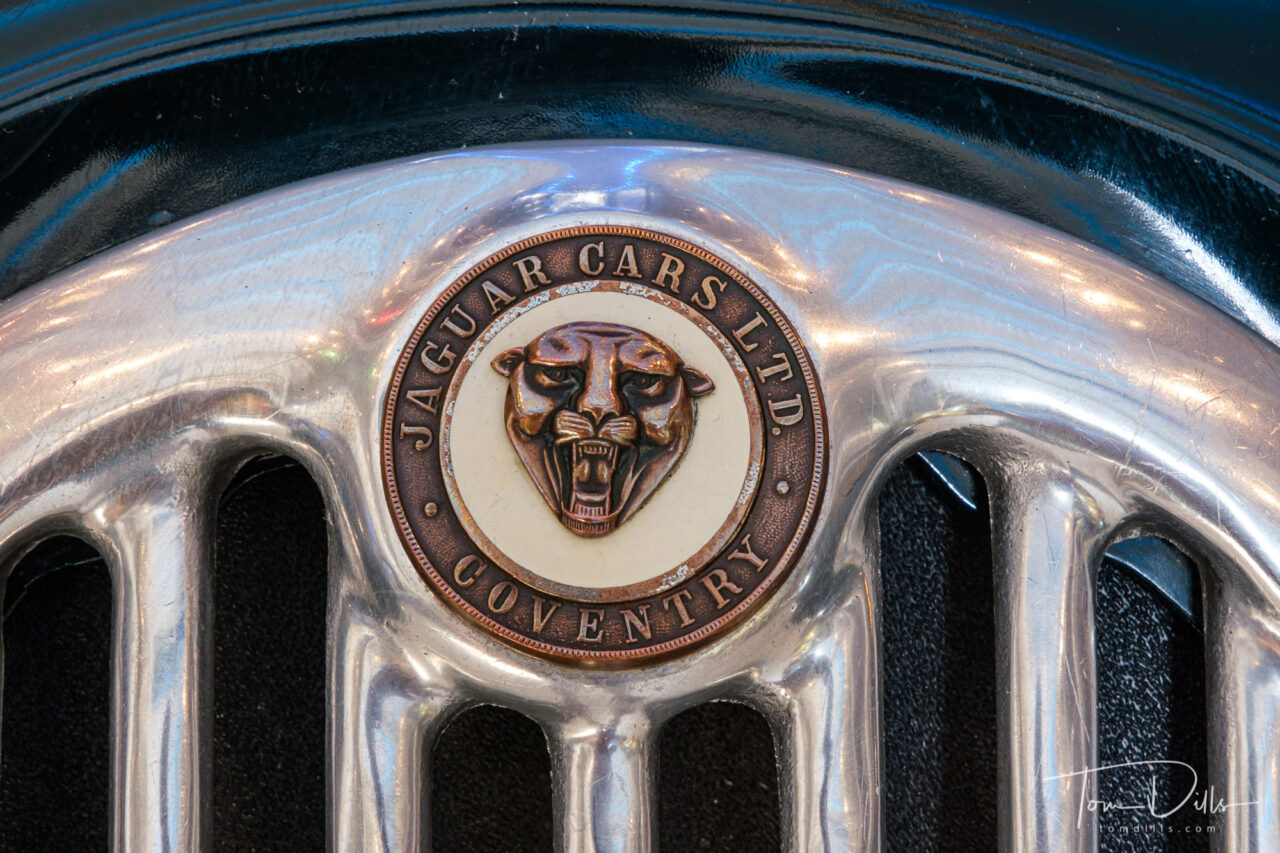
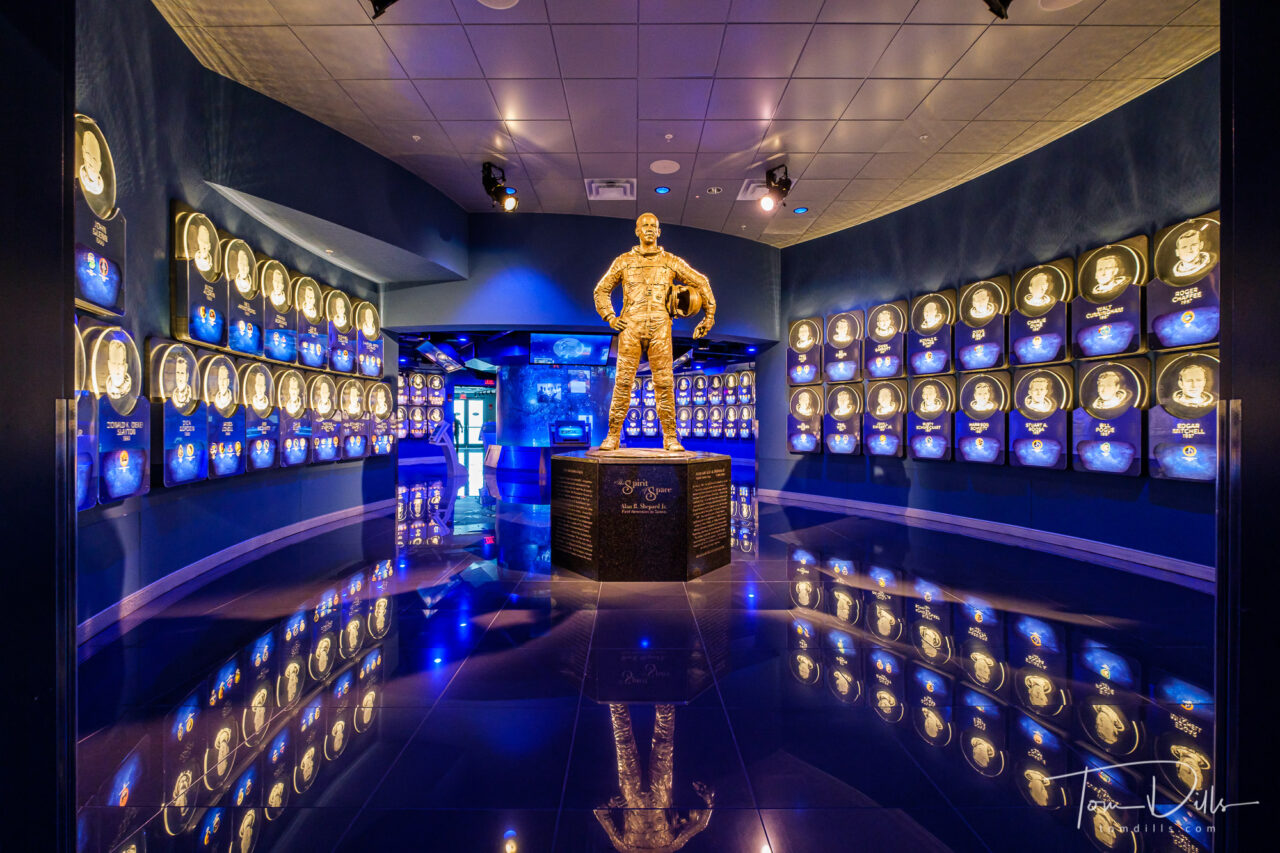
It had probably been 30 or so years since we last visited Kennedy Space Center, and wow have things changed there. Whenever it was, the shuttles were still flying and the visitor center consisted of just a few buildings with basic exhibits and some people in space suits walking around.
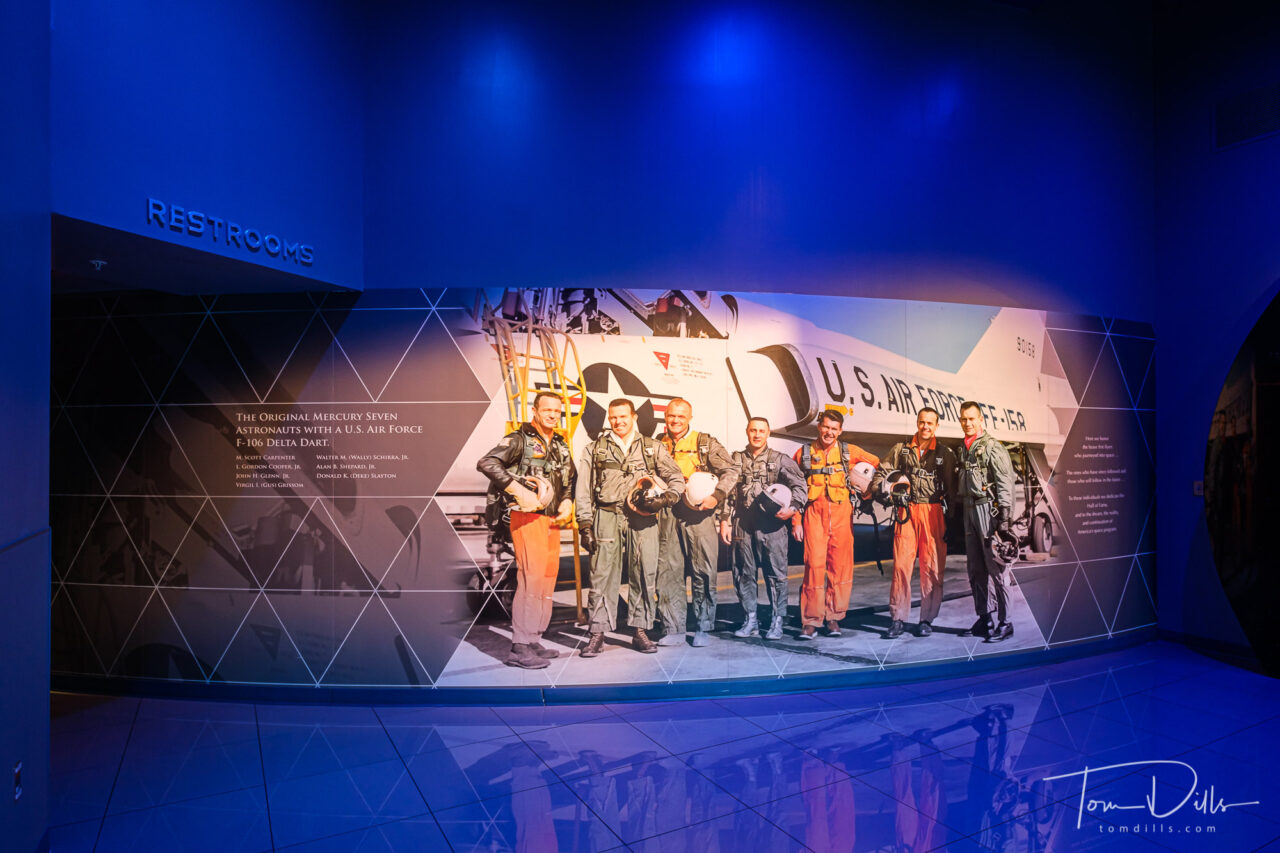
Since then, the facilities have been expanded greatly. KSC has gotten their own space shuttle – Atlantis – housed in an amazing building complete with a shuttle launch simulator, replica of the Hubble telescope and play area for kids. It’s a real multimedia attraction and very popular. After watching an introductory video on a nearly 360 degree screen, the screen opens to “reveal” Atlantis in her in-orbit configuration, complete with open cargo bay doors and robotic arm extended.
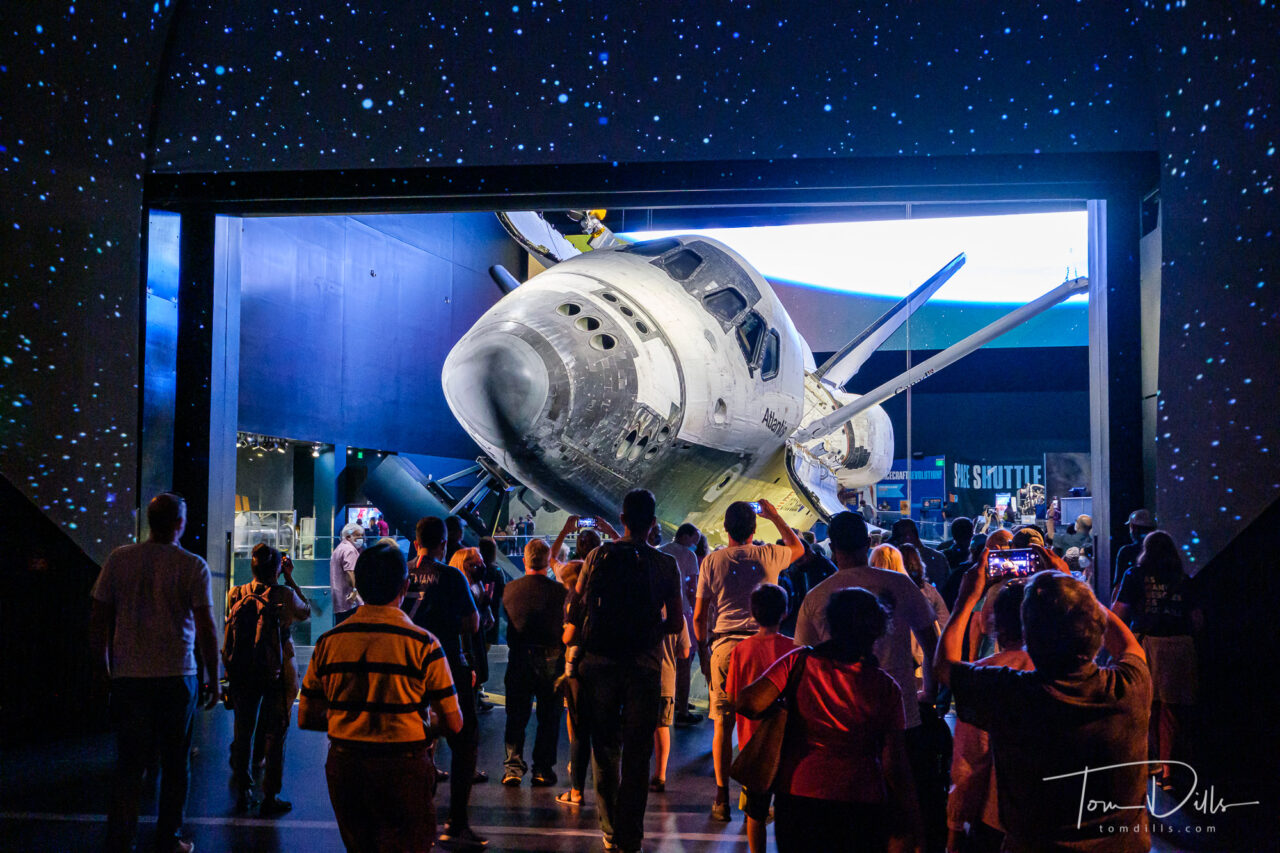
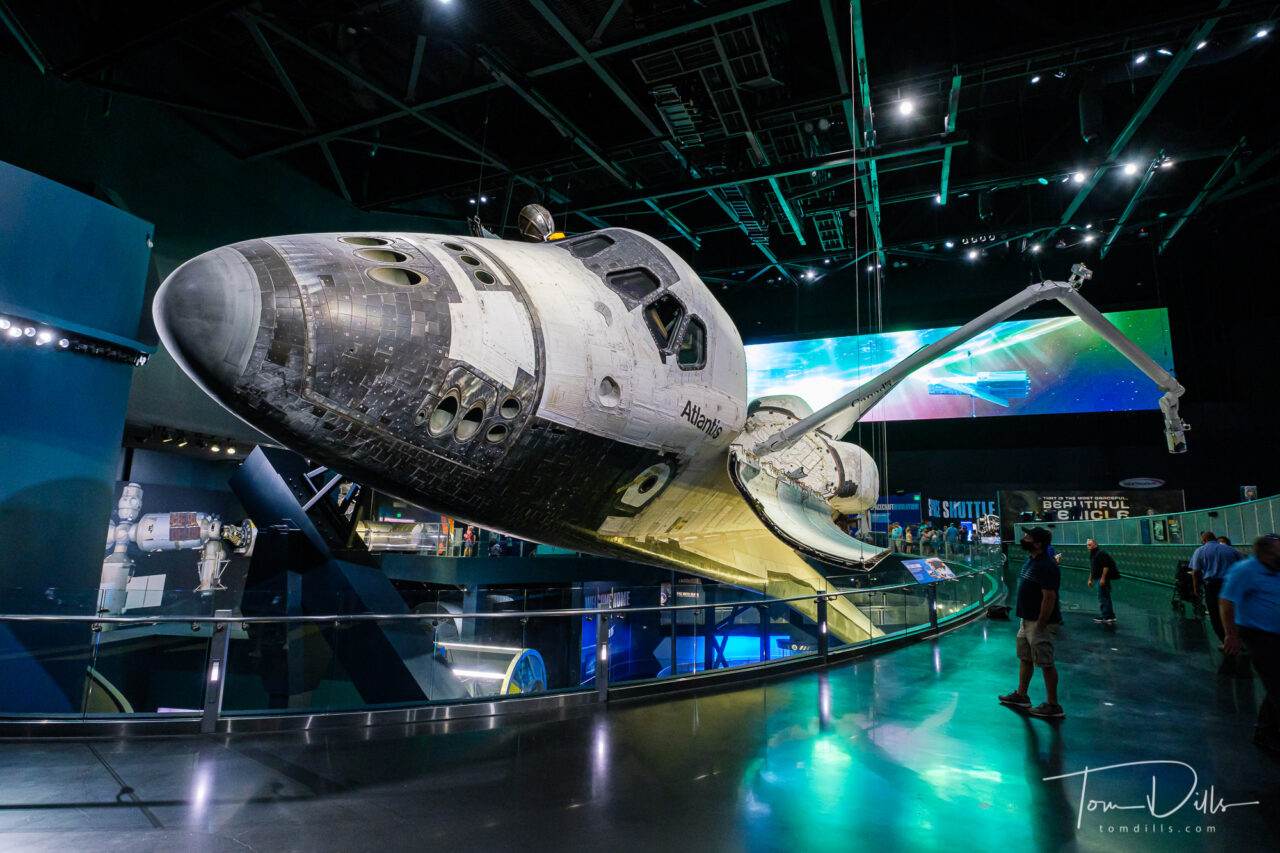
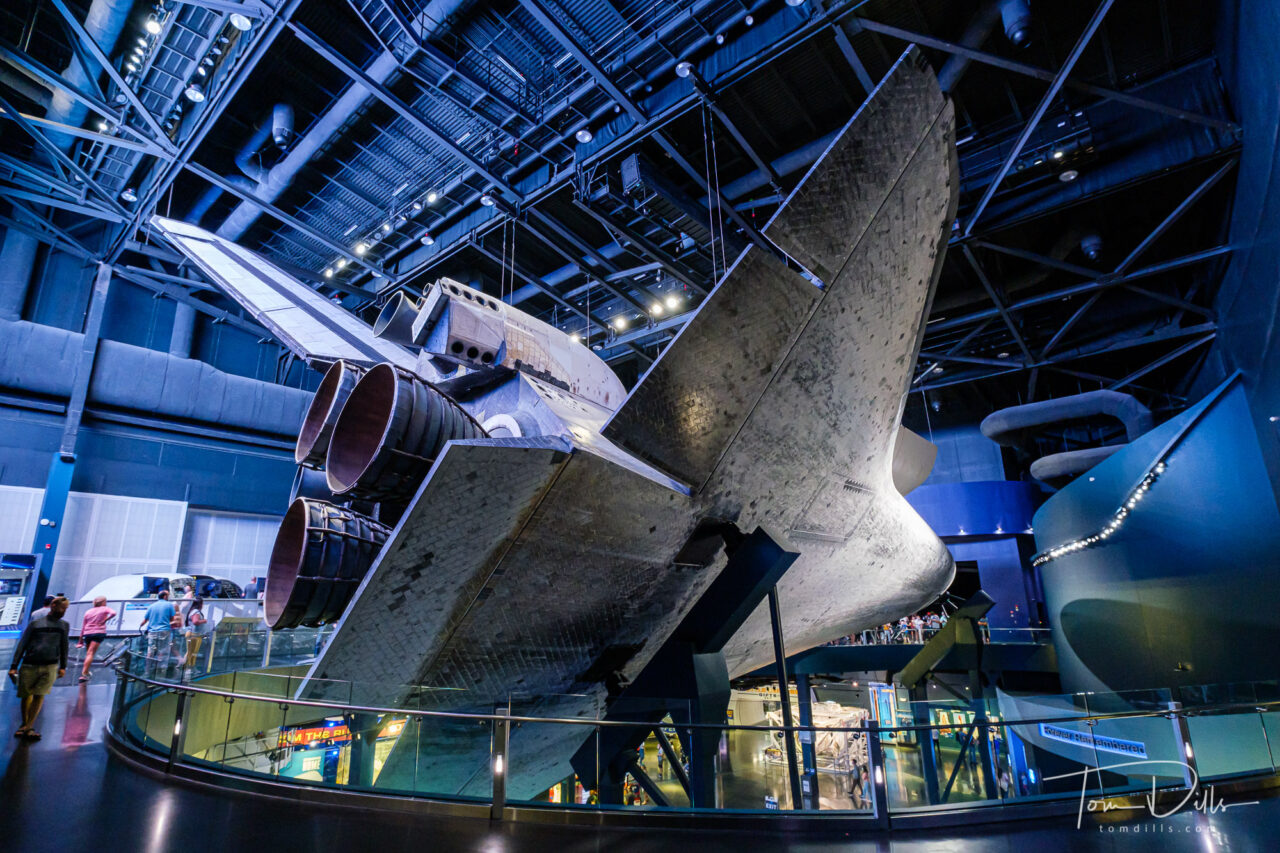
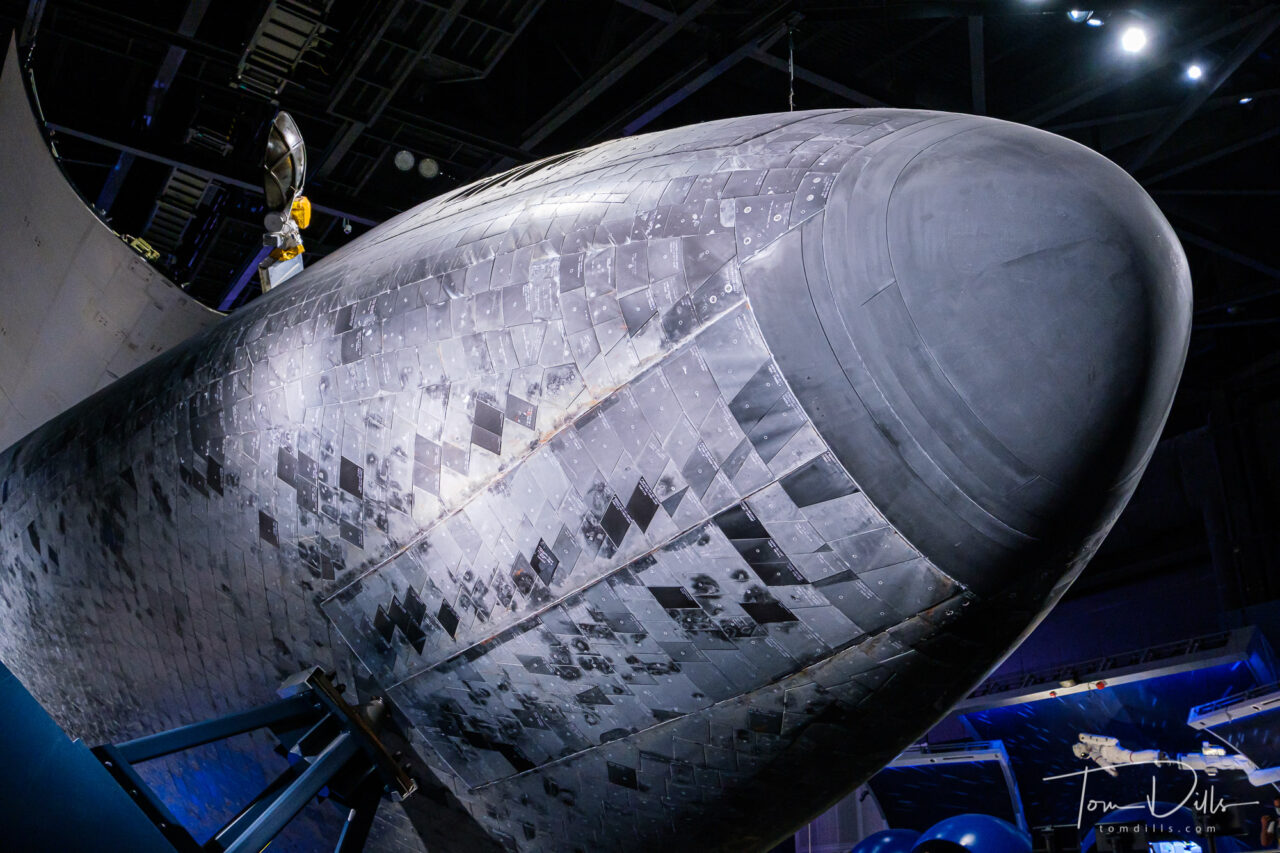
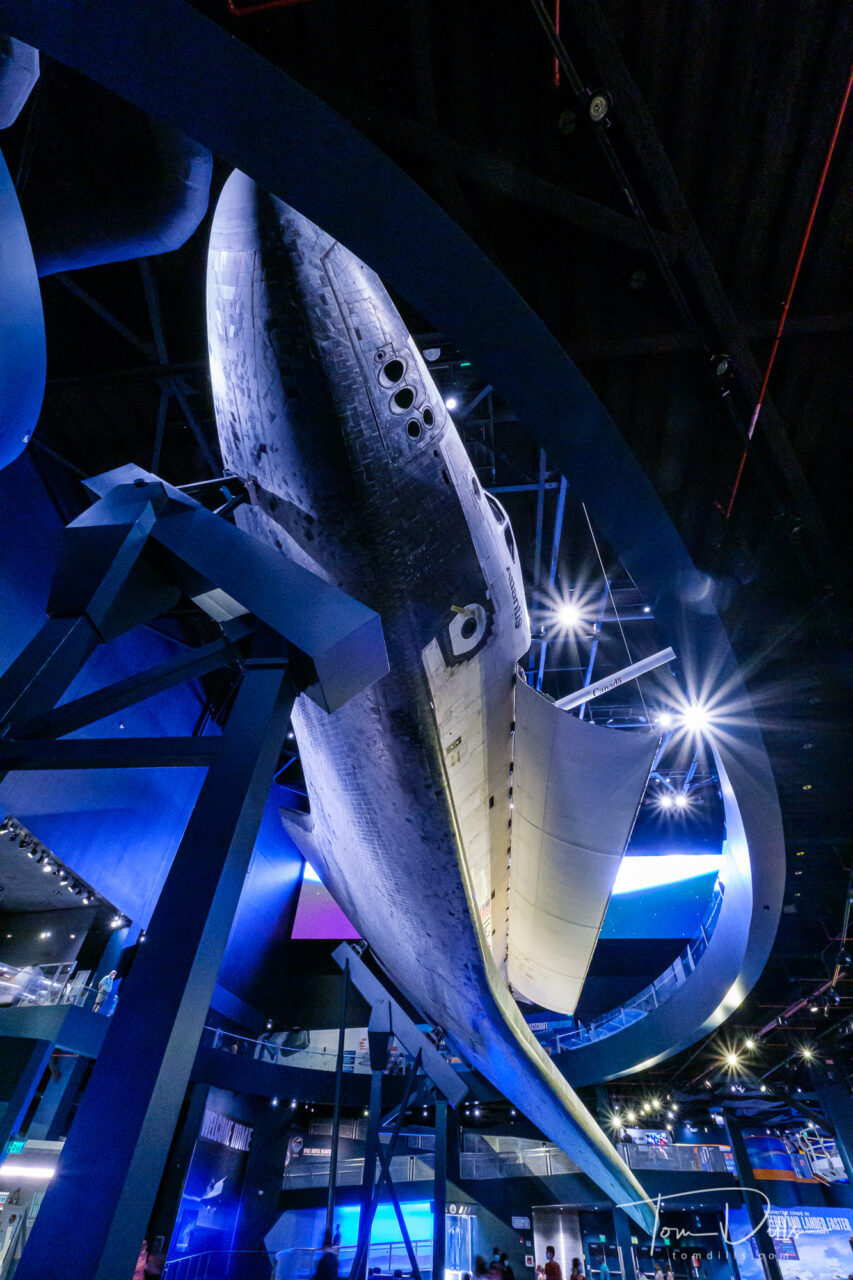
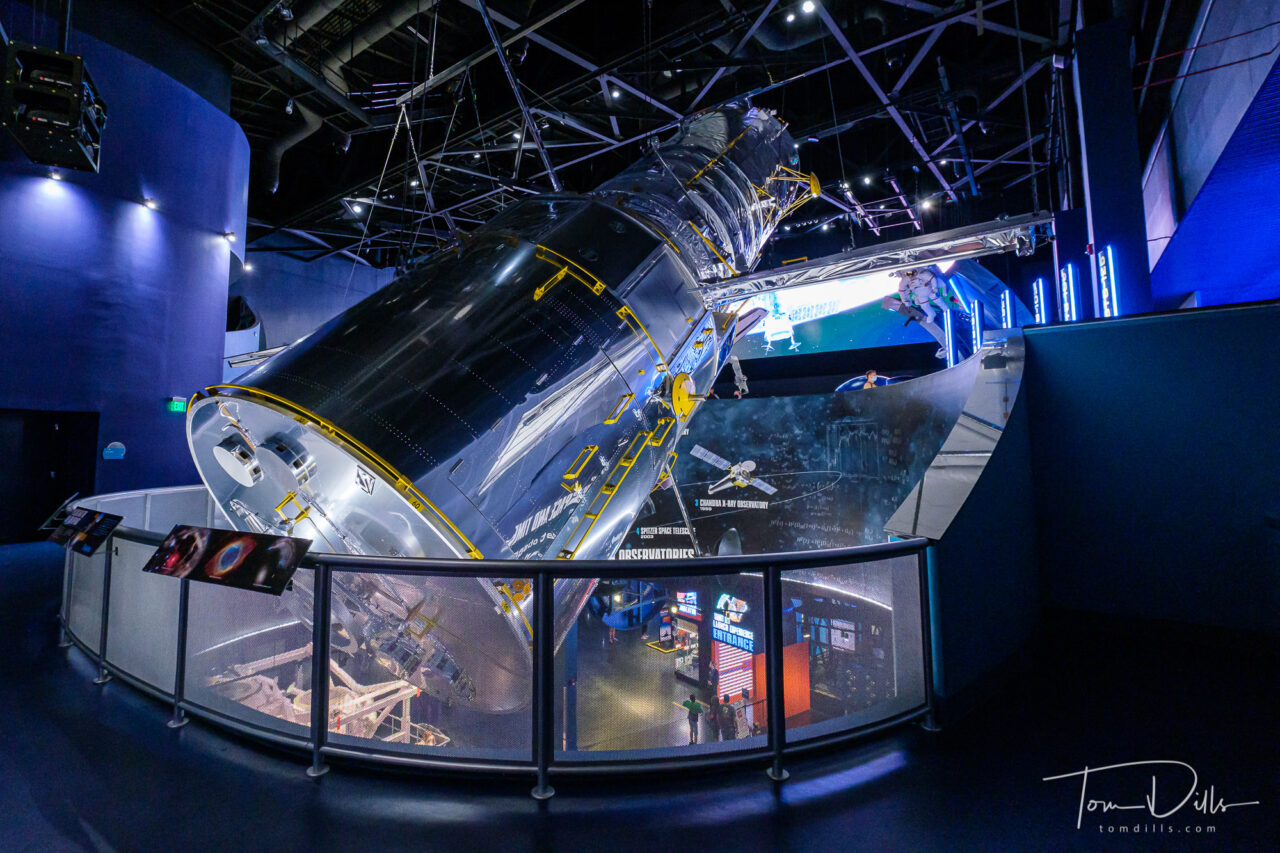
For me the highlight, other than Atlantis, was the Apollo/Saturn V Center, dedicated to the race to the moon in the 70s. The Apollo era was the height of my space geekness, having been a little young for the Mercury era, interested and impressed by the Gemini period then fully engrossed during the Apollo era. For some reason I don’t remember much about Apollo 13 but do remember the Christmas greetings from Apollo 8 and staying up all night to watch Neil Armstrong set foot on the moon. And the Apollo/Saturn V Center captures that history in all its glory.
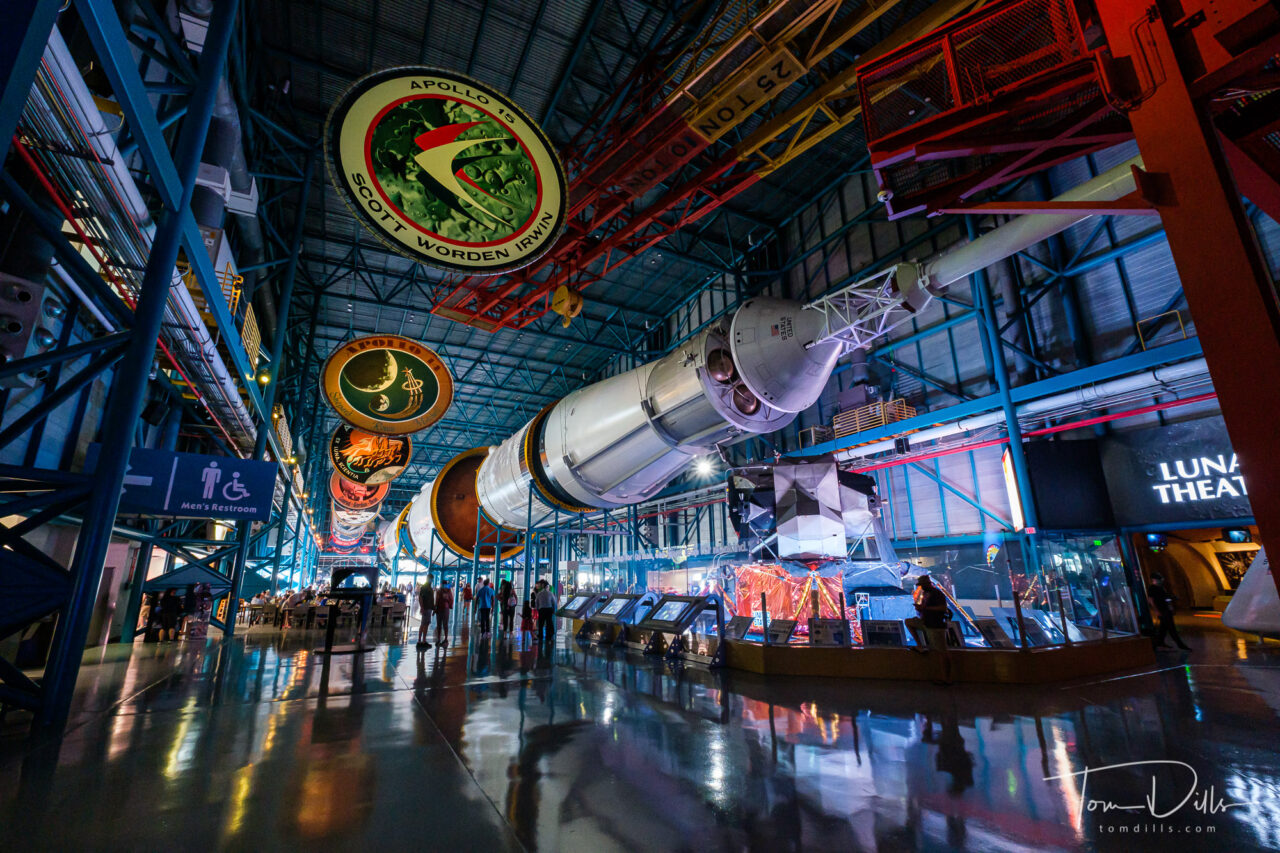
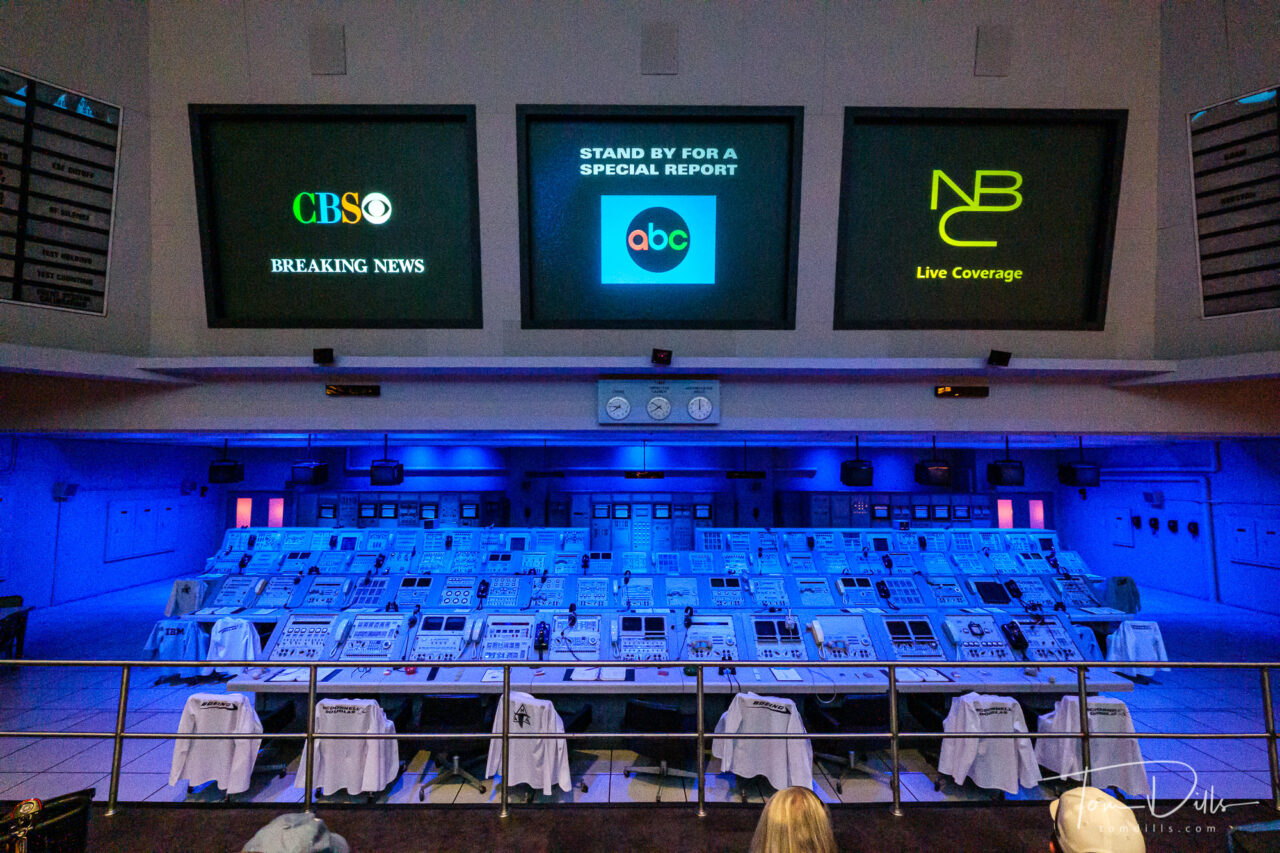
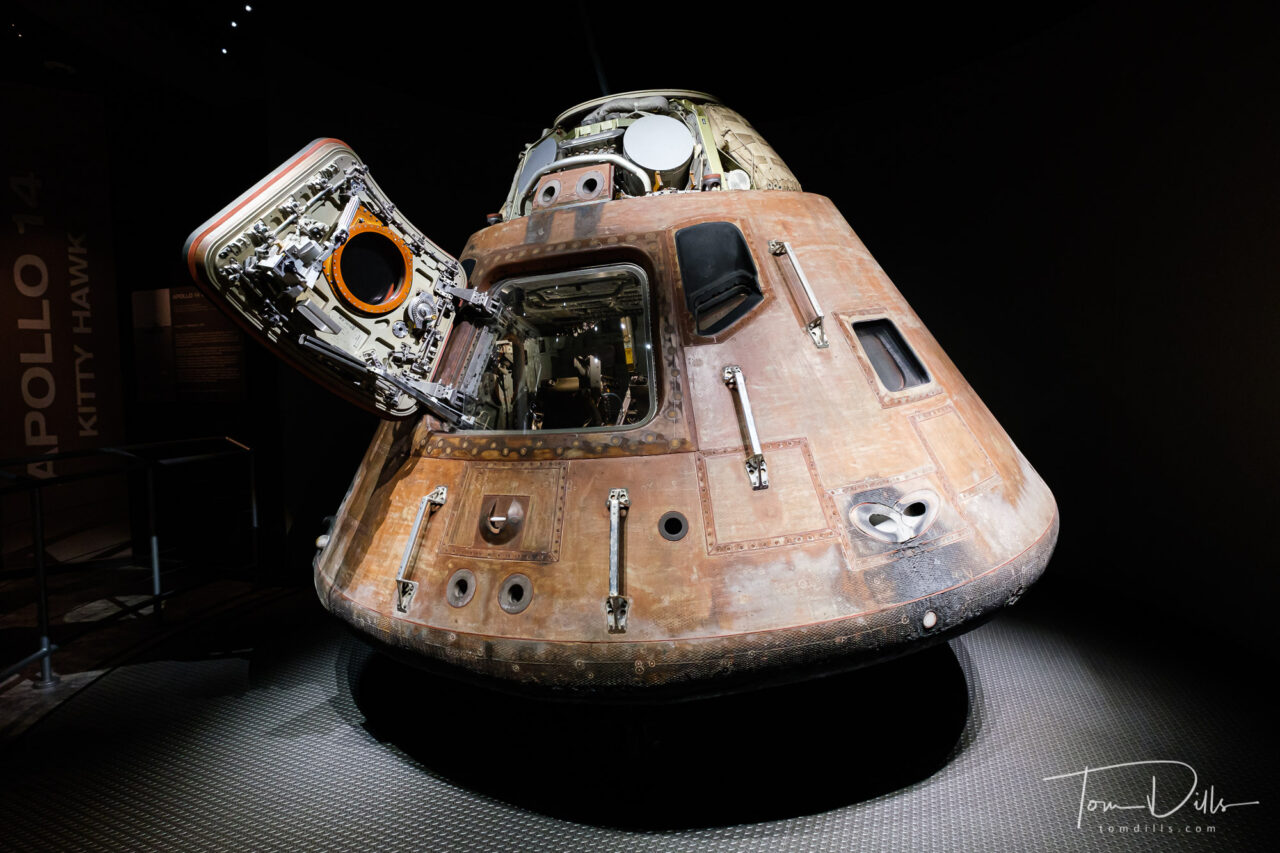
Getting to the Apollo/Saturn V Center requires a bus ride with reservations required but not available to make until you are on site. We arrived early enough to get an early time, spent several hours there including lunch, then returned to the main part of the center to visit Atlantis and the Heroes and Legends exhibit which includes the Astronaut Hall of Fame. The bus ride goes past the humongus Vehicle Assembly Building, where the Saturn V rockets and the space shuttles were assembled and which is still used today.
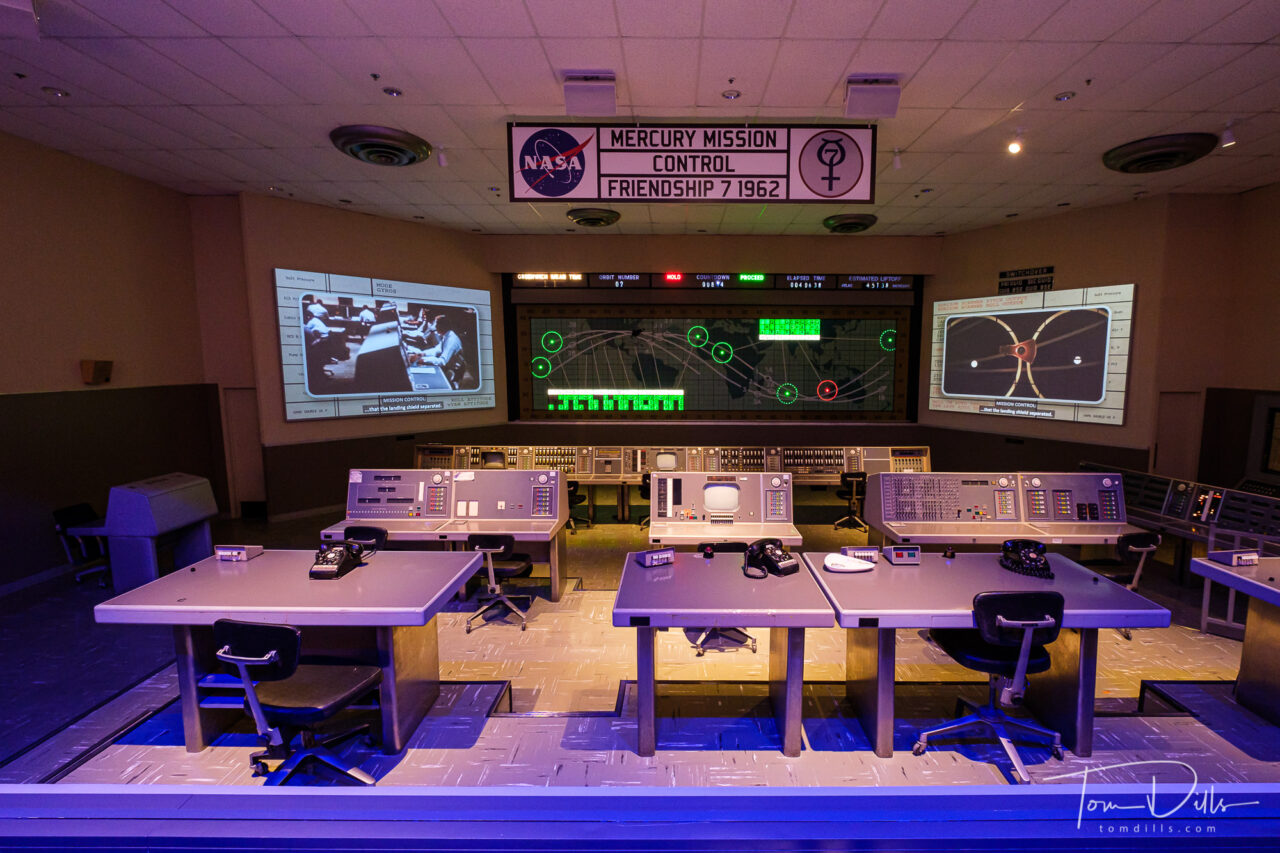
We spent the better part of the day at the space center and barely had time to see everything. In fact, we didn’t get to the IMAX movie or several of the smaller exhibits. They recommend two days for a visit, which may be a bit much for most, but I could see it. It is definitely worth the time for anyone passing through the area.
After the space center it was on to Port Canaveral for a night before our cruise!
I’ve added a gallery of more photos from Kennedy Space Center on my Adobe Portfolio website.
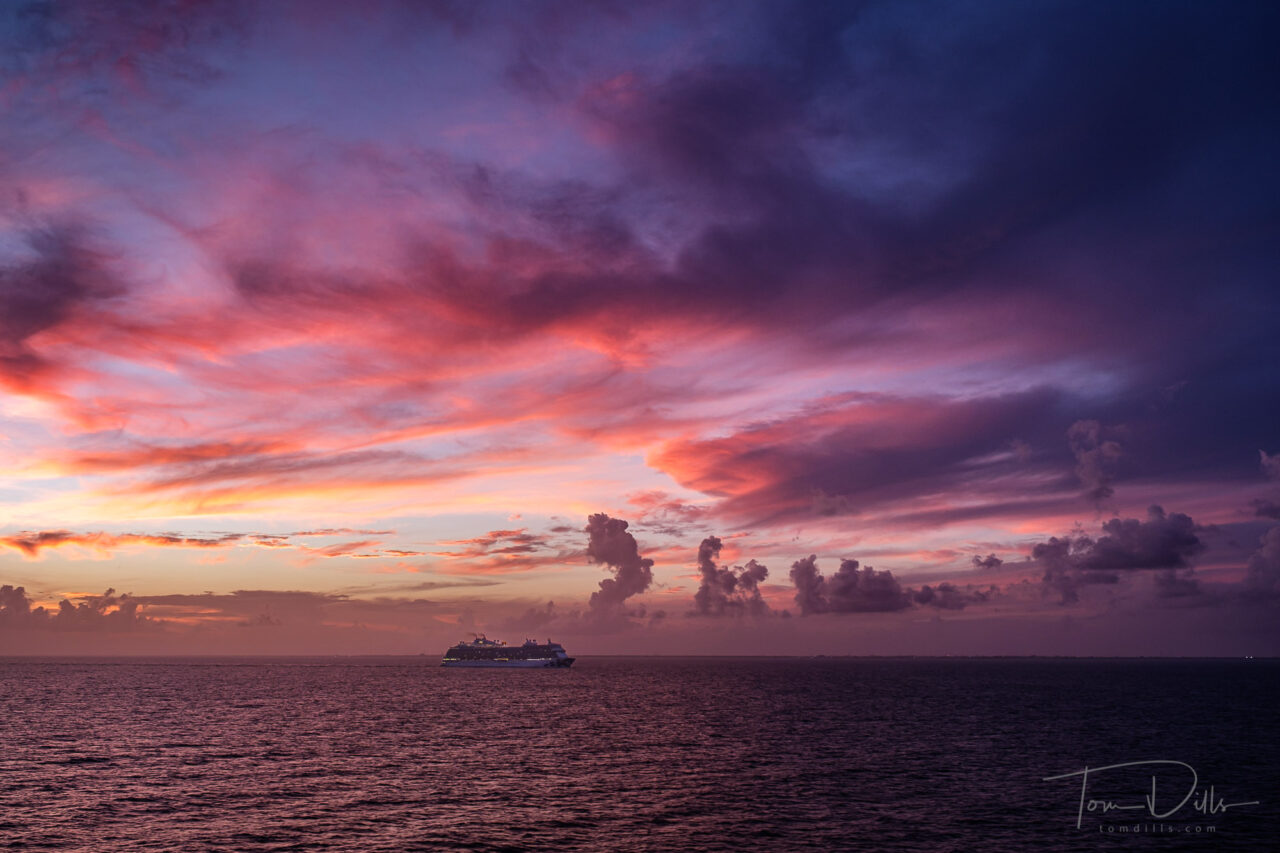
Kathy & I spent last week on our first cruise in nearly 2 years, aboard Royal Caribbean’s Harmony of the Seas out of Port Canaveral. It felt good to get back on the water and we had a great time.
There has been a lot of sensationalistic reporting in the media about cruising, with much hype around the occasional rare but real report of some kind of outbreak. Covid is only the latest hand-wringer. I’ve said for years that cruise ships have been among the cleanest places we’ve visited. They have always been very vigilant about cleaning in an effort to reduce the spread of all kinds of passenger-borne bugs. A report of an outbreak of any kind is fresh meat for a media looking for anything to wring their hands over. Yes, it happens. But relax. It was fun. Yes, we had to take a Covid test before we left home. Yes, we had to wear a mask on occasion. But we have to do that at home anyway, and it was a lot warmer in Cozumel than it is back here in NC!
We paid a visit to Kennedy Space Center before the cruise. I took a few photos and will have more to share over the next few days.
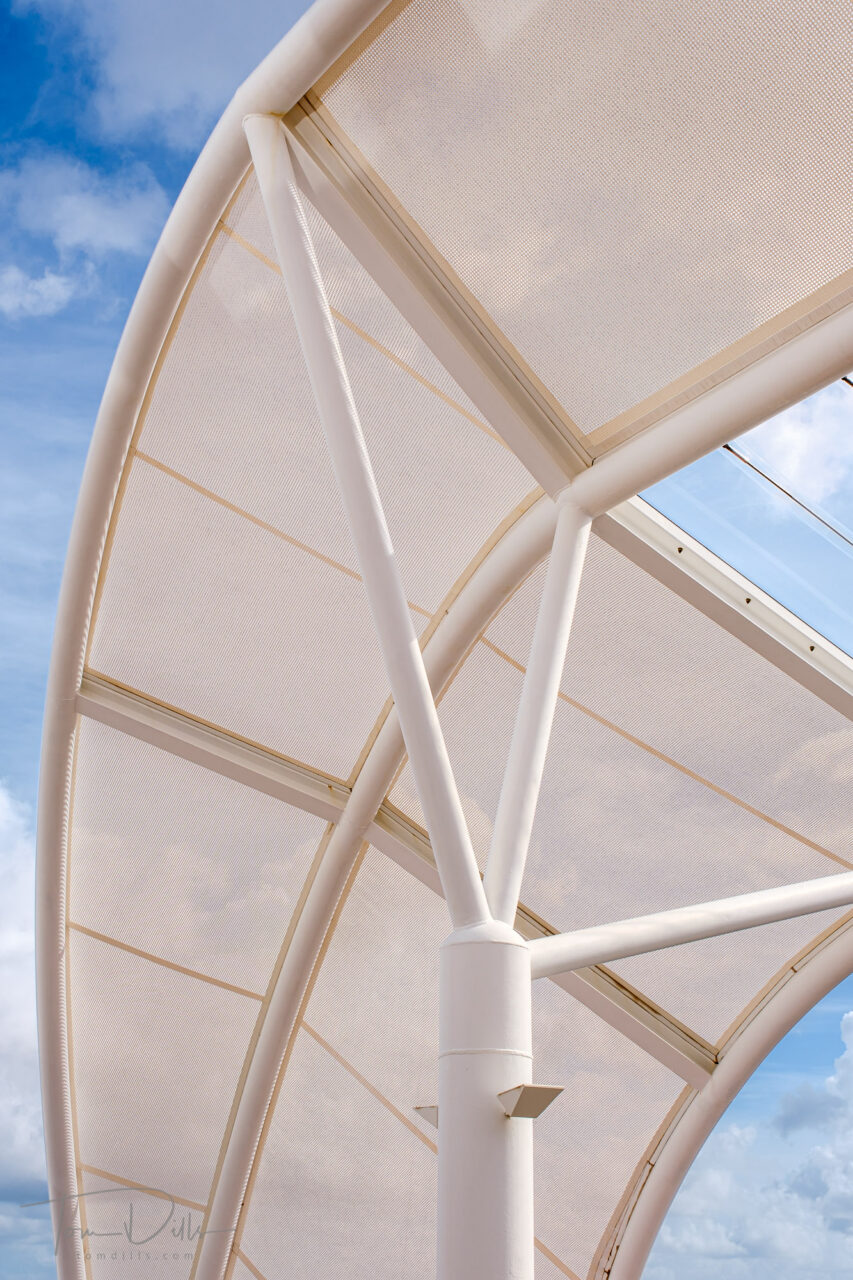
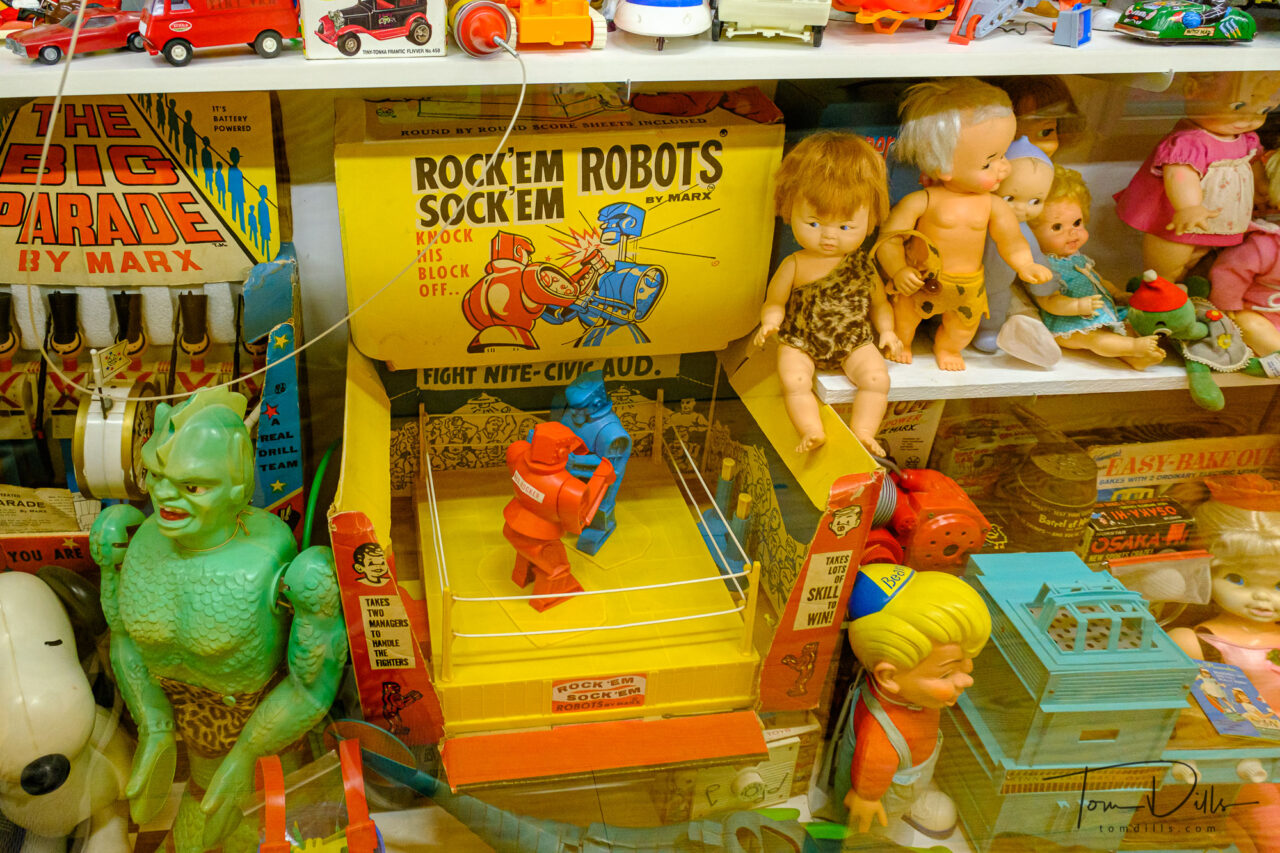
As promised in a previous post, here is a selection of my photos from the Vermont Toy Museum in Quechee Gorge Village near Hartford, Vermont. The museum’s website is down, possibly due to the recent AWS issues, but I got the following from Atlas Obscura:
Nestled above a charming general store near the Quechee Gorge, the Vermont Toy Museum’s vast collection of dolls, action figures, lunchboxes, yo-yos, and matchbox cars is a hidden treasure right off the White River Junction. Around 100,000 toys are housed inside the museum.
The museum’s items largely came from members of the local community. They were collected and compiled decade-by-decade, which displays the evolution of toys and games from the 1950s to the present day. Though it’s unknown who operates and maintains the museum, it’s closely watched by the employees at the downstairs Cabot Cheese Store and the antique mall next door.
The museum also houses an intricate model train exhibit that takes visitors through the four seasons of the Green Mountain state for only a quarter. This museum’s tireless attention to detail, nostalgia, and cozy atmosphere make it a must-see for travelers on Route 4.
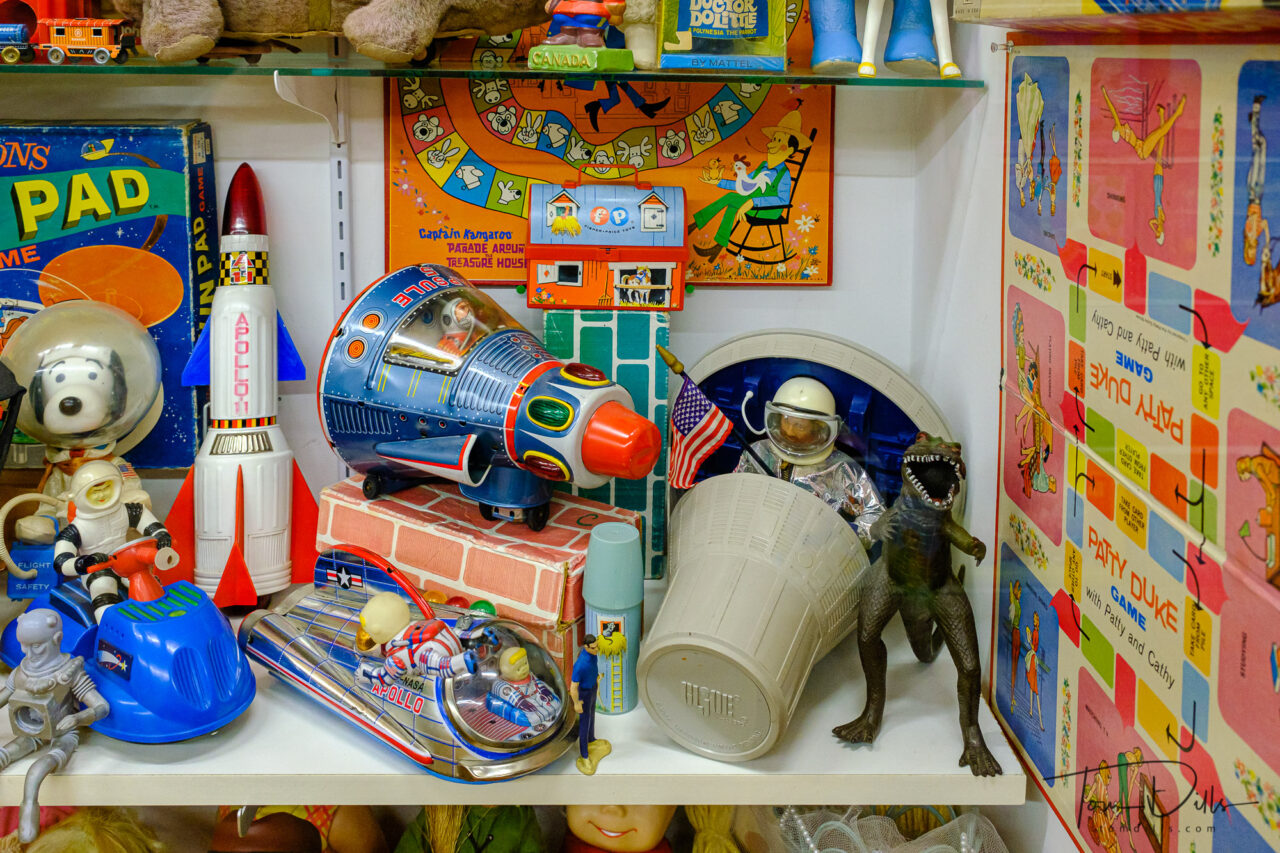
It was a fun visit. A place we might have spent a lot more time, but just like the camera museum in Staunton, Virginia, there is only so much time…. 
Almost forgot! I have completed processing my photos from our New England trip and have posted them on my Adobe Portfolio site.
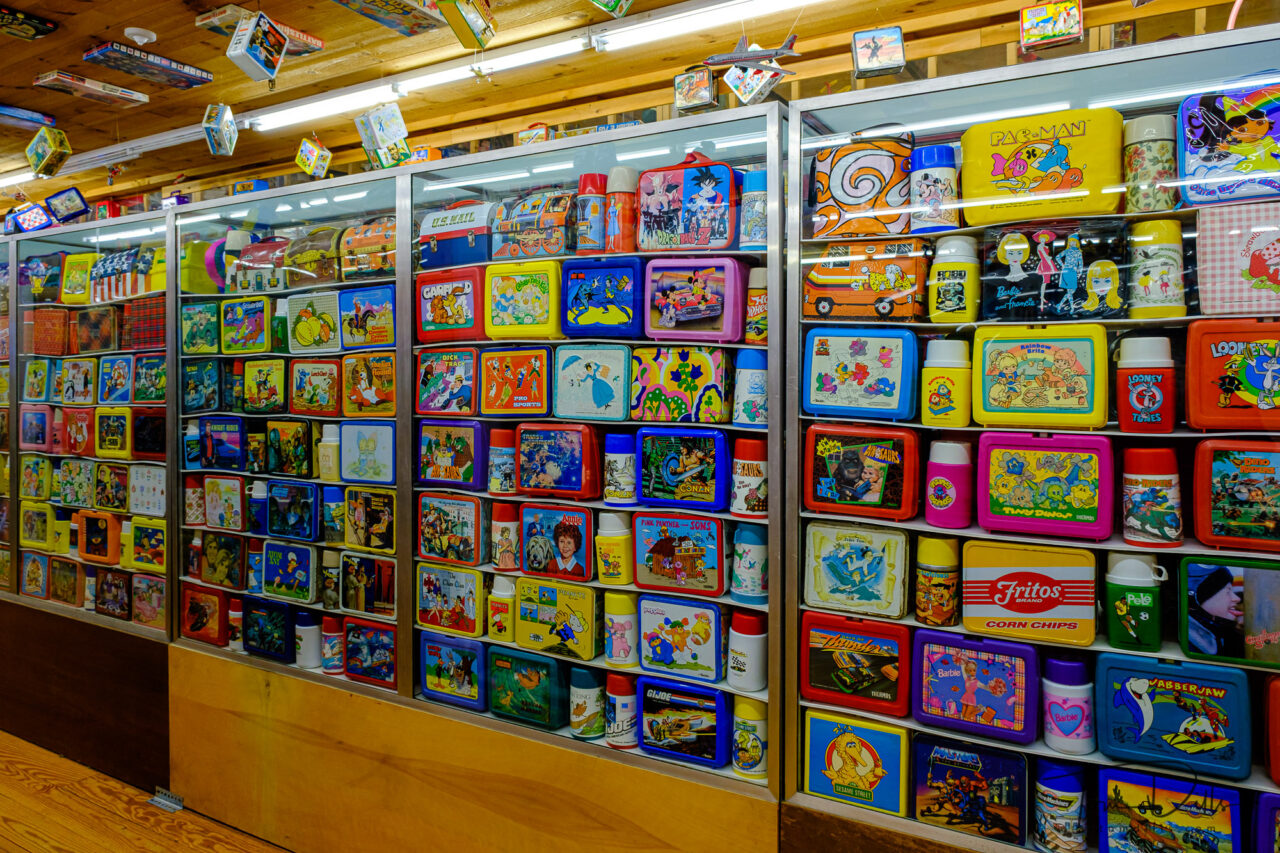
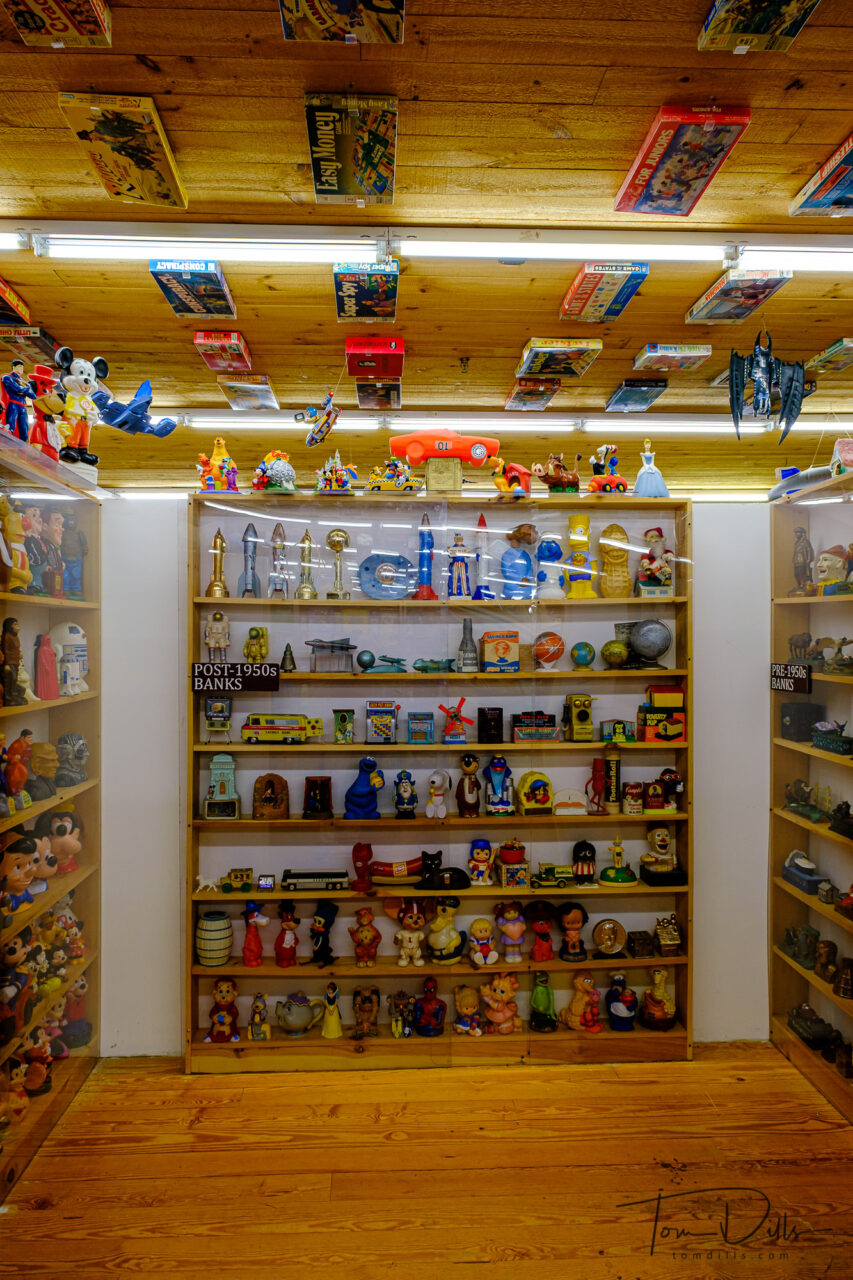
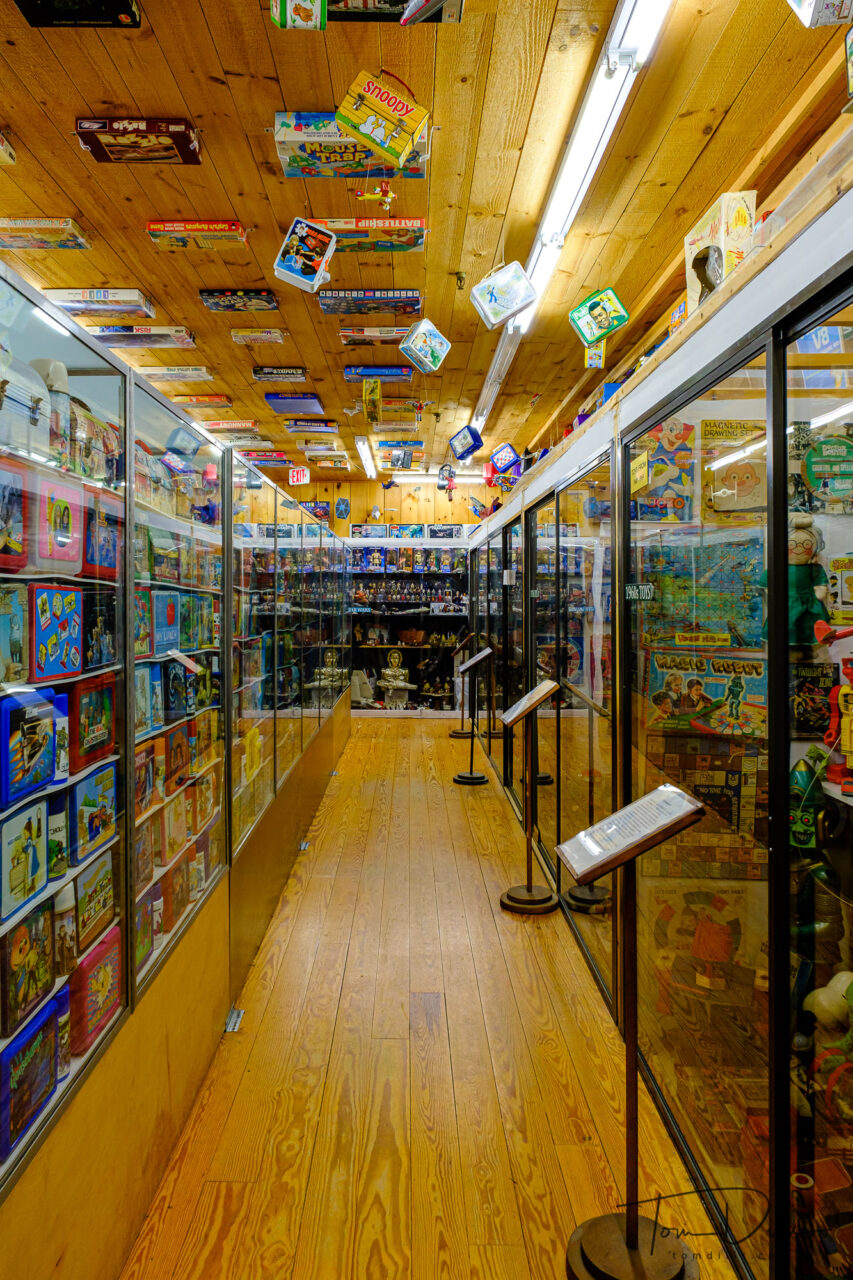
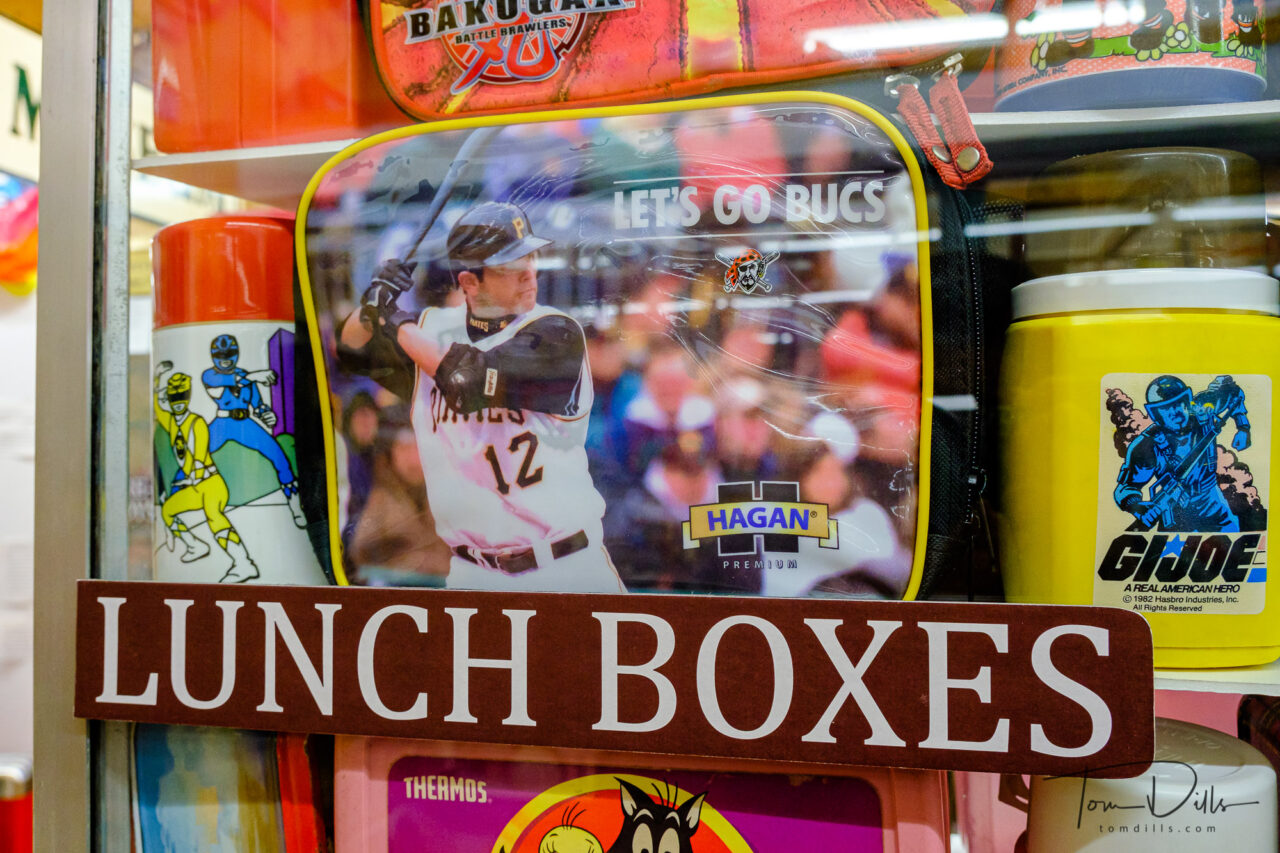
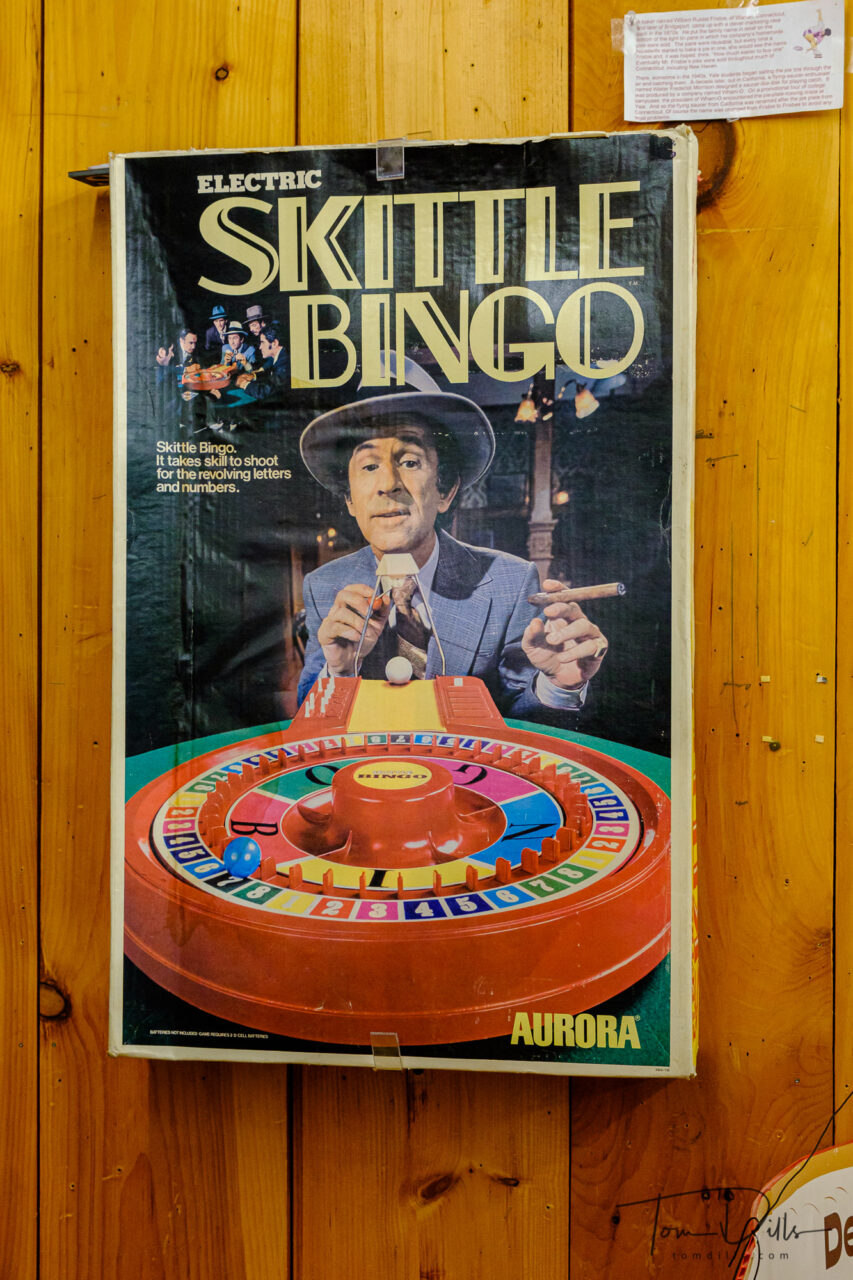
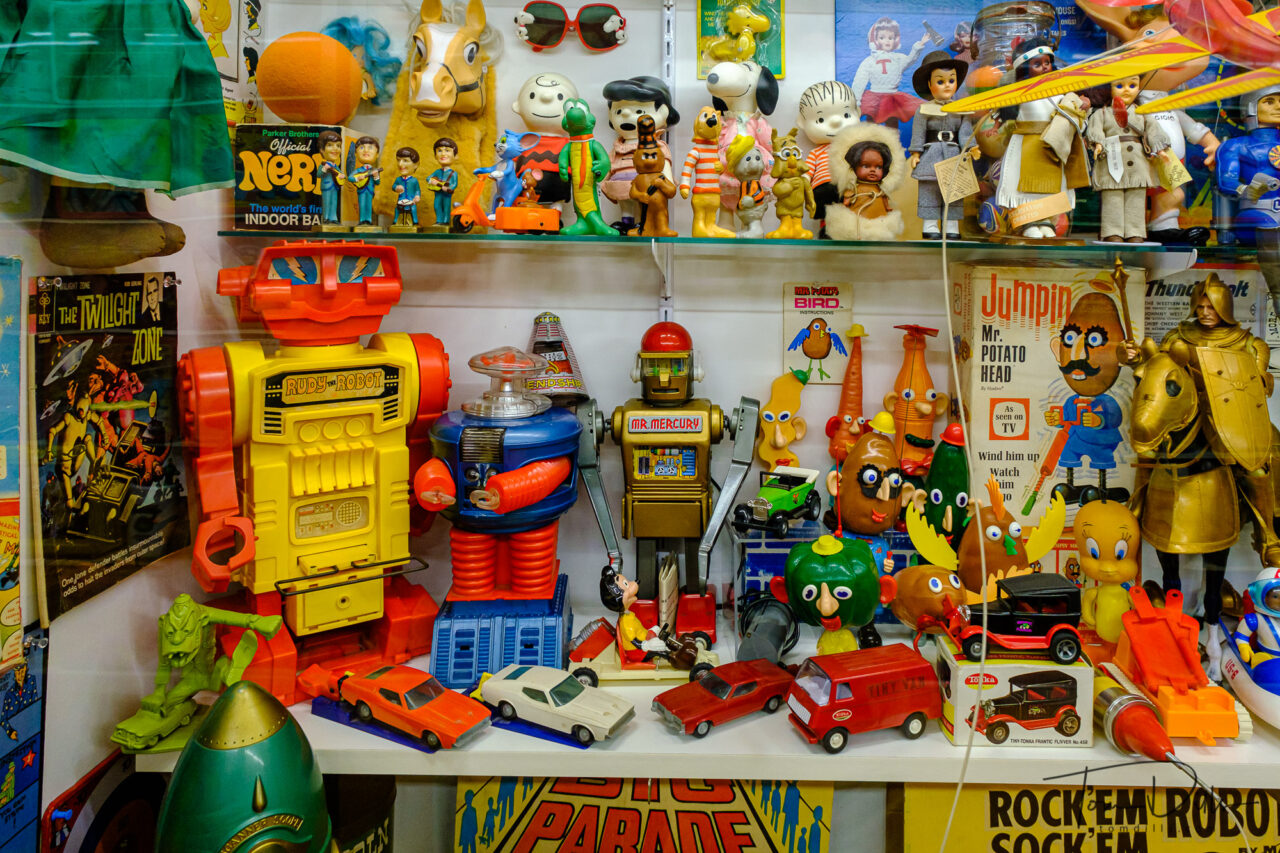
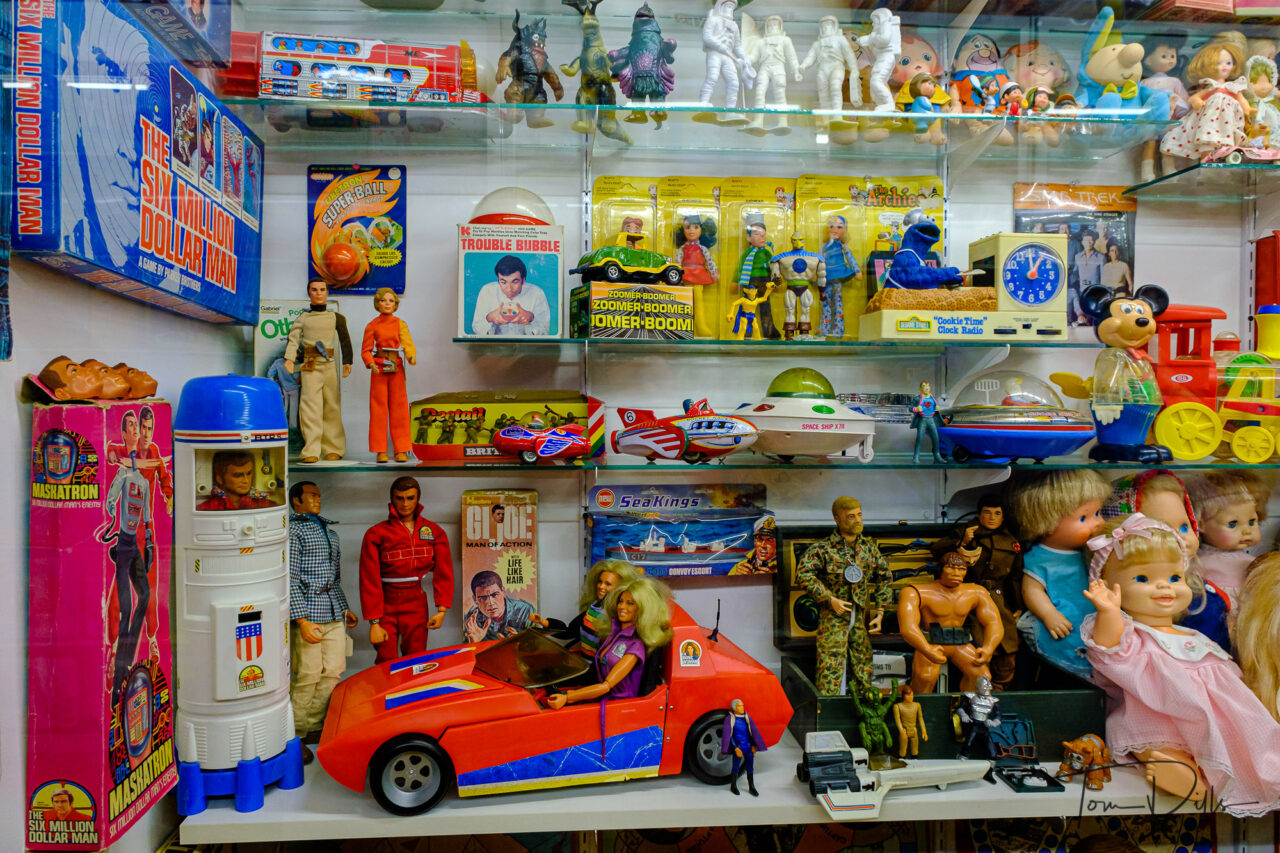
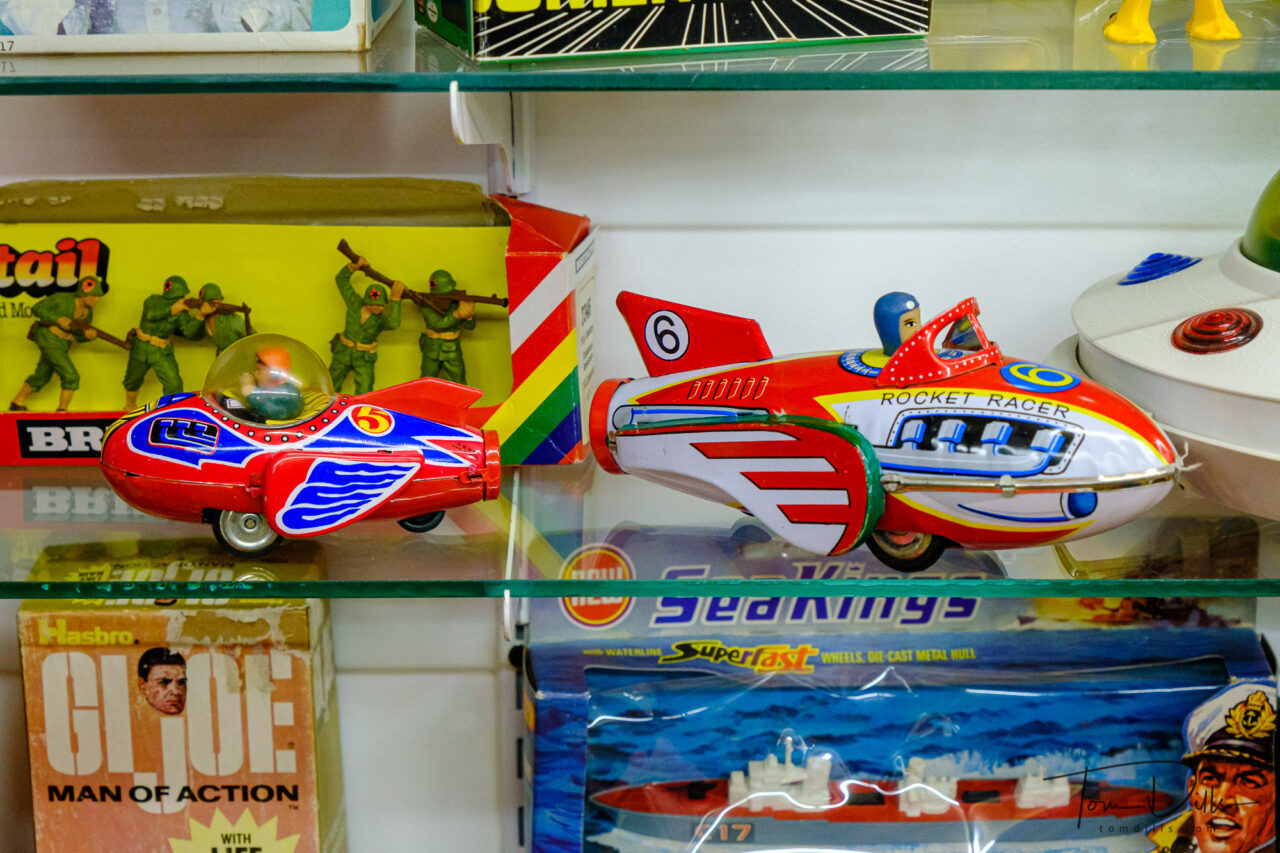
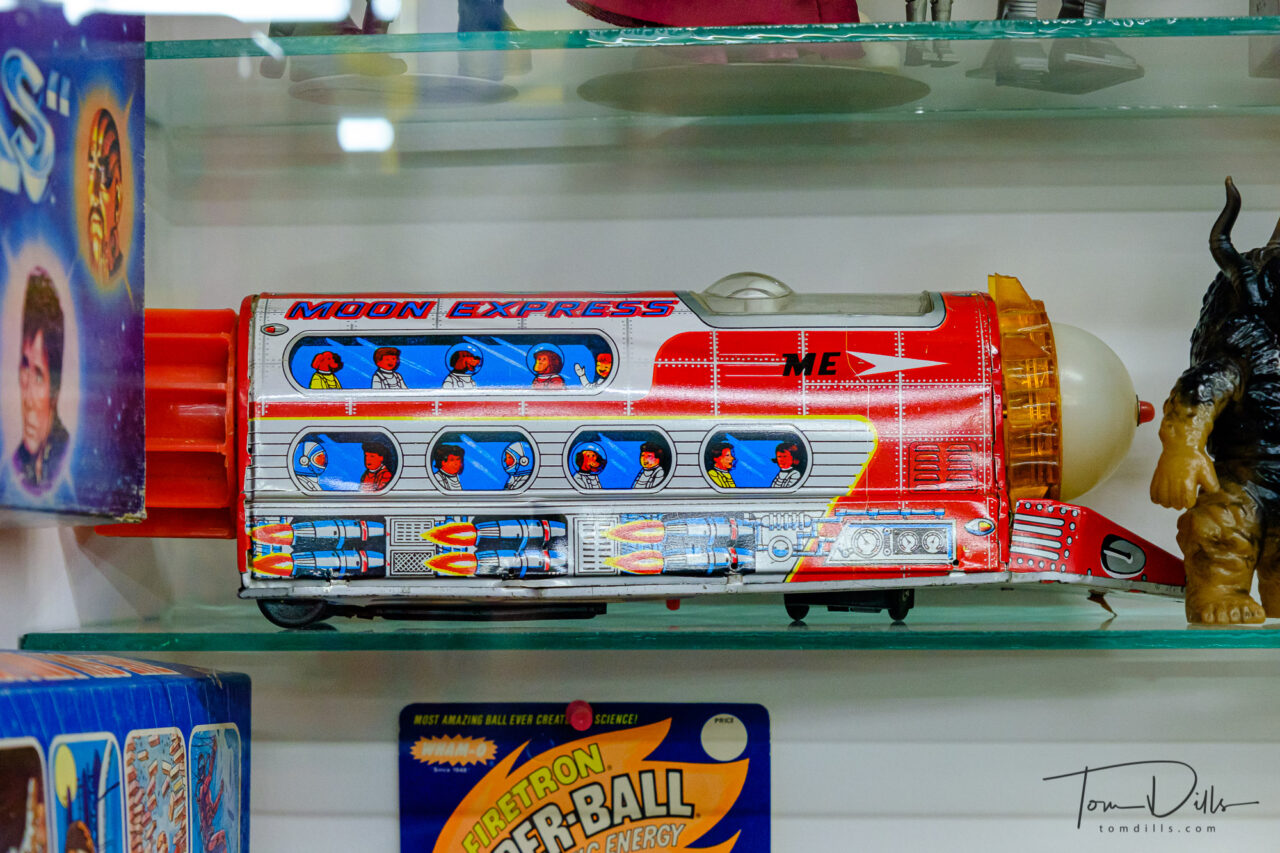
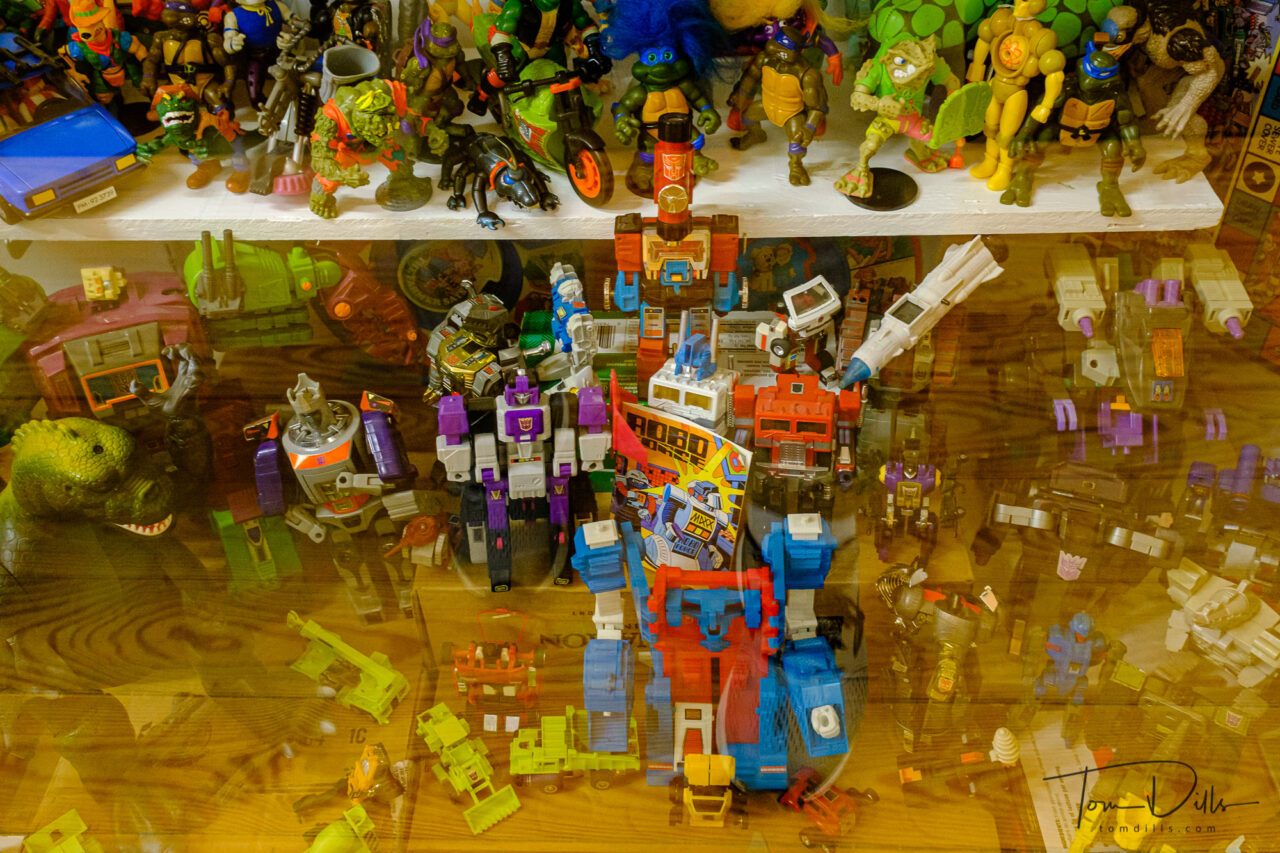
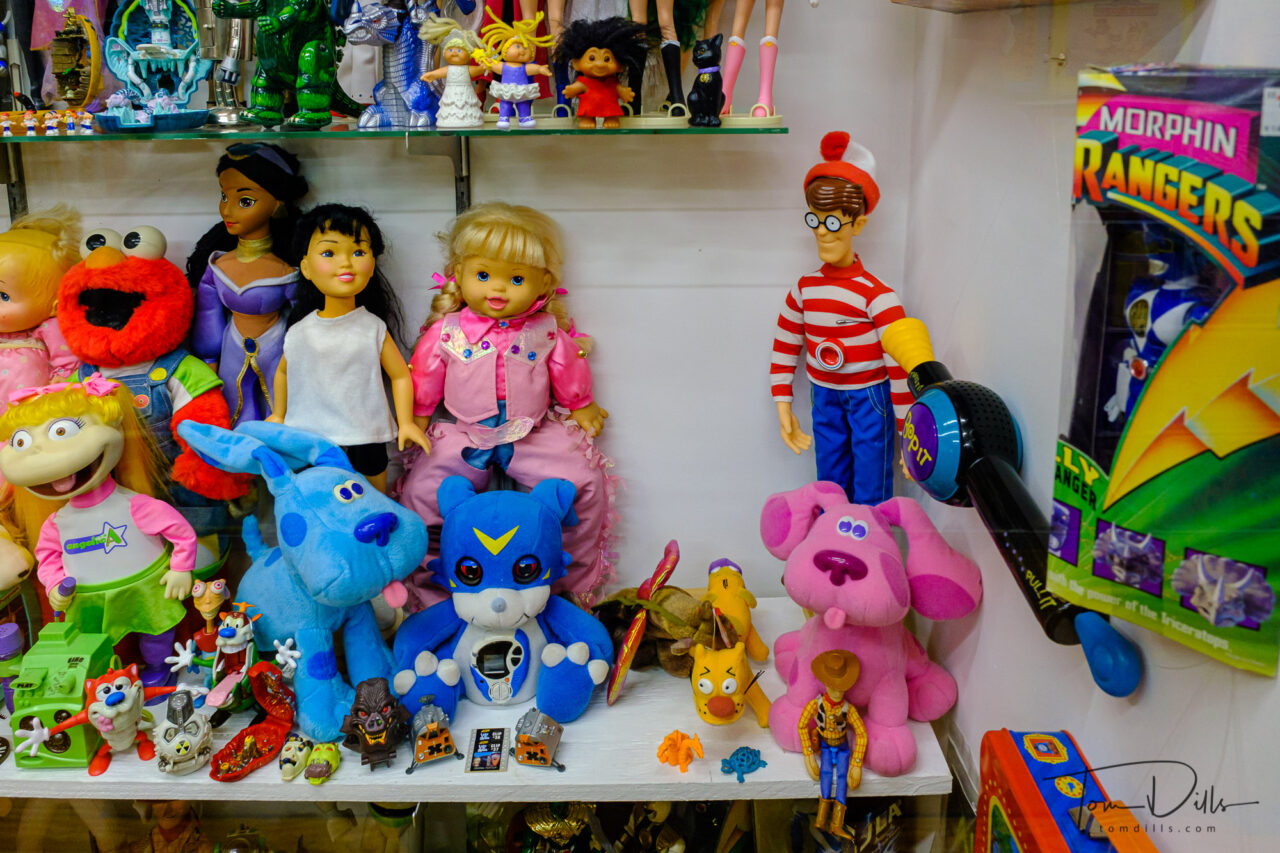
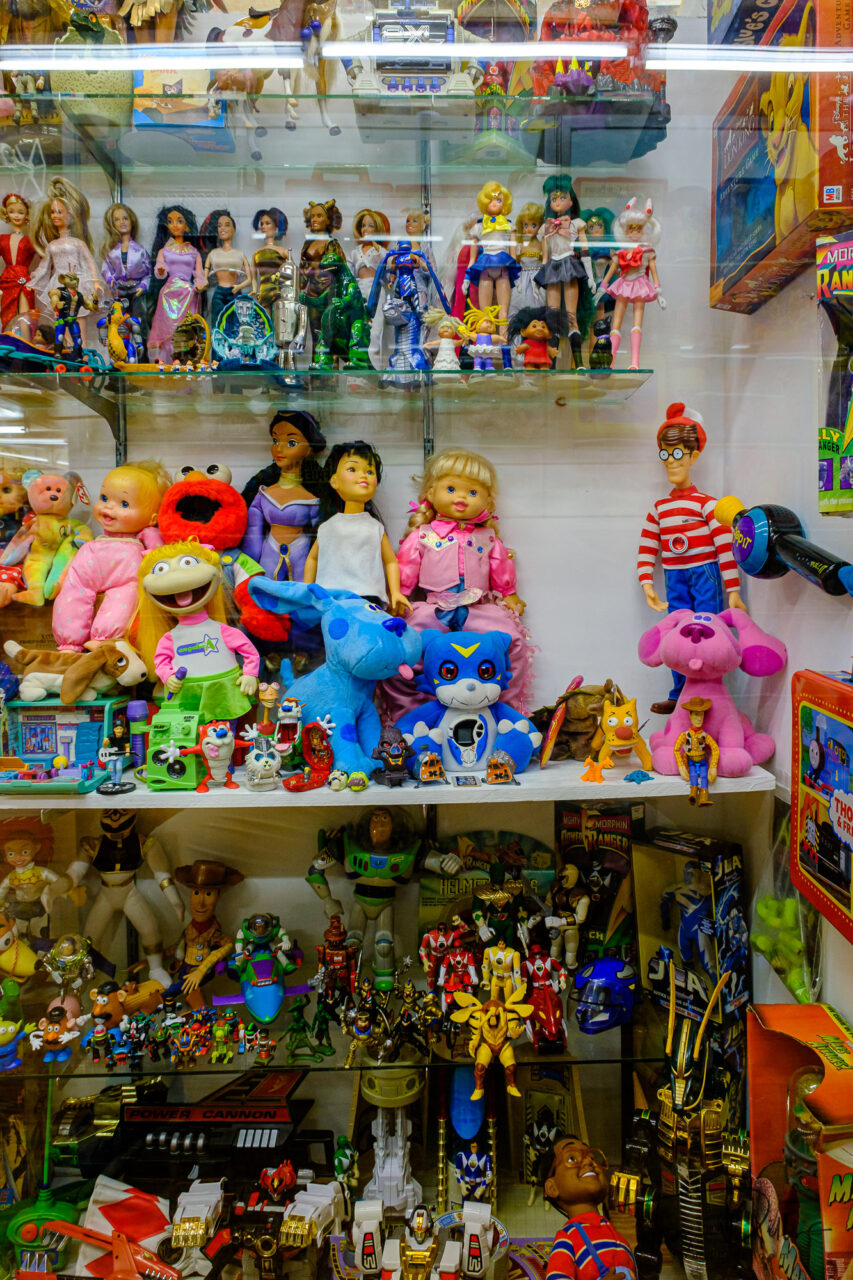
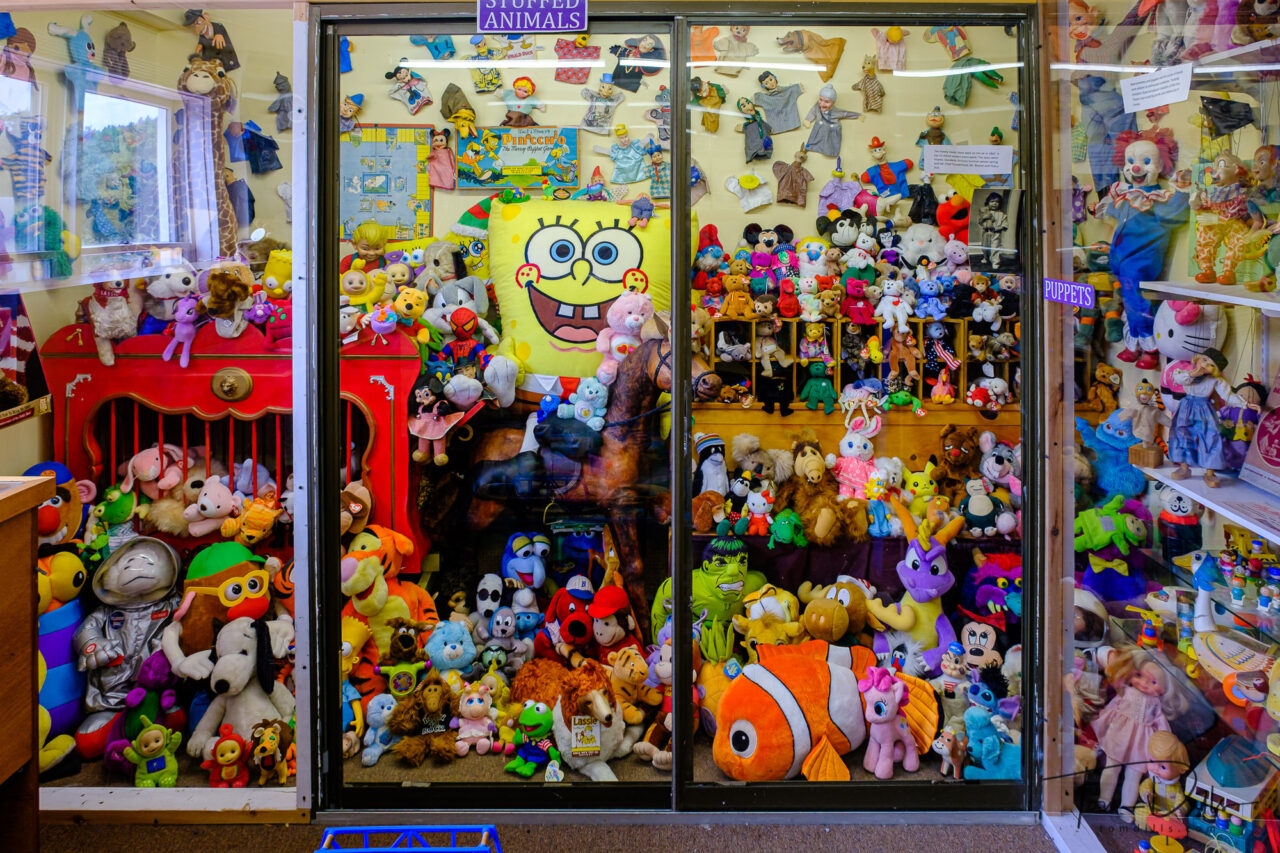
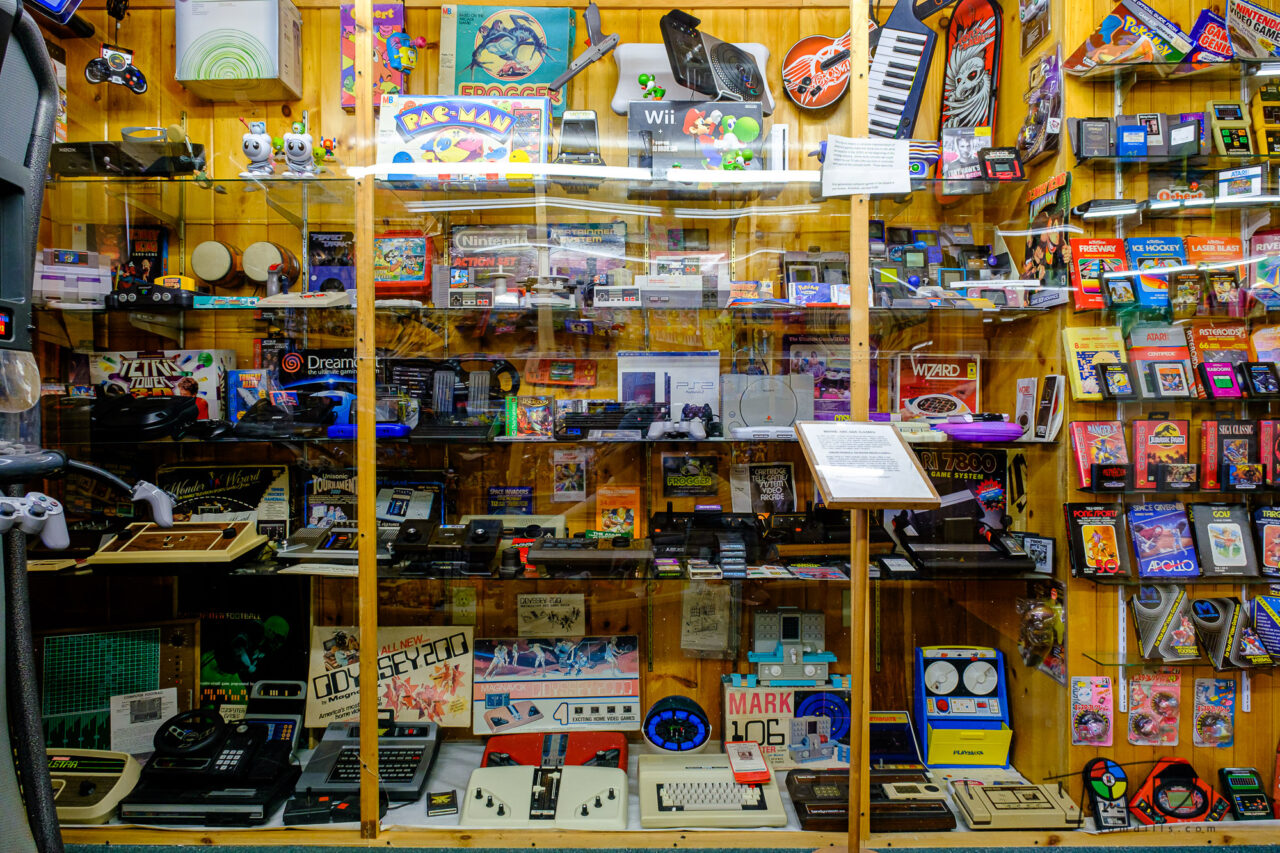
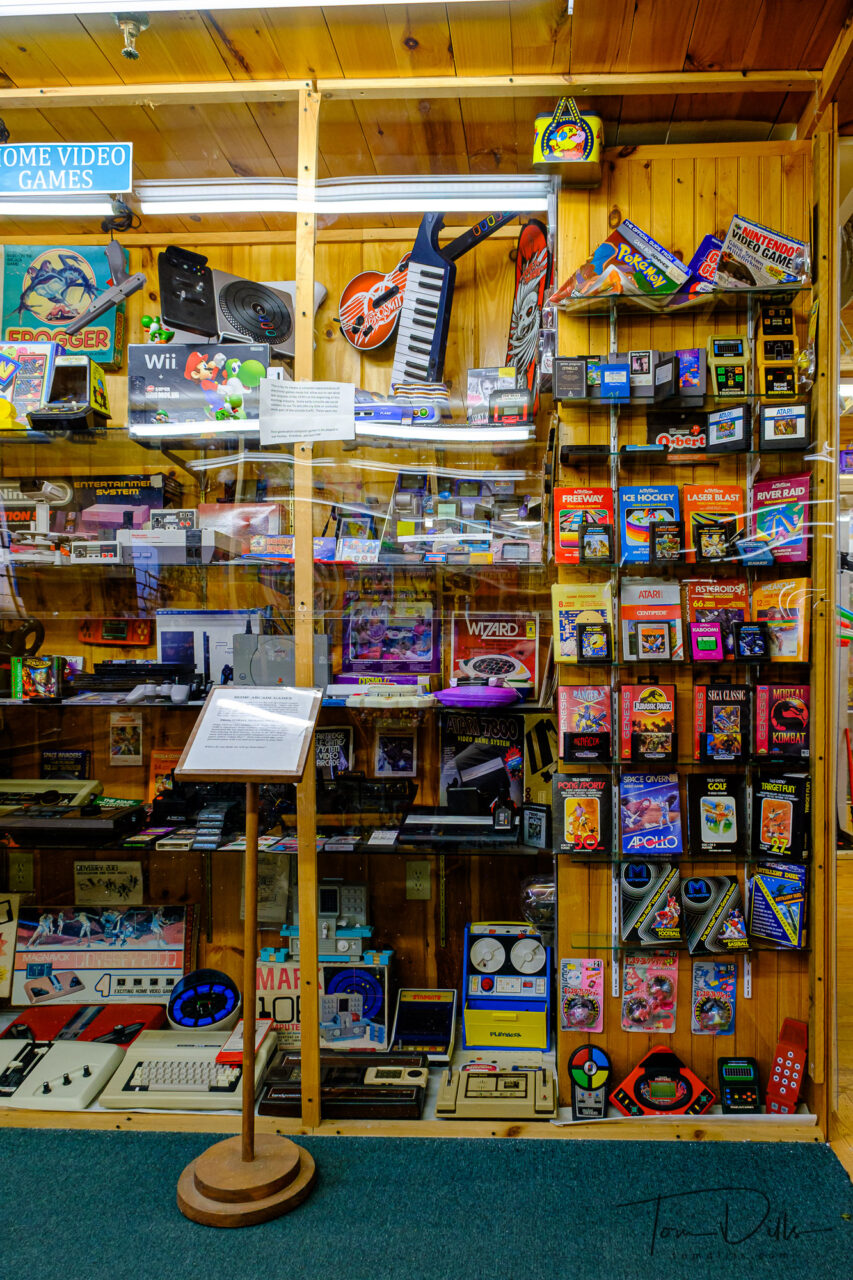
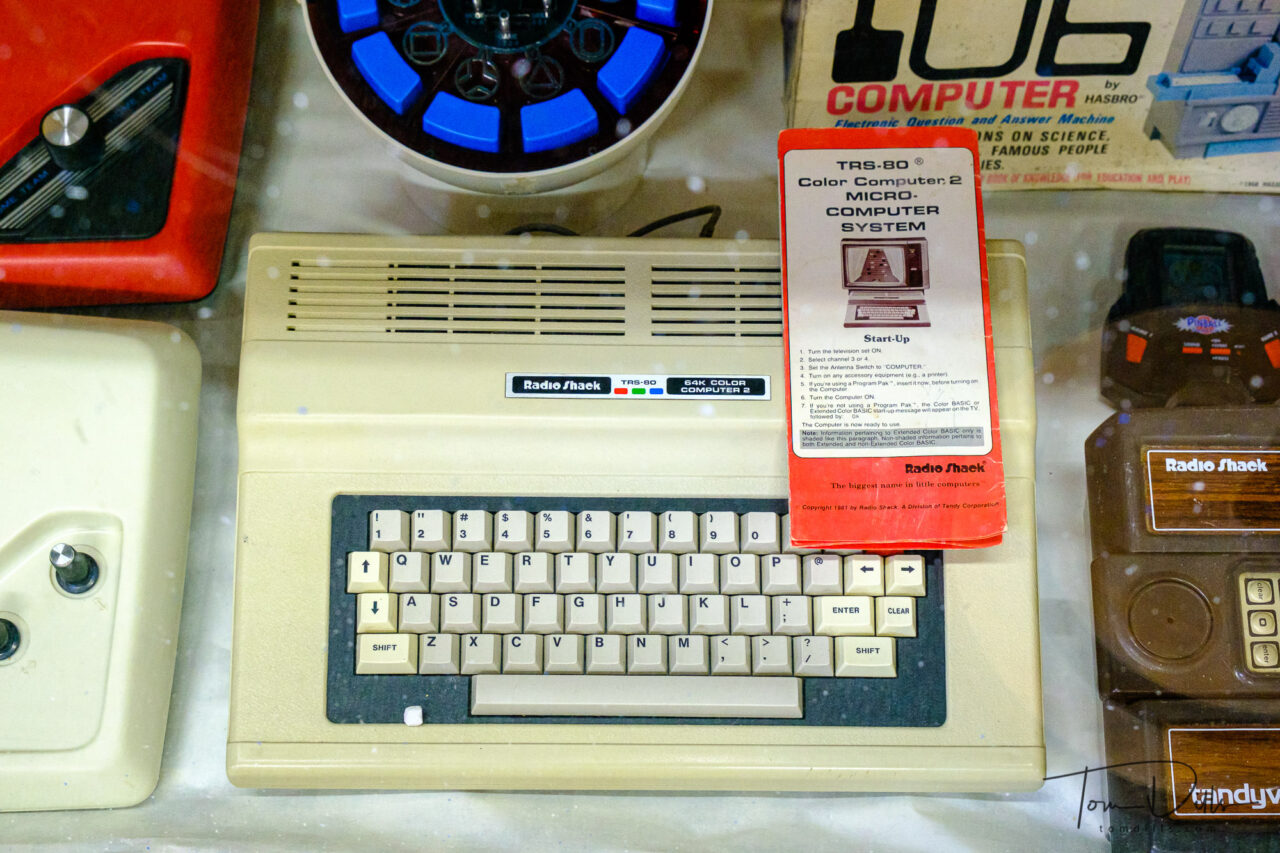
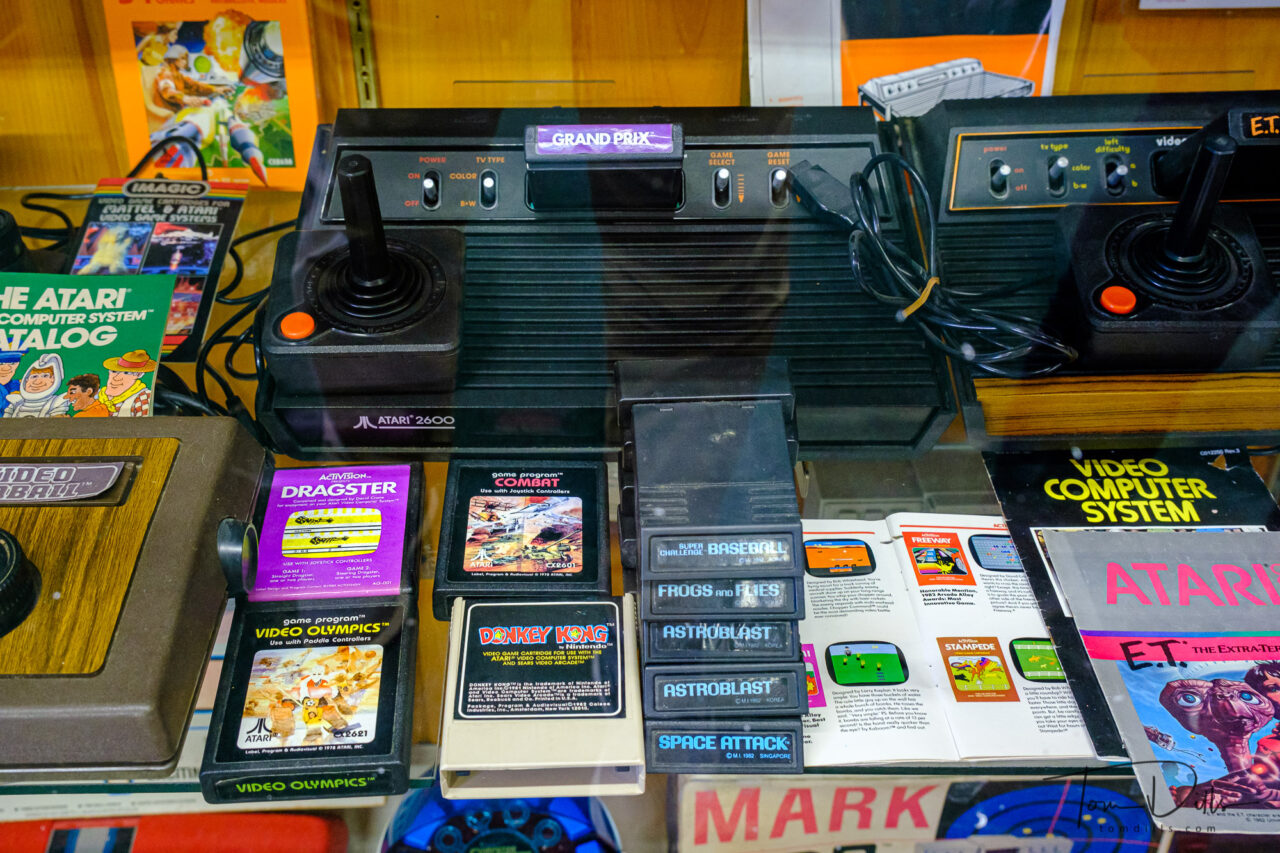
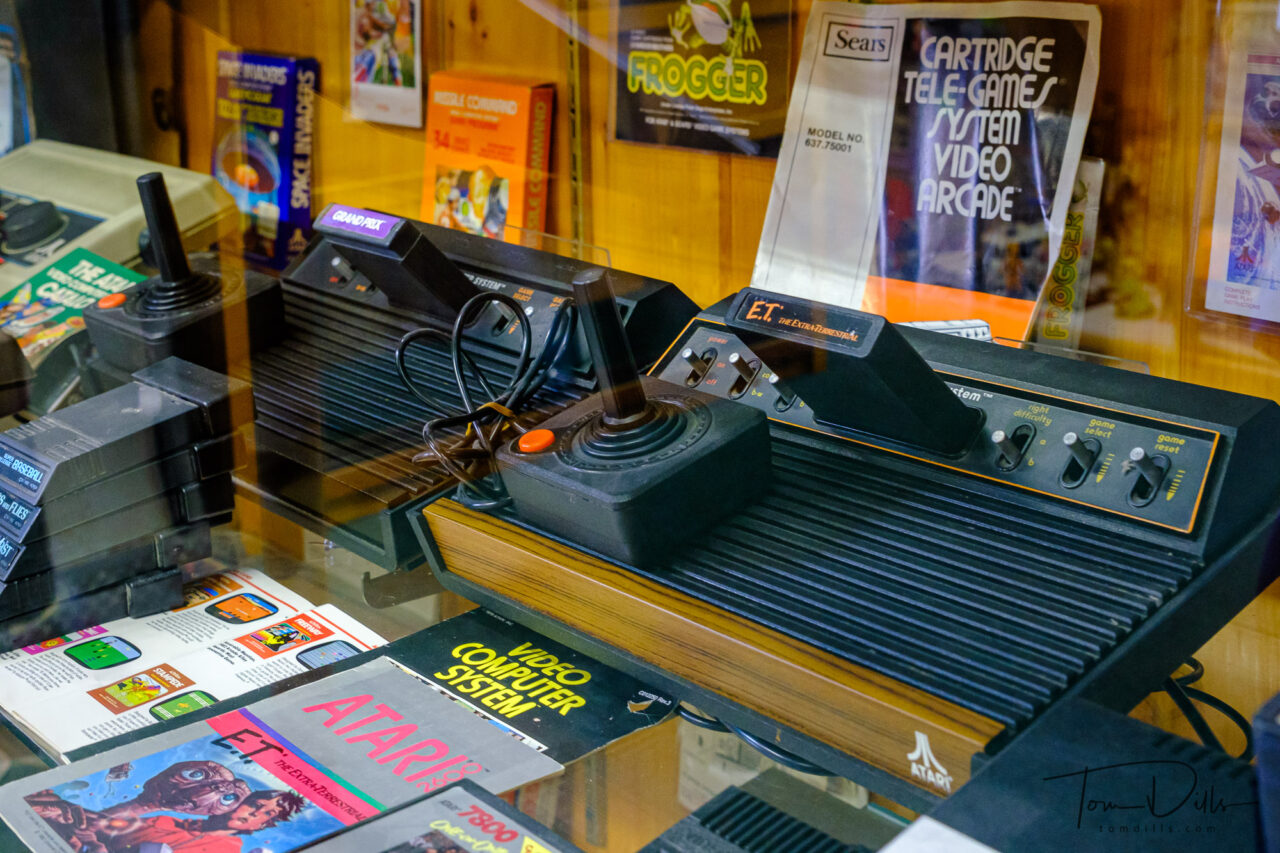
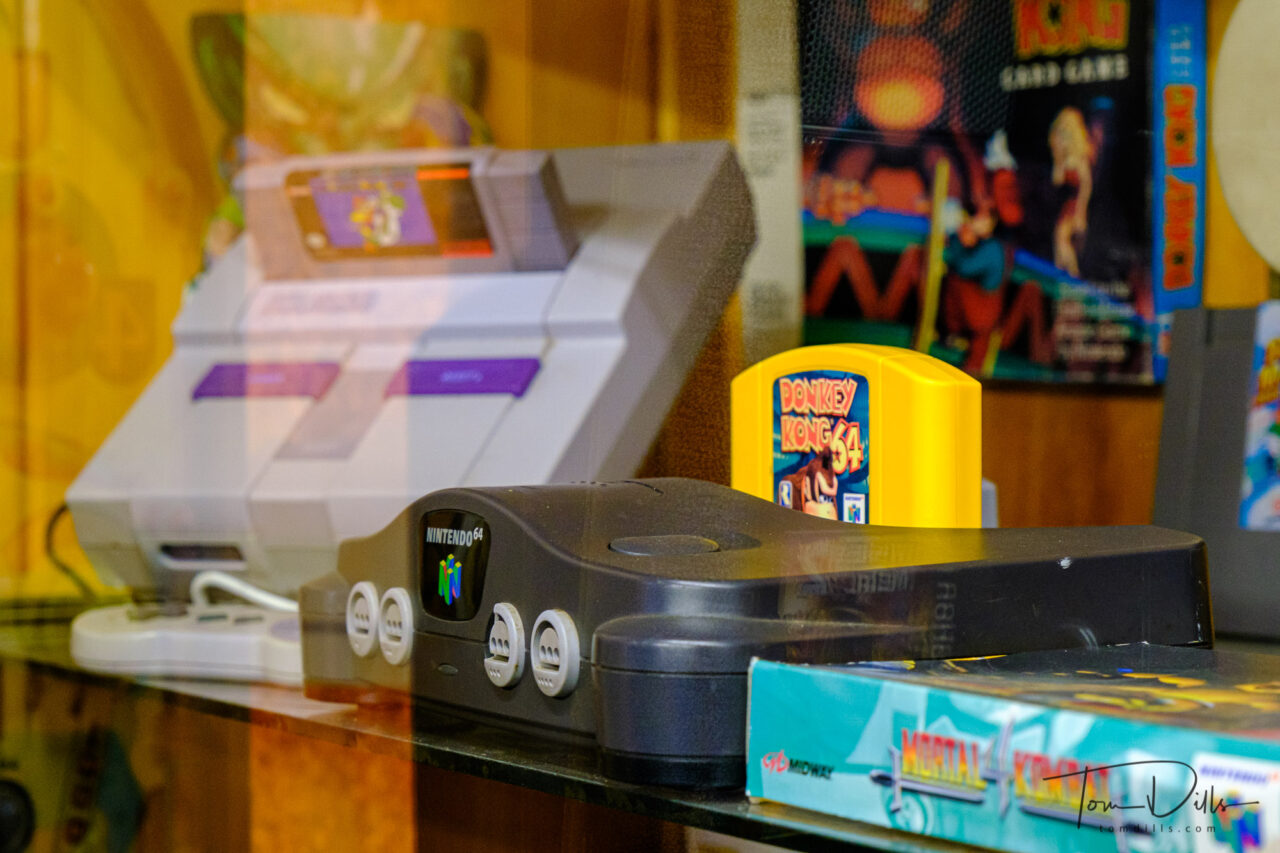
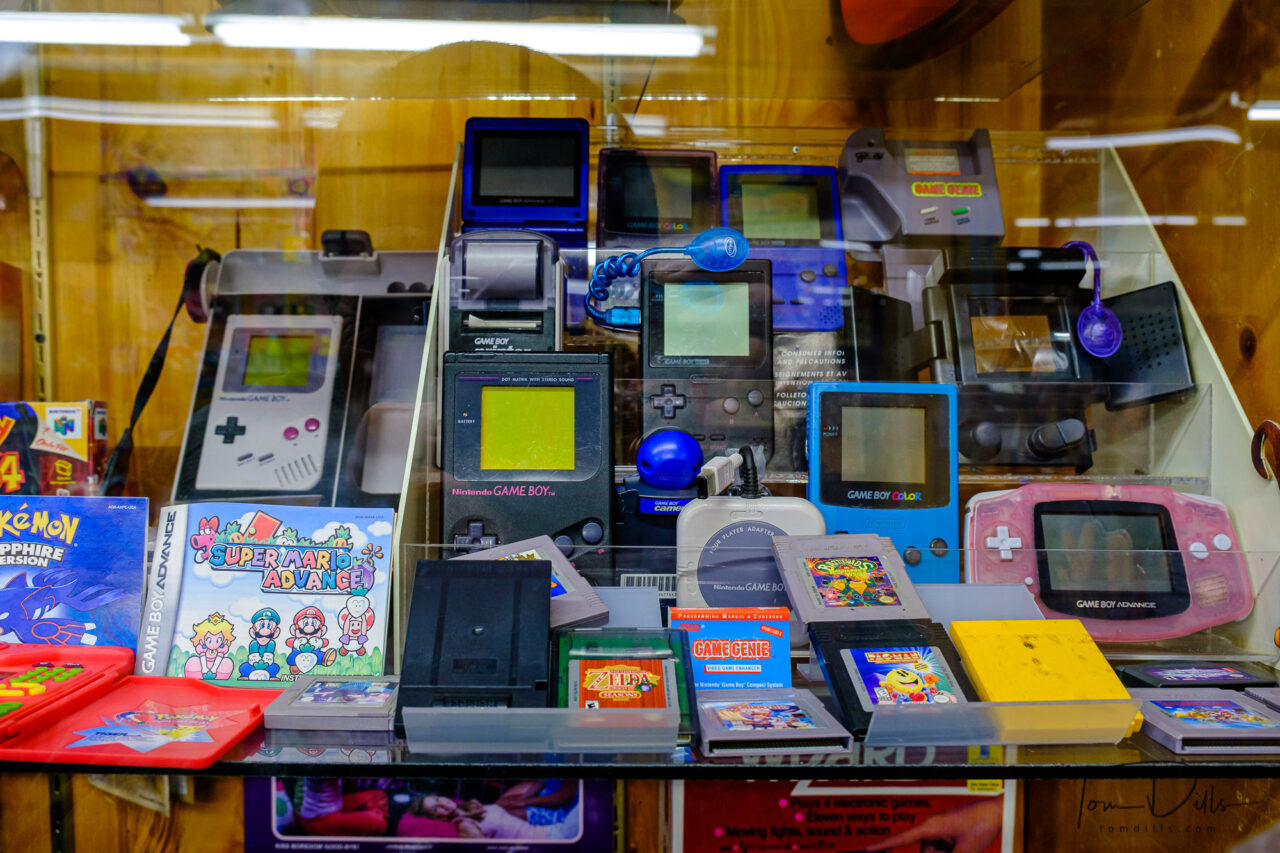
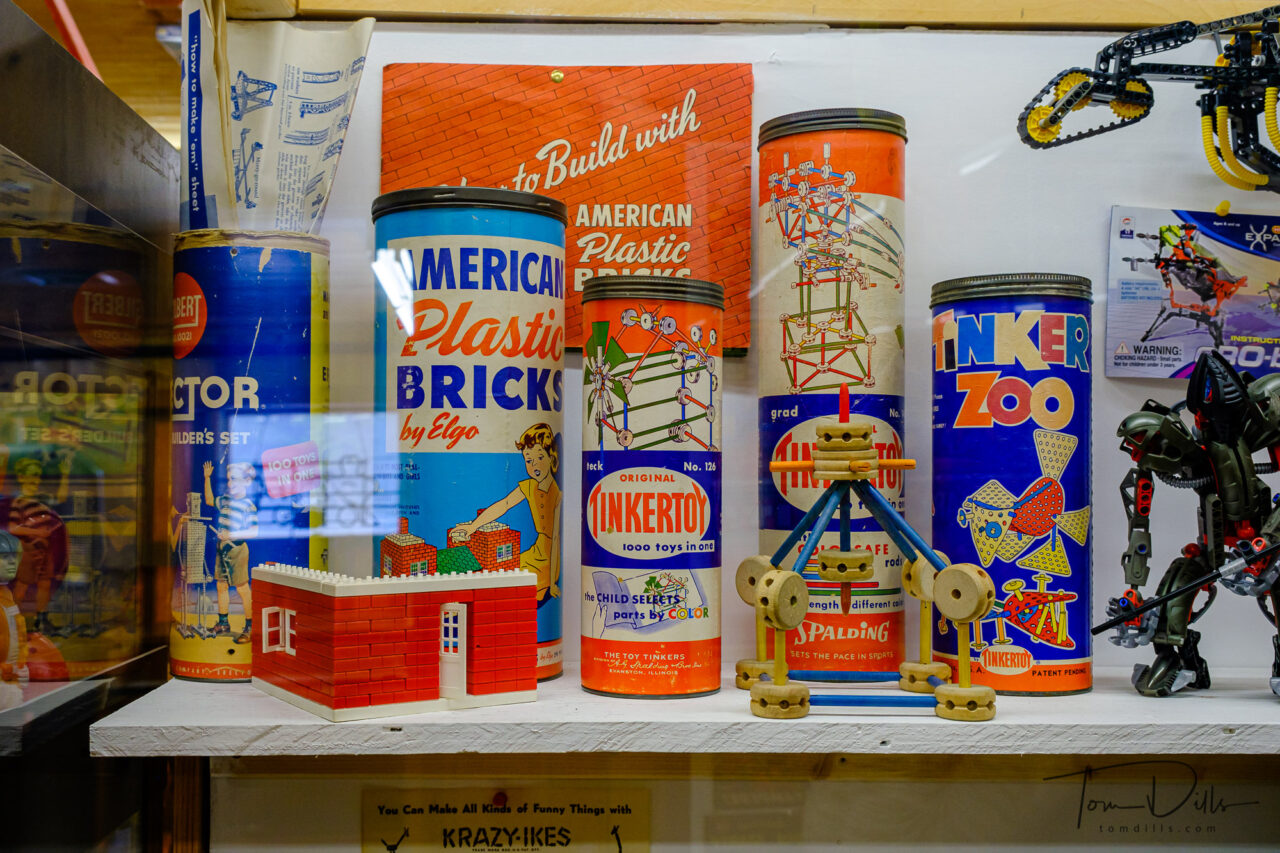
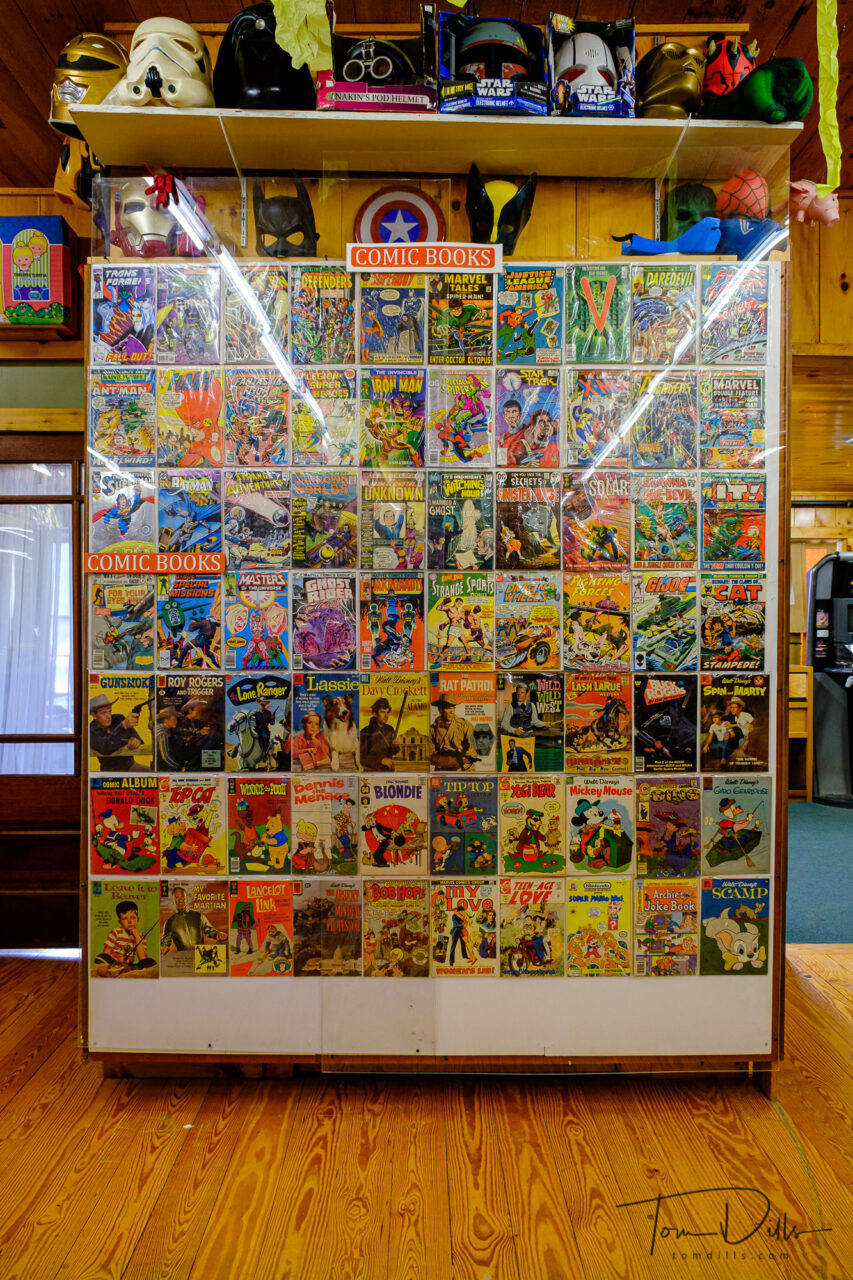
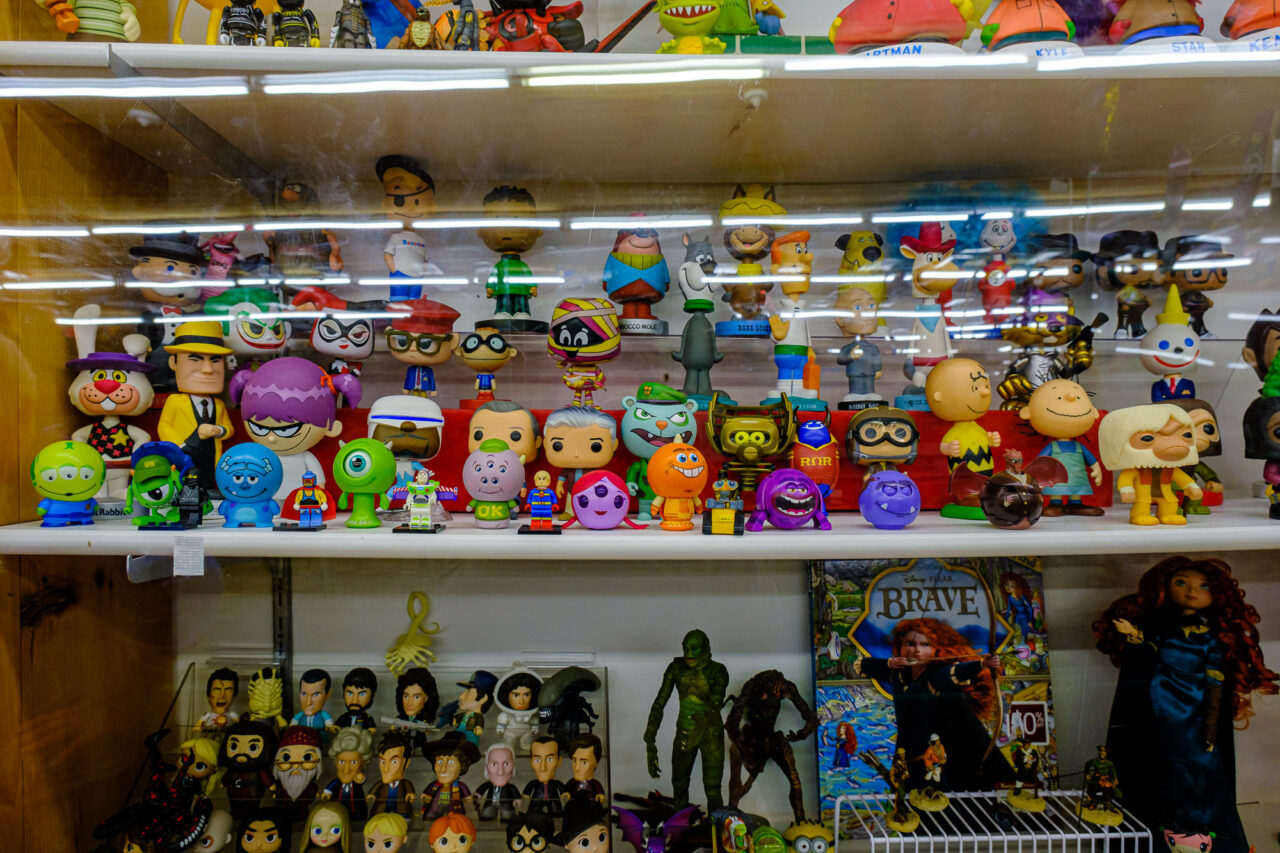
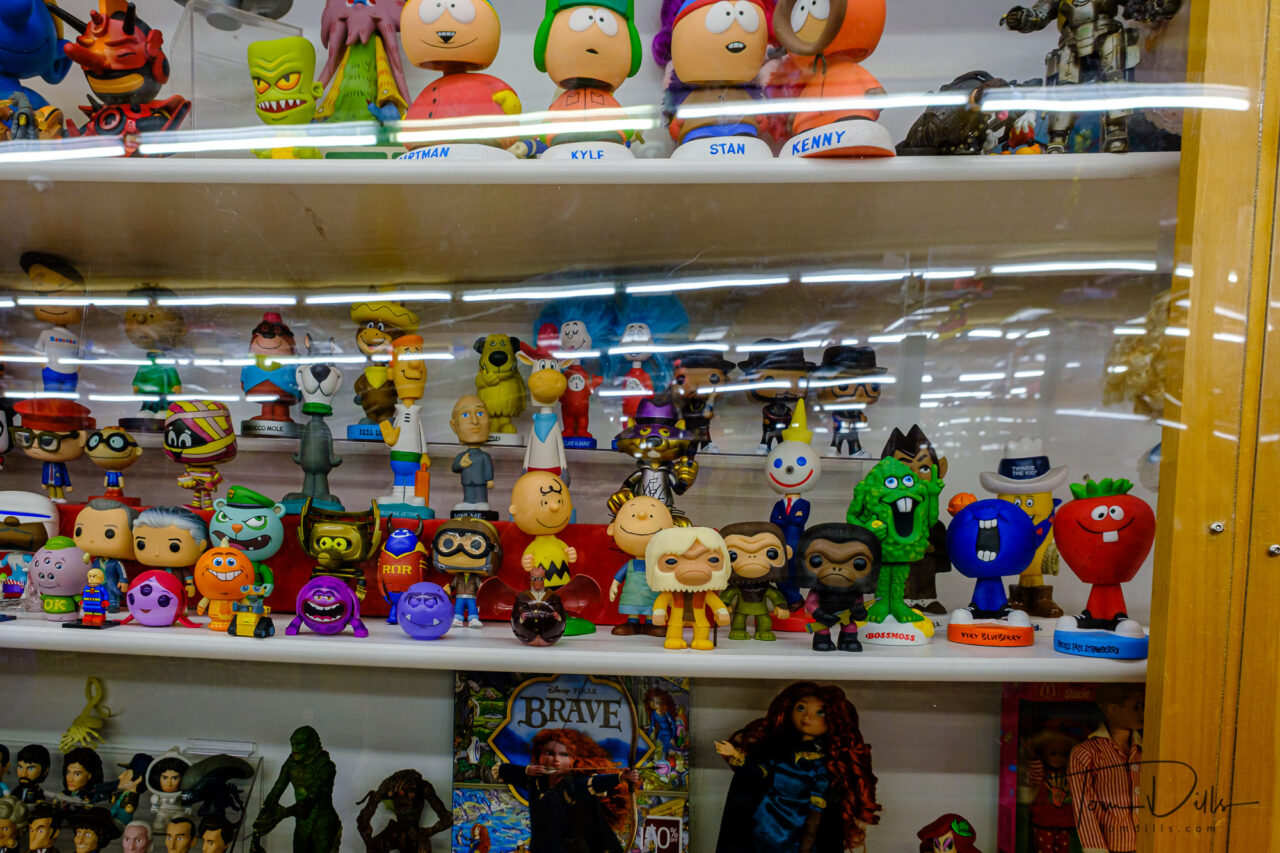
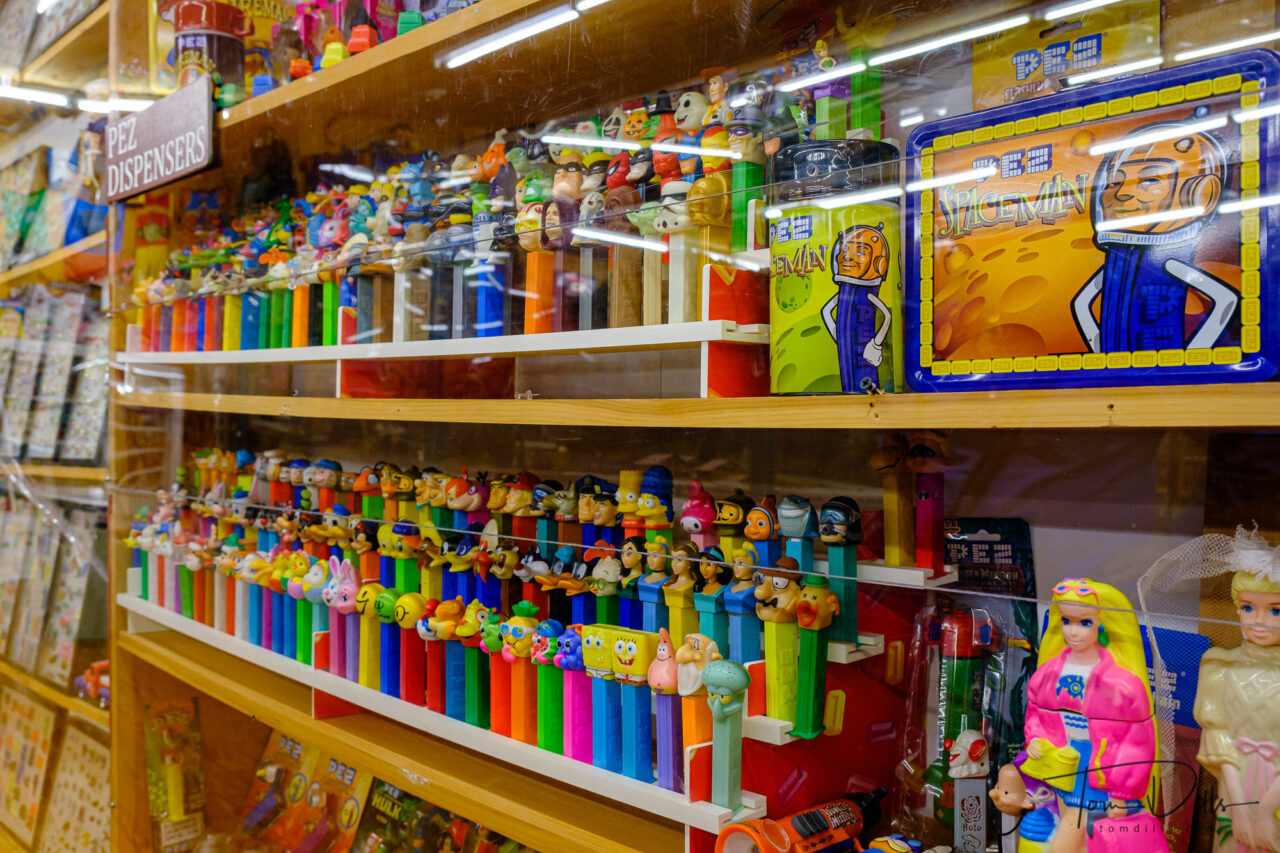
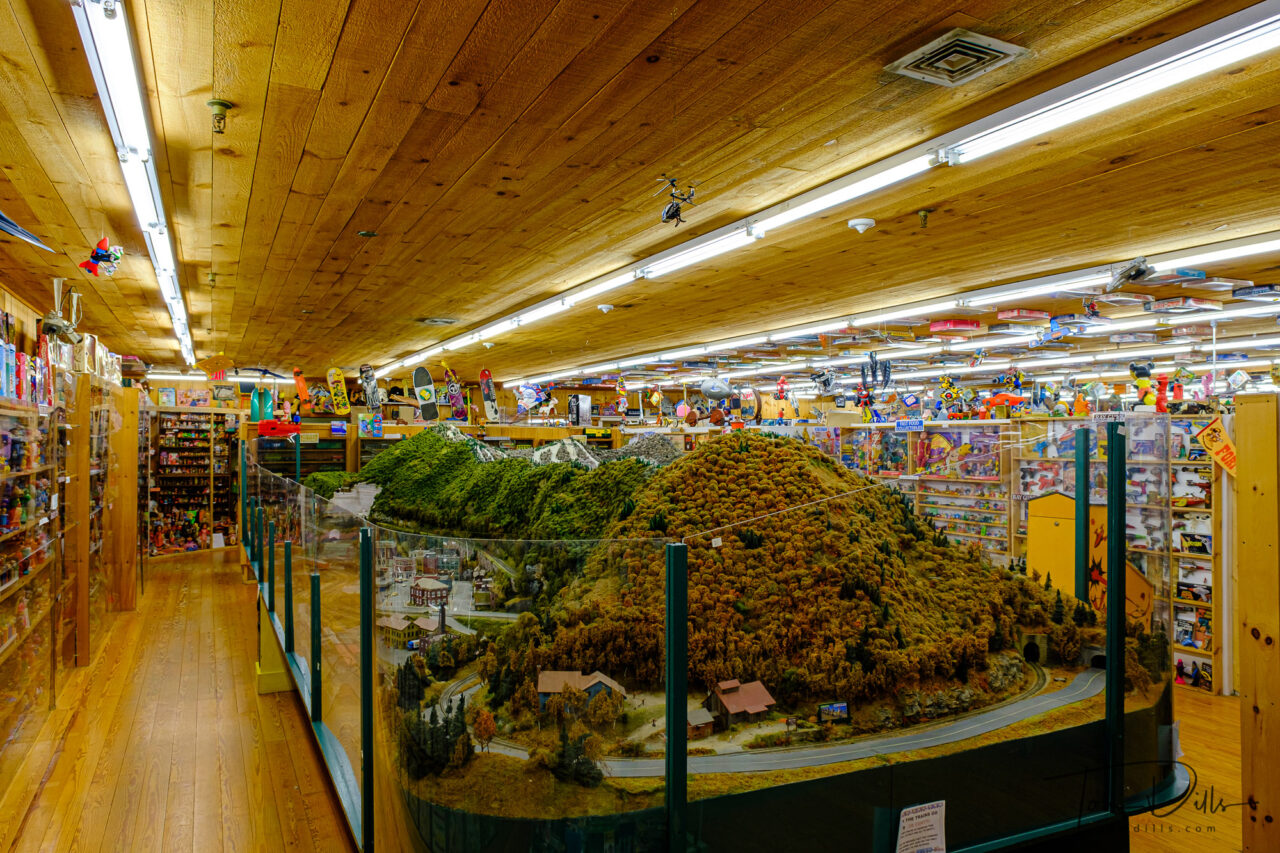
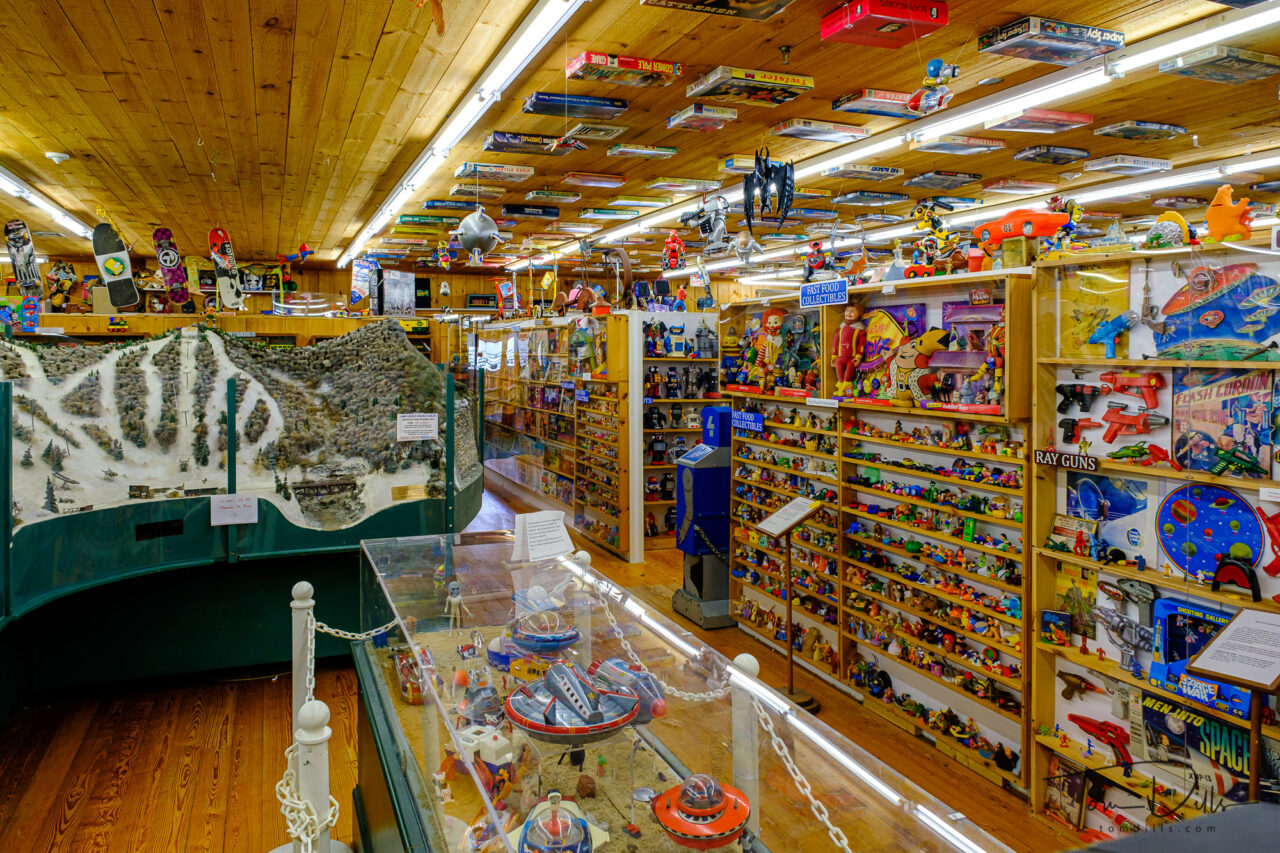
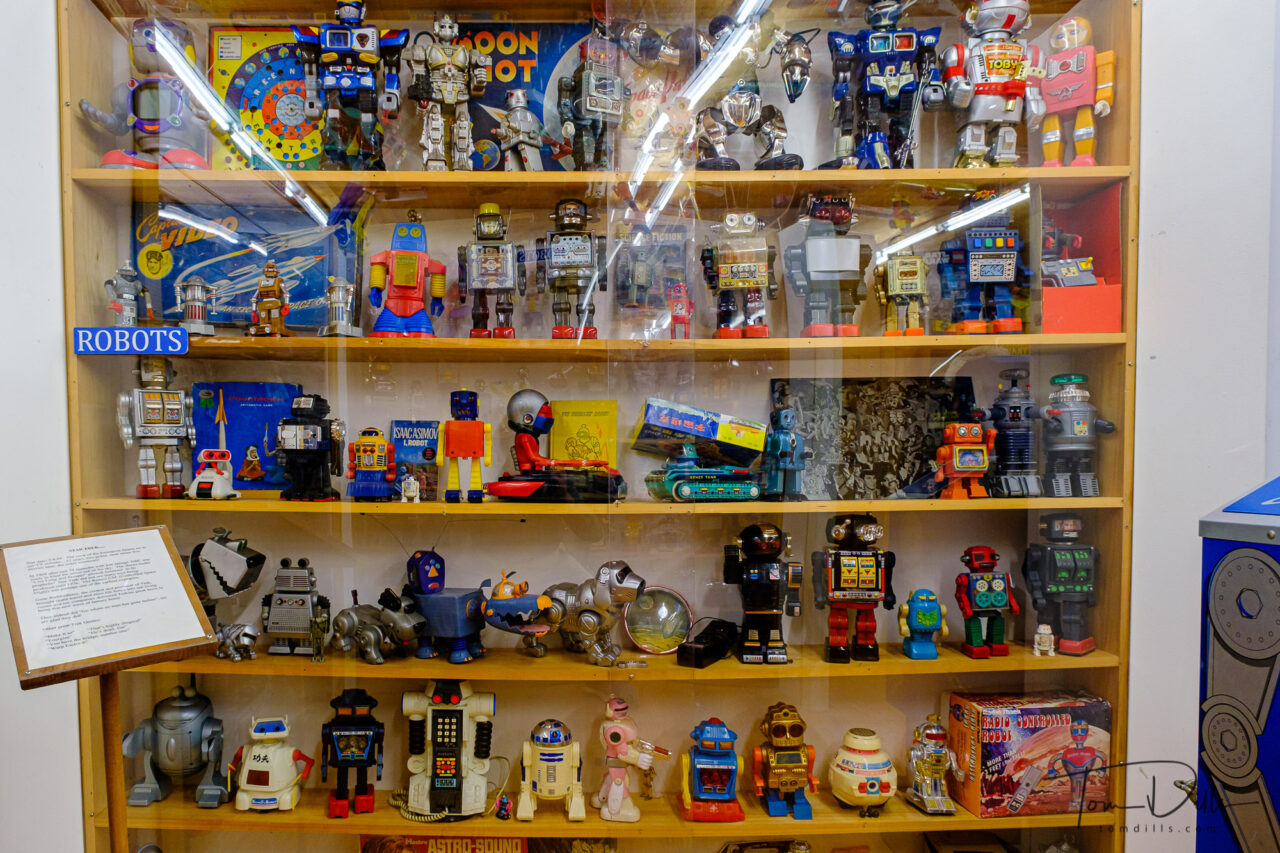
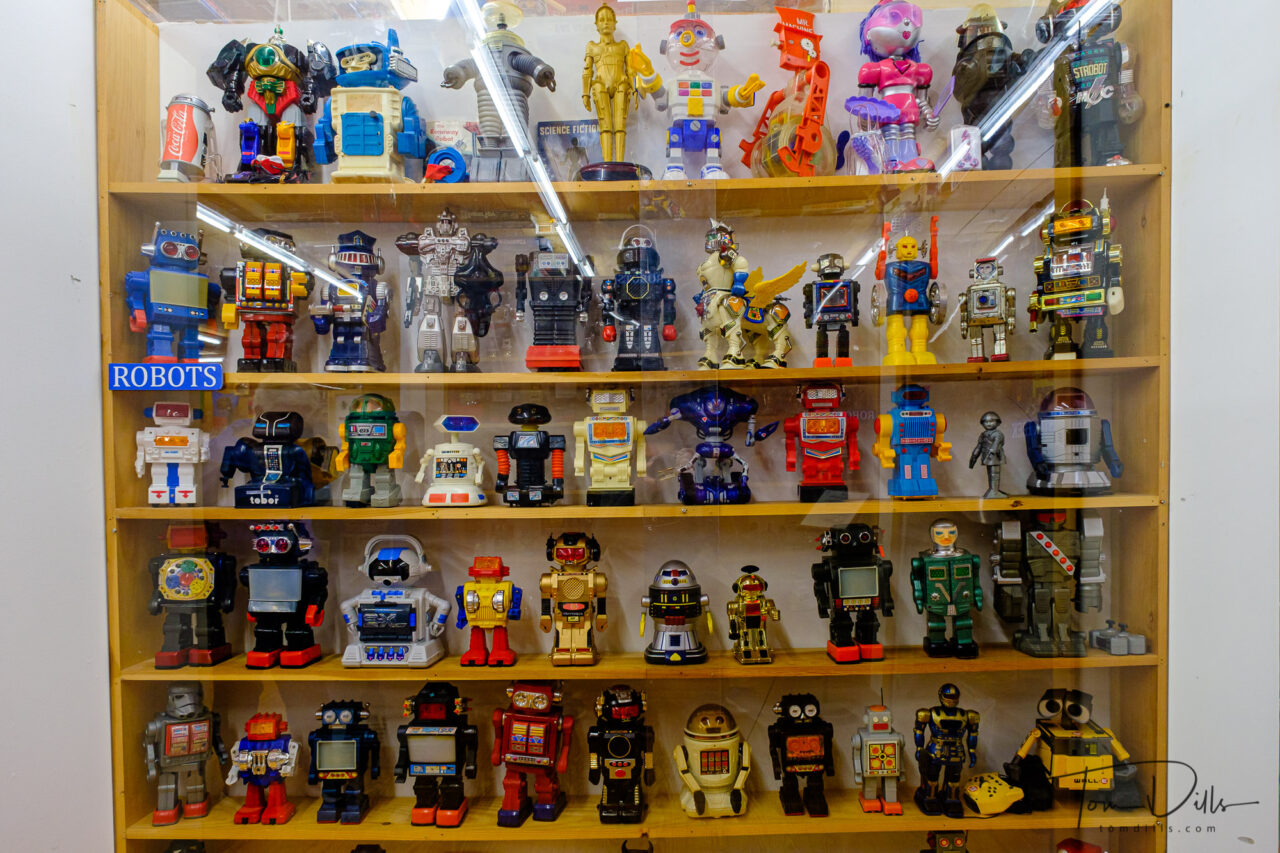
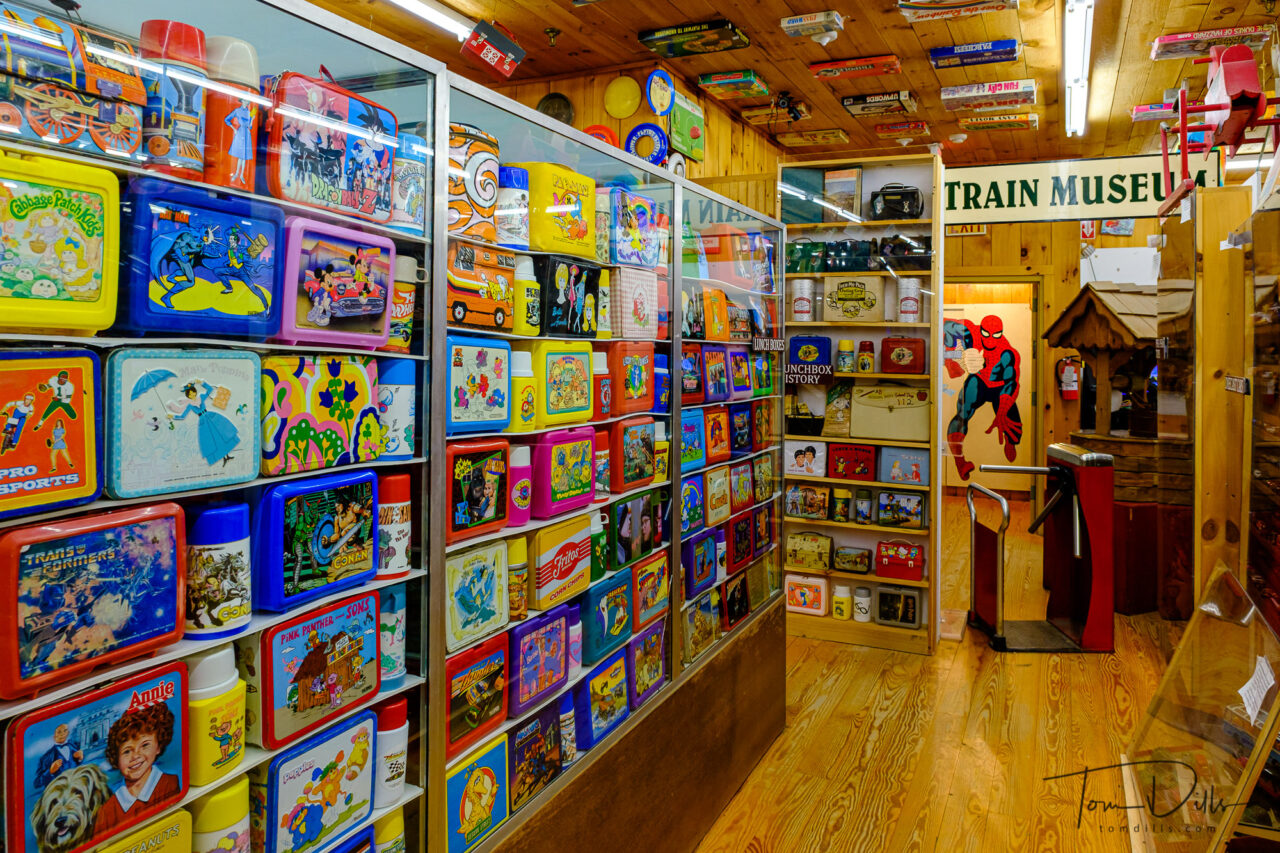
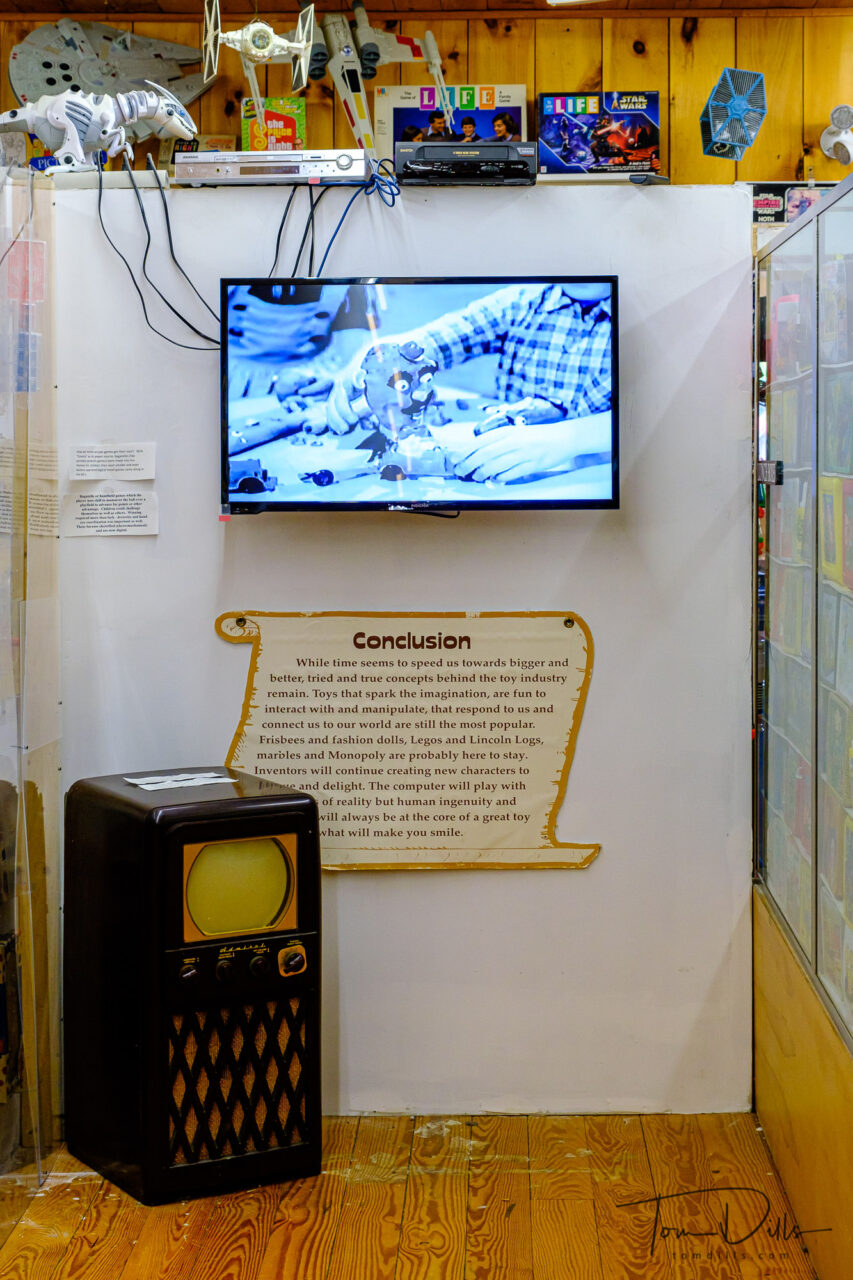
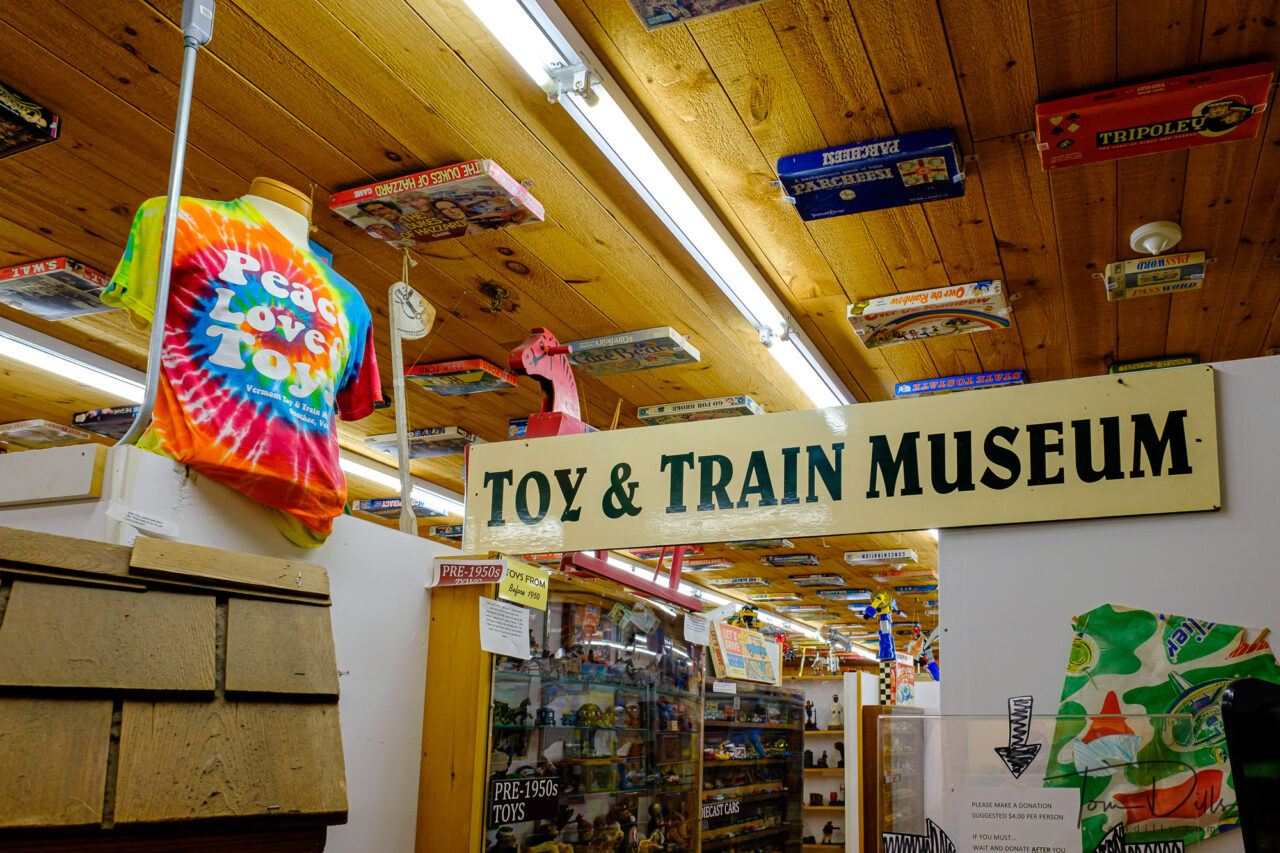
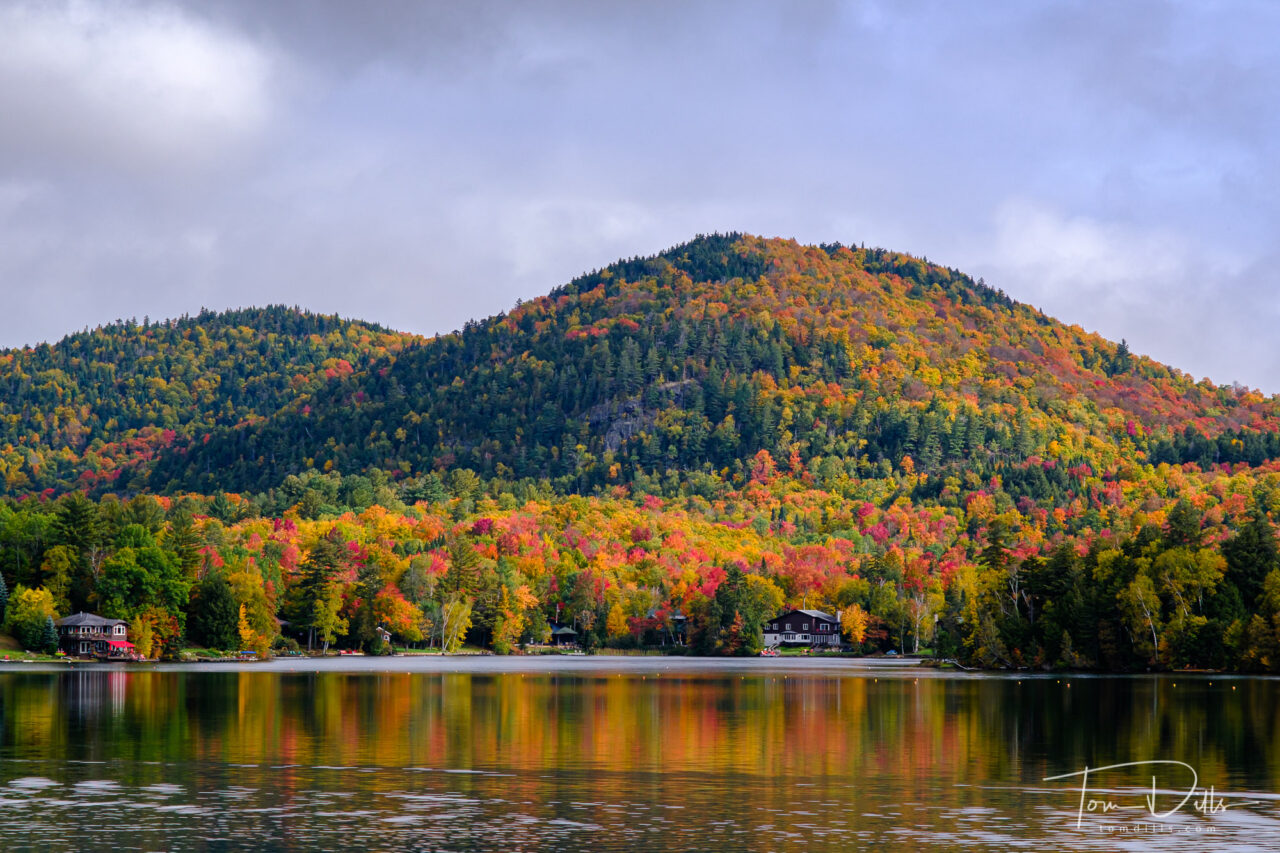
Growing up in western Pennsylvania, I had actually visited New York many times prior to this most recent trip. I went to Peek’n Peek to ski, visited Buffalo, Corning, Watkins Glen, Troy and even Lake Placid. But those visits were all before I started getting serious about photography, and many of them, including Lake Placid, were Before Kathy, and I wanted to take her there. While I had some photos that would have worked – they’re our rules, after all! – we decided that another swing through the state would be the right way to do it. Plus we wanted to visit the Finger Lakes.
Departing Burlington, we swung around the south shore of Lake Champlain, crossing into New York near the town of Moriah. Moriah’s claim to fame is as the home of Johnny Podres, 1955 World Series MVP for the Brooklyn Dodgers. Your trivia for the day. 
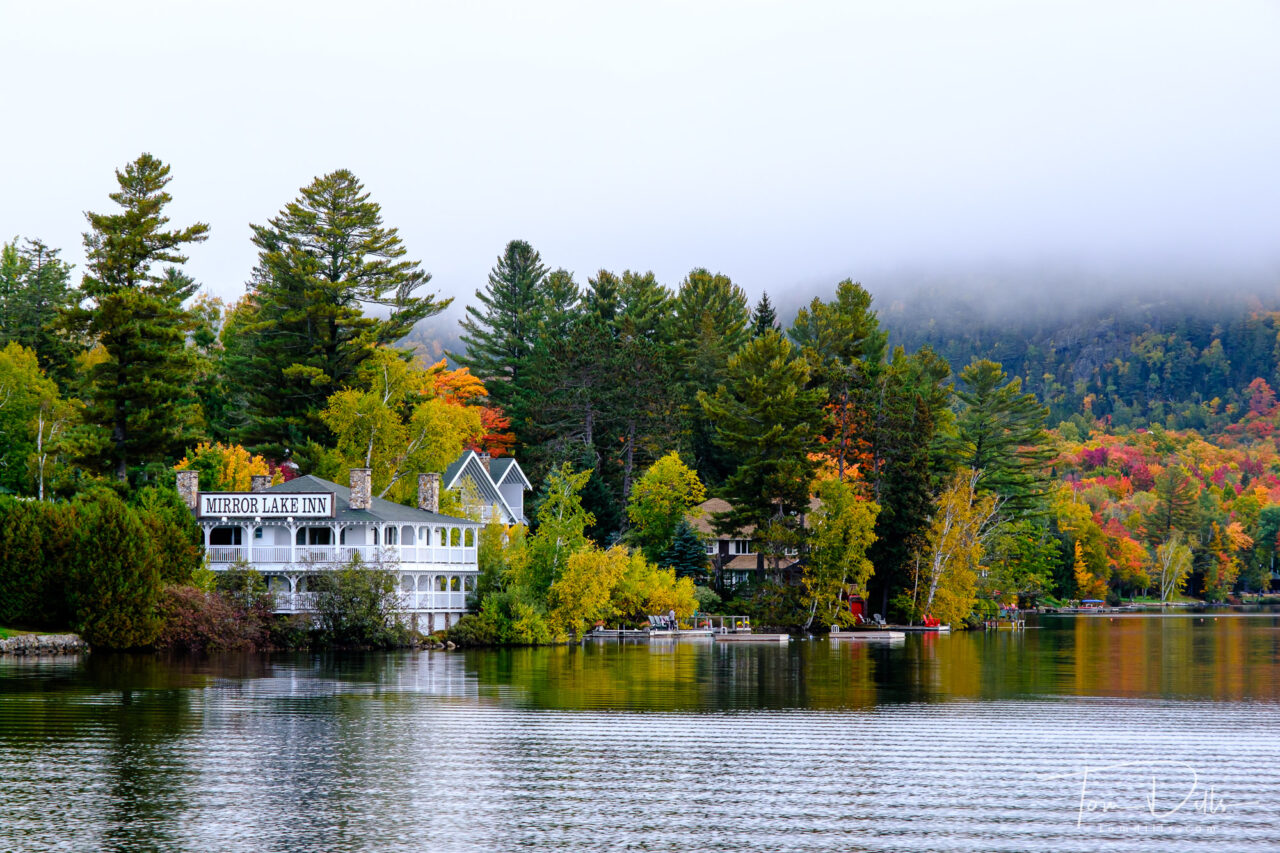
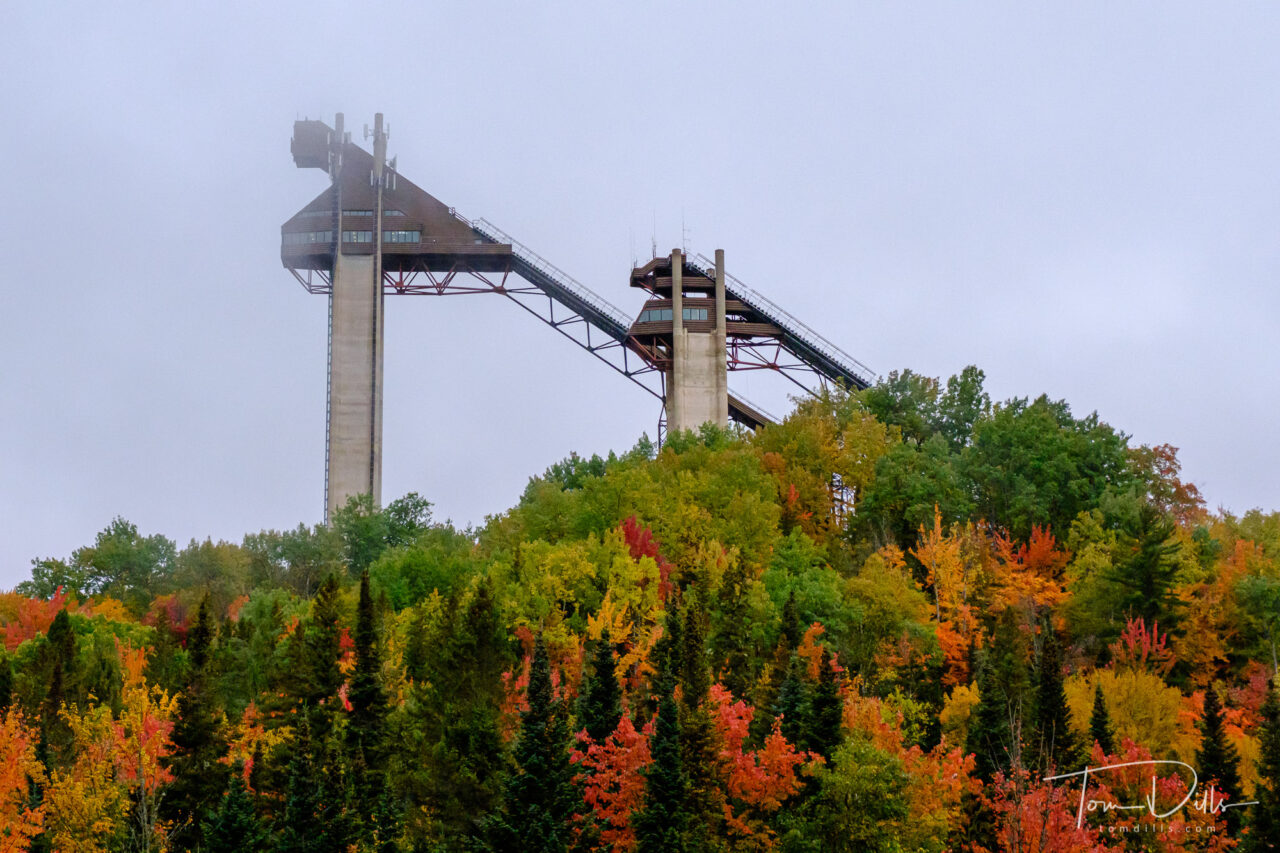
Our first destination was Lake Placid, and we arrived there in time for a late breakfast and a few photos of the fall color on the lake. We didn’t stay long, since we had a long day ahead and didn’t want to linger at the beginning. Also, the town was in the process of some major road work in town. Main Street was torn up and loaded with piles of dirt, rocks and road equipment, rendering the normally picturesque town pretty rough looking. Another technicality is that the lake in town is actually Mirror Lake, and that Lake Placid is out of town to the north. We did stop to see the Olympic ski jumping site on our way into town, but didn’t try to take a tour.
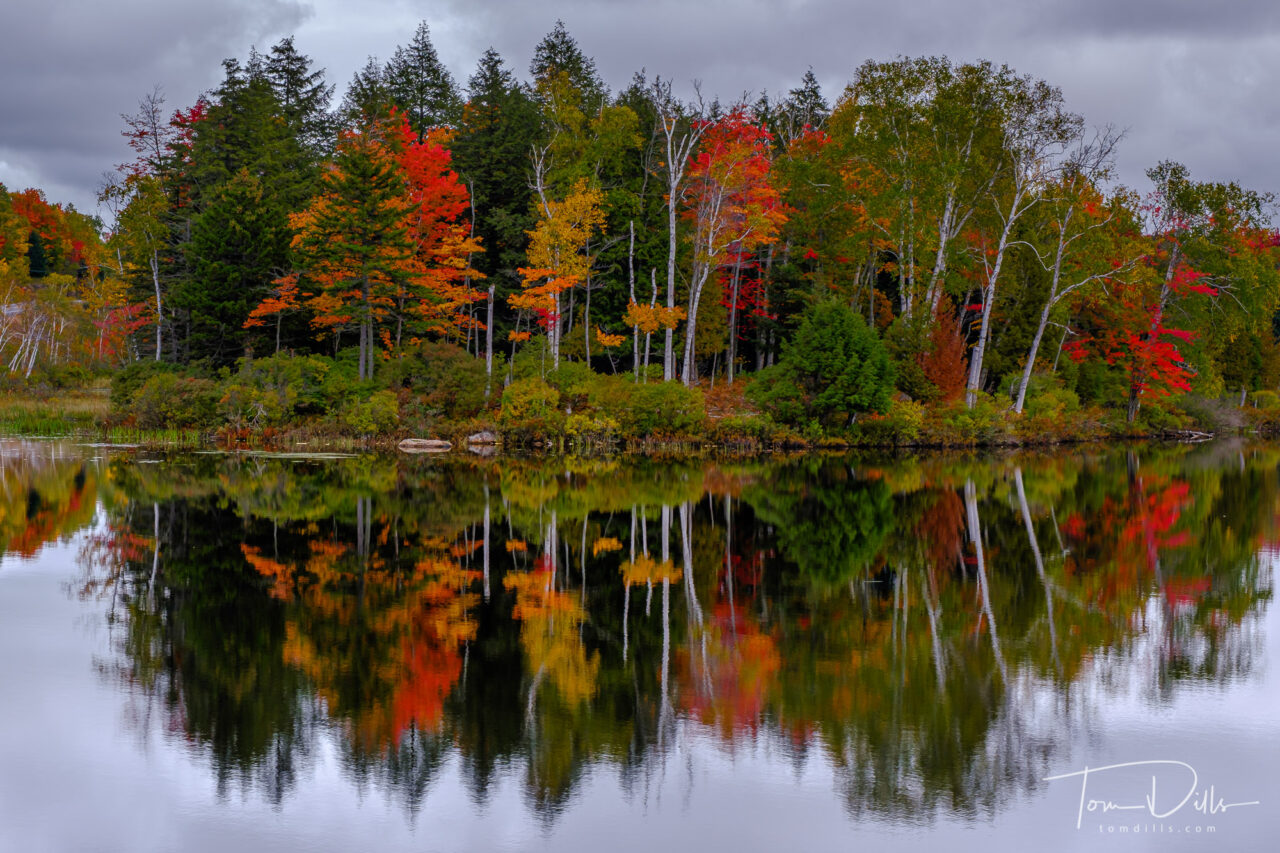
Leaving Lake Placid and heading west through Saranac Lake and Tupper Lake, we crossed a bridge over the Raquette River near Piercefield and were greeted with a lovely park overlooking the river, complete with still water reflecting the fall color of the trees along the riverbank. The skies were clearing but still mostly cloudy, providing us with ideal conditions for photos. It made for one of those unplanned stops we were glad to have taken the time for.
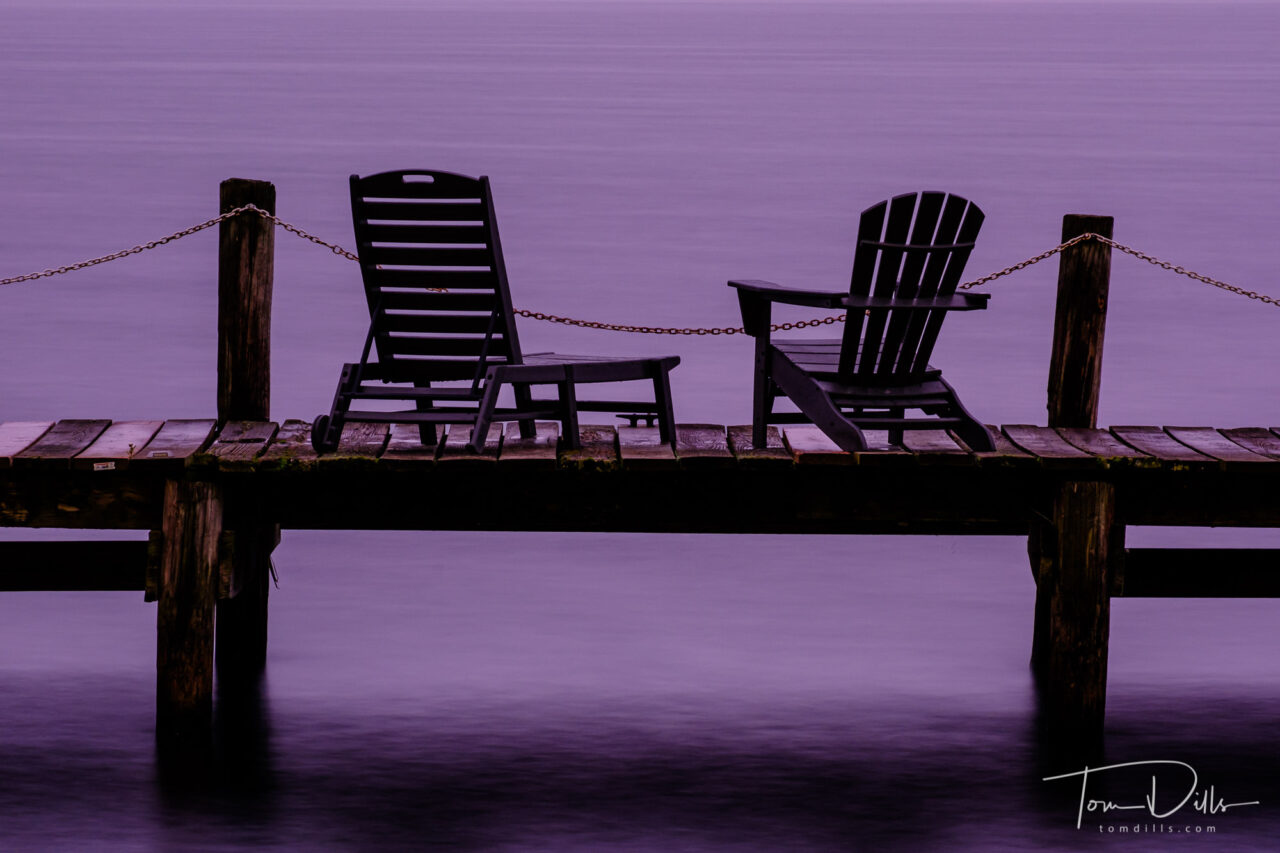
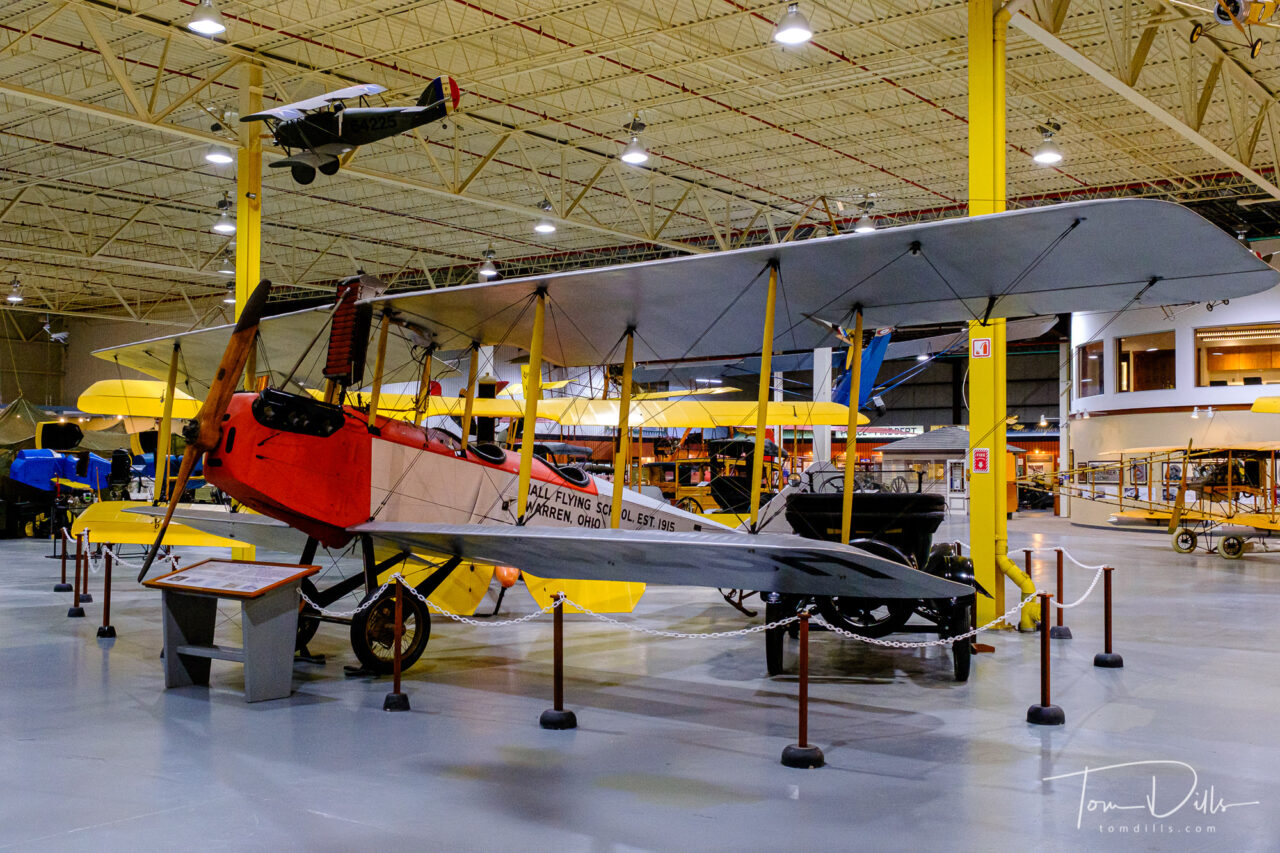
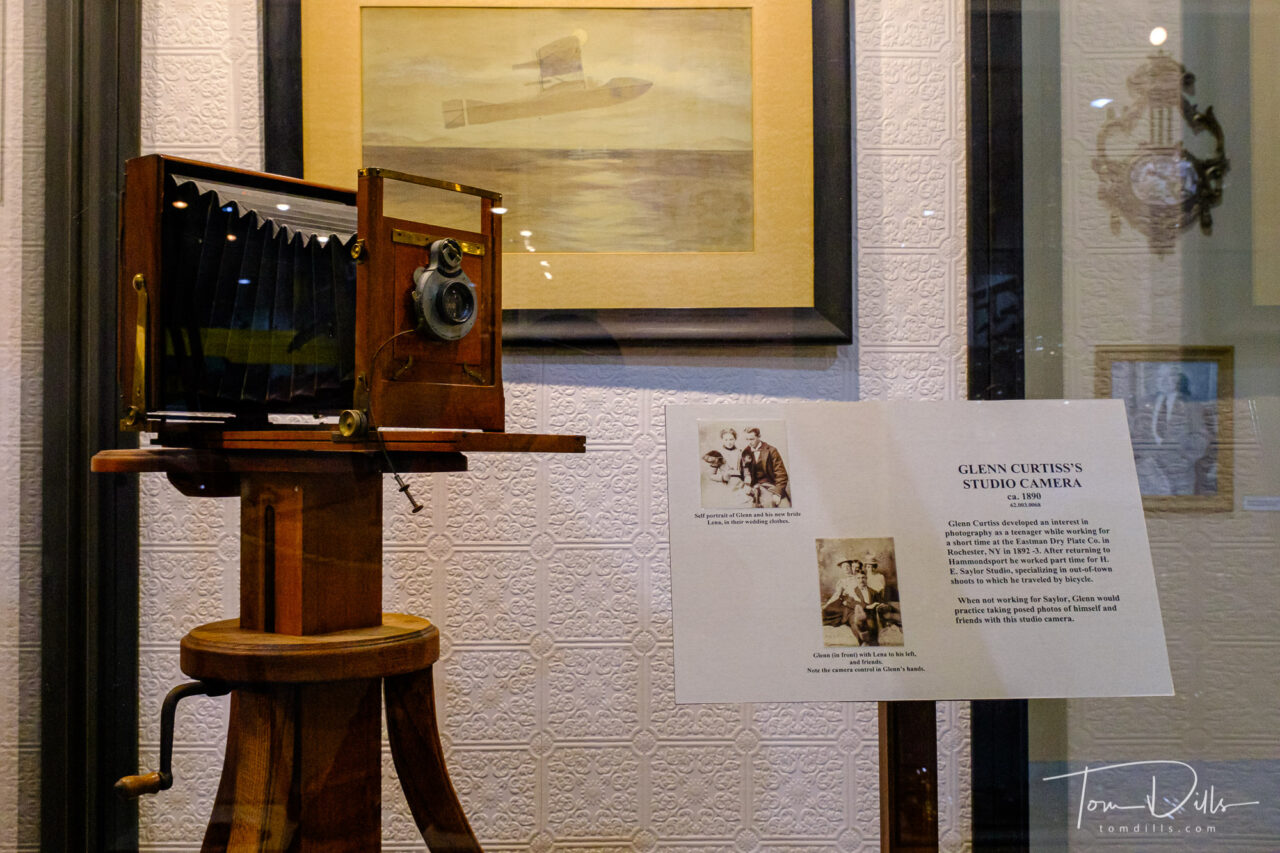
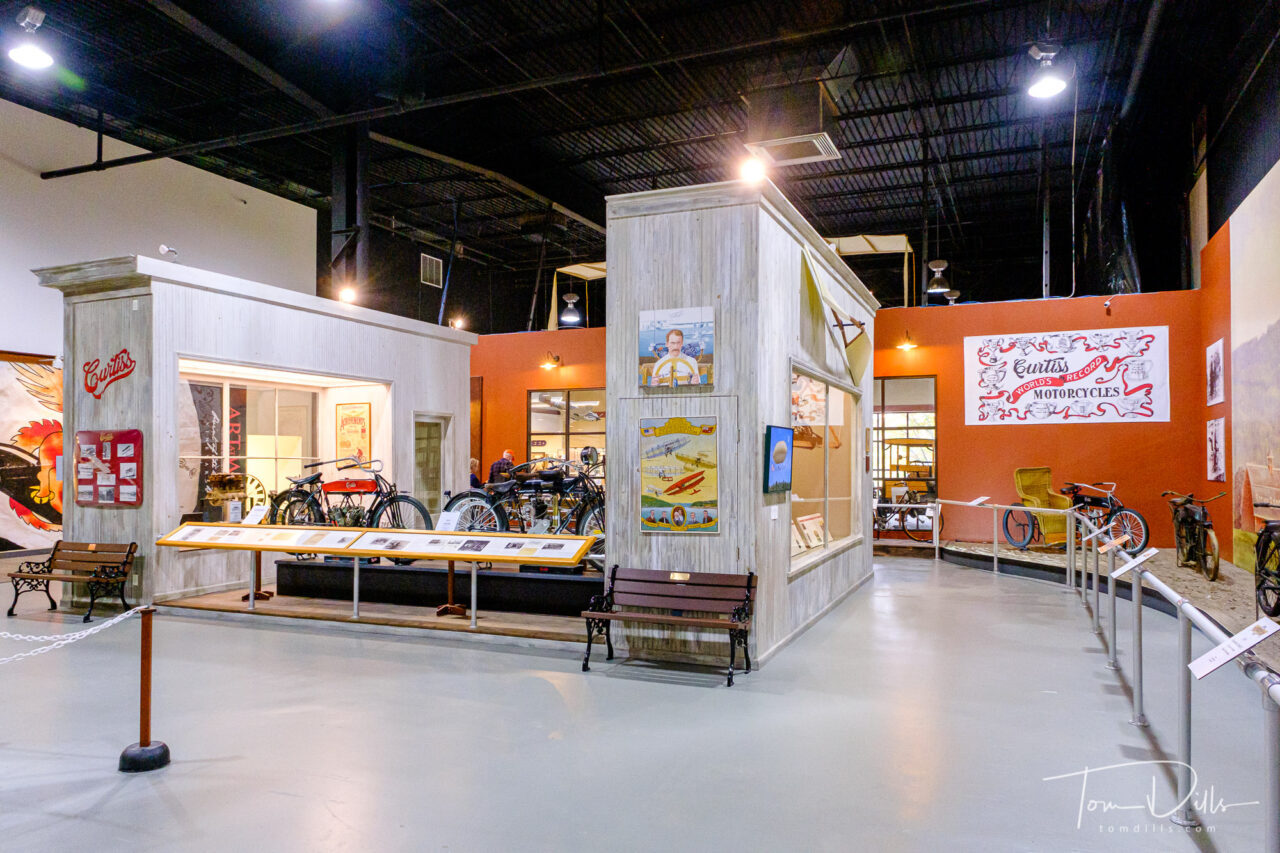
Our ultimate destination was a lodge on the west shore of Seneca Lake, one of the Finger Lakes and central to the Finger Lakes wine region. I had a chance to do a little early photography before heading out to explore the area attractions. We visited three wineries, bought souvenirs at two of them, visited a distillery and the Glenn H. Curtiss Museum in Hammondsport. We took a boat cruise on Saranac Lake out of Watkins Glen. That was the seventh boat cruise of our trip – do you get the feeling we like boat cruises?
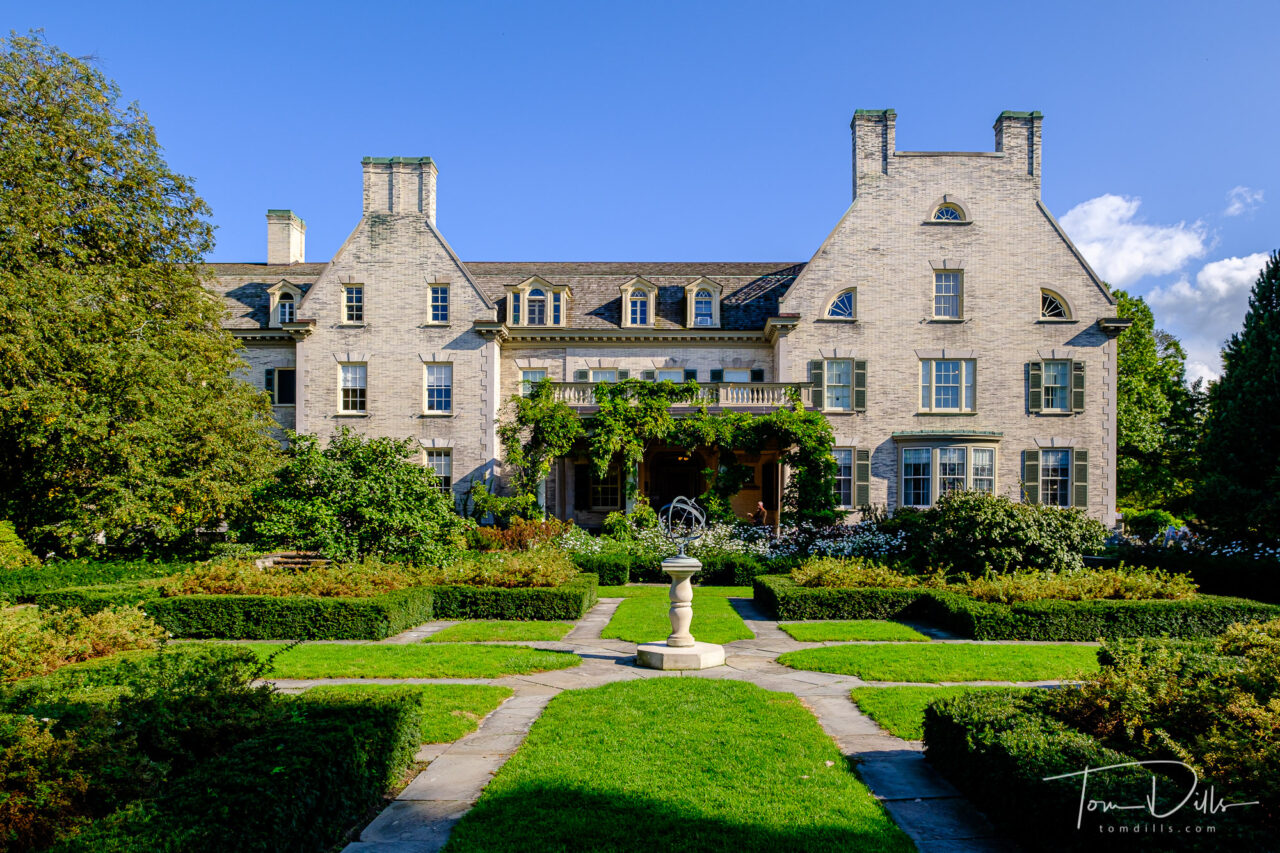
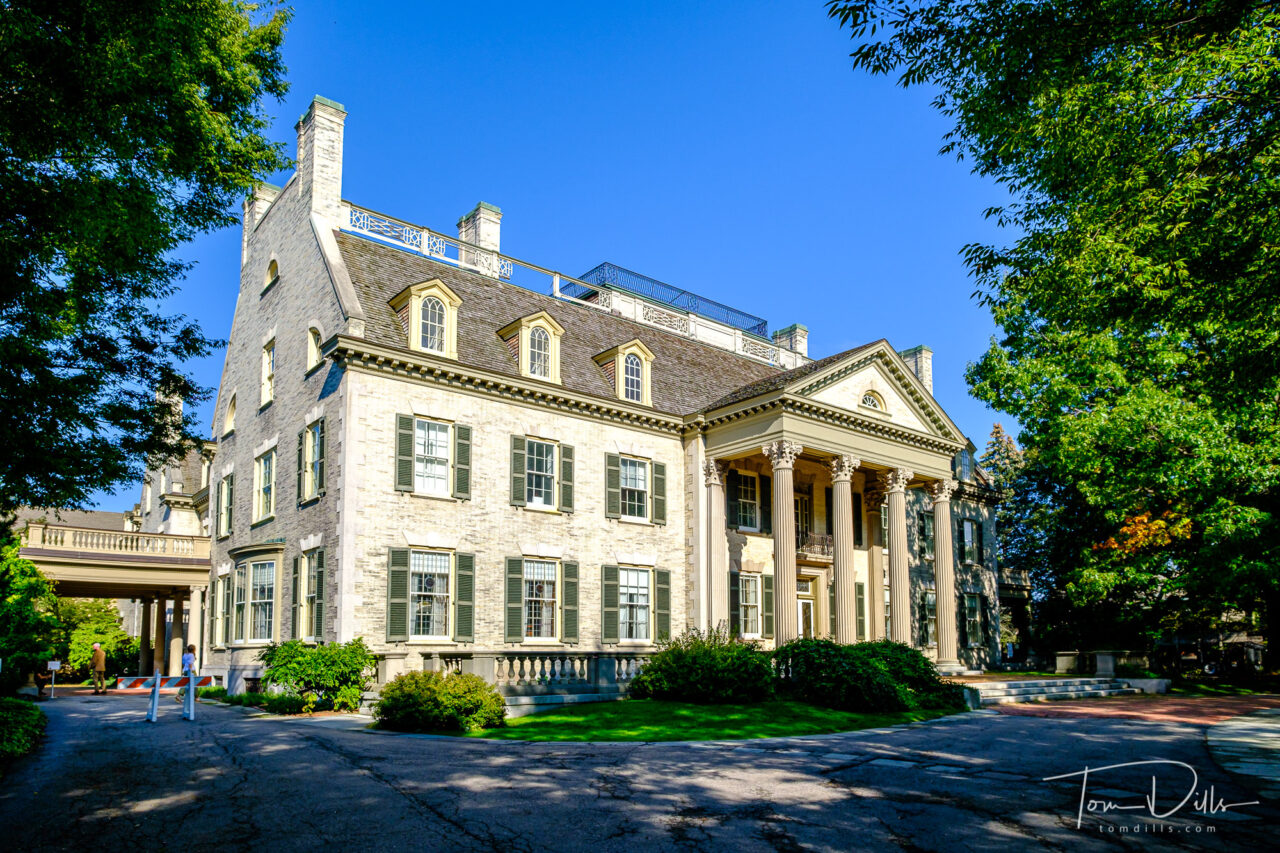
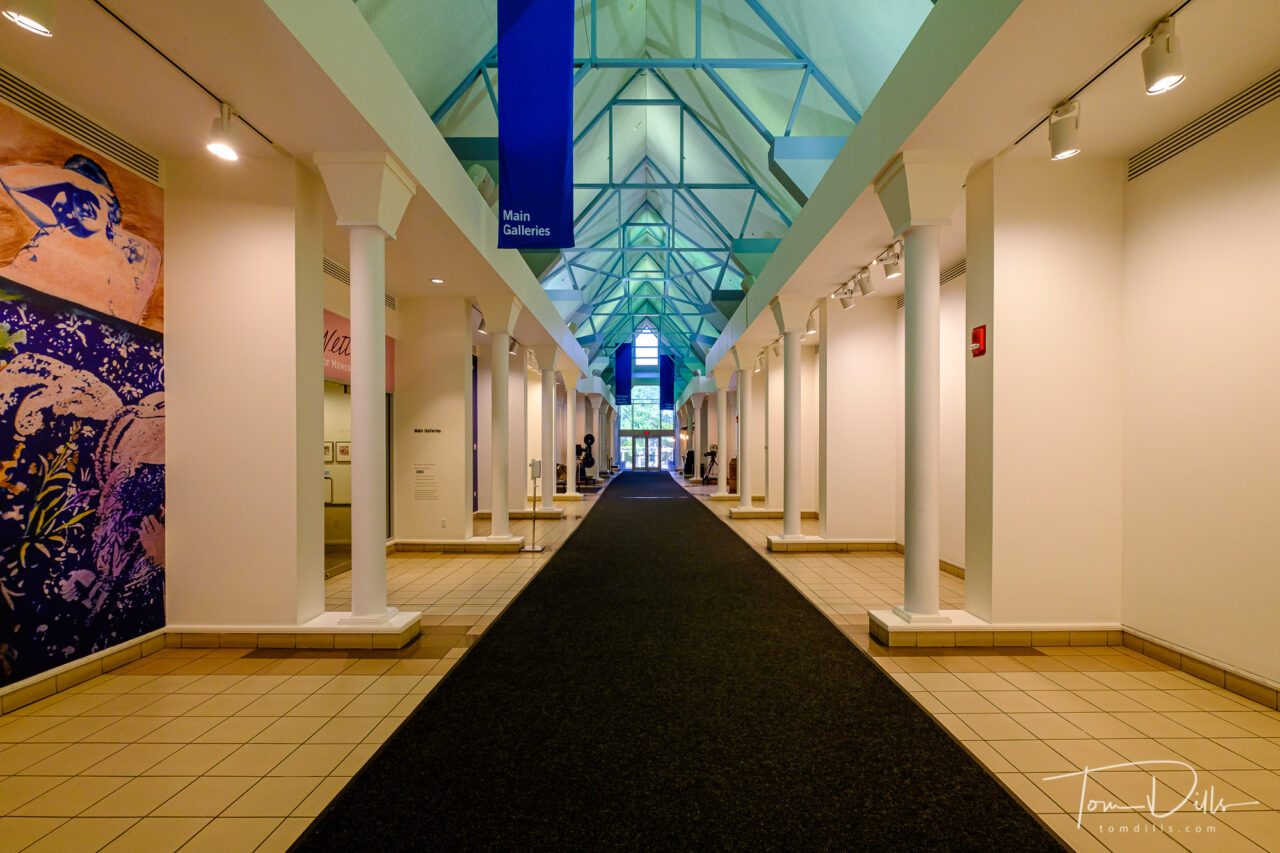
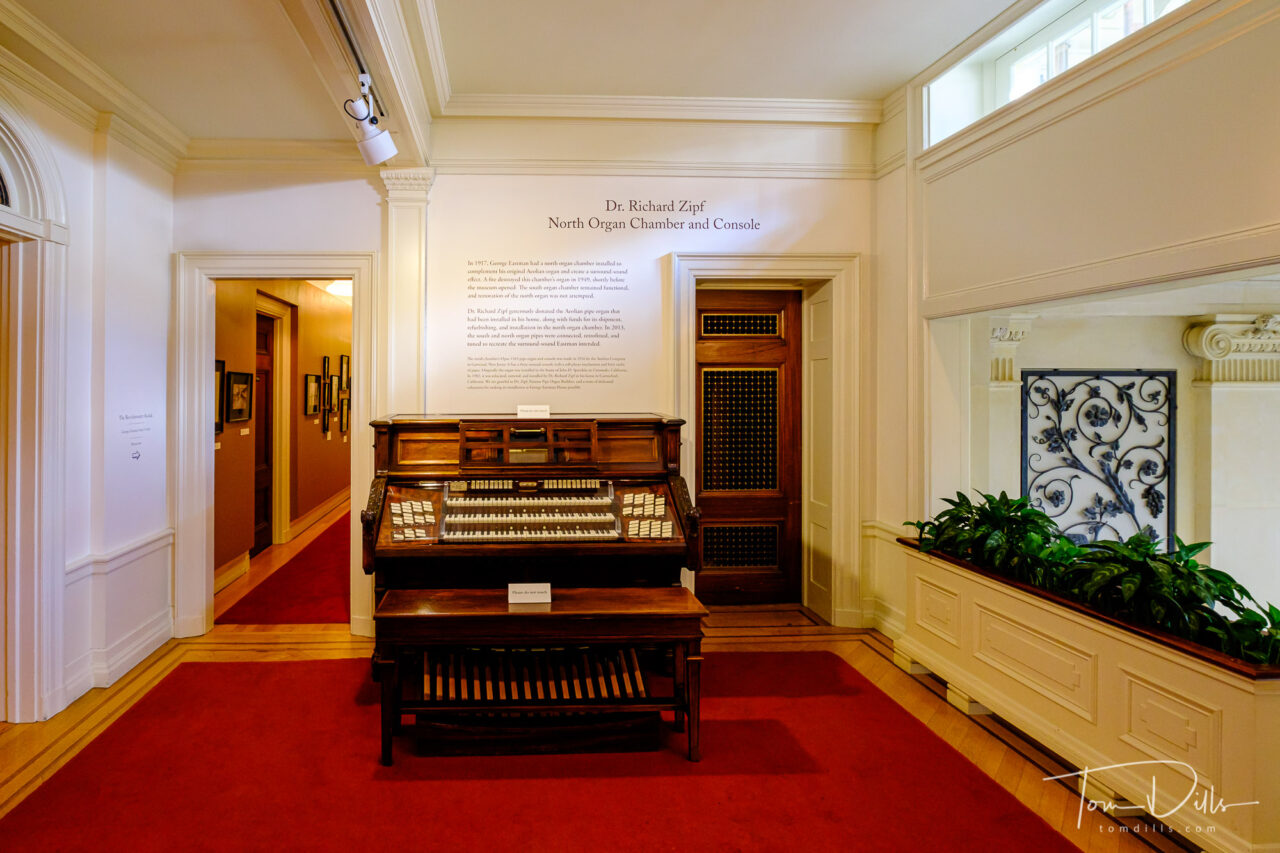
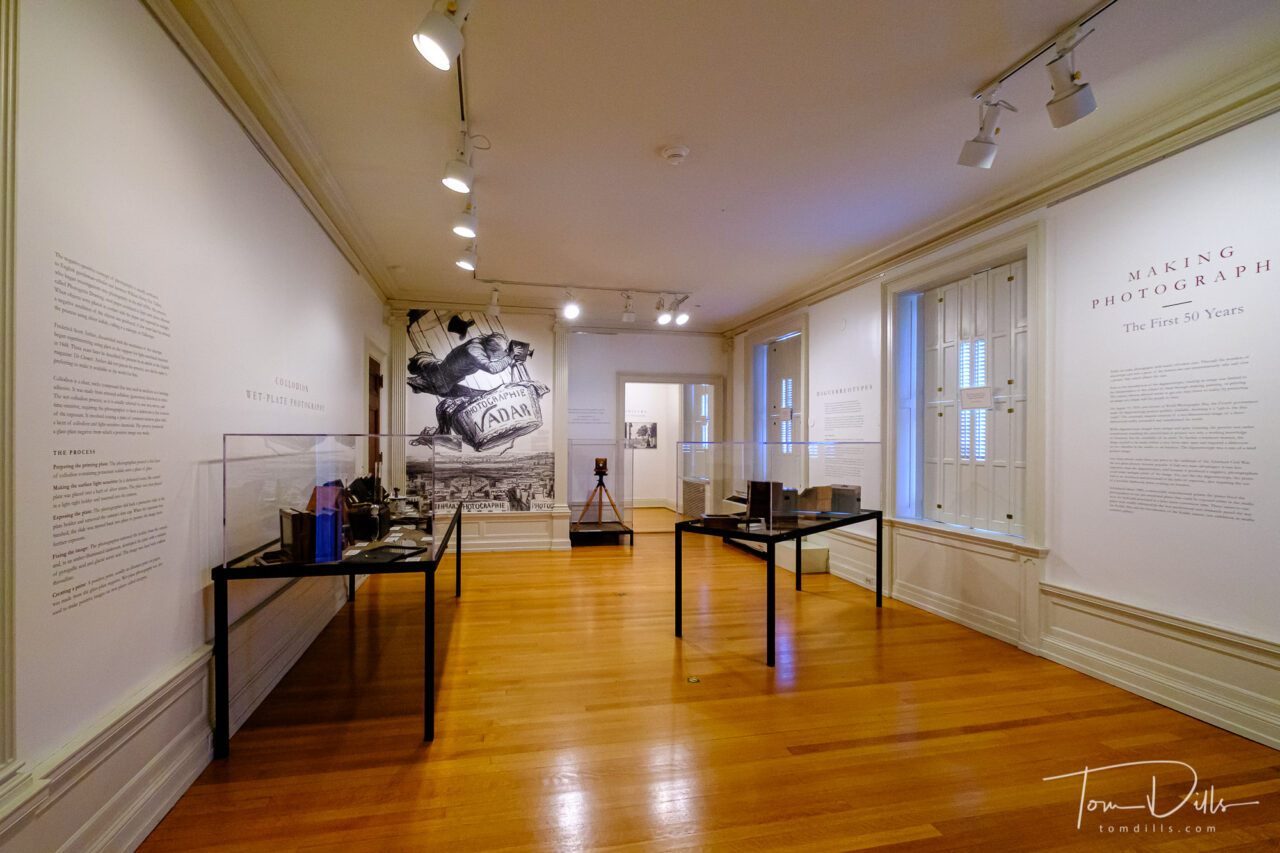
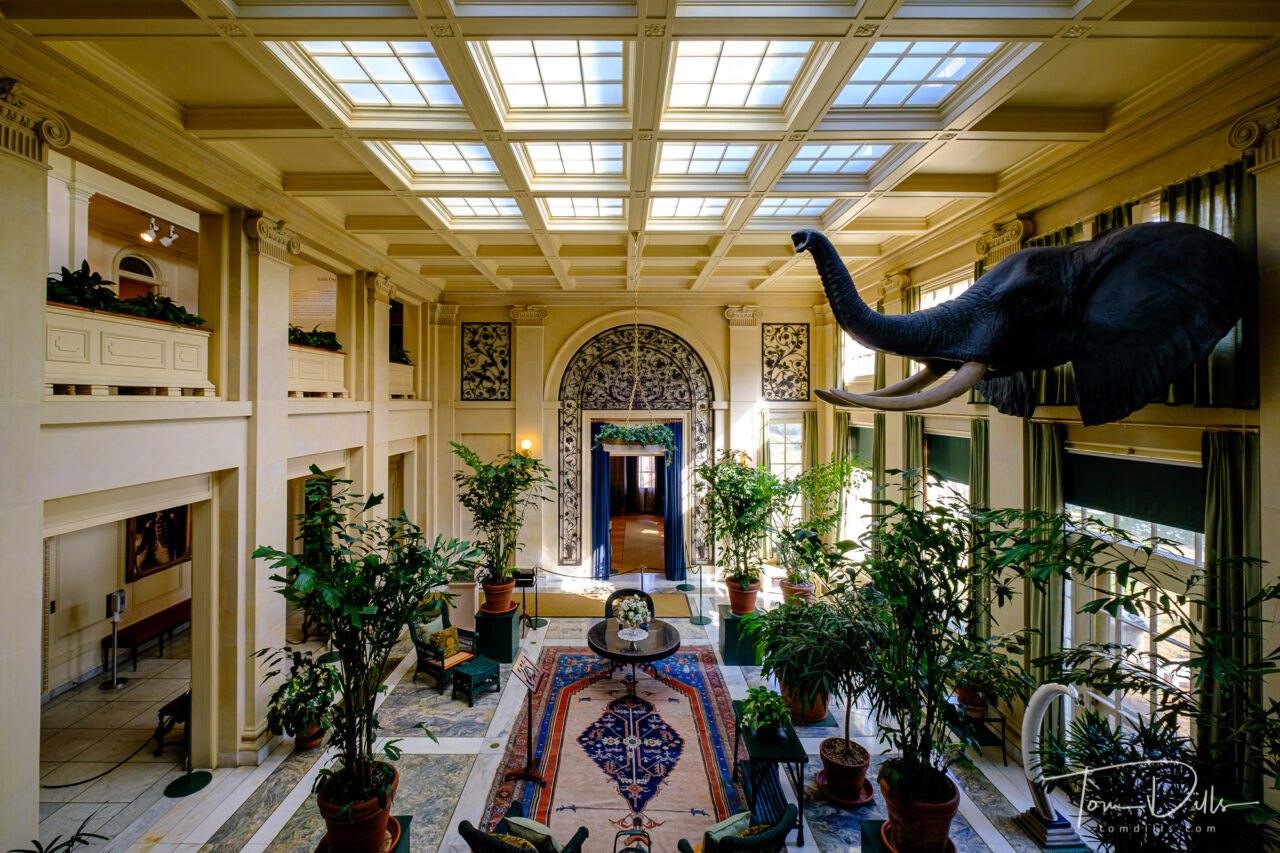
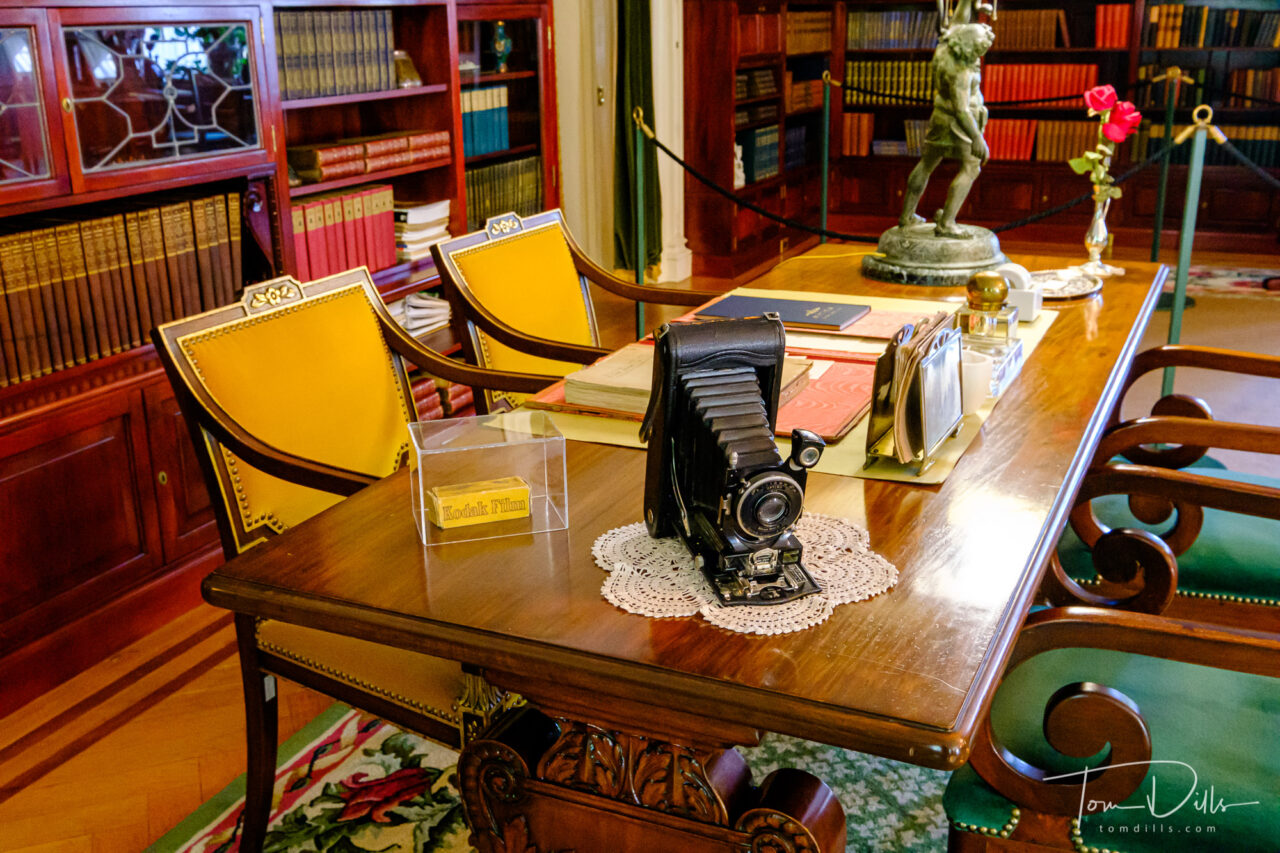
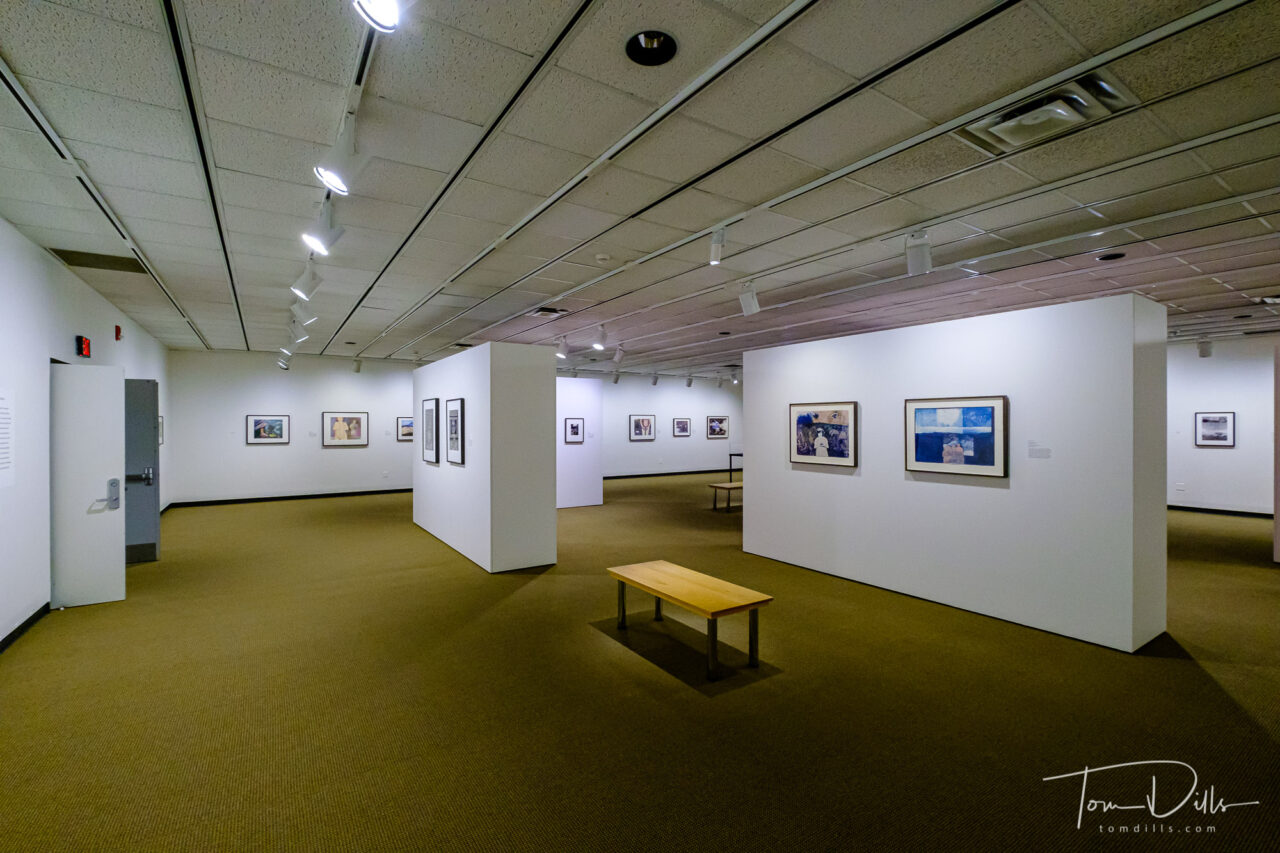
One of our days there was dedicated to a drive to Rochester, where we visited the George Eastman Museum and, most importantly, met up with two of our long-time photo buddies Paul Maxim and Ken Bello. We had lunch with them and Ken’s wife before driving along the shore of Lake Ontario through Webster (Where Life Is Worth Living) and ultimately returning to our lodge.
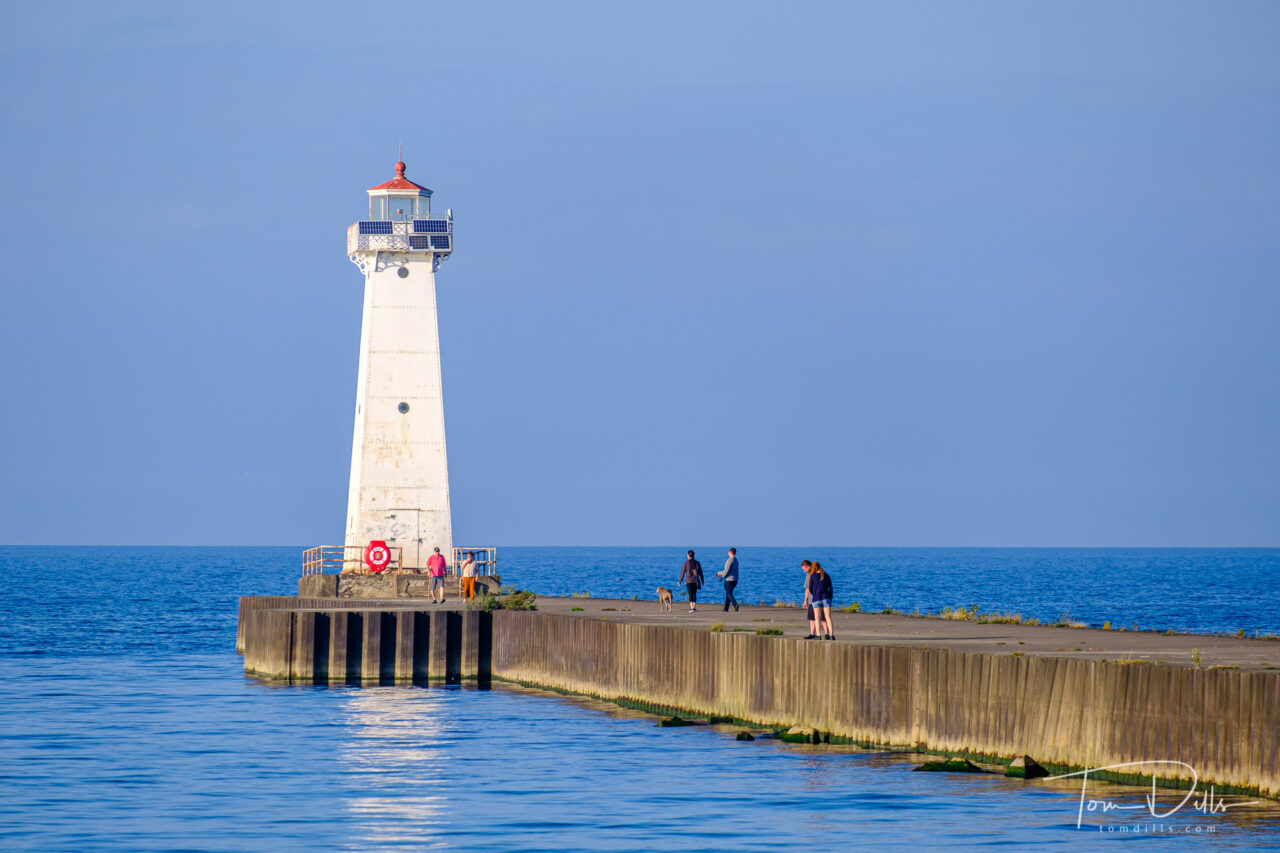
New York made for our 49th state visited. Number 50 is Hawaii, and we have plans to visit there in February. After that? We’ll have to see, but there is a lot more of this country we want to see, we have friends to visit all over, and we might want to see a little bit more of the world.
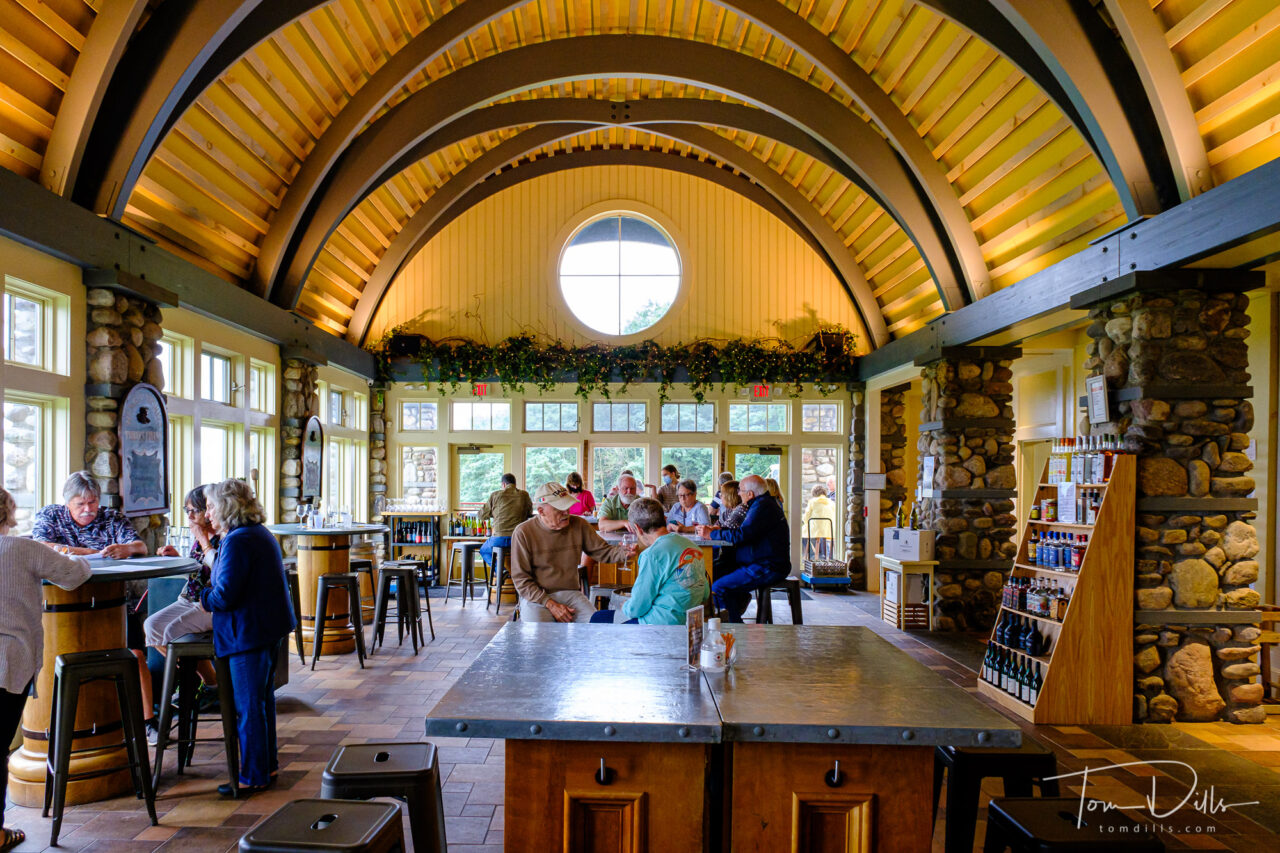
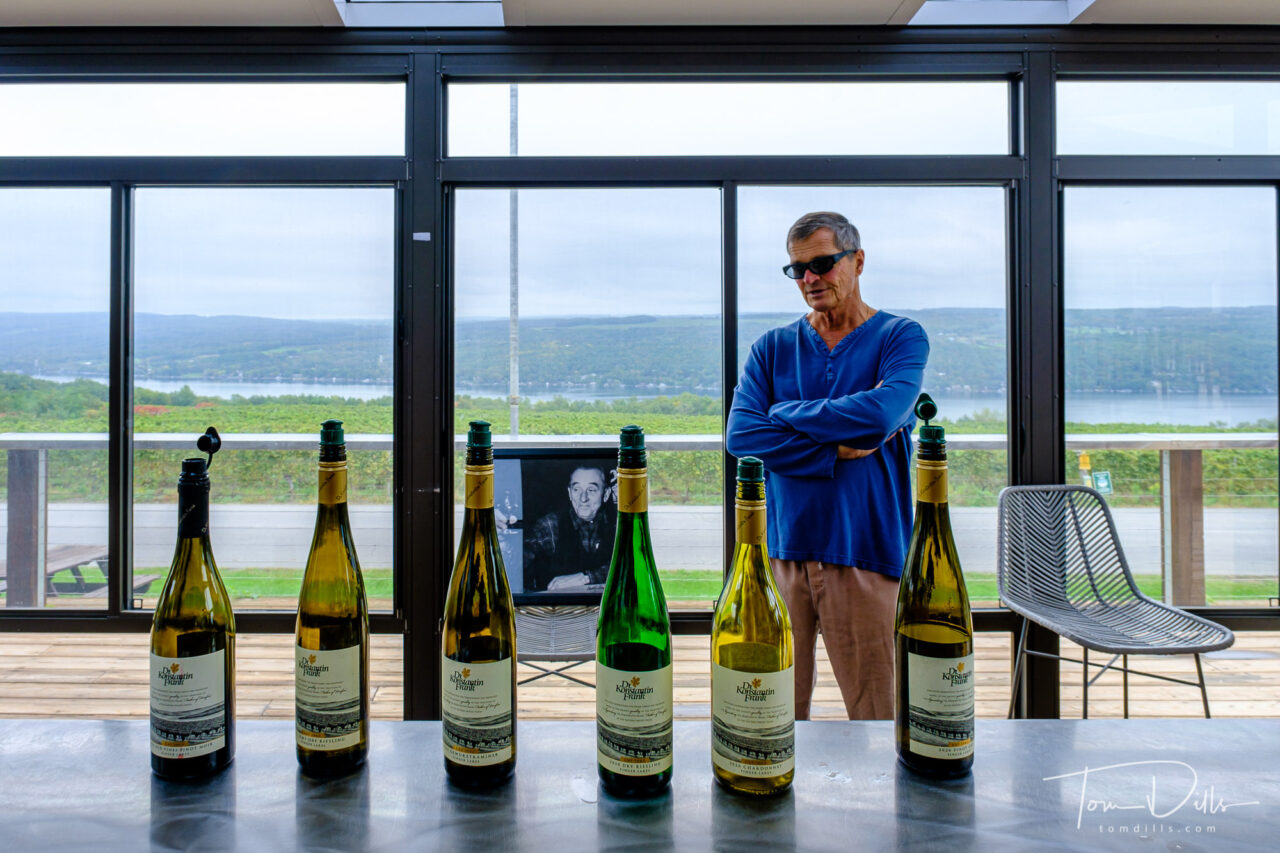
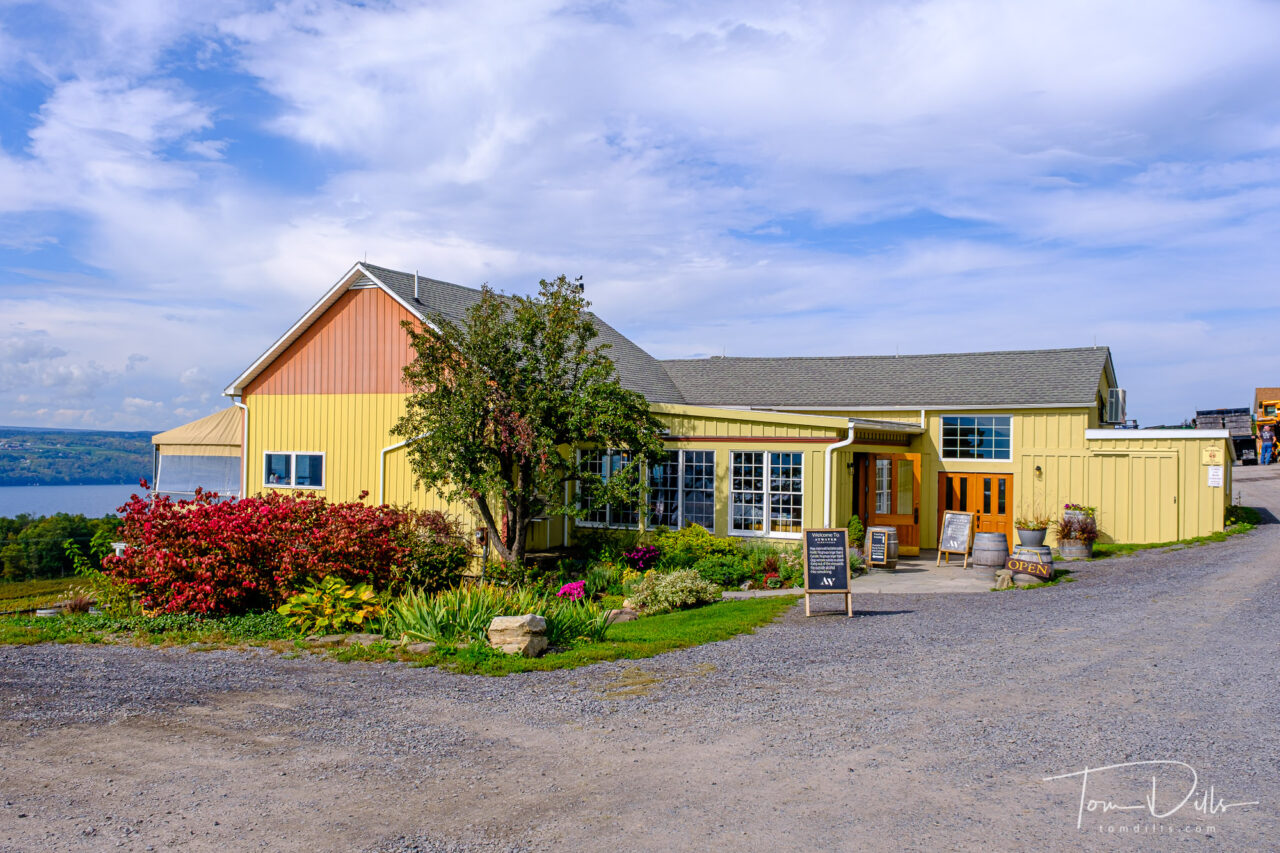
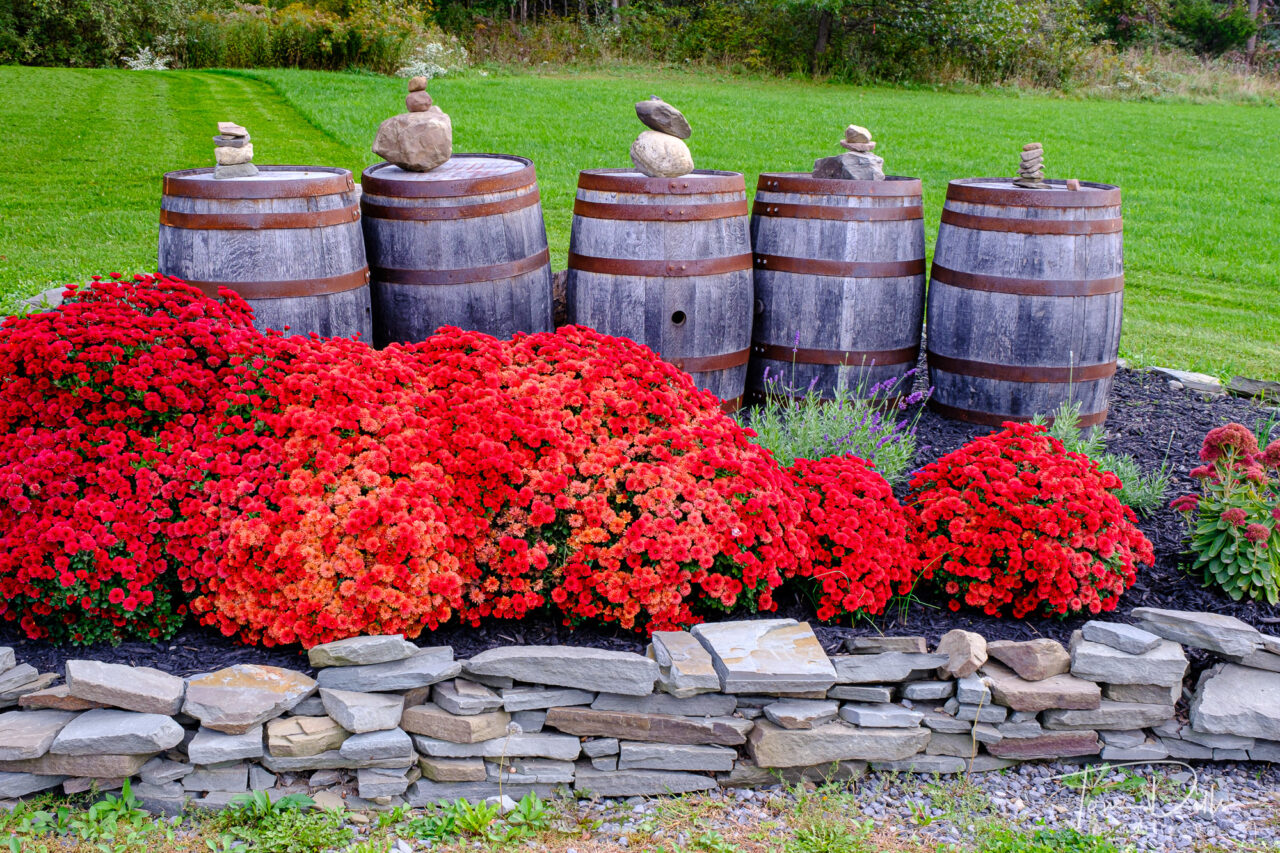
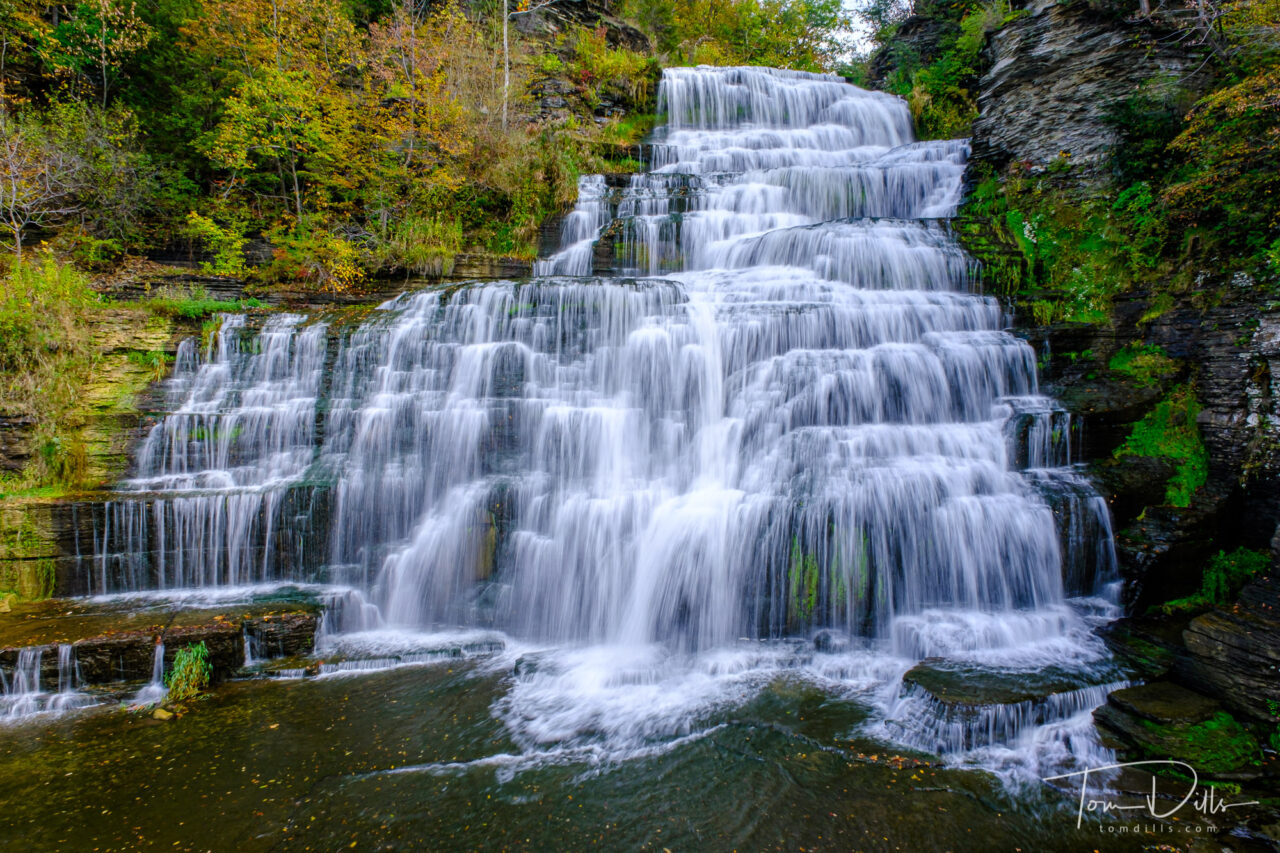
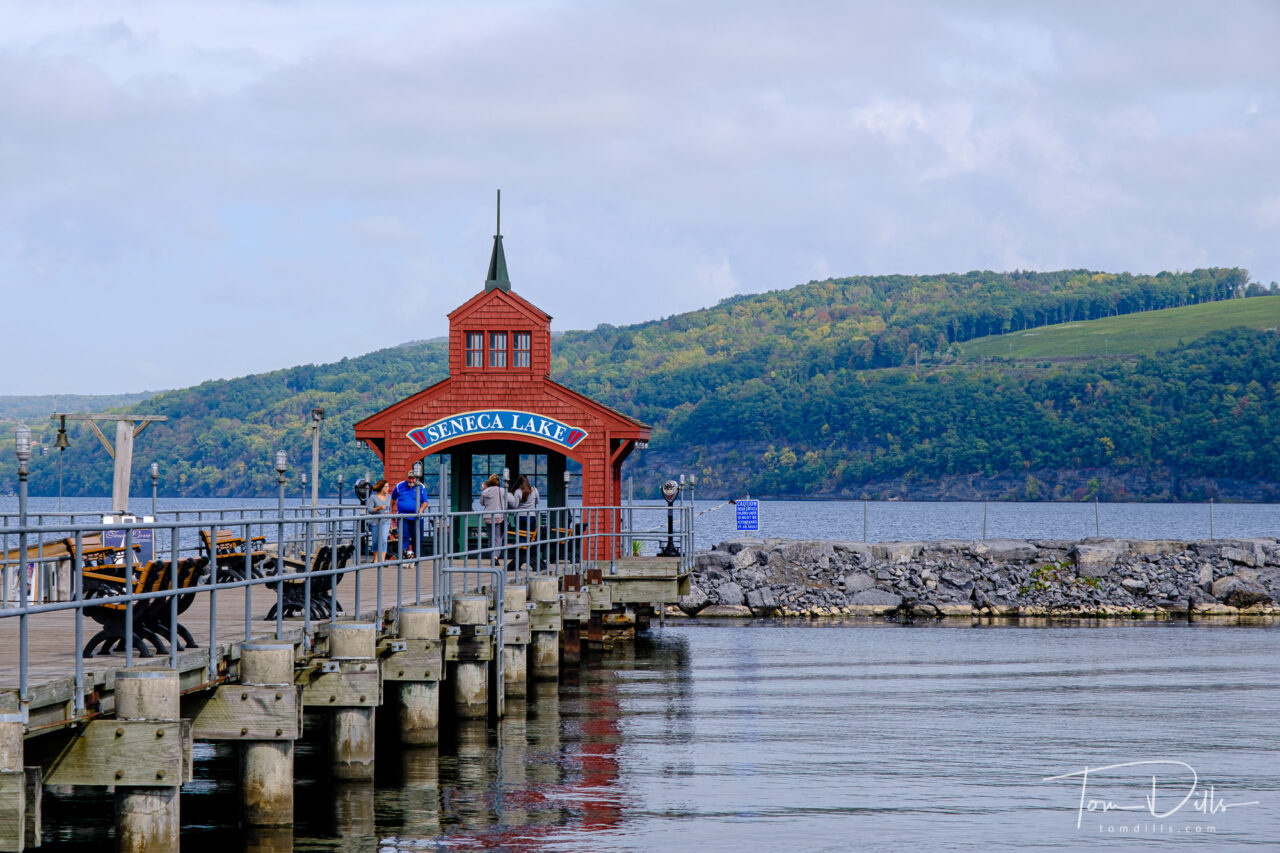
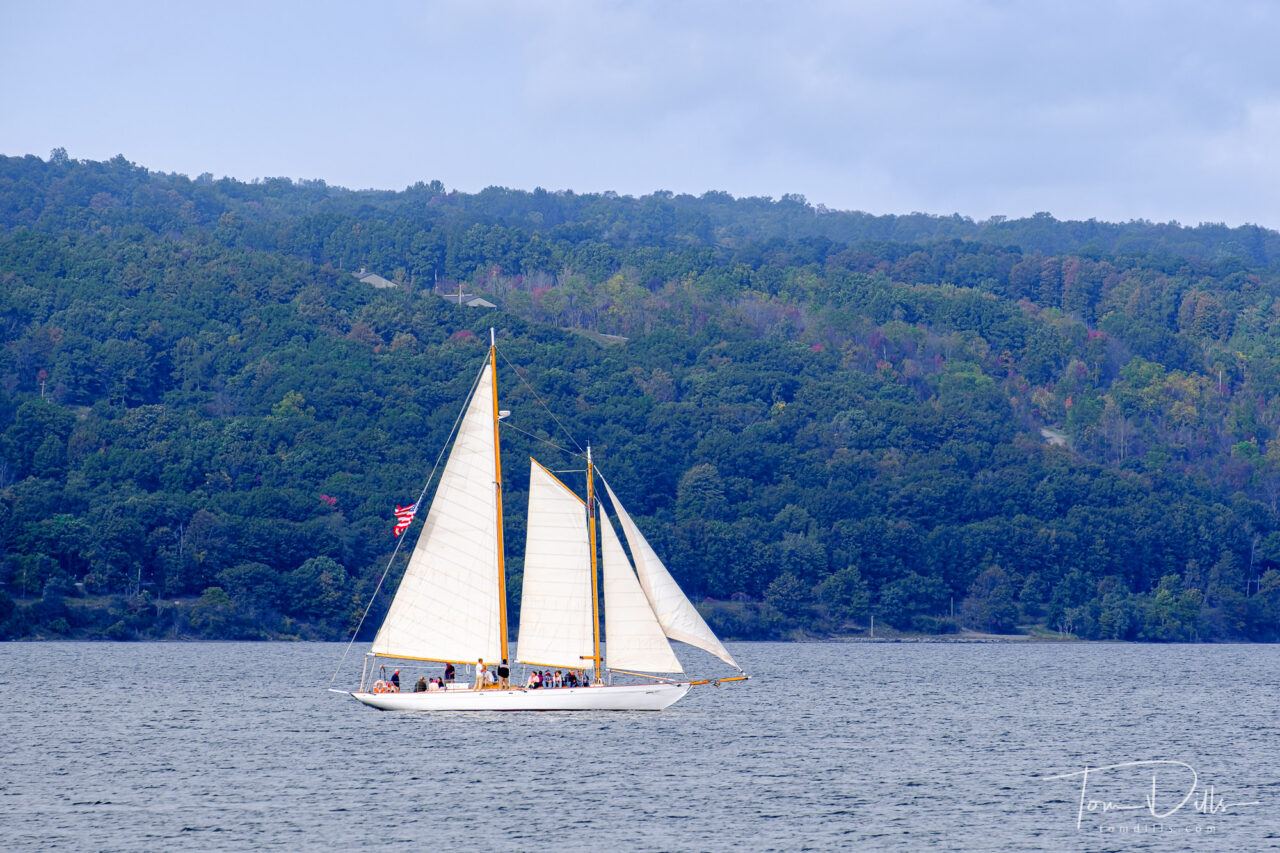

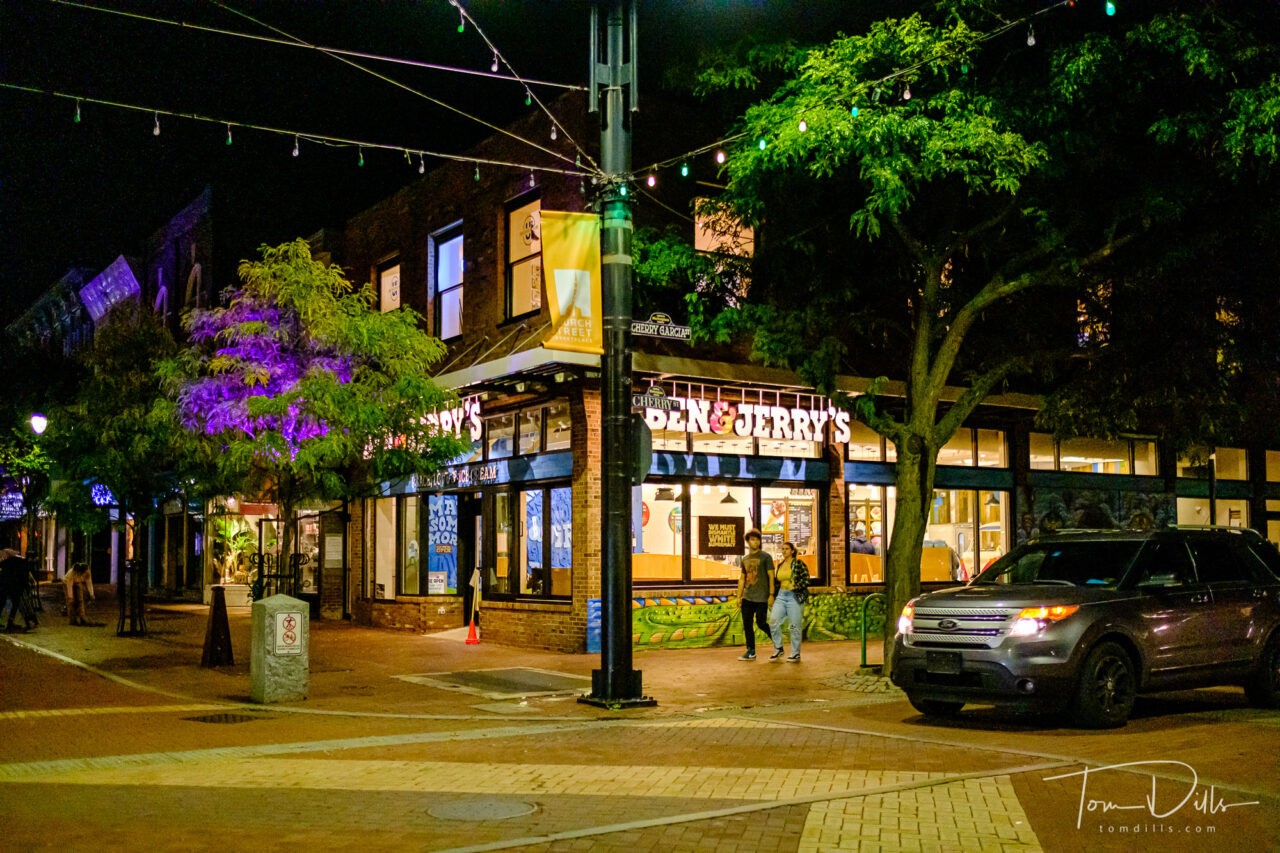
There’s no question we didn’t spend enough time in Vermont. Even if it hadn’t rained most of the time we were there, it would not have been enough. But what a beautiful state!
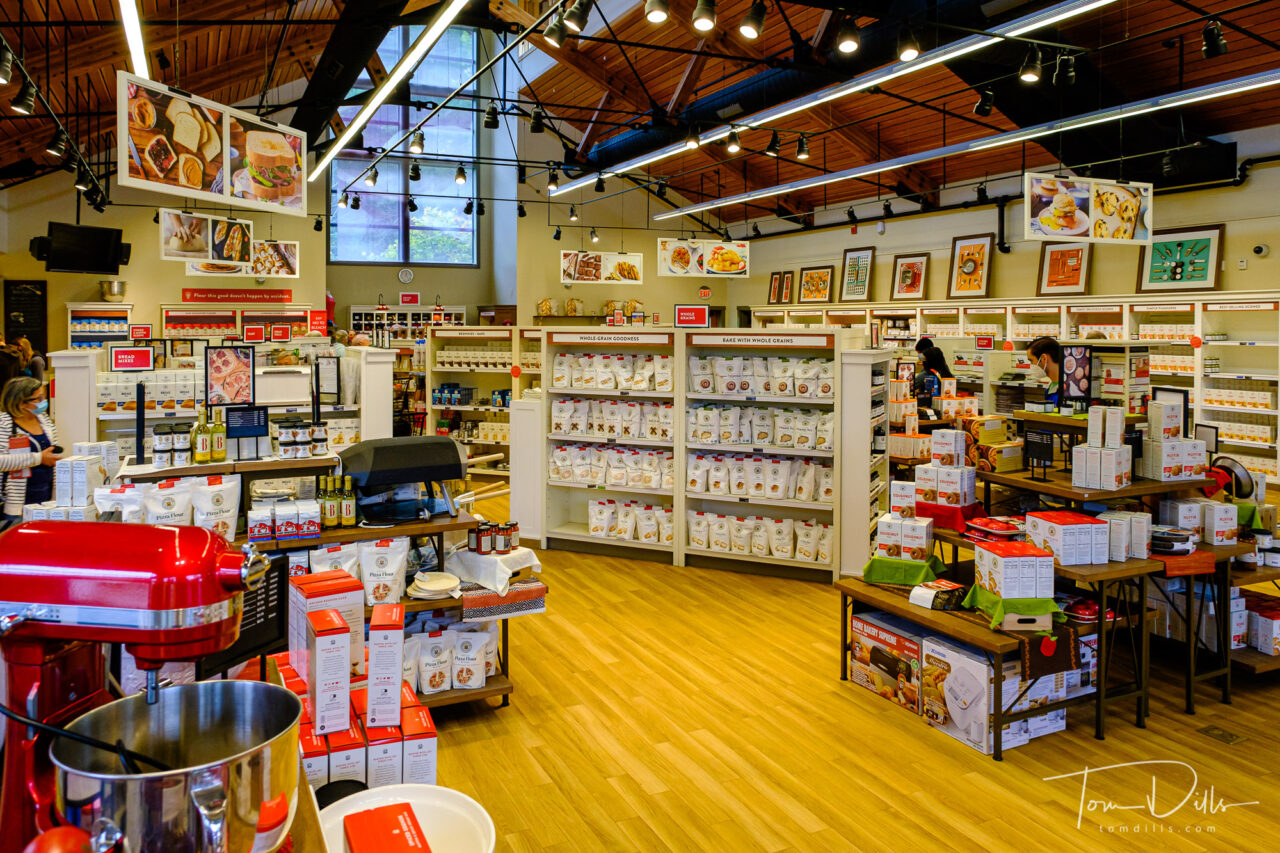
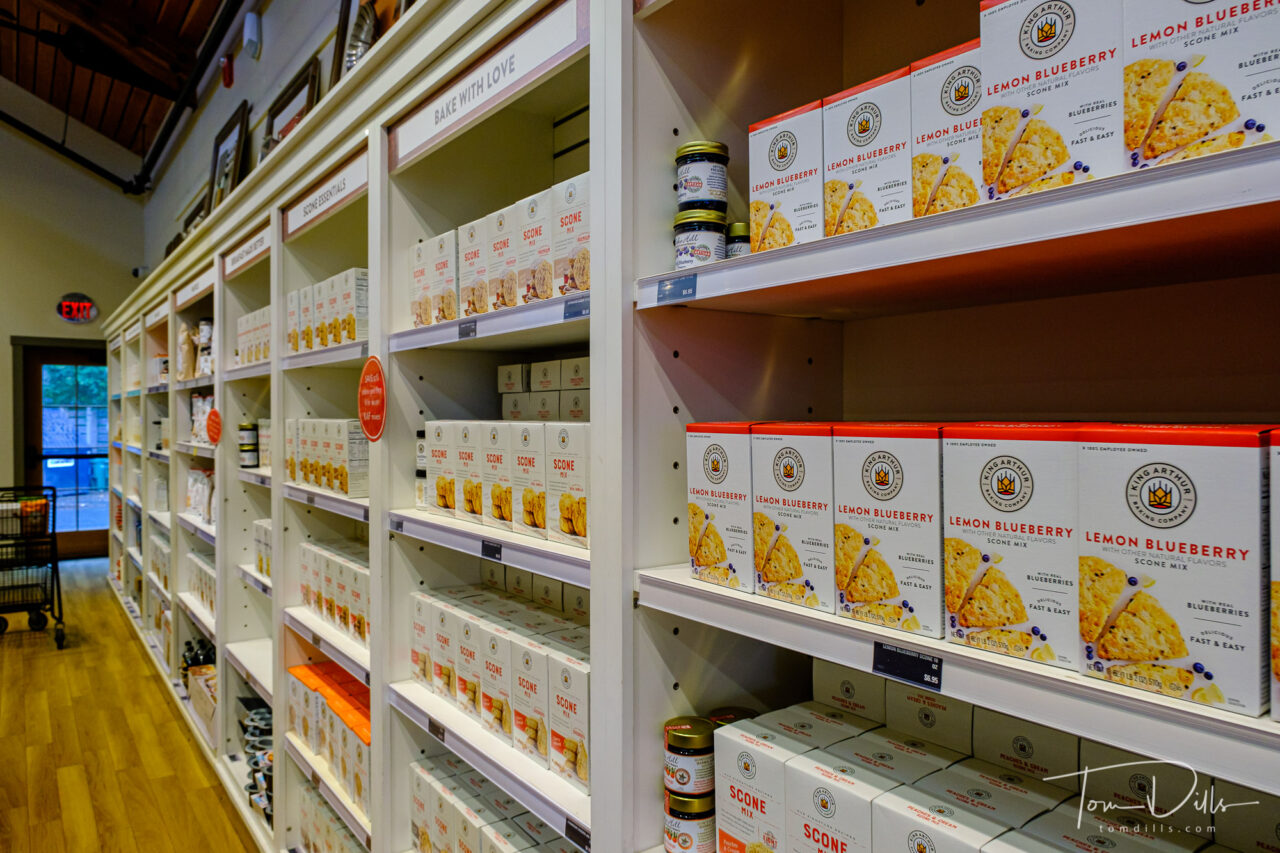
Our first stop after crossing the VT-NH state line was the King Arthur Baking Company in Norwich. We’re not bakers but know the name, and since it was on the way we thought we’d check it out. I guess if you are into making breads and cakes from scratch, this would be your Mecca. From what I could tell they have a little bit of everything in the store, including seemingly dozens of types of flour, pans, mixers, storage containers, you name it. Like a camera store for bakers! There is a cafe on site where they serve products that are made in-house, and there is a cooking school where you can learn to make lots of yummy things – after buying all of the proper equipment and ingredients, of course!
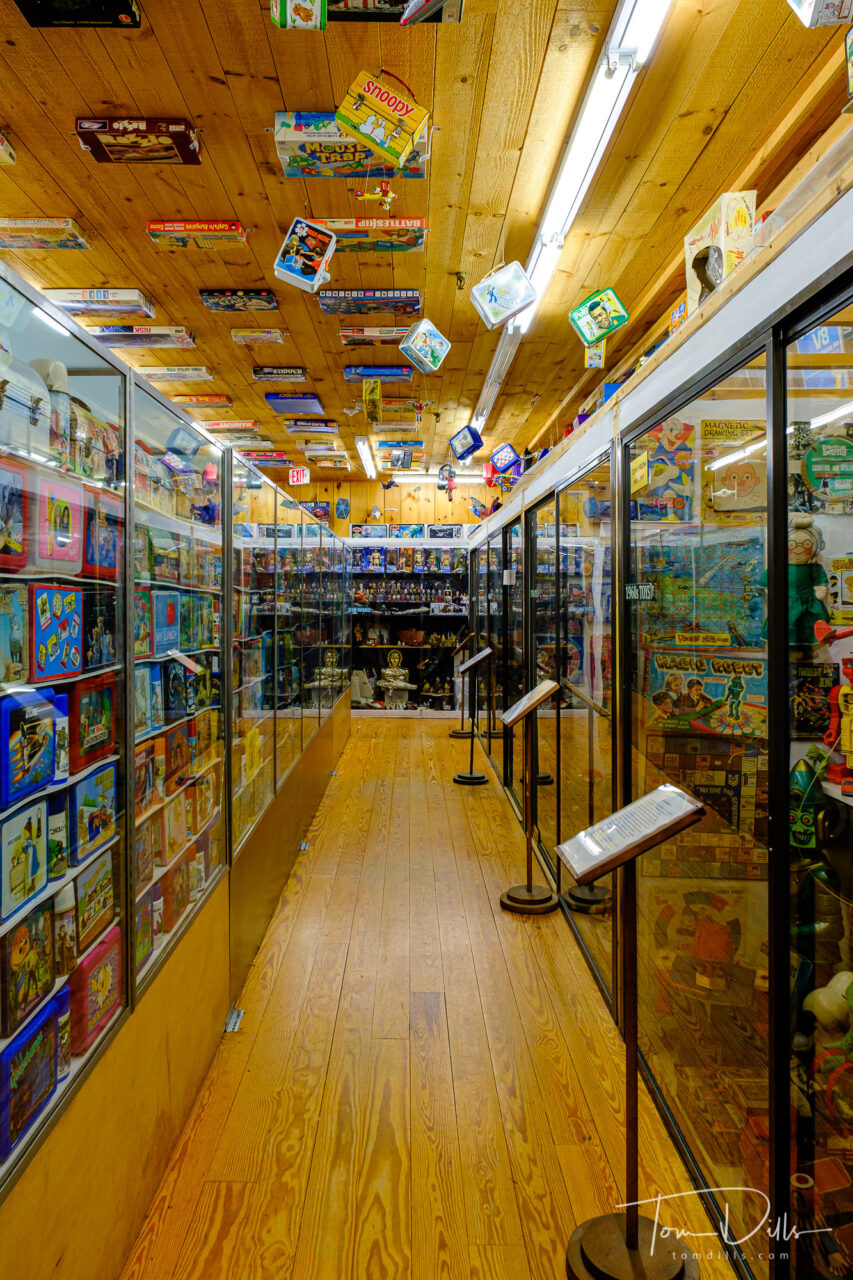
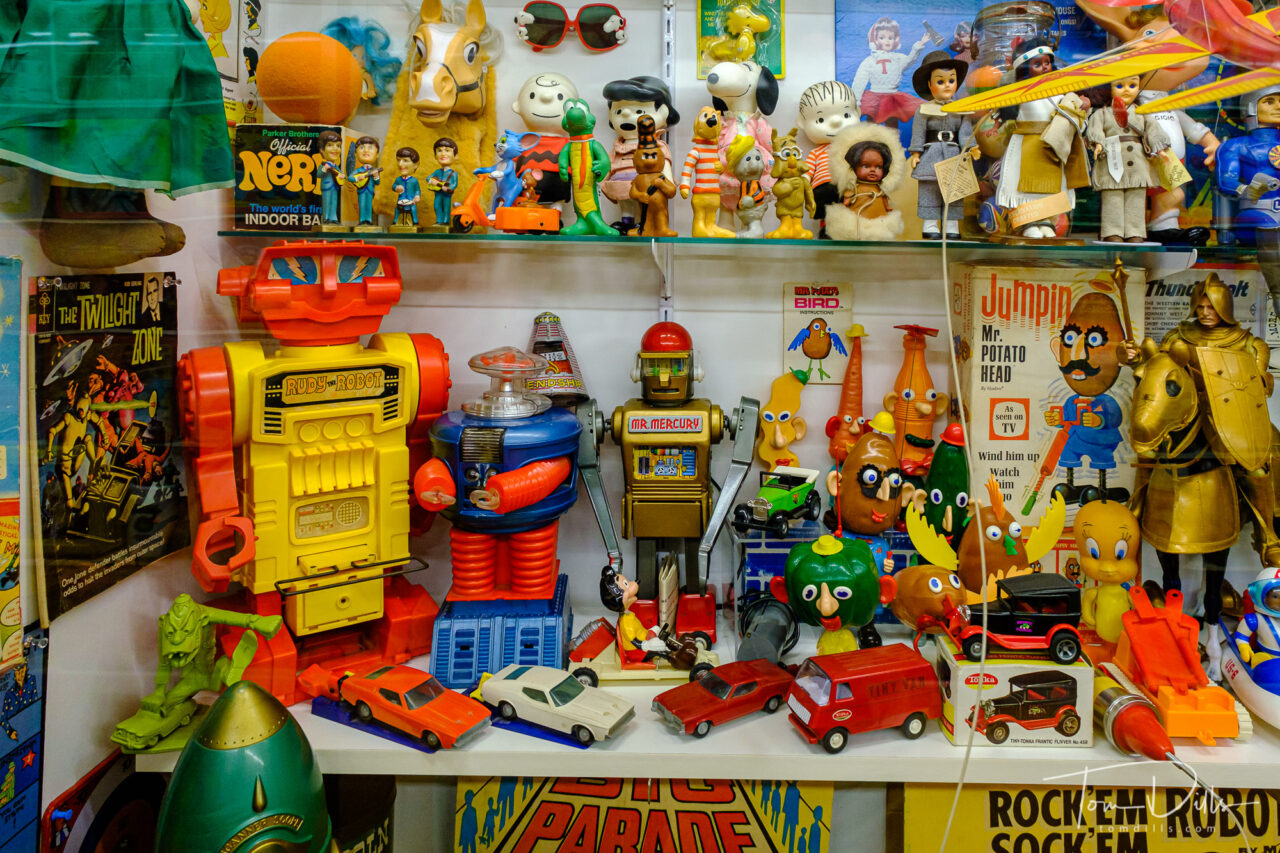
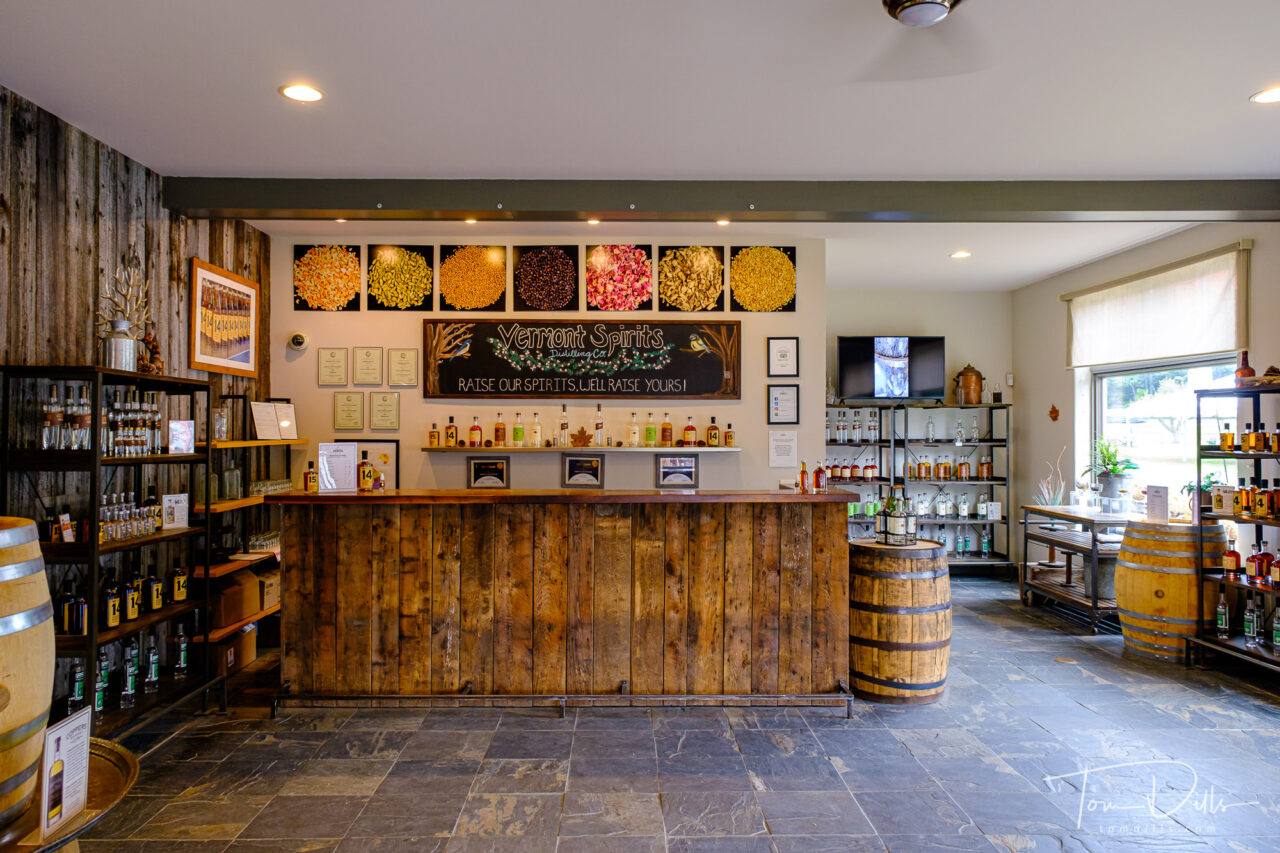
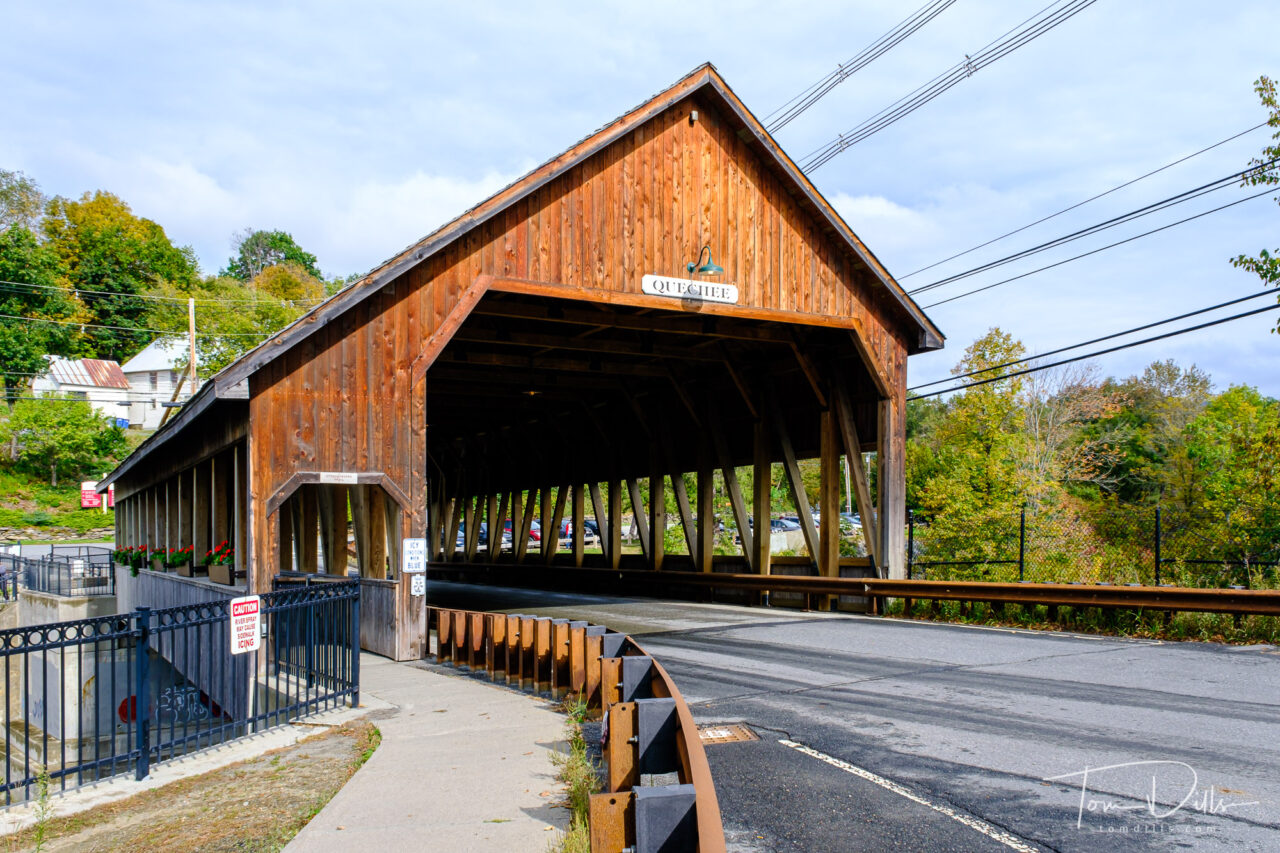
Next we stopped at a place called Quechee Village, and visited the Vermont Toy Museum (what a place – I’ll do a separate post) and Vermont Spirits Distilling Company. Of course we brought home souvenirs. Then it was on to Sugarbush Farm, a working maple syrup and cheese making farm near Woodstock, where we sampled and purchased some of their products. After that we visited The New England Maple Museum in Pittsford.
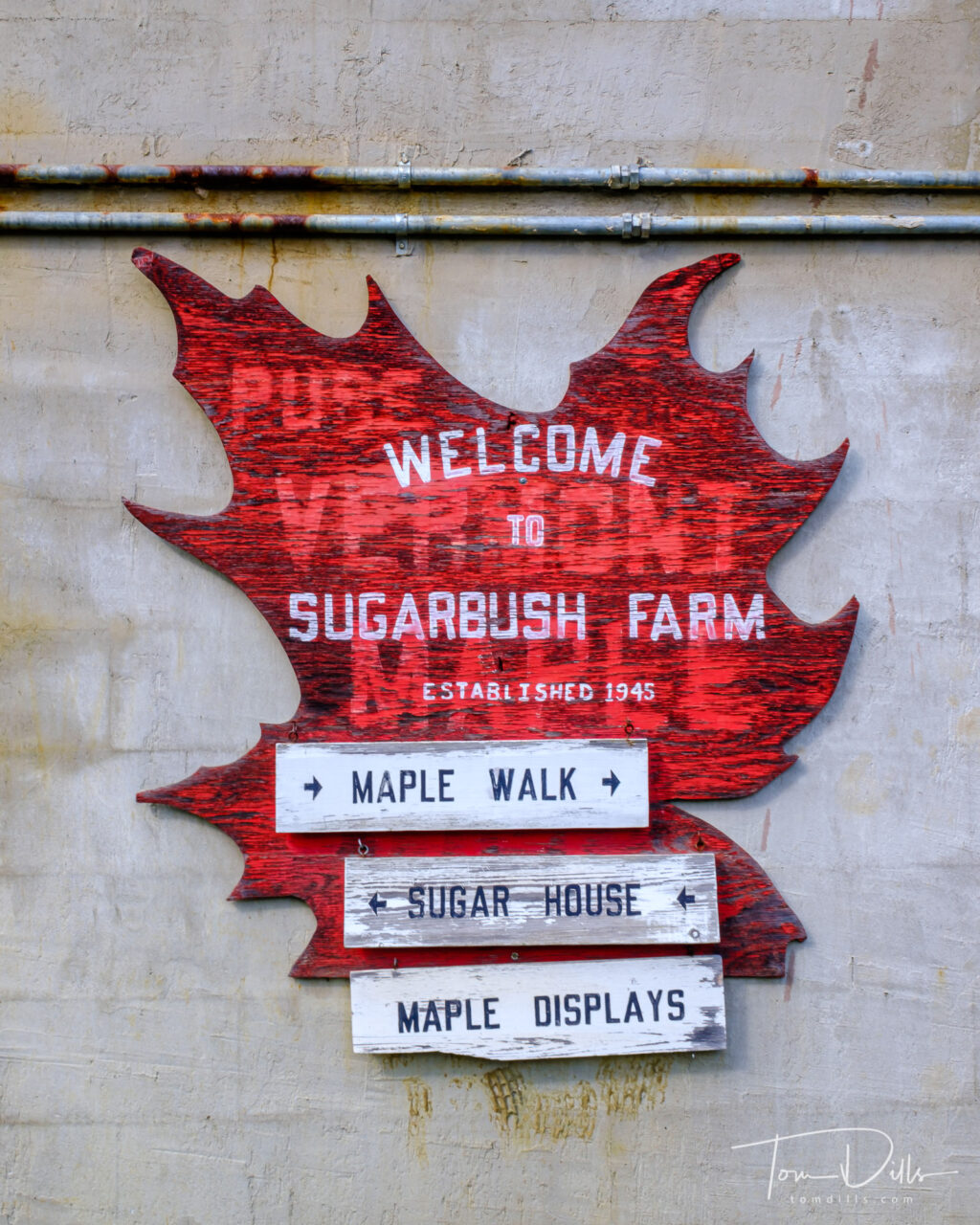
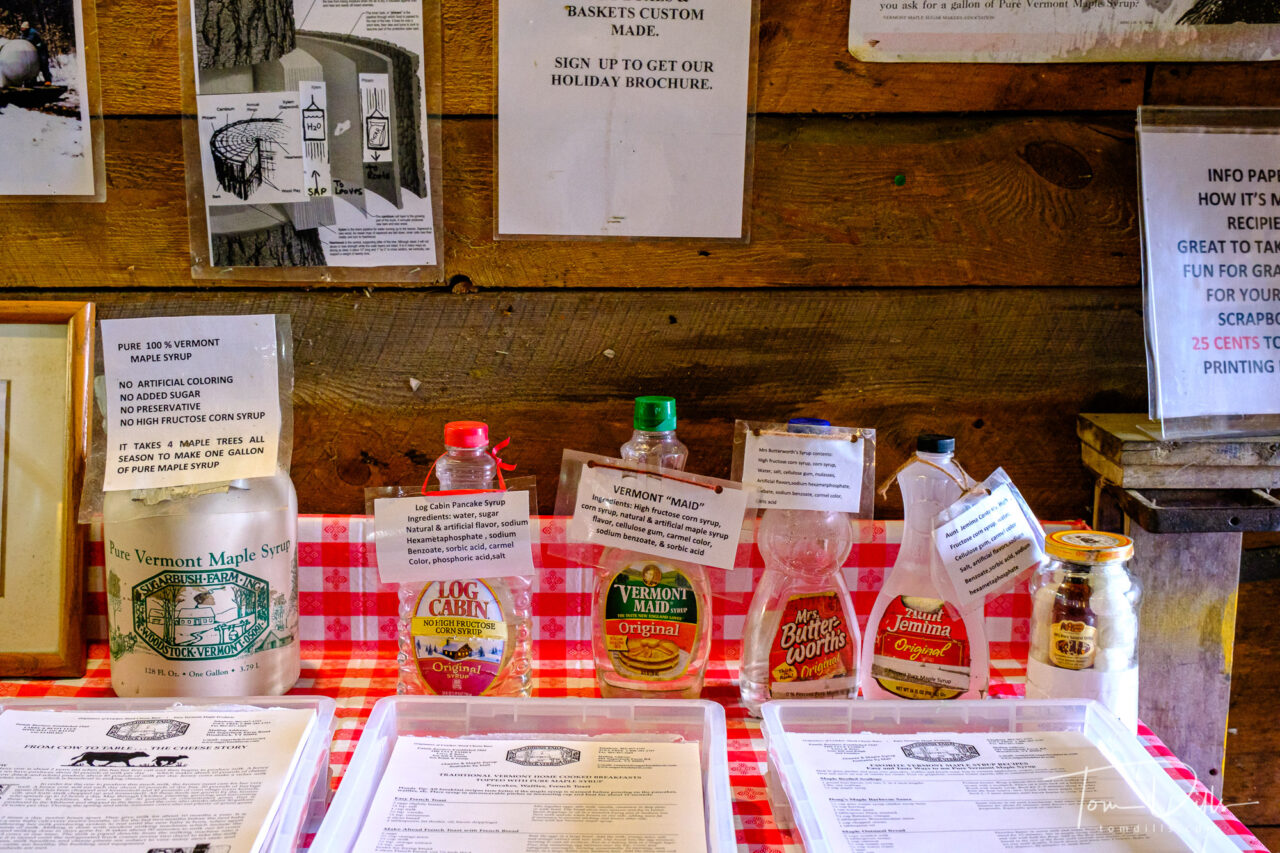
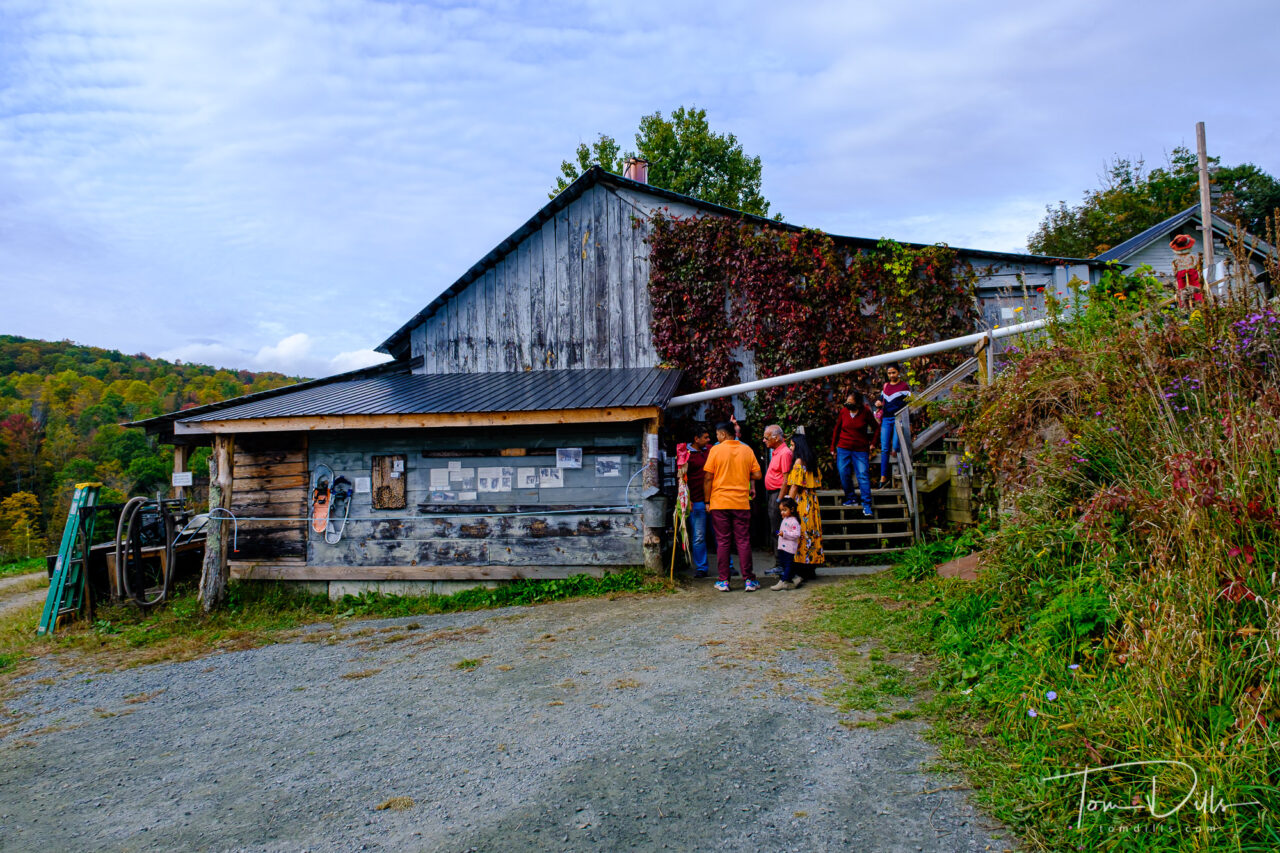
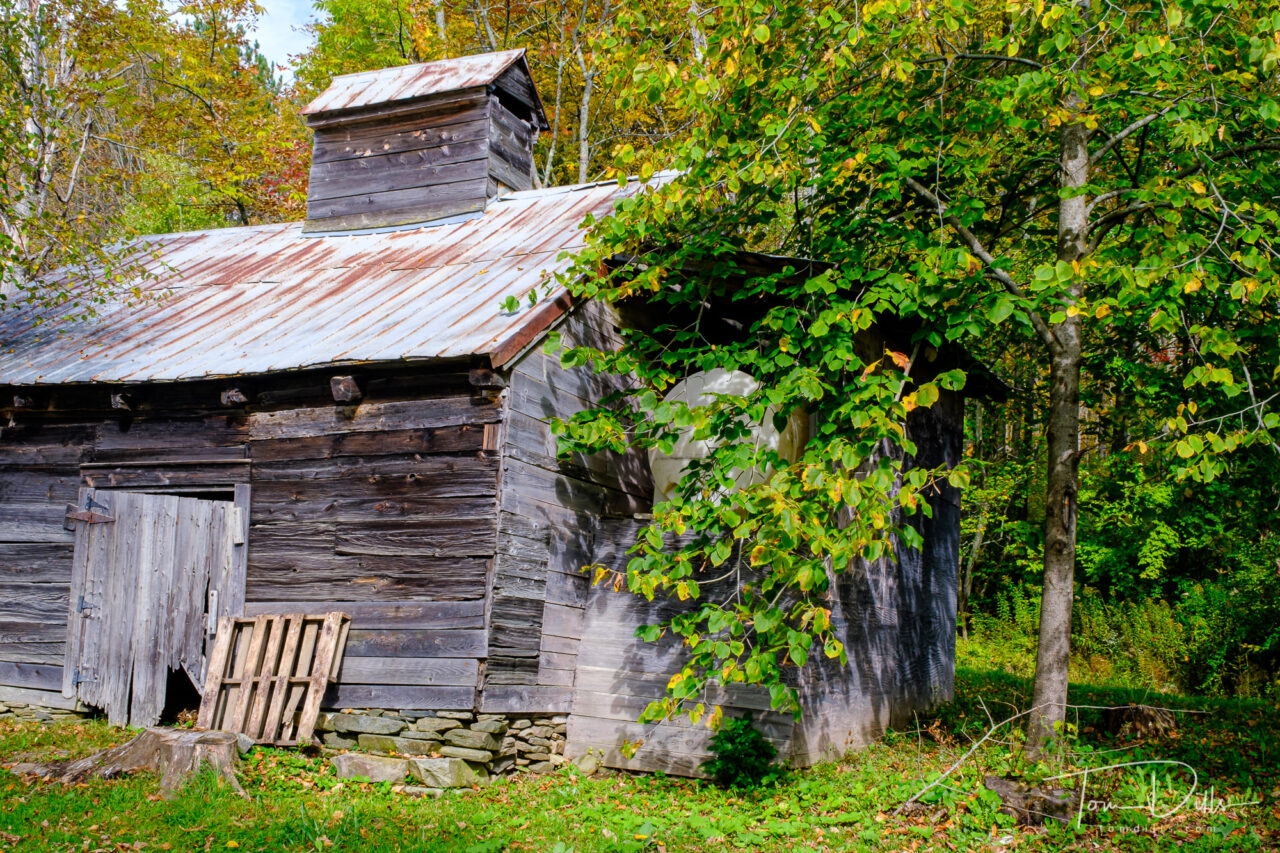
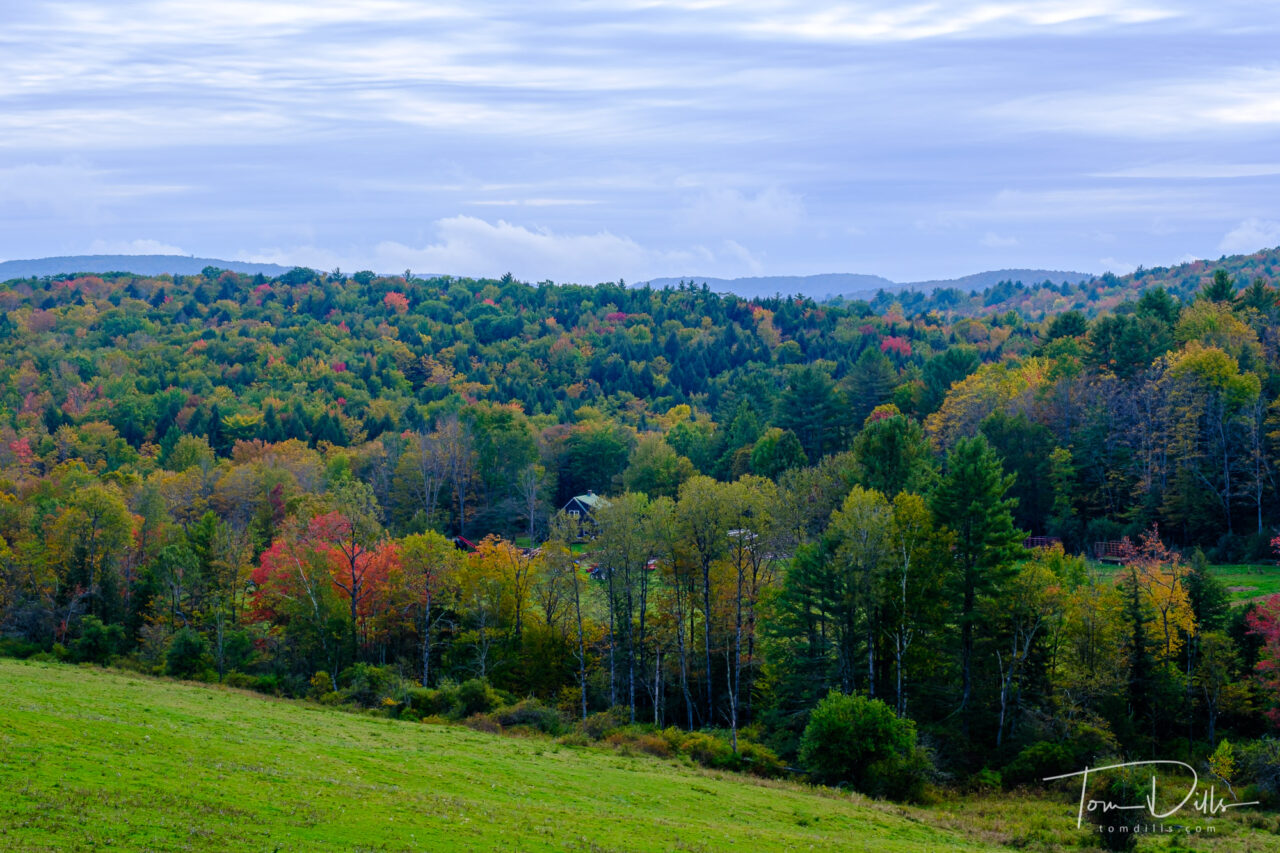
We spent most of our time in Burlington, which was essentially only one day since we got there late and were only staying two nights. But we crammed as much as possible into one day, visiting Ben & Jerry’s, taking a boat cruise on Lake Champlain, and exploring the town. After a nice dinner at an Irish pub, we headed back to our motel to prepare for the drive to New York.
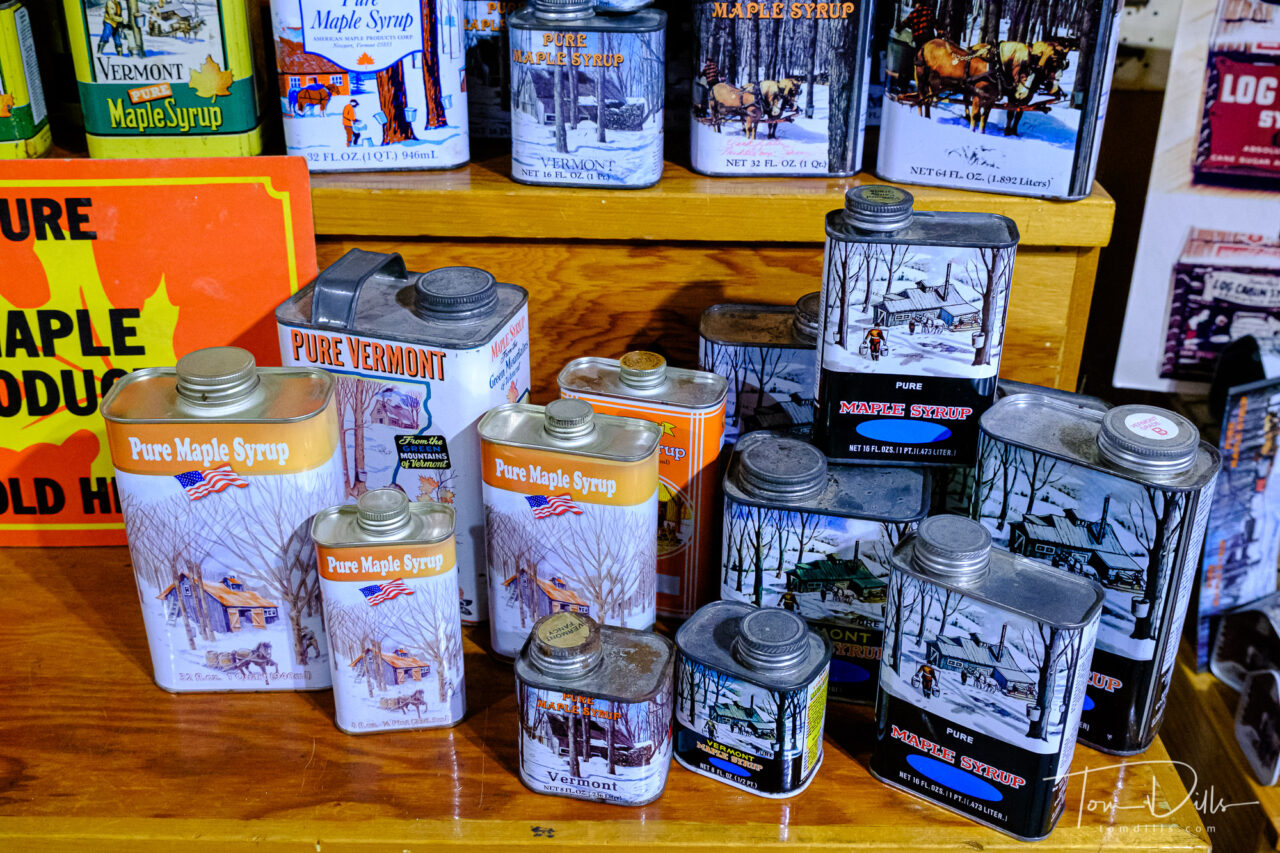
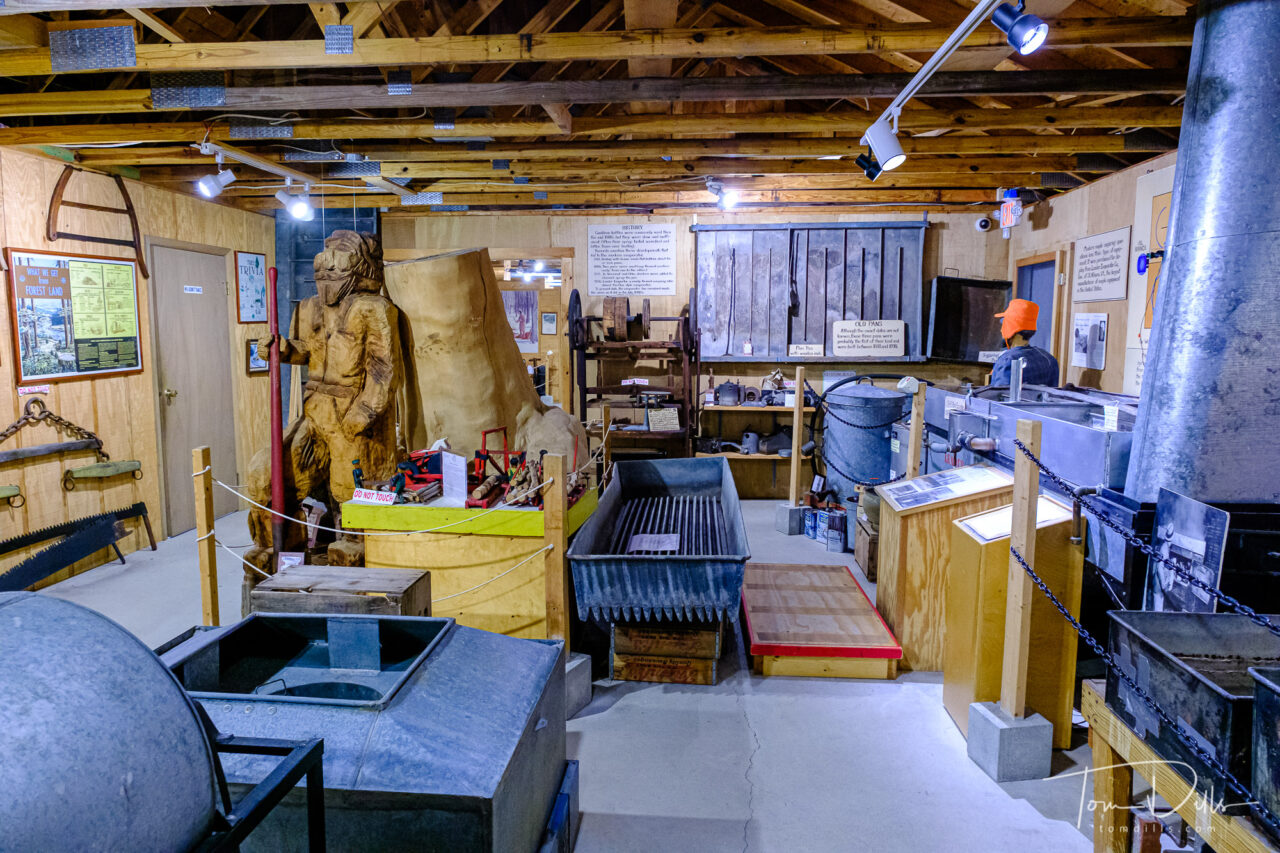
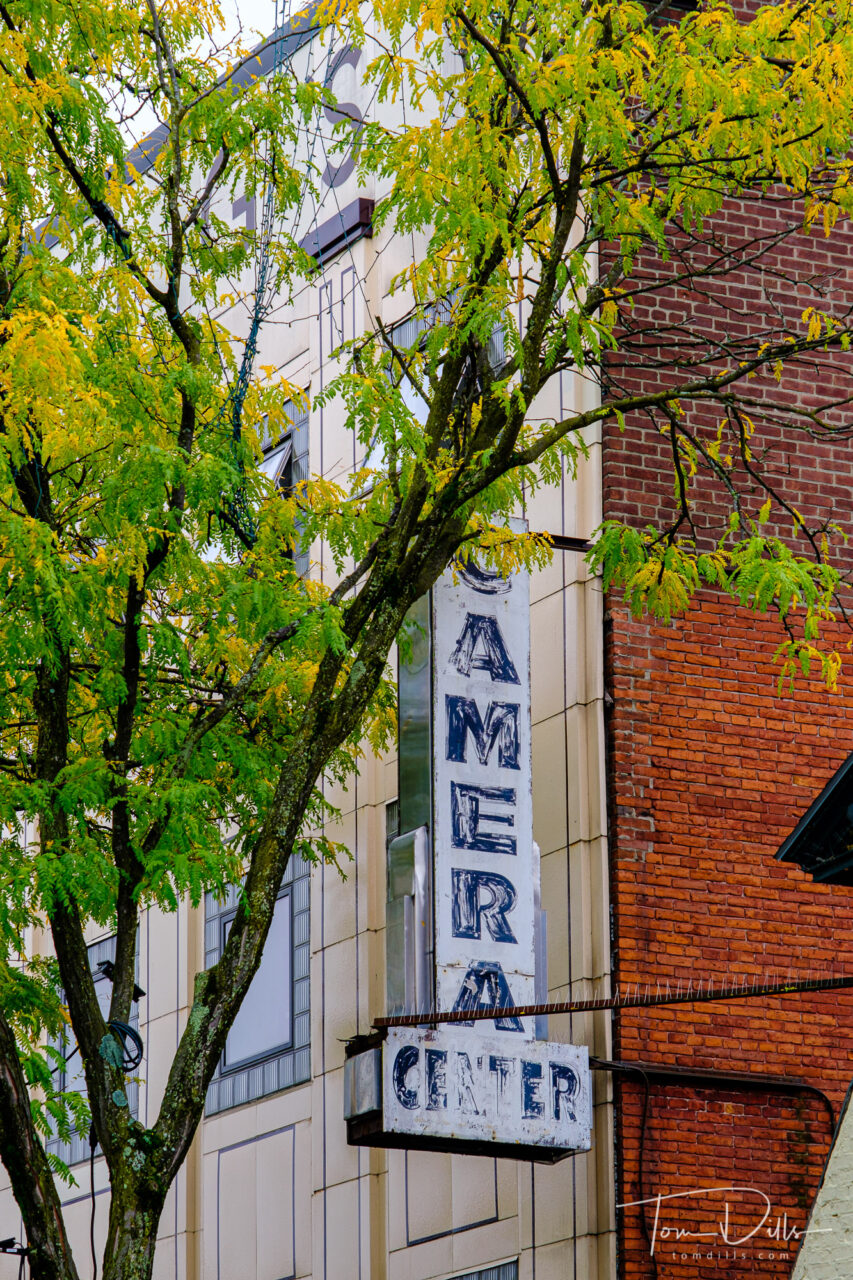
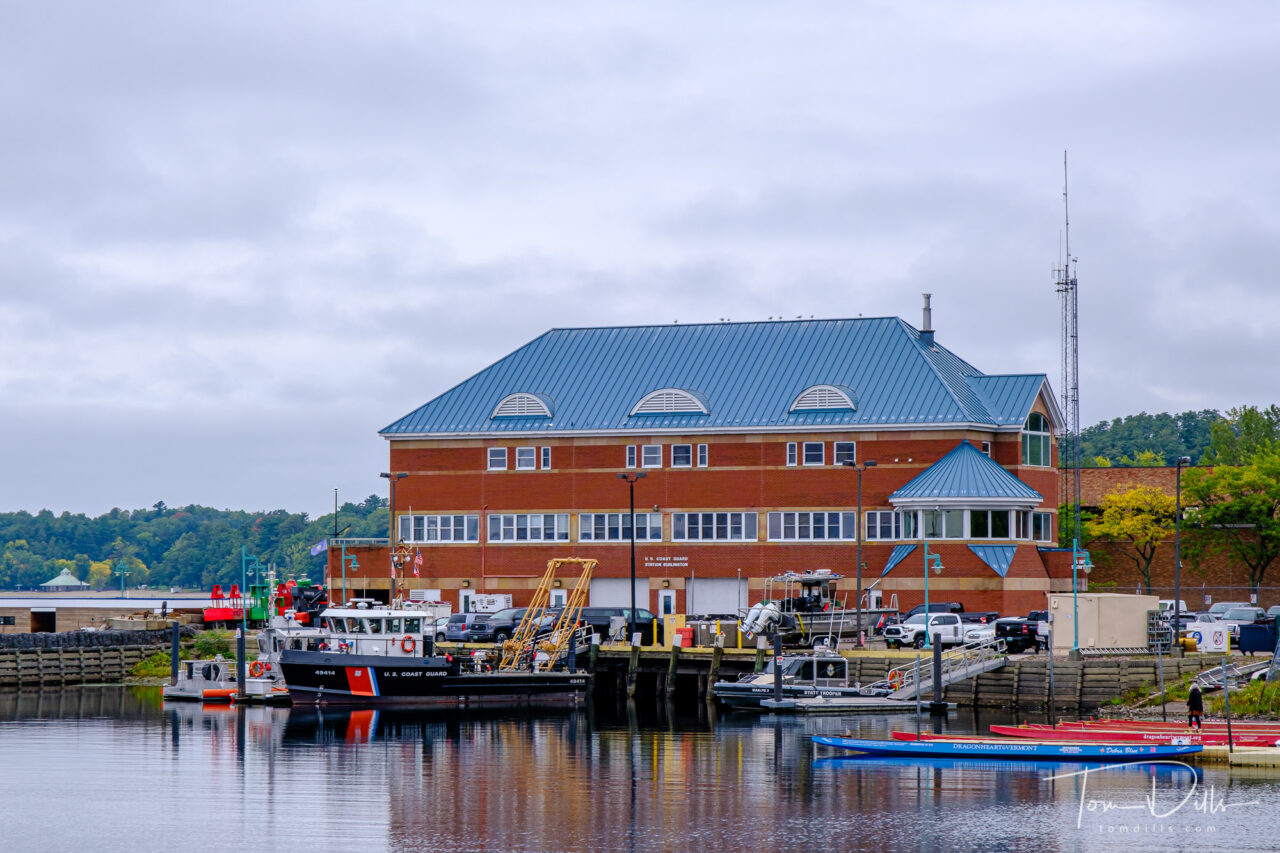
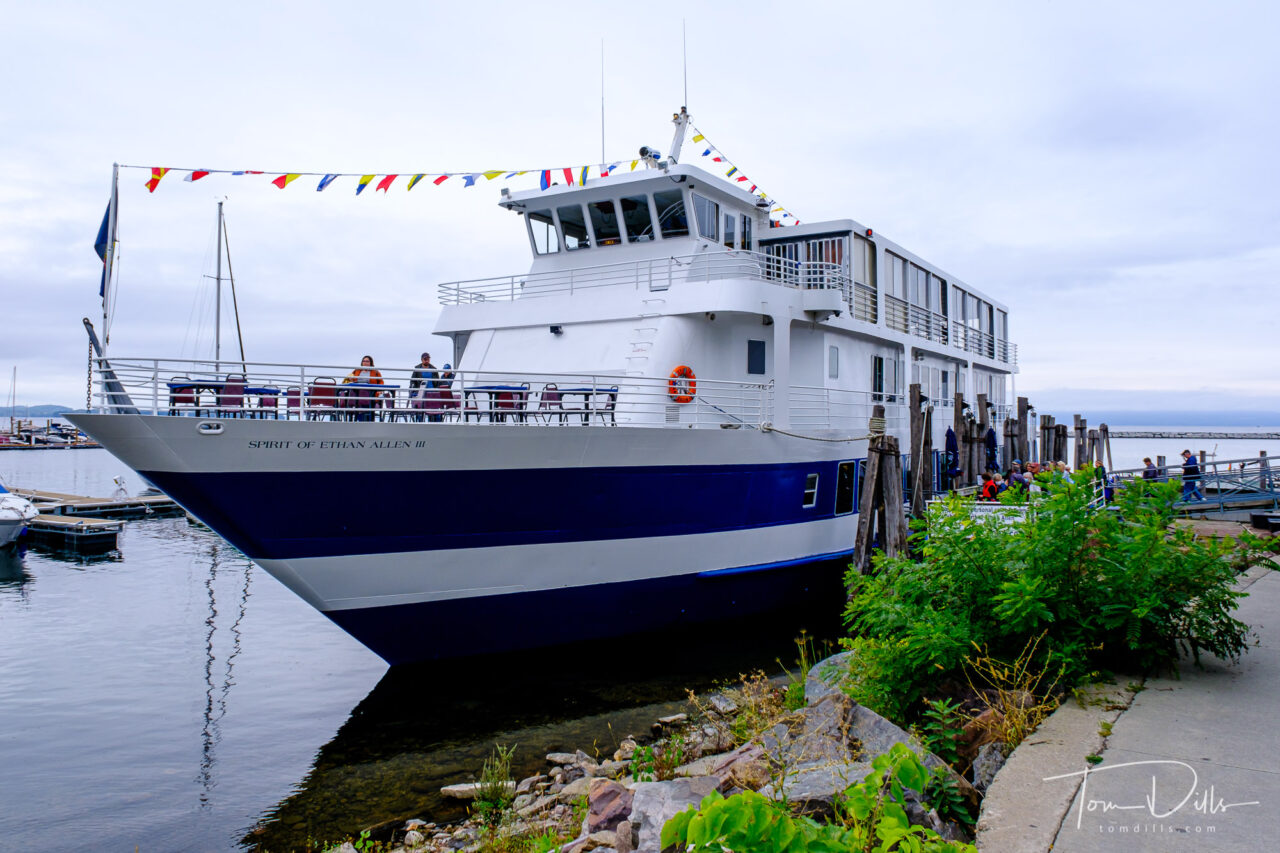
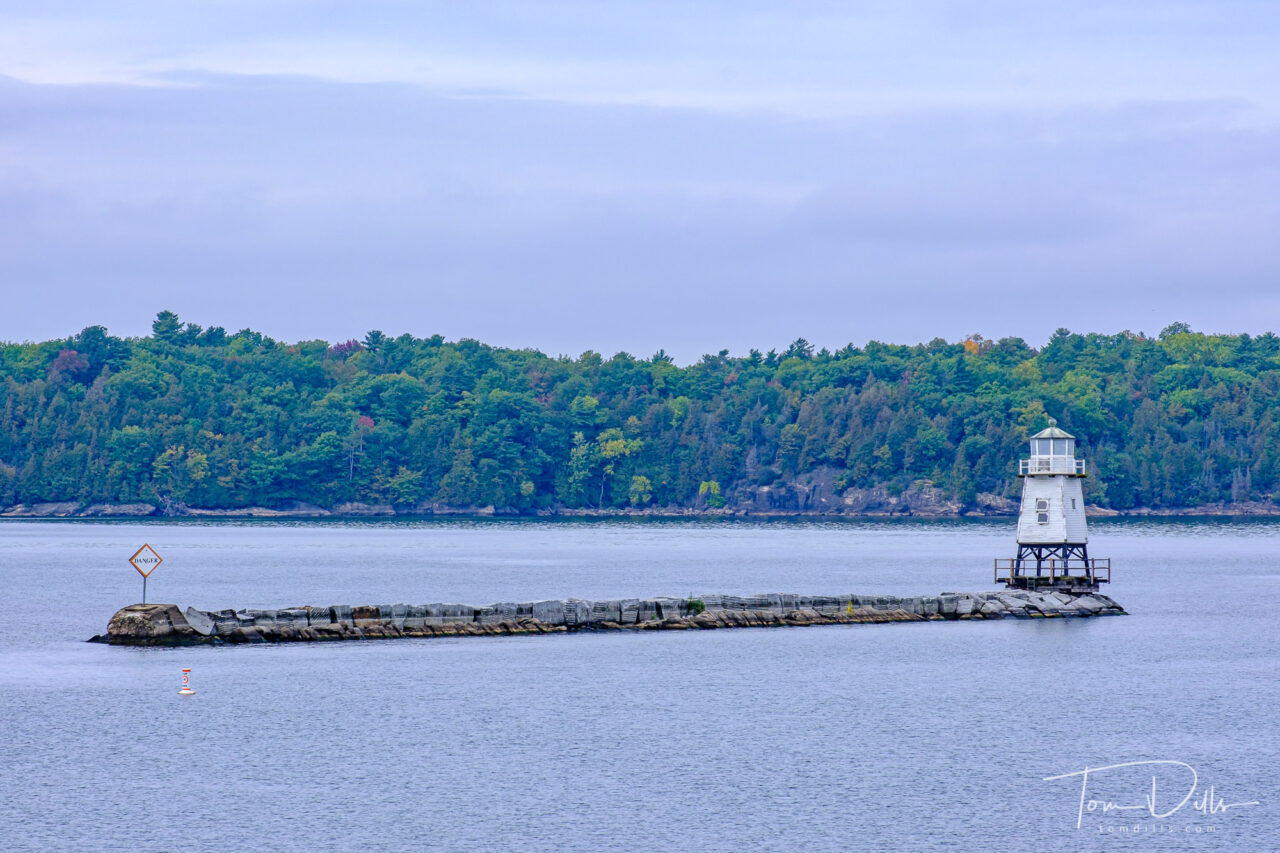
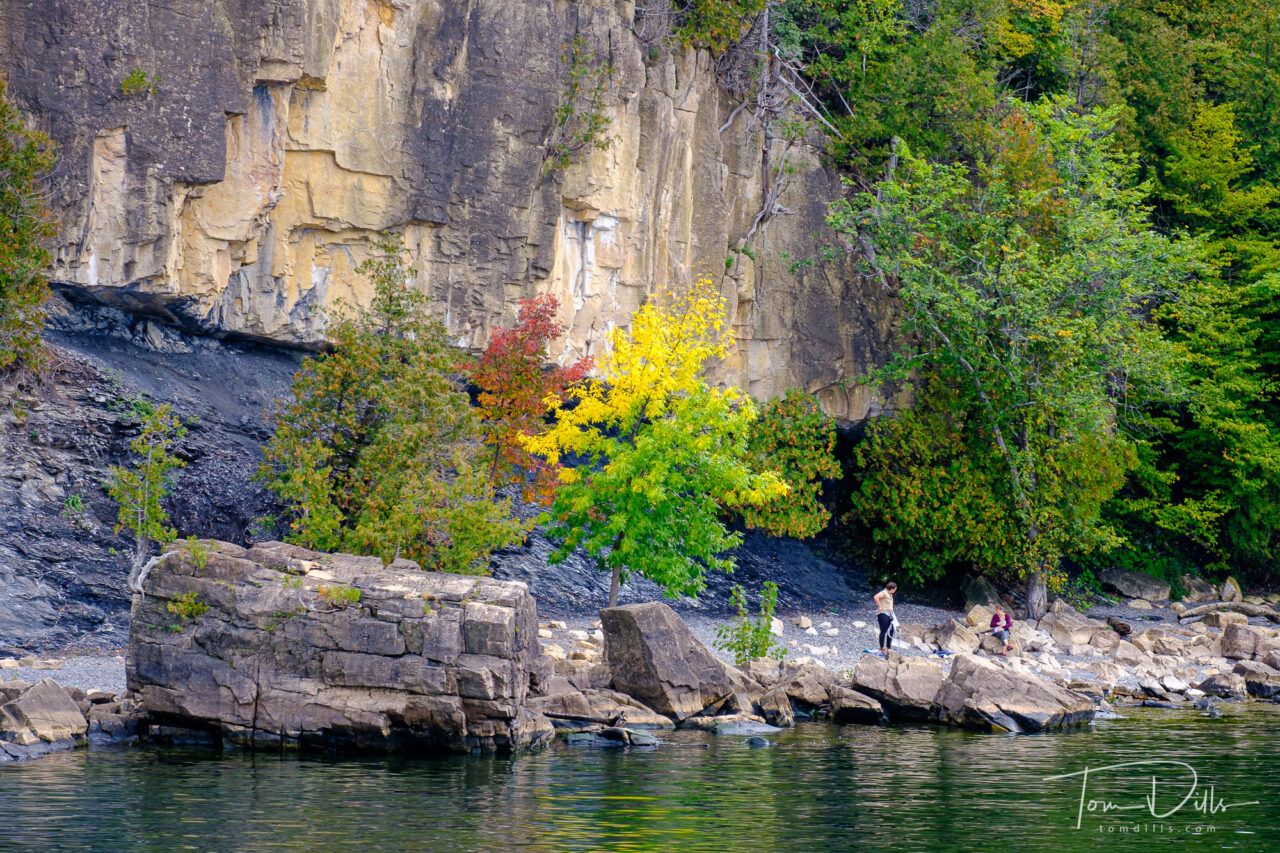
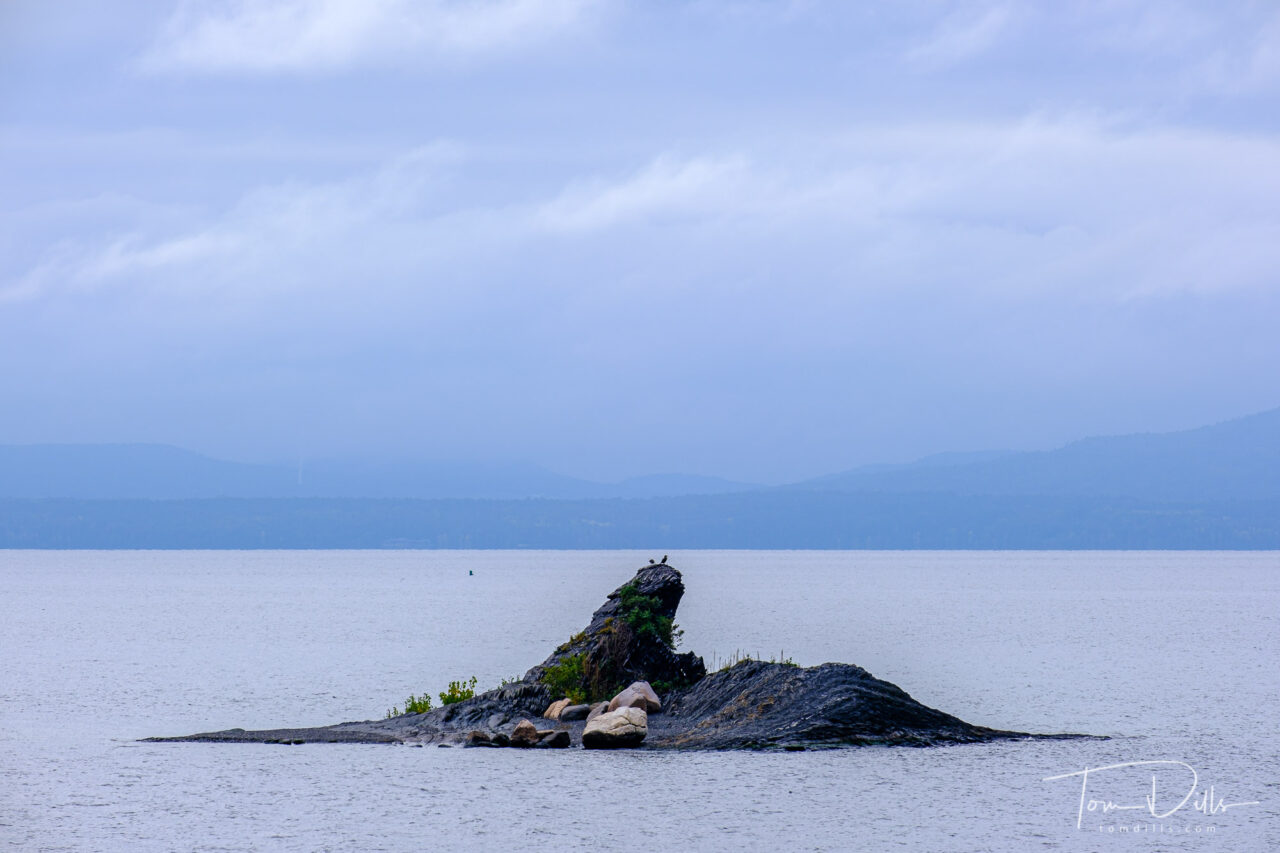
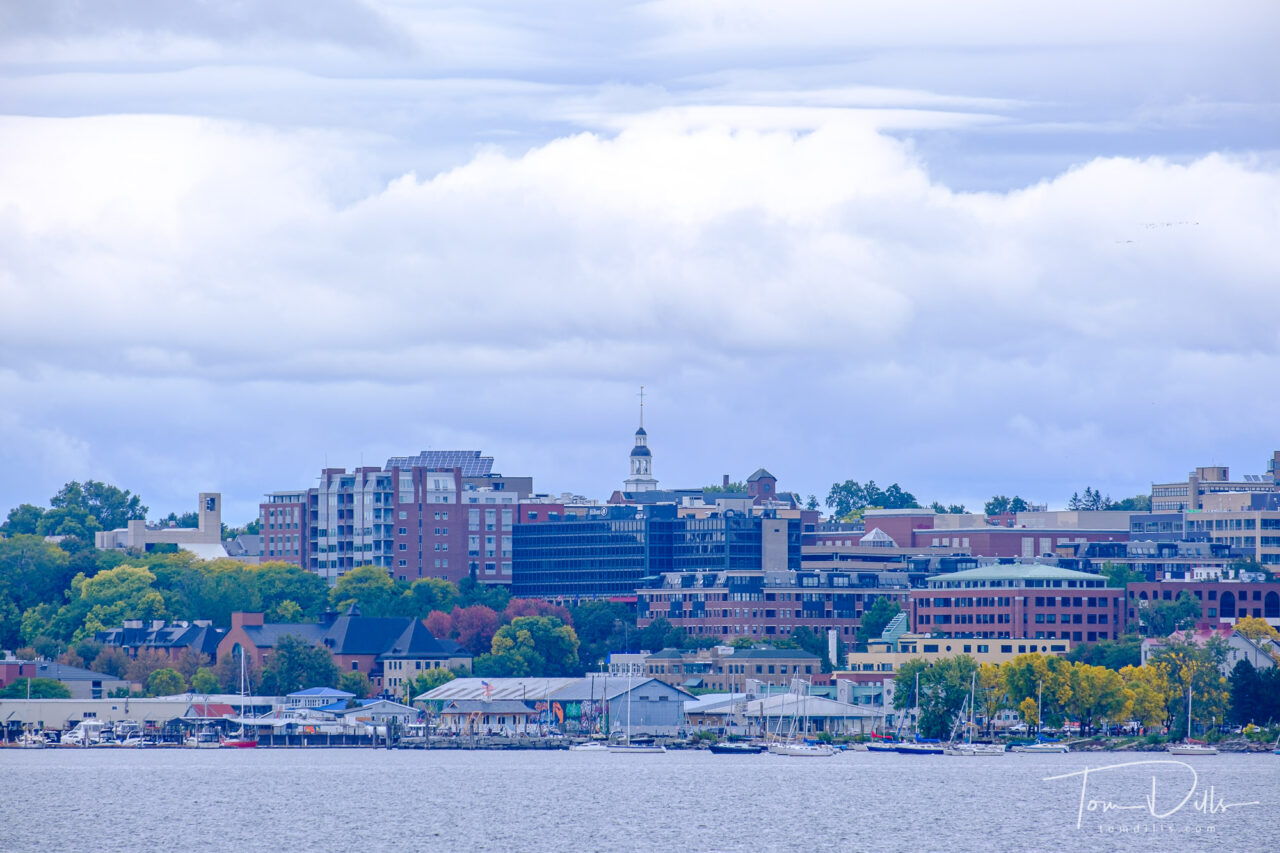
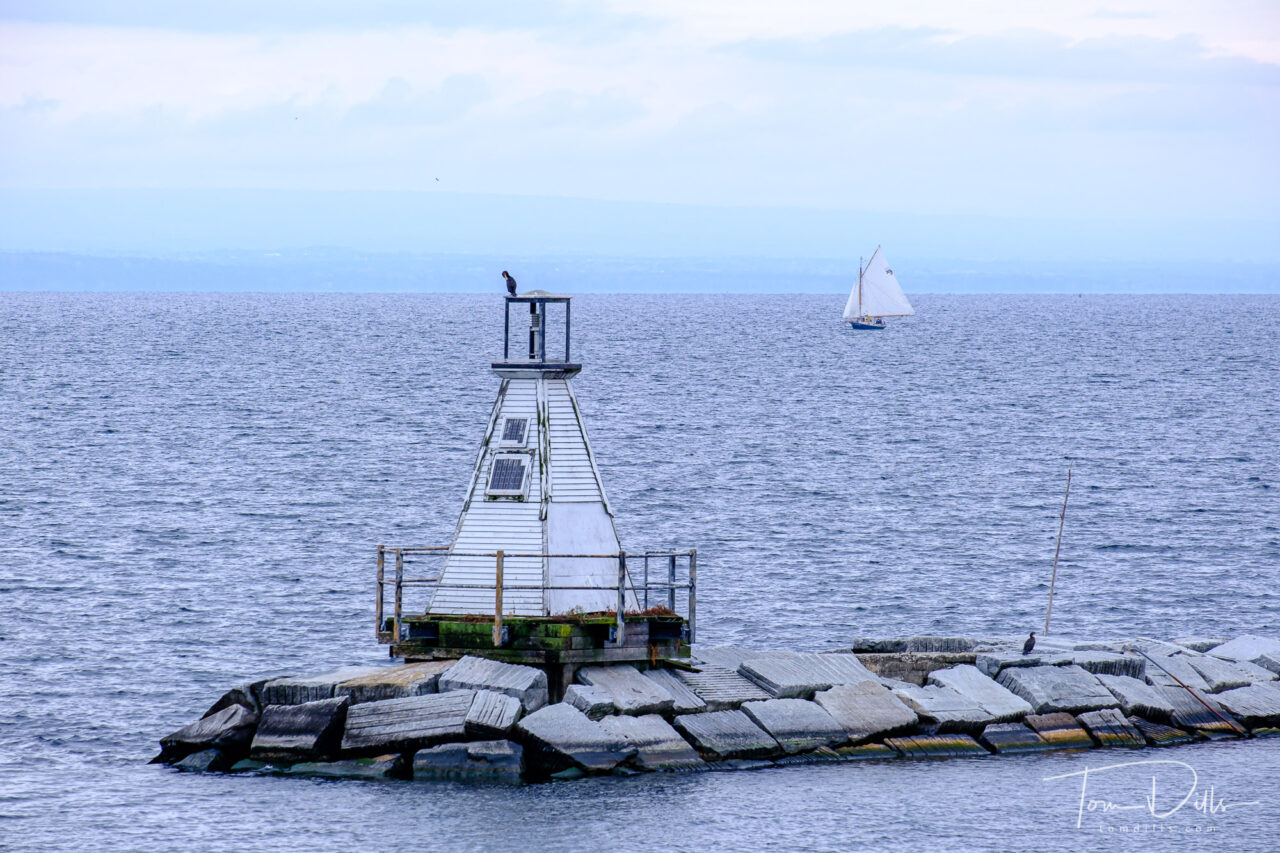
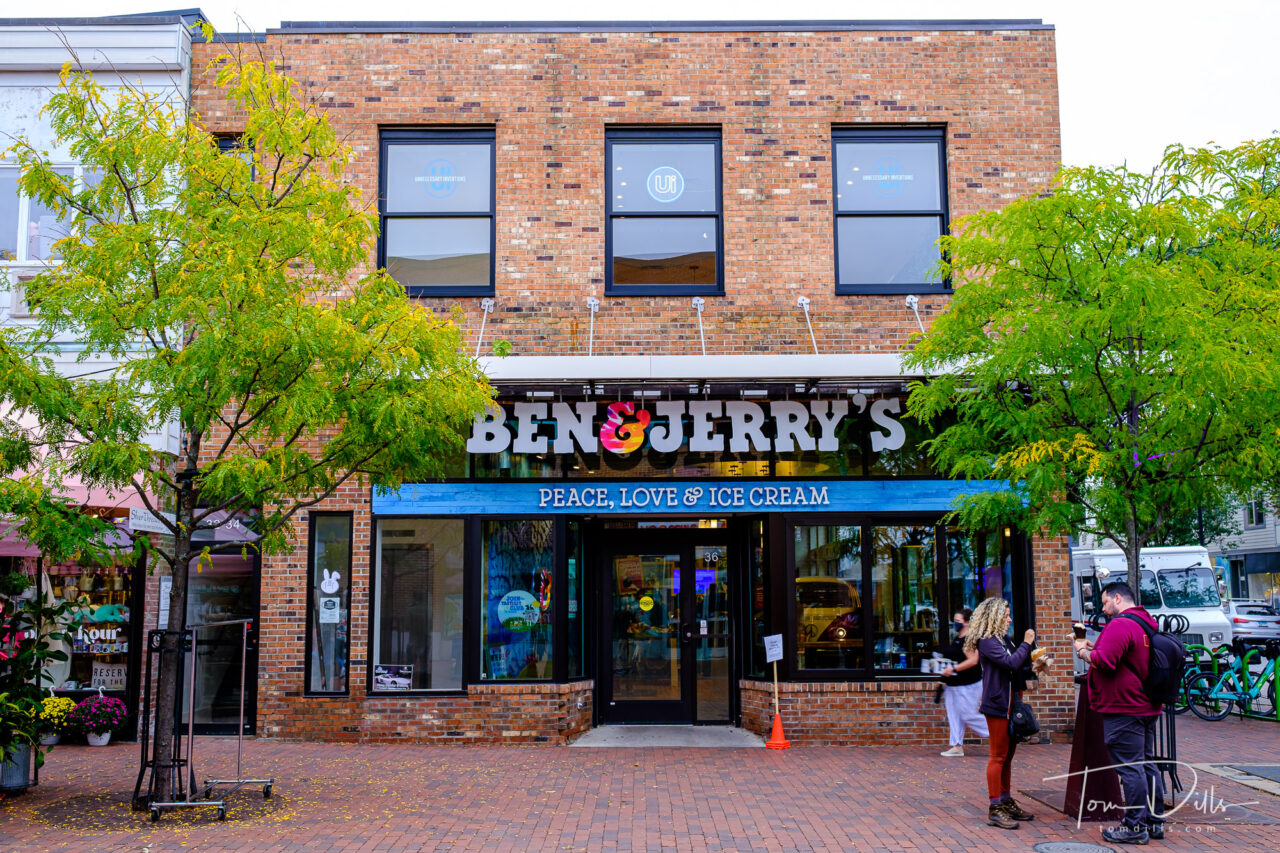
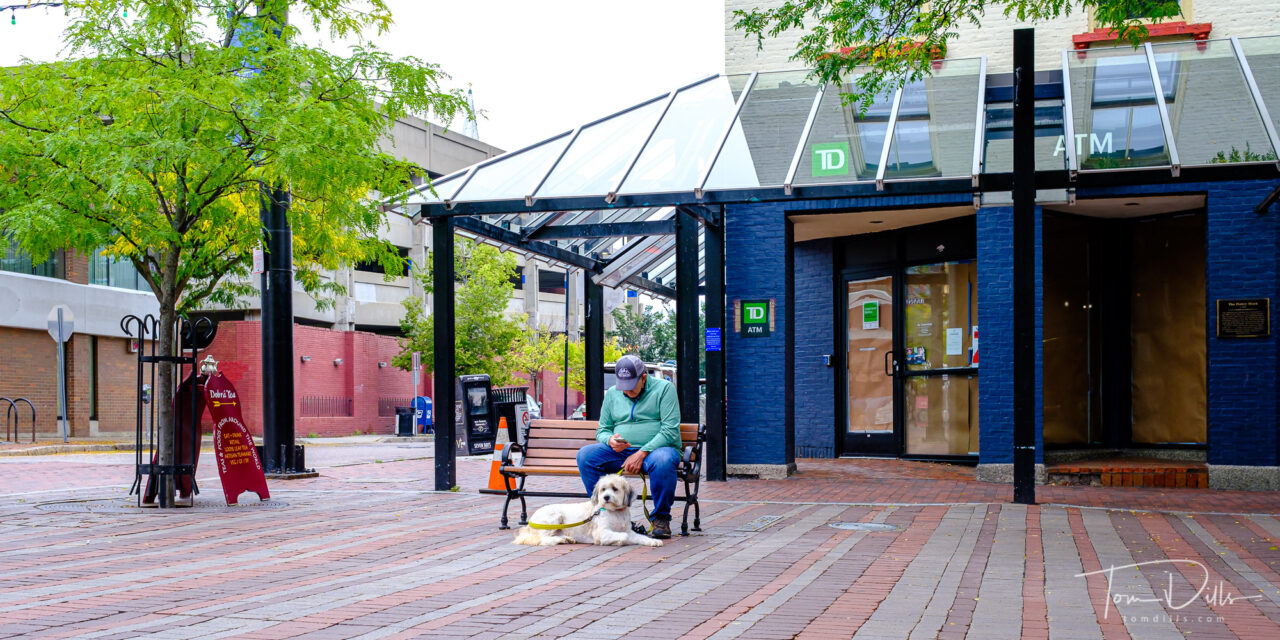
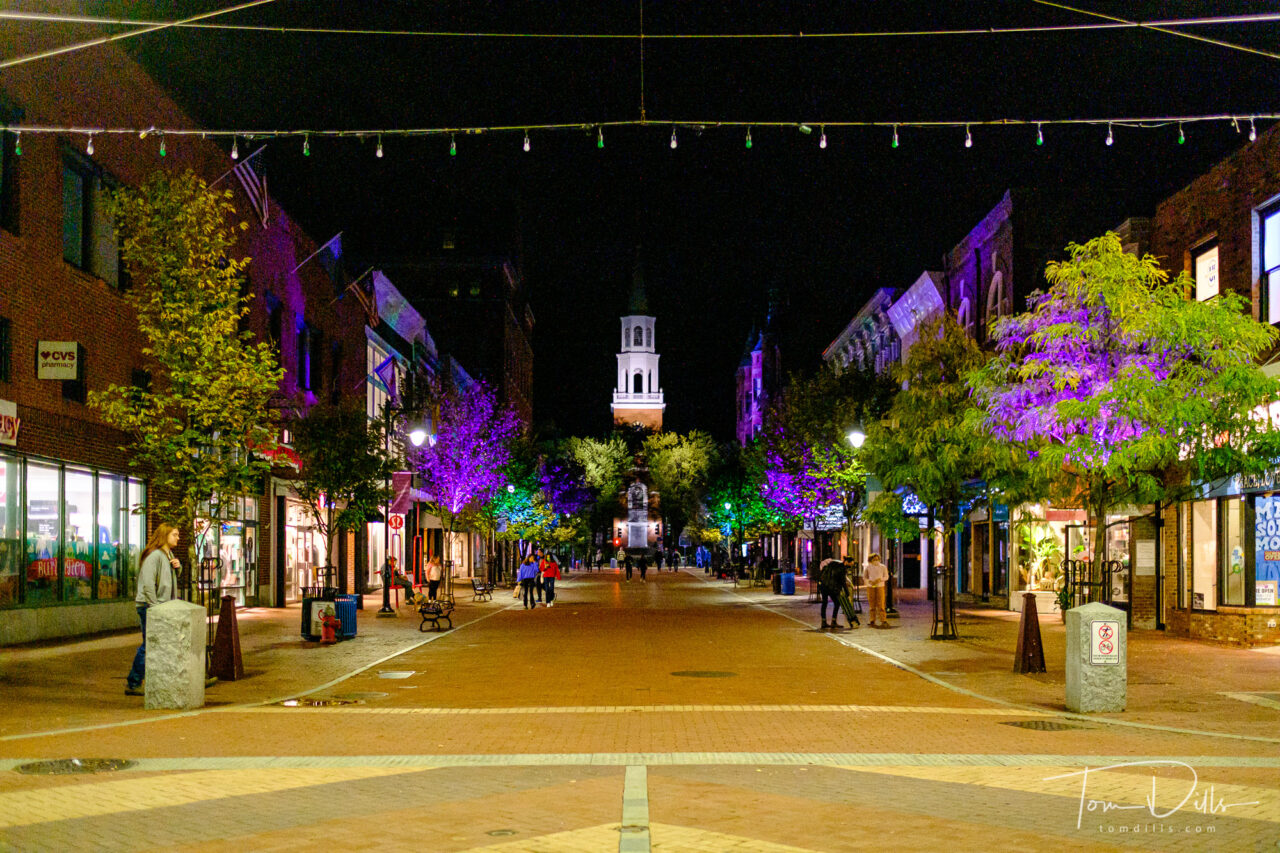
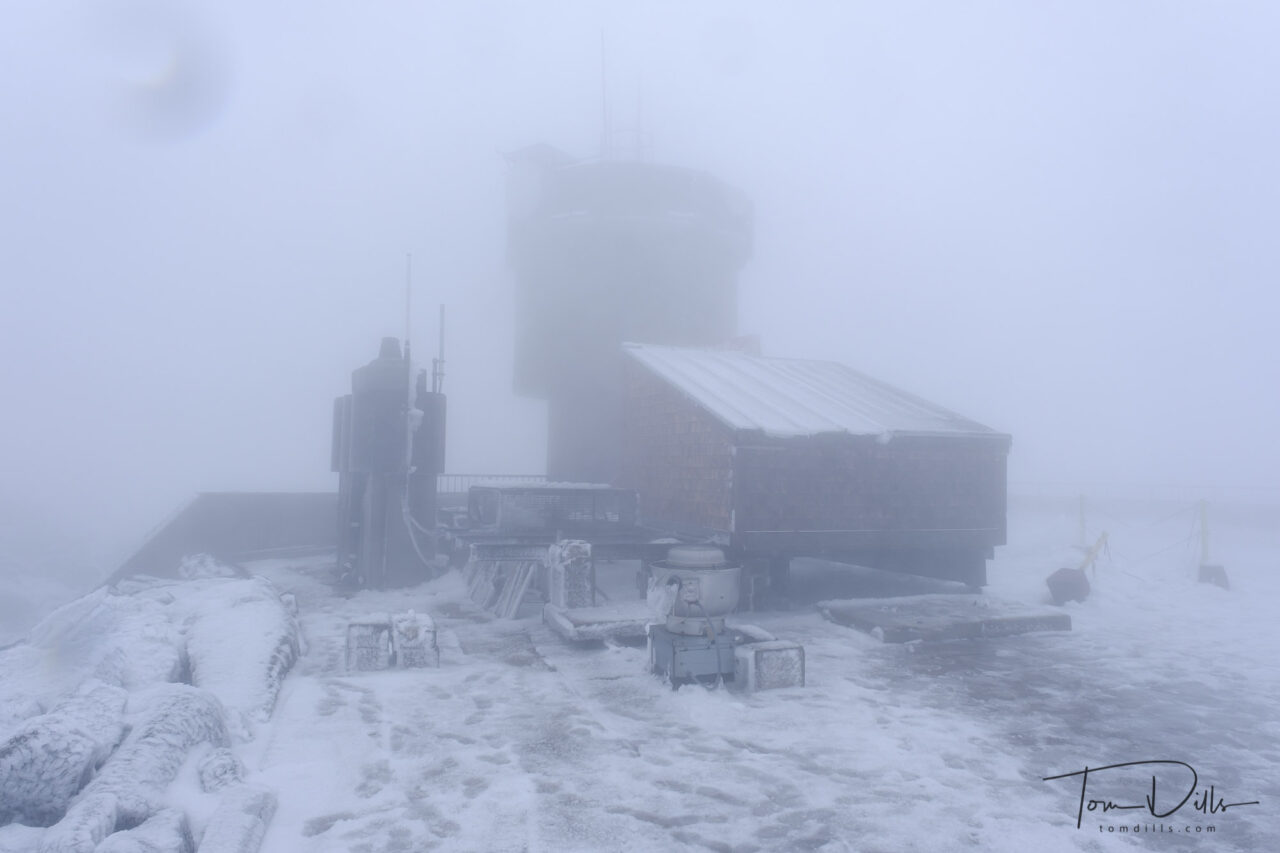
We were somewhat disappointed with our time in both New Hampshire and Vermont, but it wasn’t the states’ fault. A low pressure system decided to visit about the same time we did, and other than a little sun at the beginning, it was mostly rain, fog and general cuck the entire time we were there.
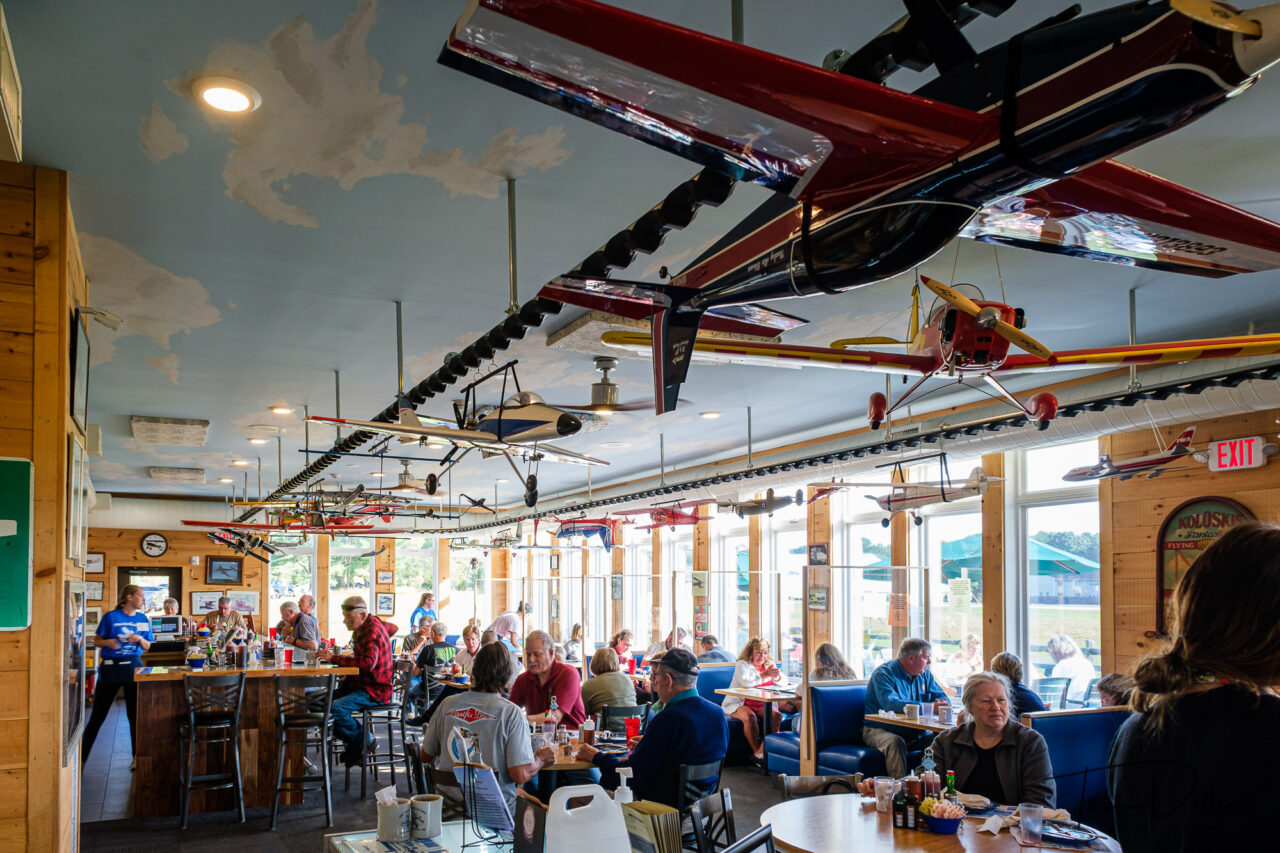
Our first visit to New Hampshire actually occurred when we passed through the twenty-ish mile strip of the state that sits along the coast between Massachusetts and Maine. We stopped for breakfast at The Airport Cafe in North Hampton, which as you would guess, is a cafe at a small airport. One of the highlights there is a track attached to the ceiling that carries a parade of model aircraft around the restaurant, much like you would see a train running in some place. It was very clever, and from what little I know about conveyor systems, appeared to be very well designed. If you ever go there, I recommend the Cinnamon Streusel French Toast. Sugar coma on a plate!
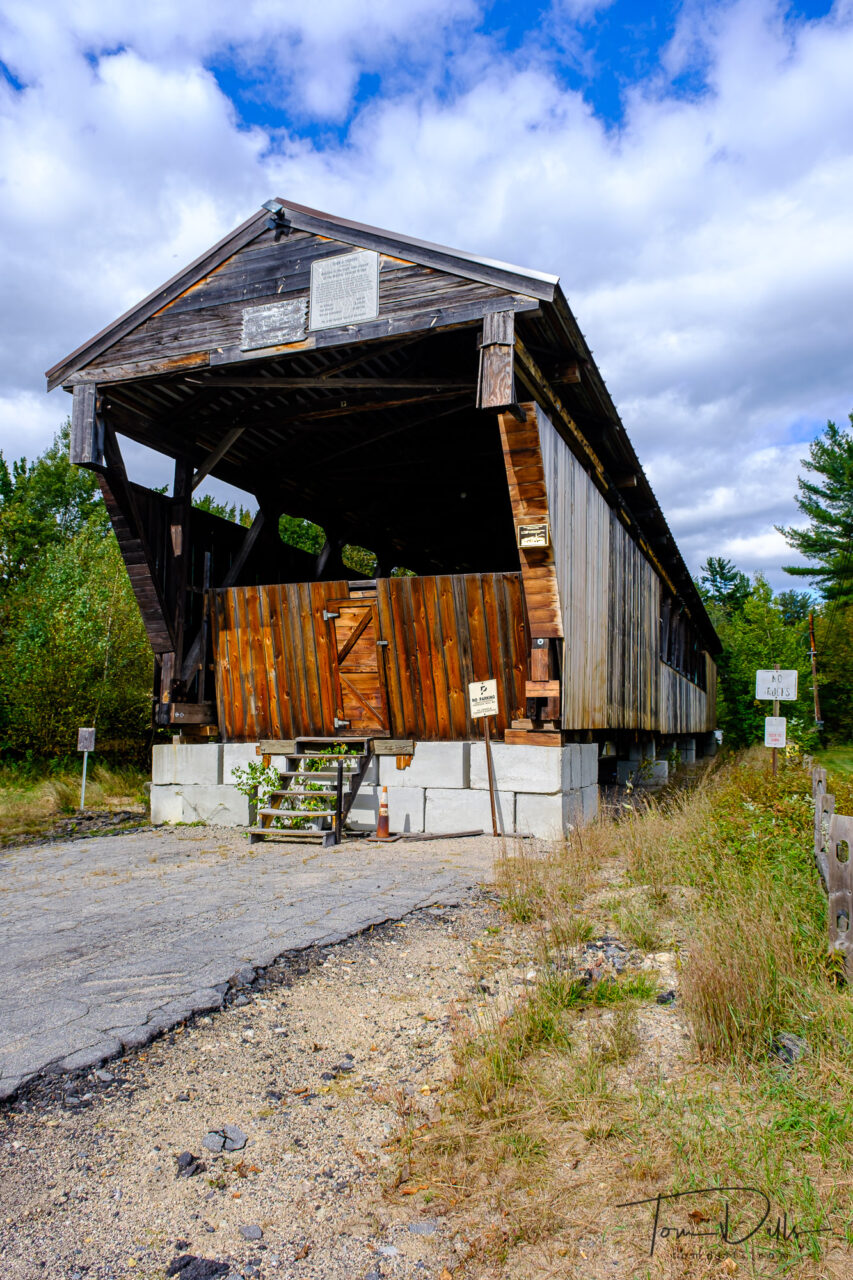

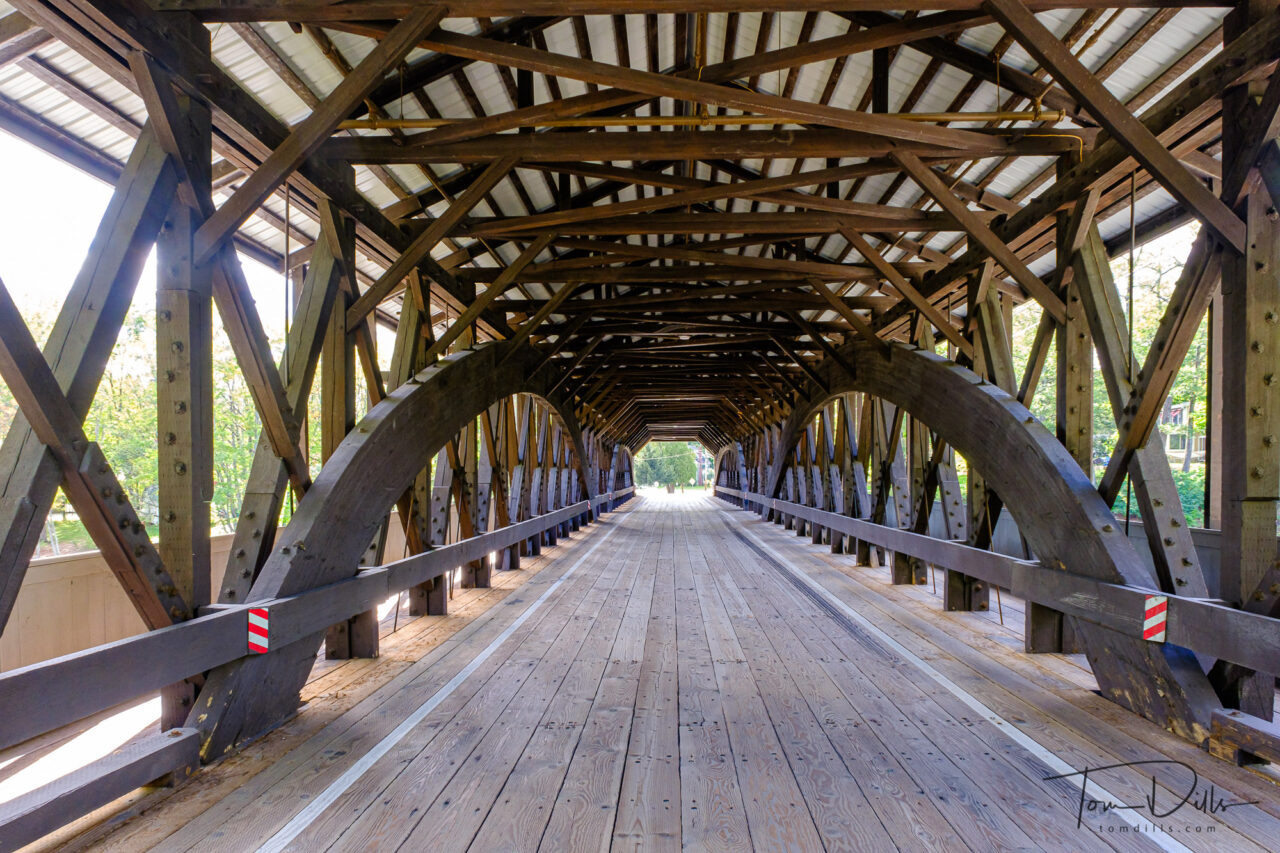
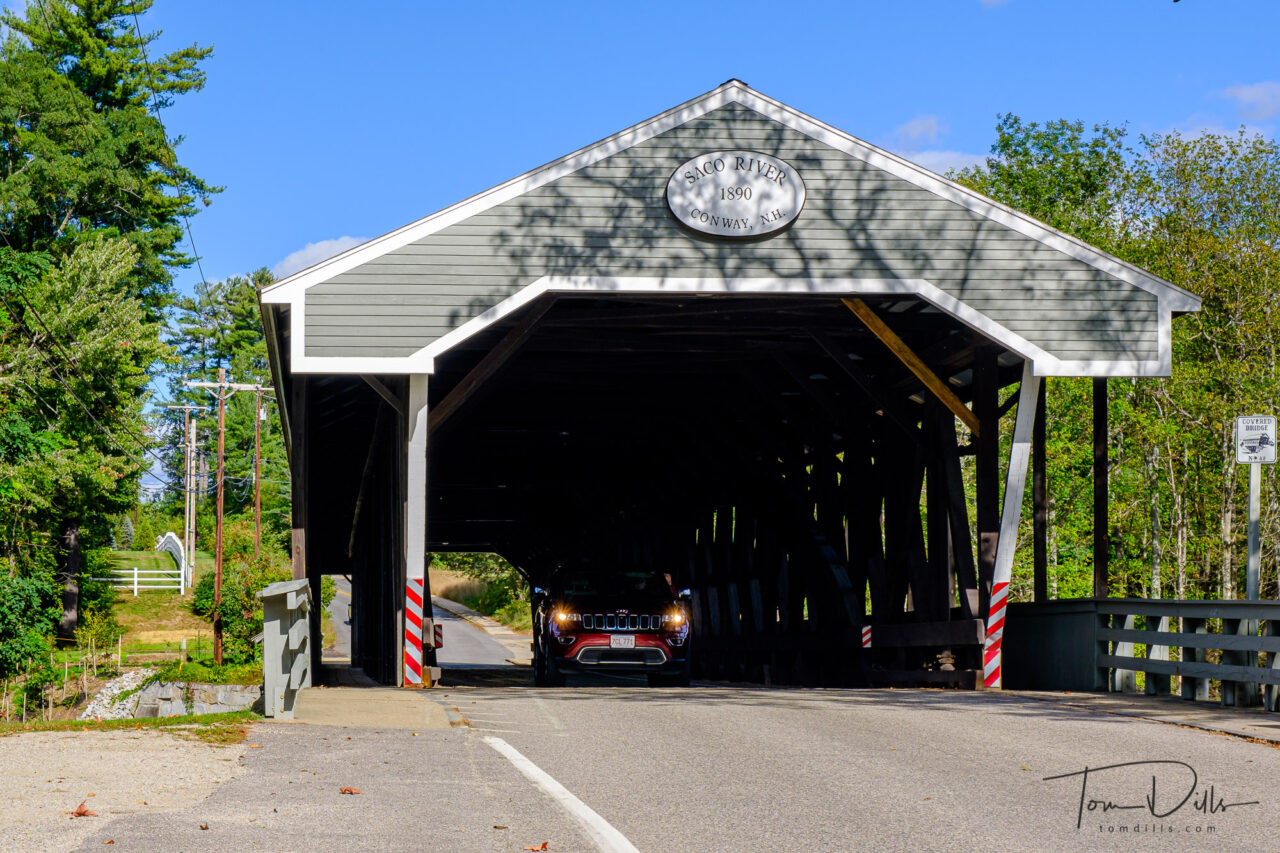
After all of the lighthouses on the coast, it was nice to see something different: COVERED BRIDGES! We had identified a number of them along our drive from Asticou to North Conway, where we had arranged to spend a couple of nights. We visited bridges in or near the towns of Ossipee and Conway (Conway has at least three!).
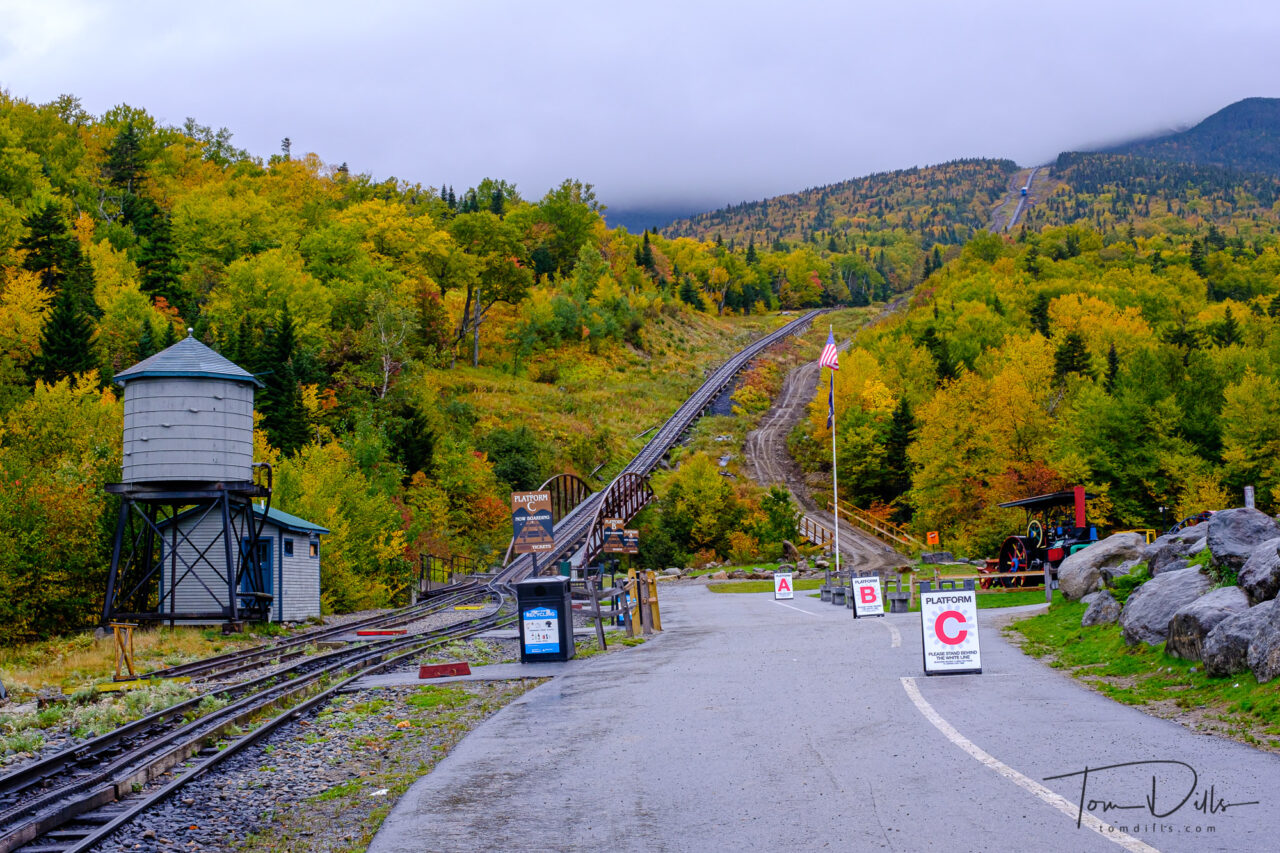
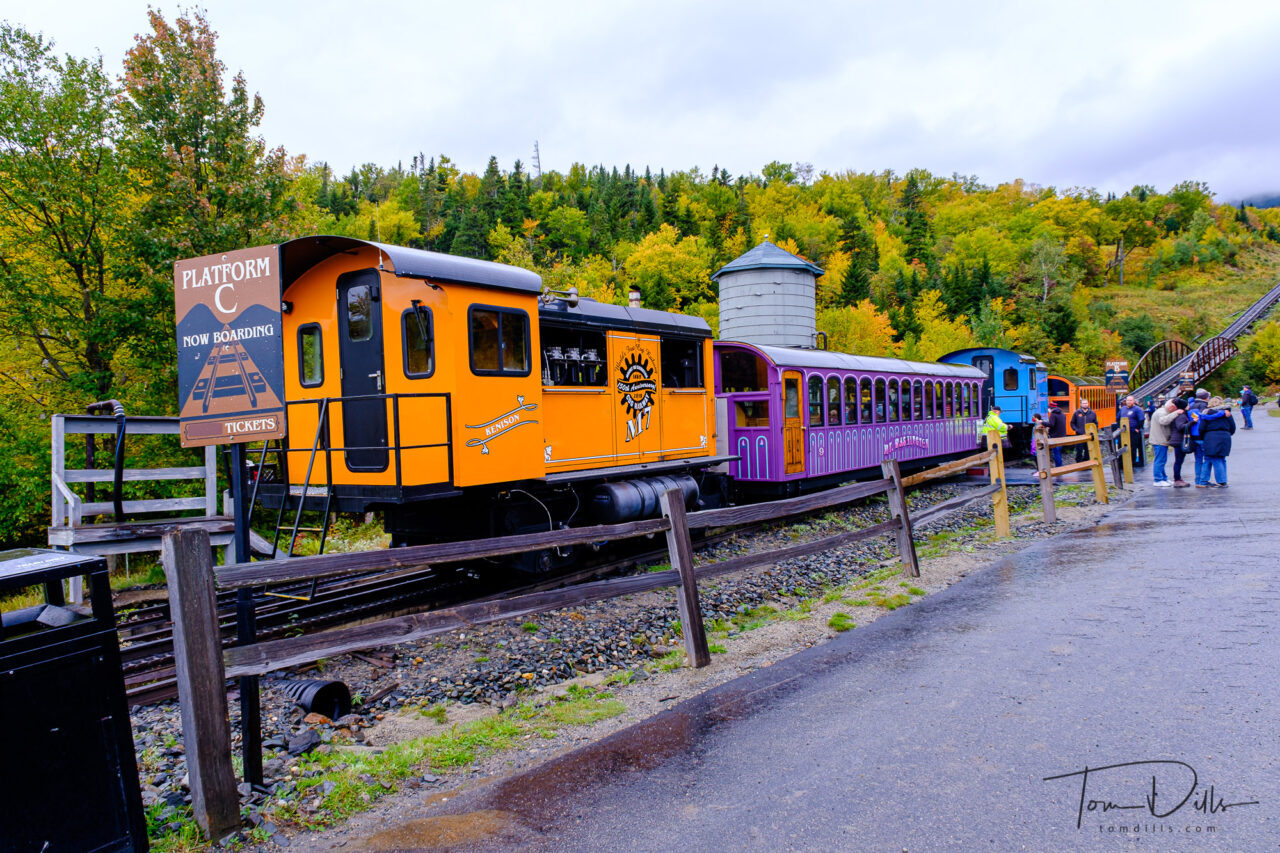

The highlight of our New Hampshire visit was a ride on the Mount Washington Cog Railway, to the top of Mount Washington. When we woke up that morning, it was about 40 degrees and starting to rain. When we got to the parking area for the railway base station, it was 35 degrees and raining harder. We brought everything we could bring to try and keep warm, and it was just barely doing the job.
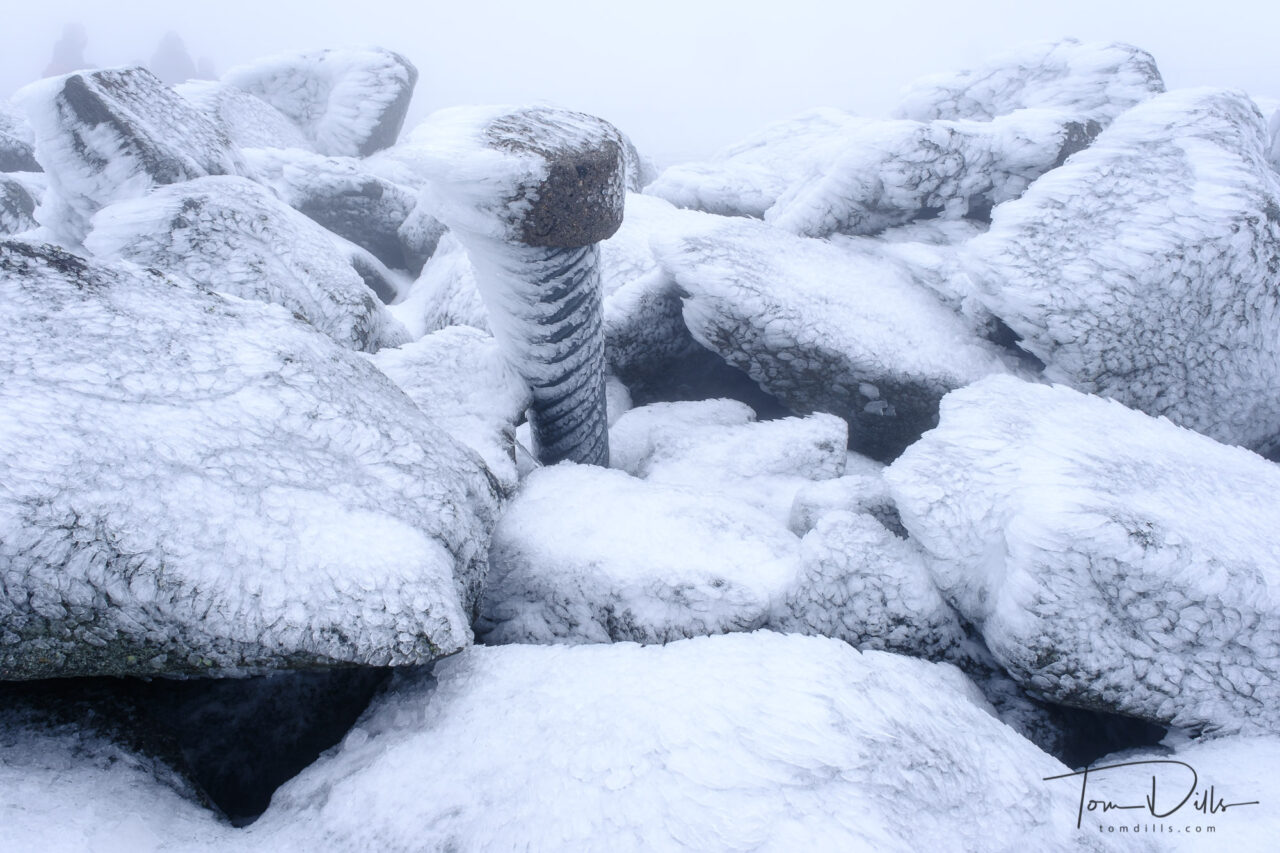
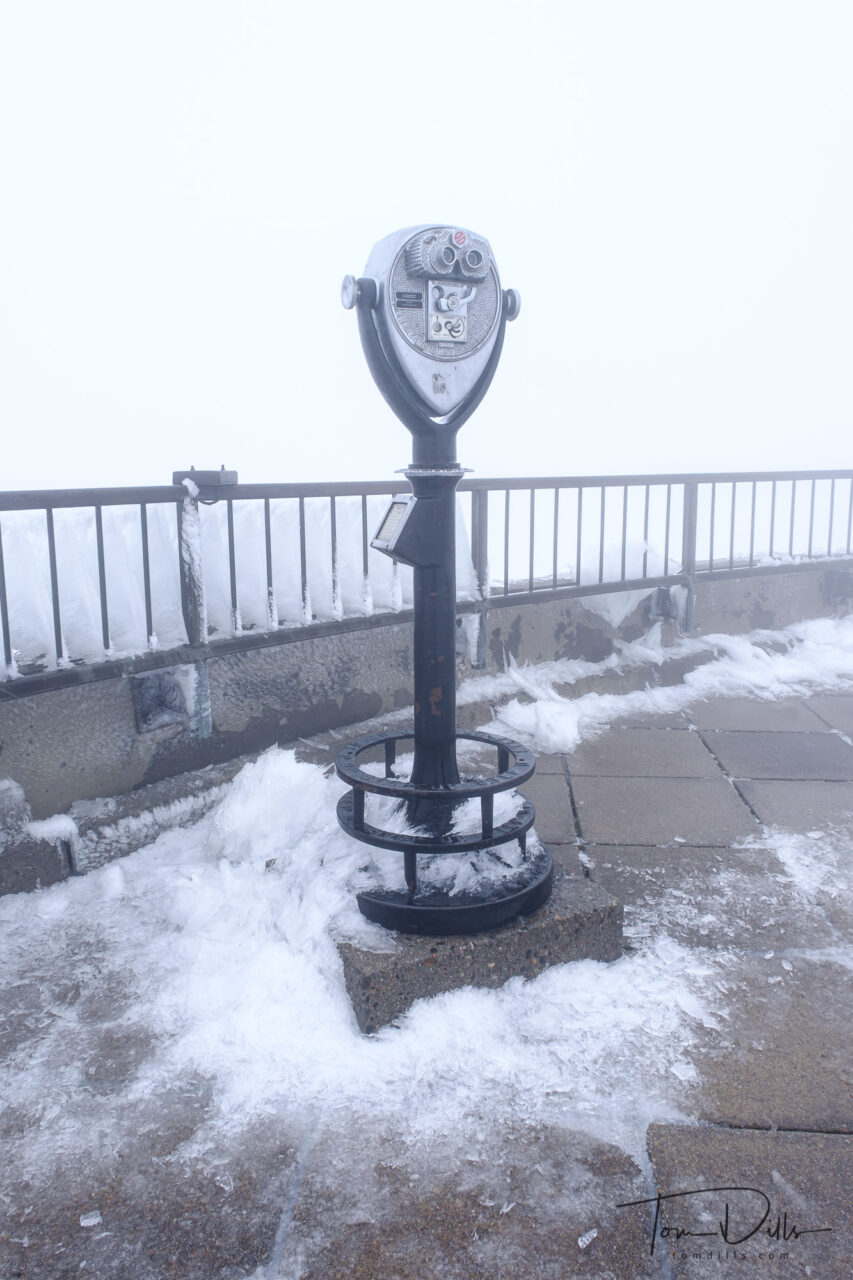
As we approached the top of the mountain, the rain was turning to snow and sleet, and at the top it was about 31 degrees in fog and a wintry mix with a 40-50 mph wind. Everything was covered in ice, including the ground, railings and walkways. Yikes!
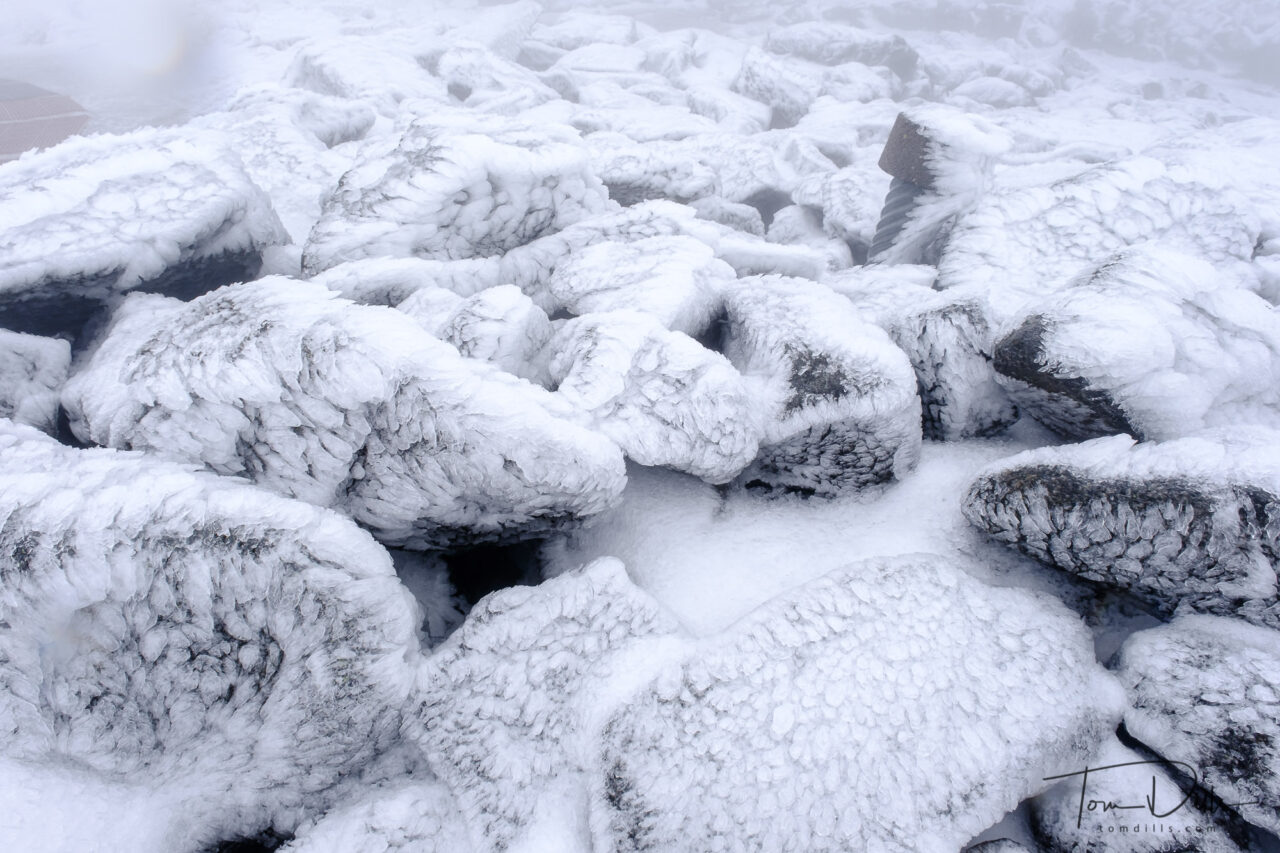
We first went into the visitor center to get our bearings, then decided to try and find the actual summit. We went out on to an “observation deck” where the only thing you could observe were the ice-covered viewing machines! Finallly, through the fog we could see people climbing up some rocks about 20 yards from us and realized that must be the summit. So carefully made our way up, slipping and sliding as we went. The cool part was that everyone was helping each other, lending a hand or a boost when necessary. A couple in front of us was taking turns taking each others’ photo with their phone, and when I offered to take a photo of the two of them, they readily accepted. I then handed my camera to them and they shot a few of us. I was a little nervous handing my camera over in those slippery conditions, but it turned out fine. Other than getting a little wet from the snow and feeling like we were getting blown off the mountain, it was truly a memorable experience!
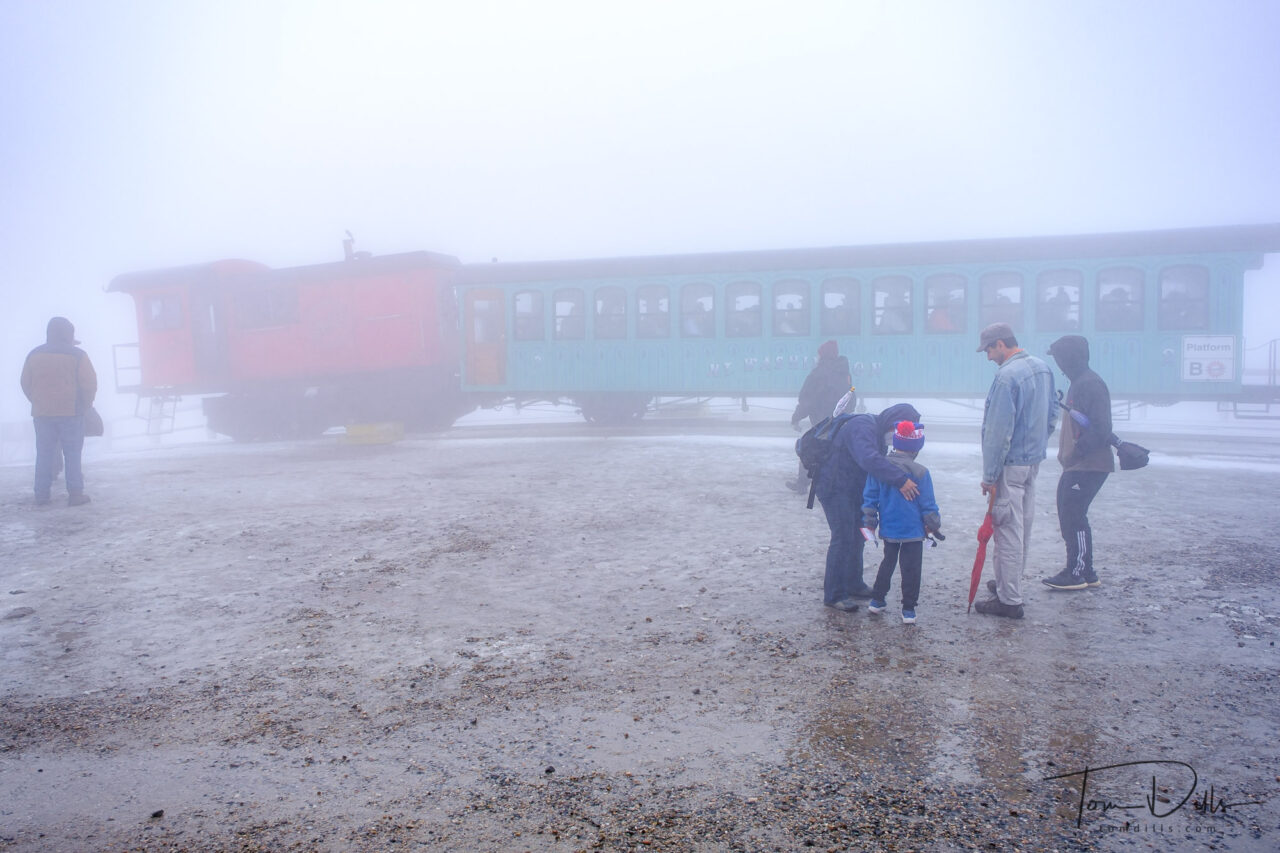
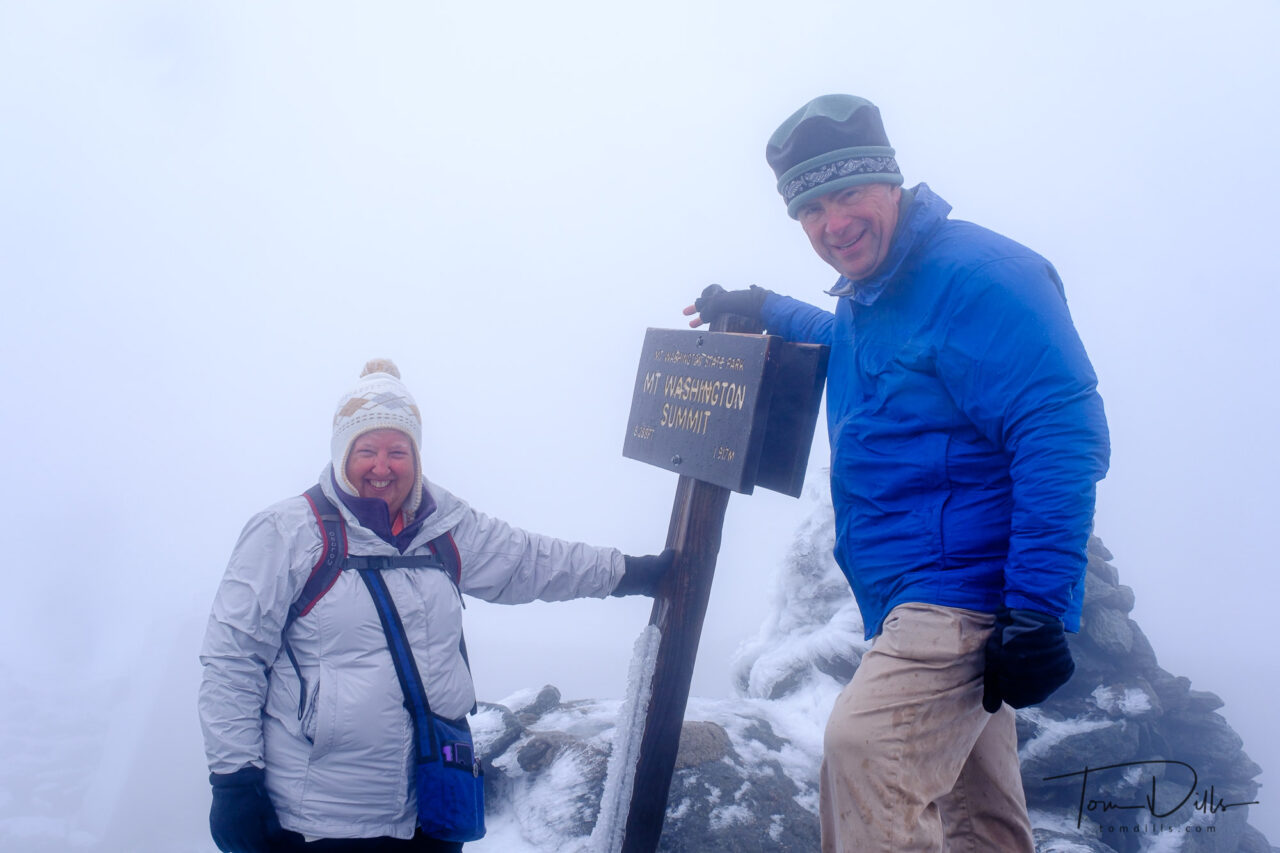
After returning to our car, we then explored the area, looking for photographs in the fog and rain. We then drove a portion the fabled Kancamagus Highway, but of course couldn’t see the views that make it so famous! That night, tired and chilled after an eventful day, we opted to have dinner in our motel room, stopping at a grocery store for meat, cheese, olives and wine.
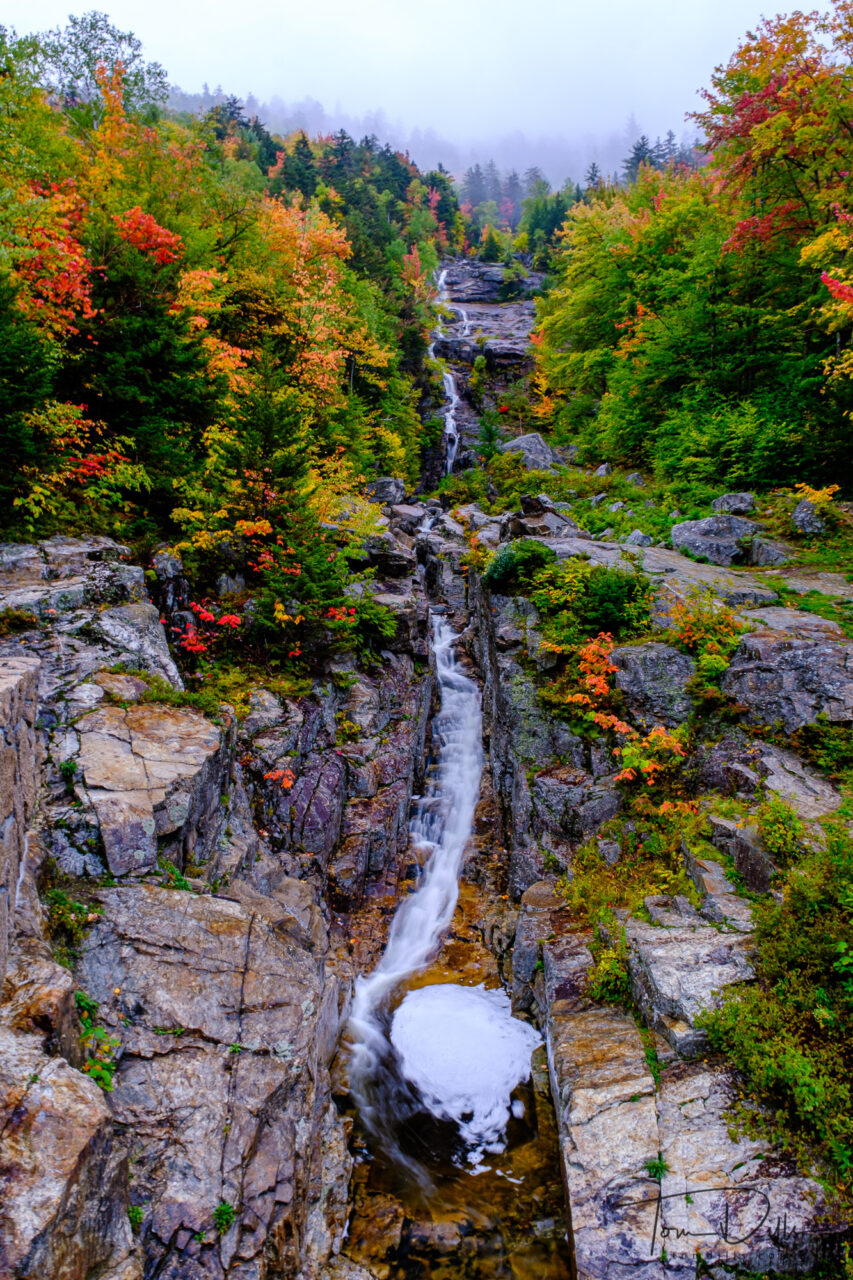
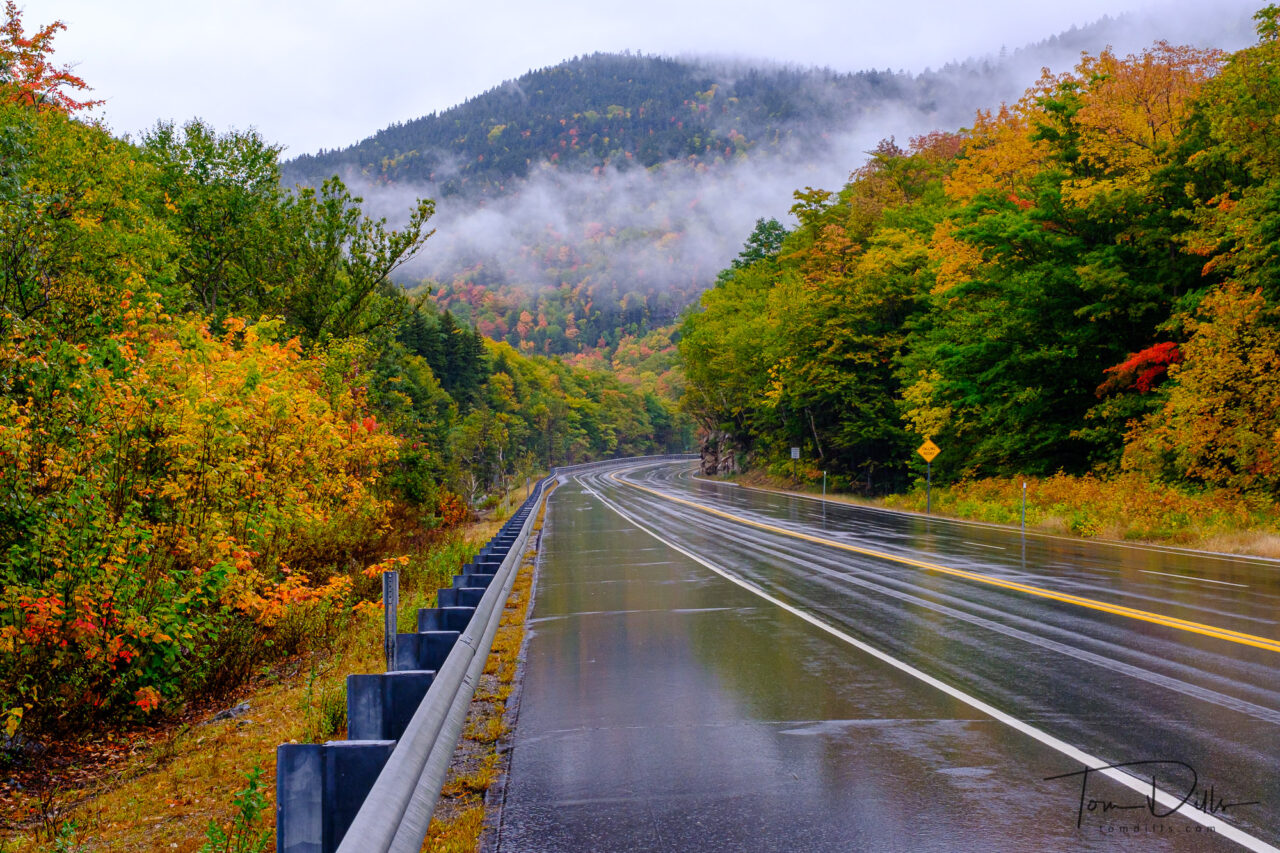
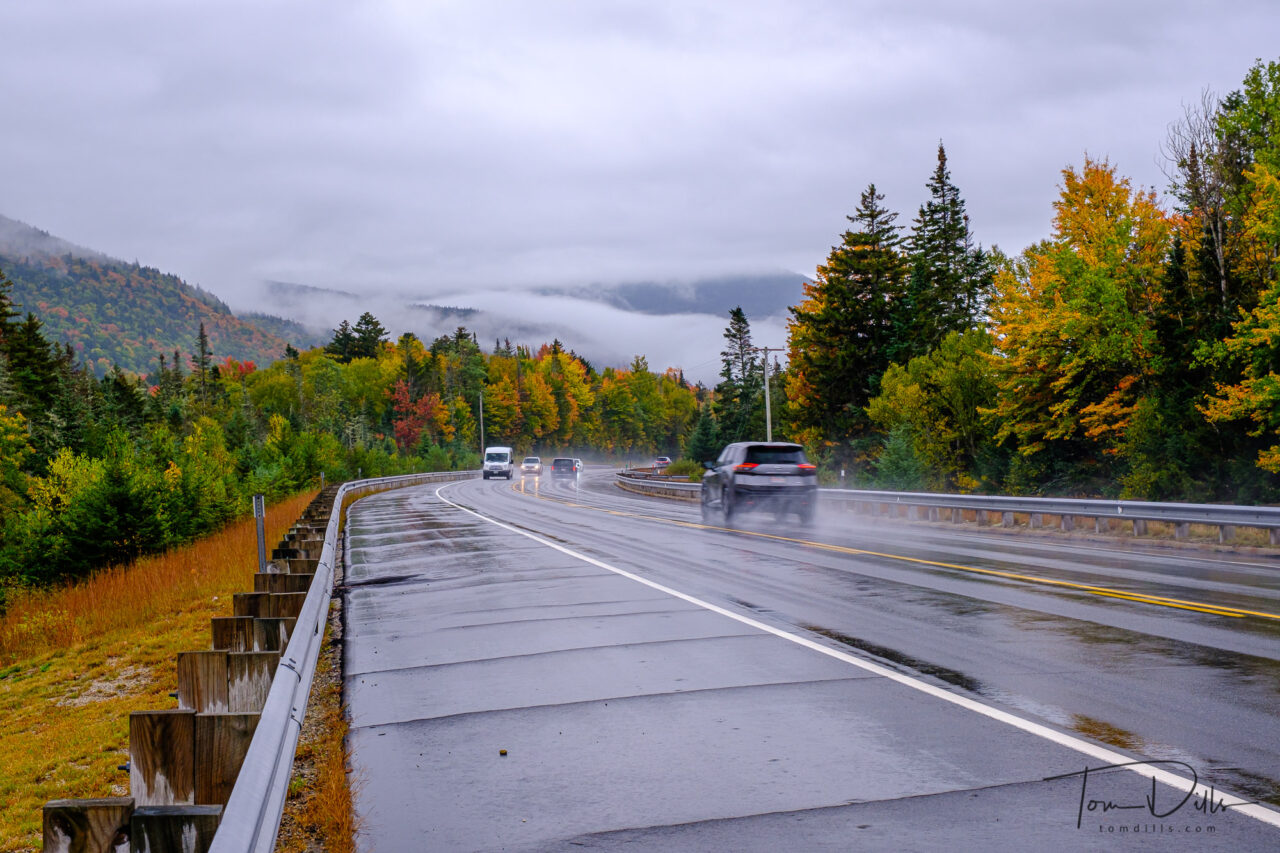
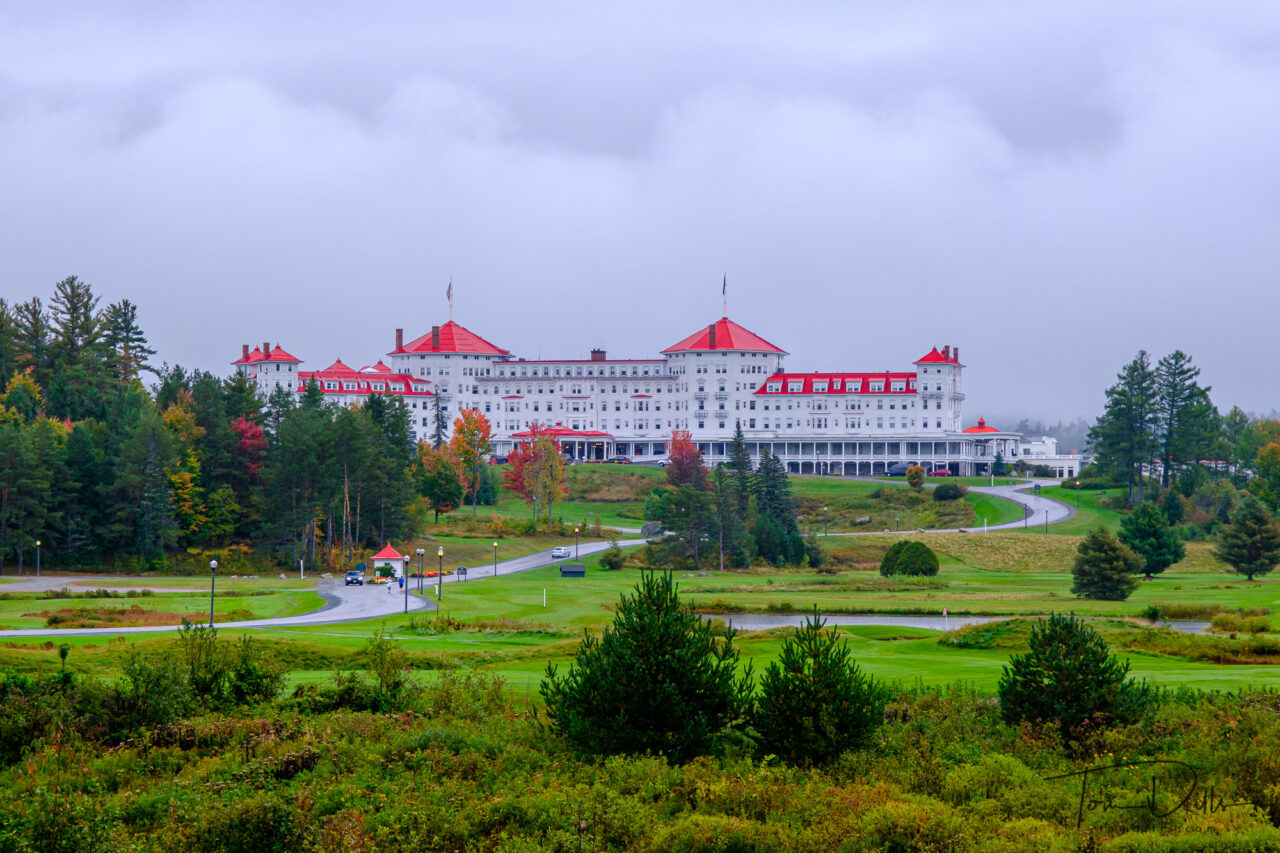
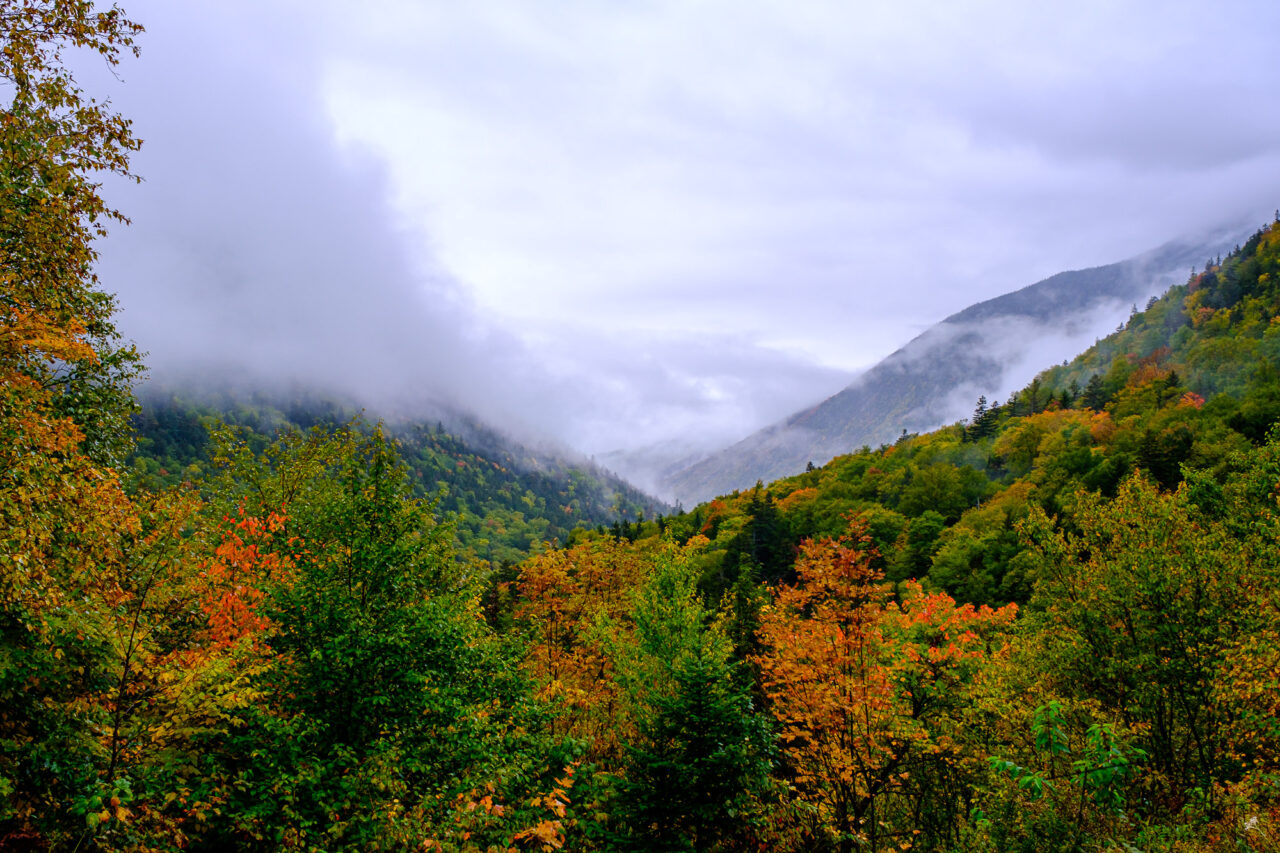
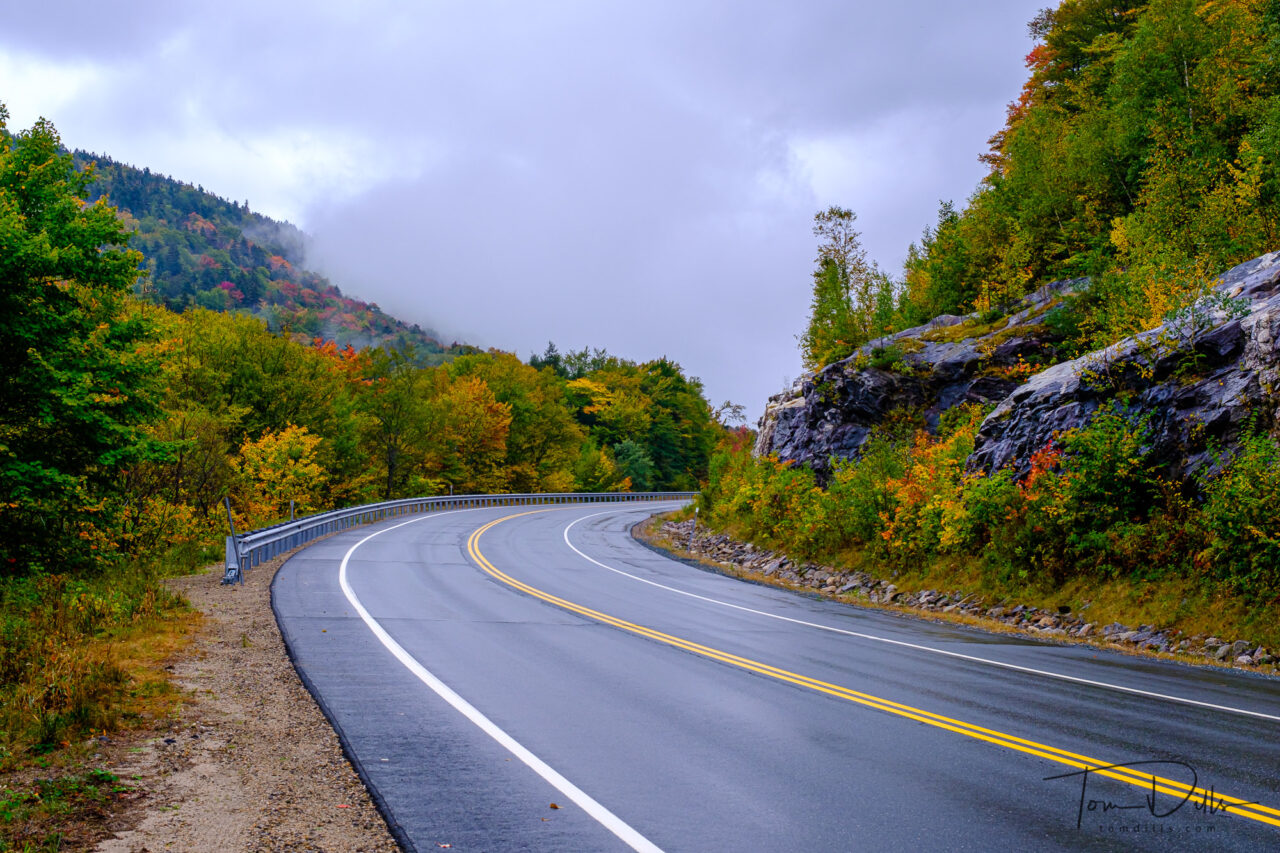
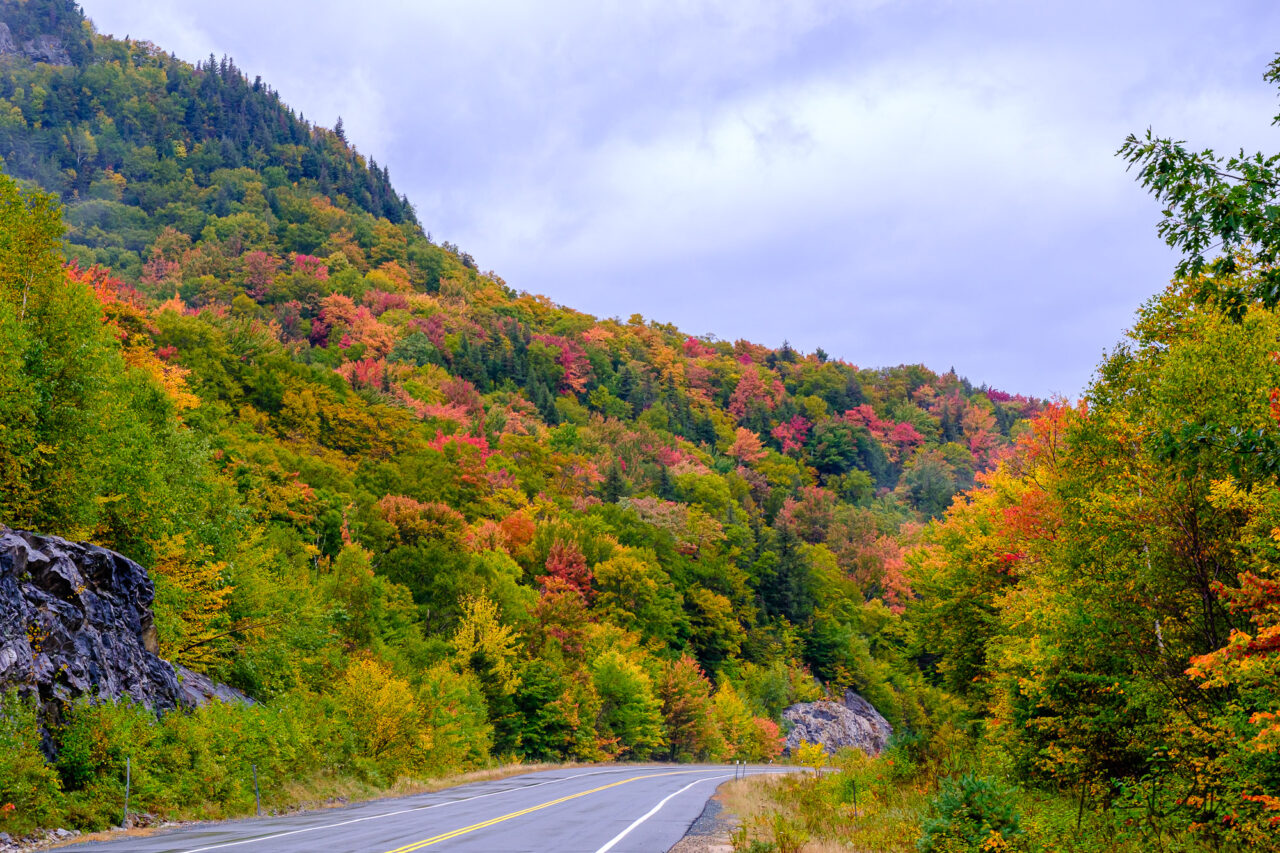
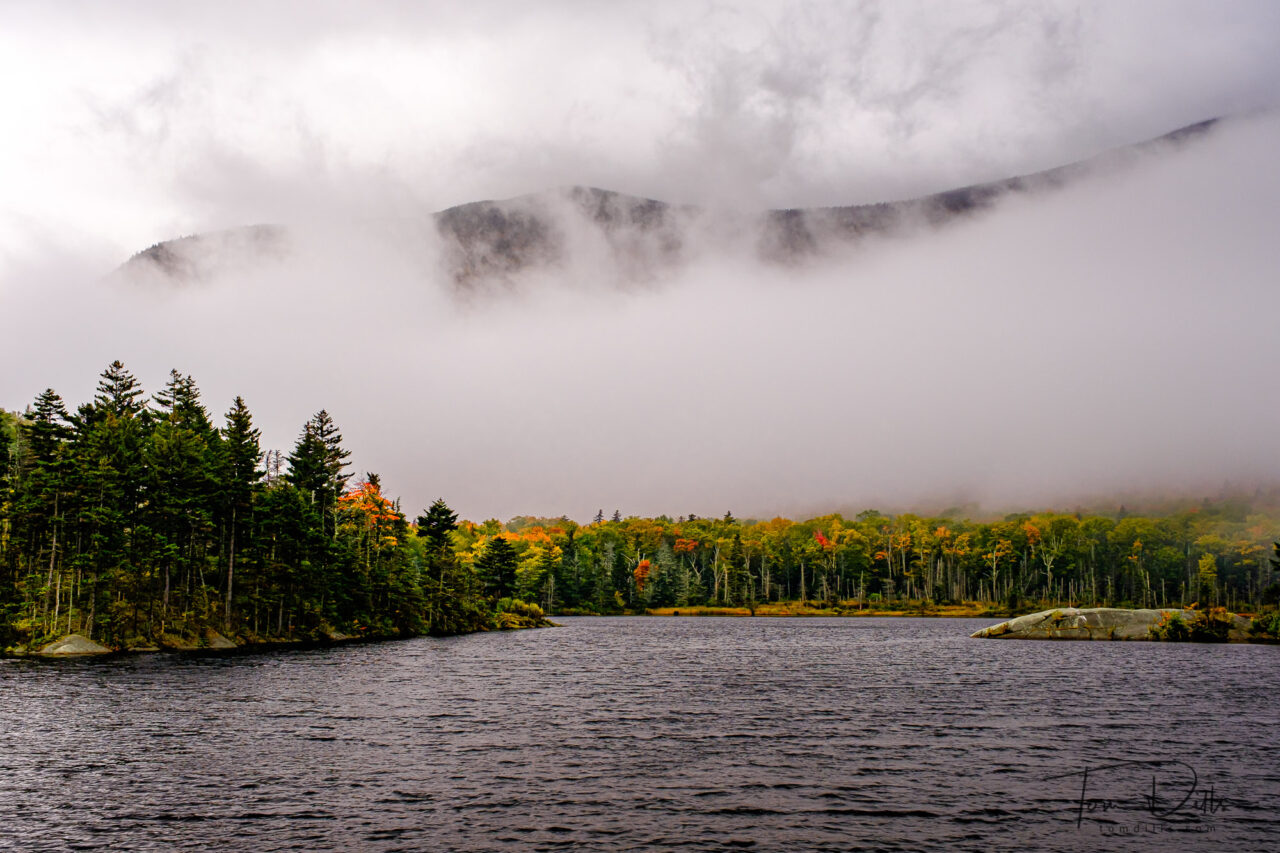
The following day we headed toward Vermont, taking the “long way” through Laconia and Belmont before crossing the state line at Norwich, Vermont.
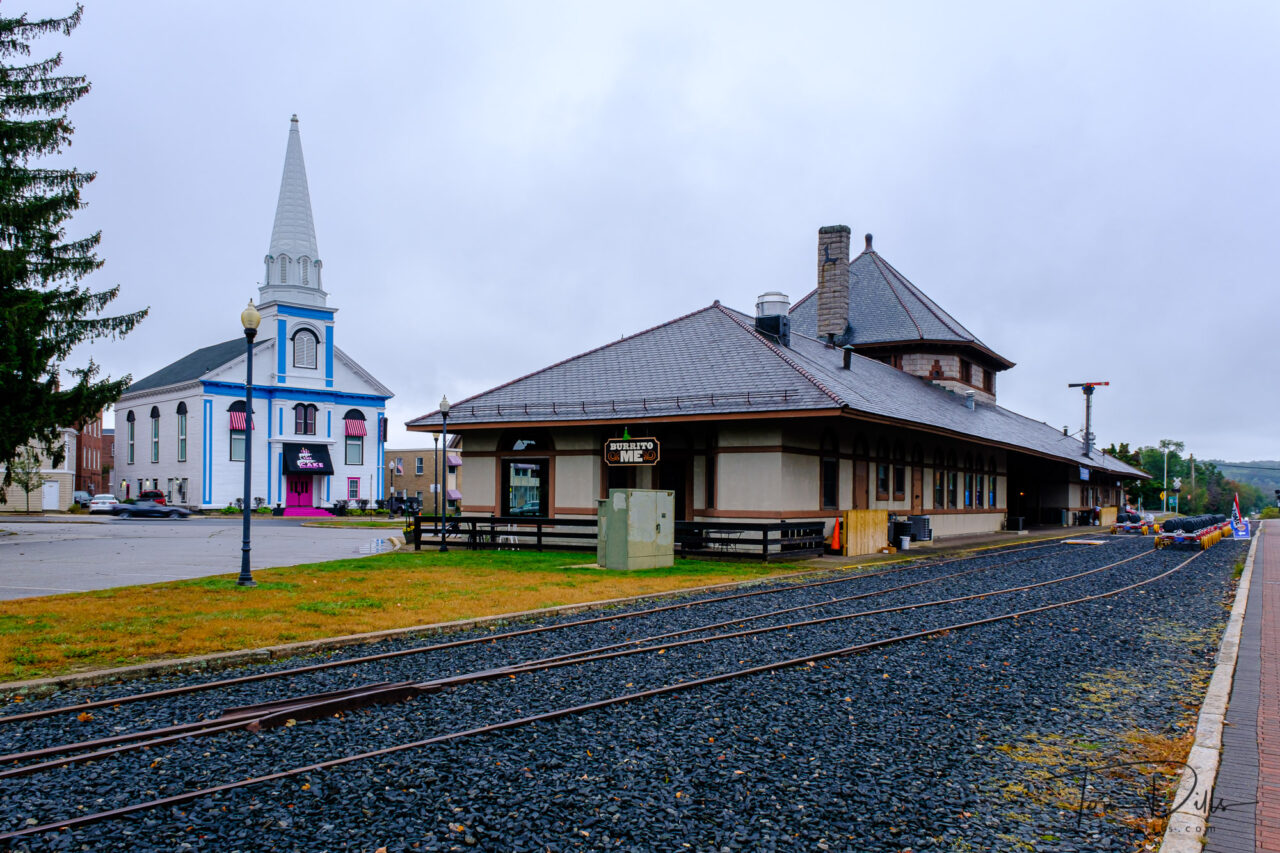
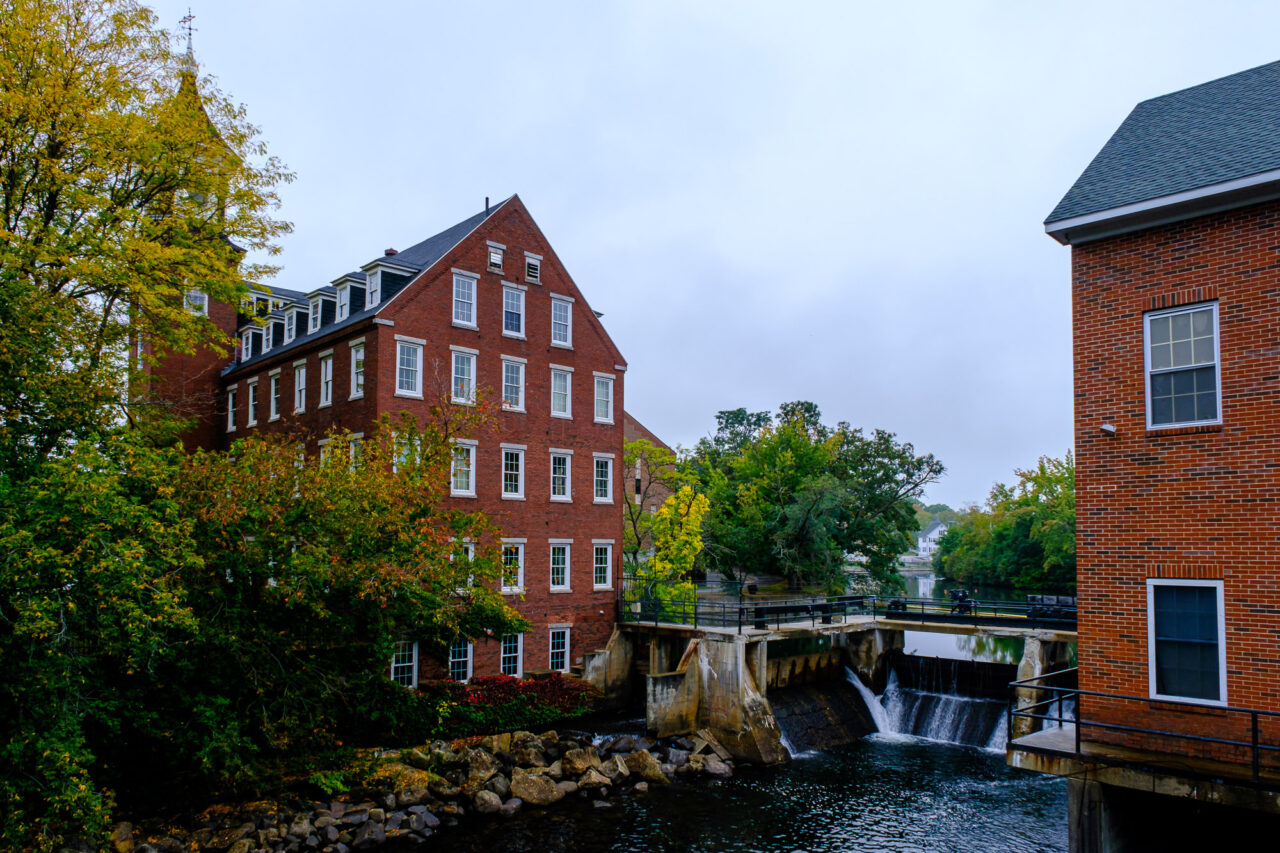
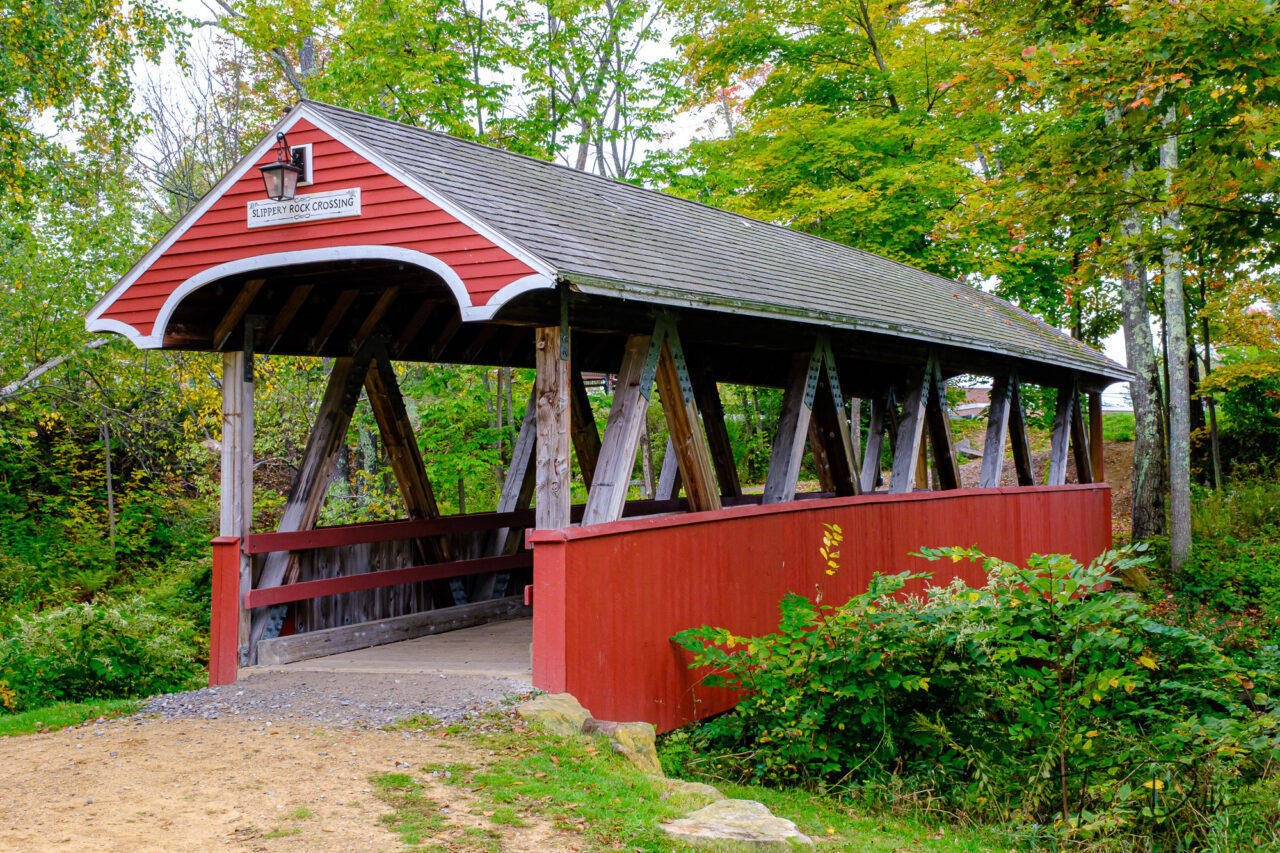
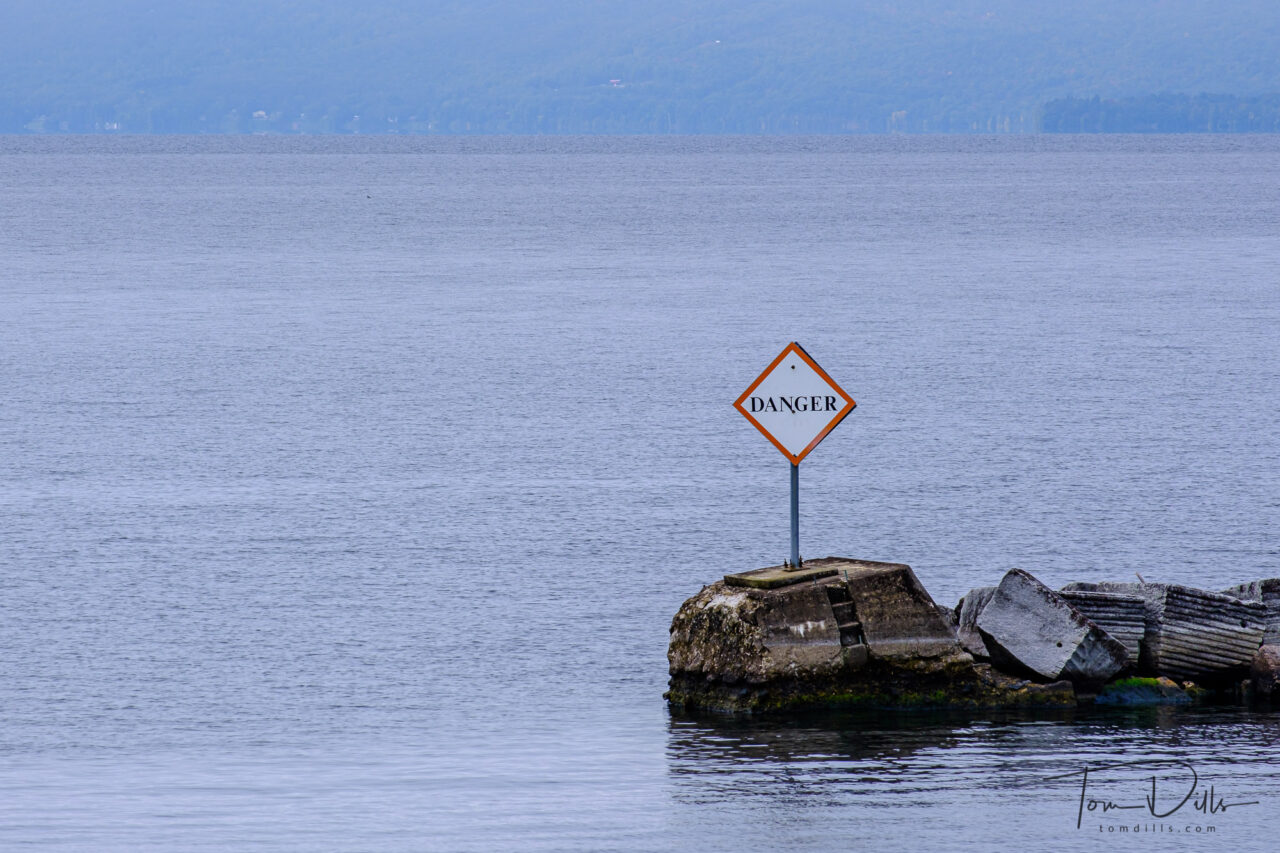
“Once, man turned their thinking over to machines in the hope that this would set them free. But that only permitted other men with machines to enslave them.
Thou shalt not make a machine in the likeness of a man’s mind.”
Frank Herbert’s Dune, 1965
I’m currently reading the first of six books in the Dune series. Why watch a movie when you can read a 500+ page book, right? 
I started this book years ago as a teenager and couldn’t get through the first few chapters. It’s a different writing style than I had become accustomed to reading Asimov, Heinlein and Bradbury. It took me a while to get into it, but now that I’m over halfway through I think I’ve gotten the hang of it. Will I read the rest of the series? Likely, but no rush!
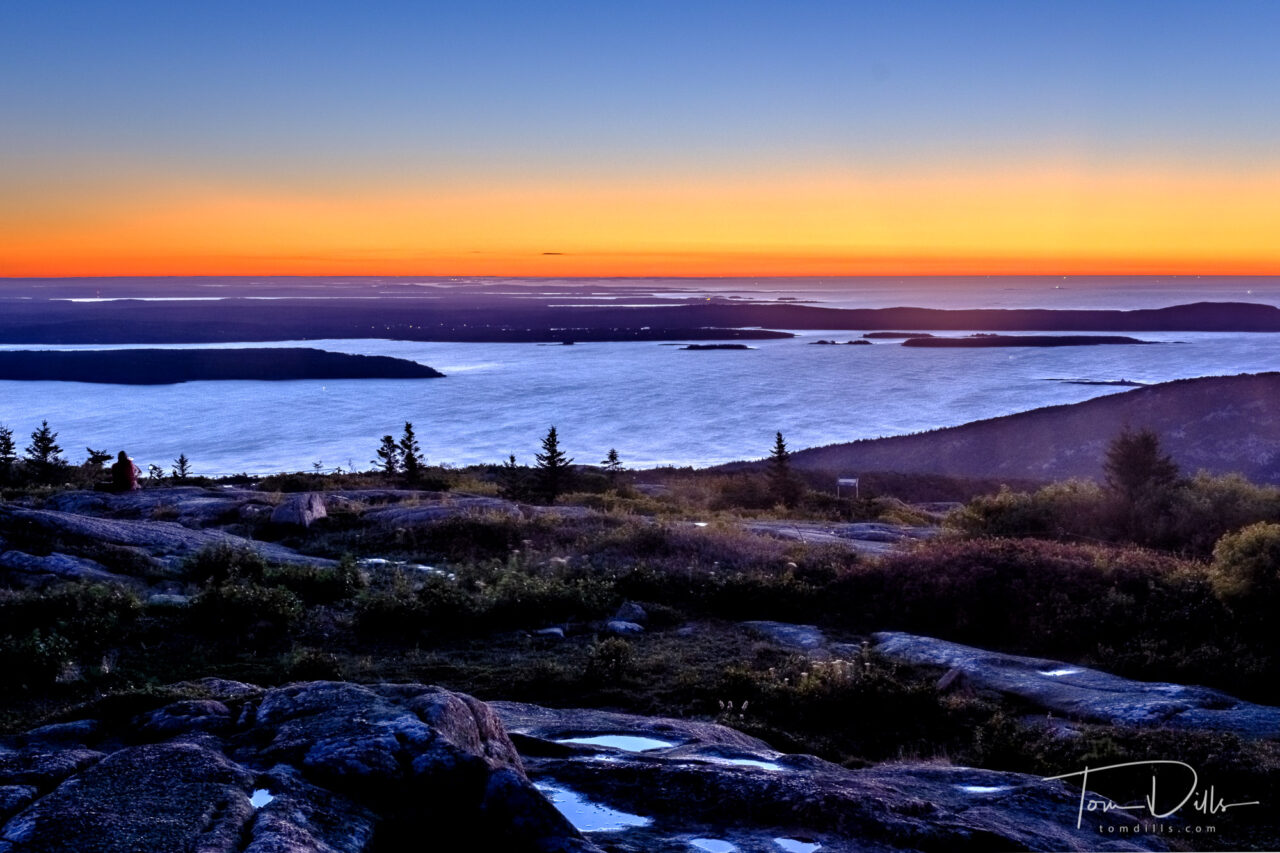
After spending 9 days in Maine, it is easy to see why it has become a very popular destination over the last few years. I read recently that, according to the Maine Department of Economic and Community Development, restaurant and lodging sales reached $2.3 billion between May and August, a roughly 12% increase over 2019. It seemed like most, or at least many, of those people were in Acadia, Bar Harbor and the surrounding areas!
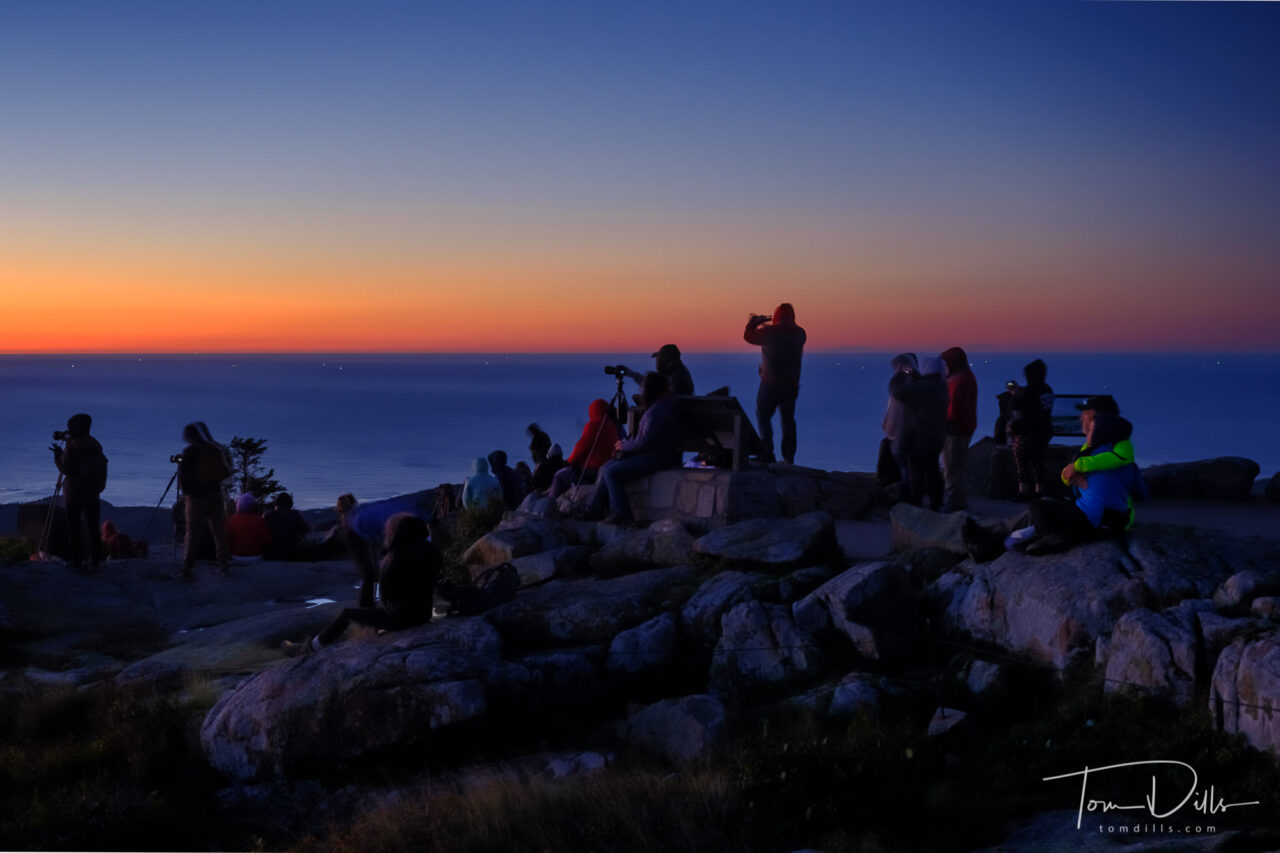
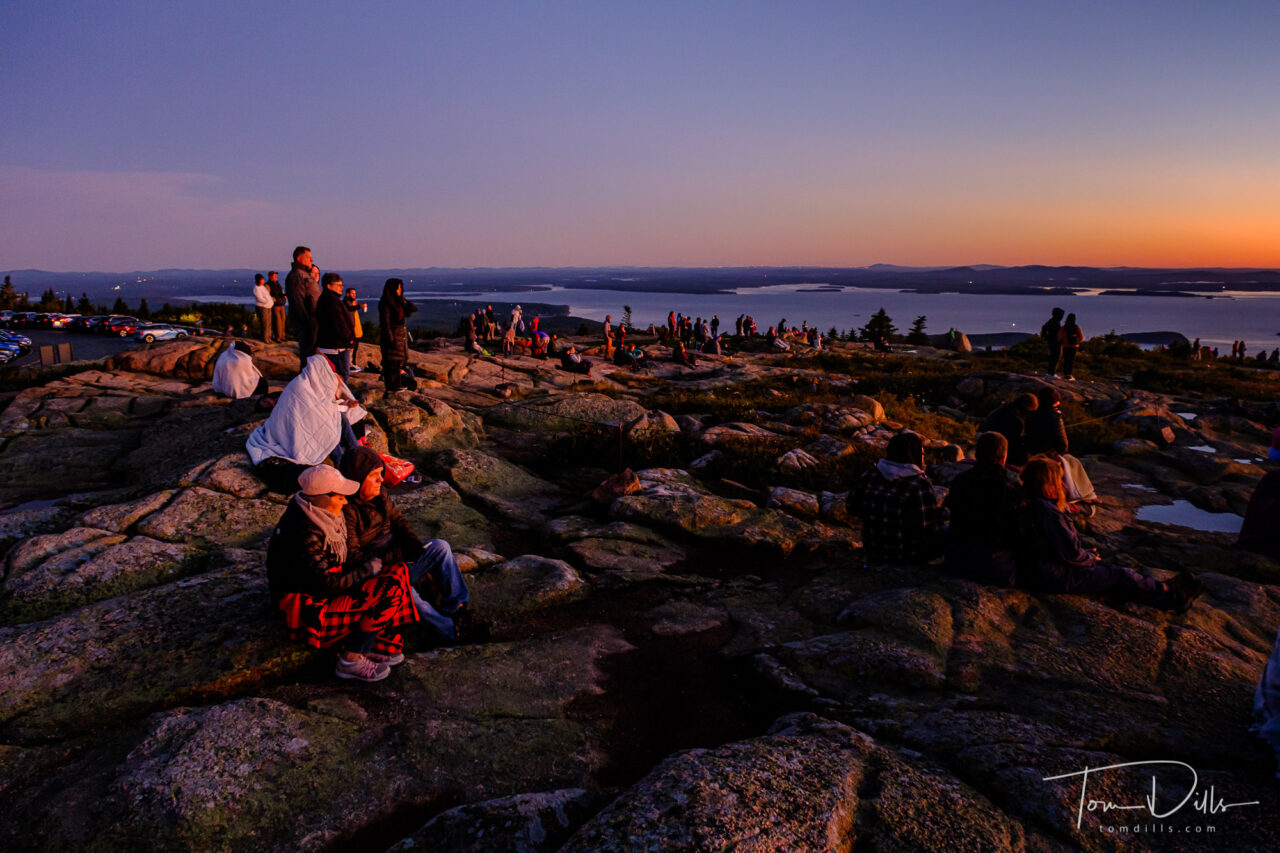
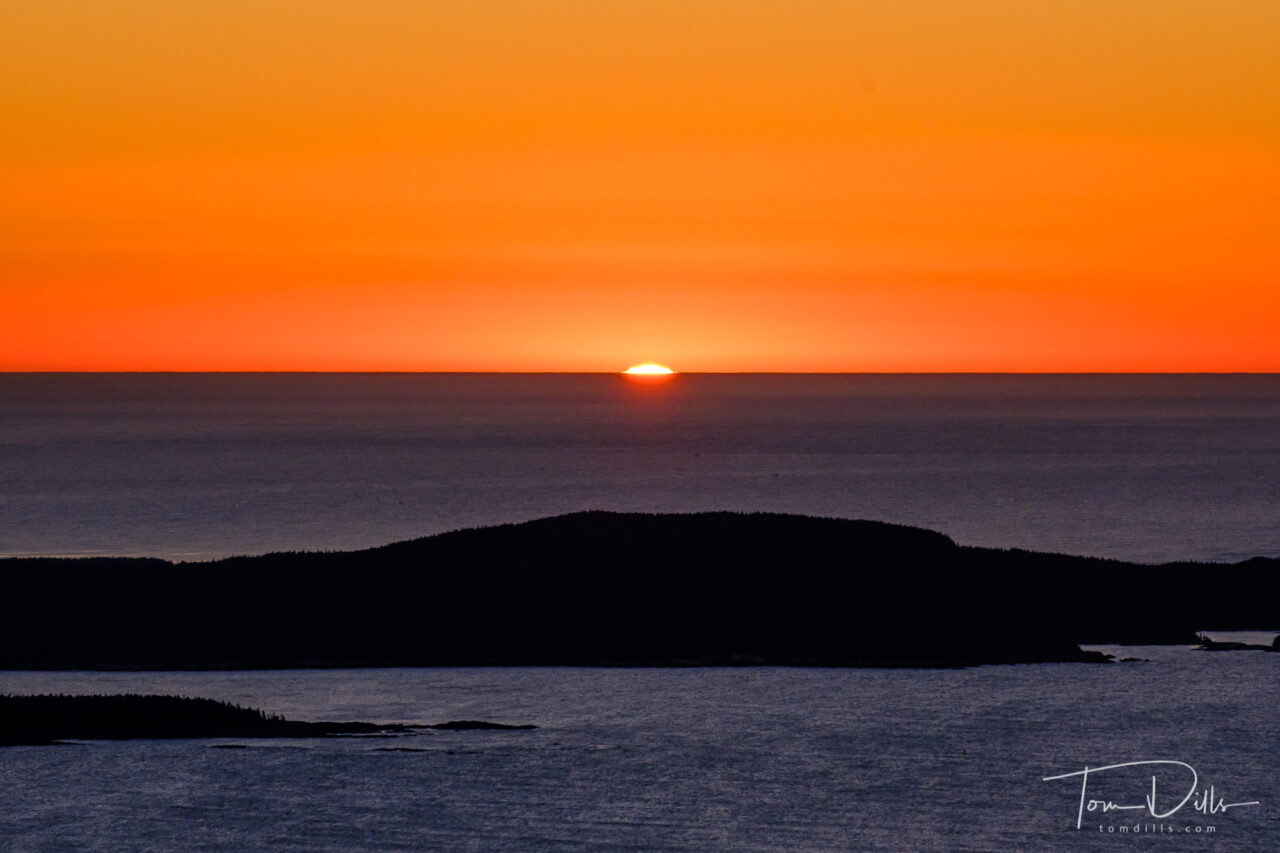
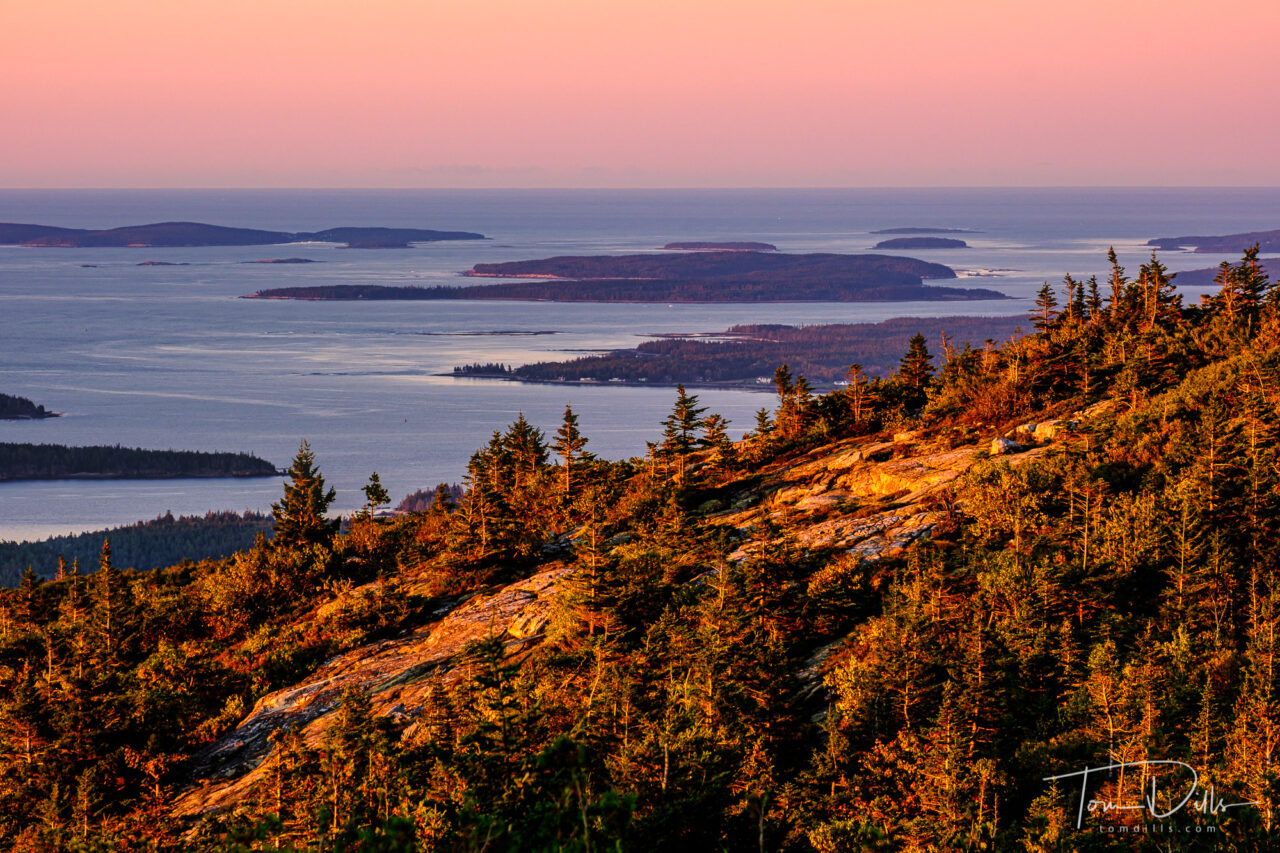
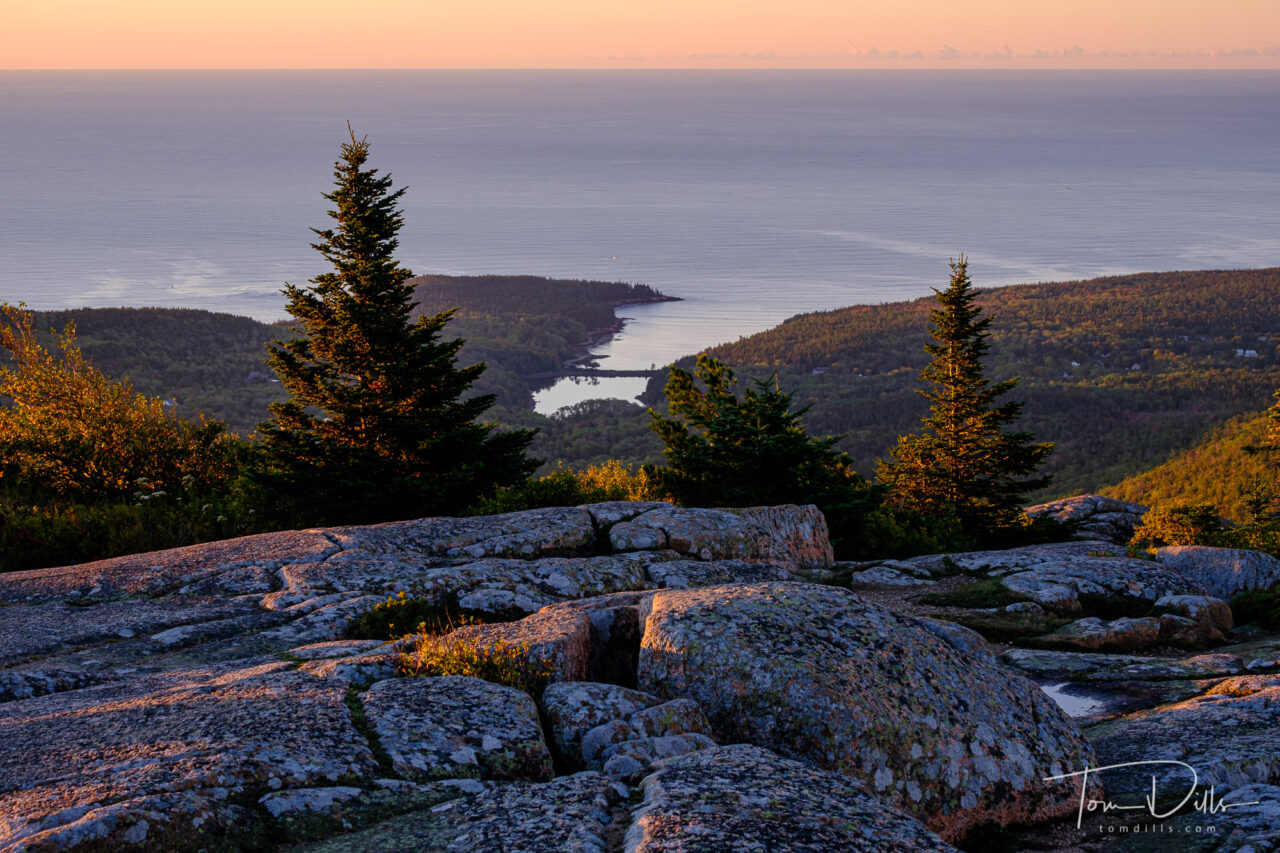
Our visit was based at the Asticou Inn, located in Northeast Harbor. That area is much less busy than Bar Harbor and made a fairly central place to stay without being too far away or right in the hustle and bustle. We heard about Asticou from a waitress at a restaurant in Whiteville, NC. She had waited on us in April and during our conversation told us that she worked at Asticou during the summers. When we made our travel plans we got reservations at the inn and met her there during our visit. Small world! We stayed in a group of rooms on the first floor of an 1854 “cottage” which is really a big old house. We had plenty of space, and although the floors were uneven and squeeky, it was a nice place to call home for a few days. The restaurant there was awesome, although it was closed for two of the five nights we were there. Not lacking for choices, however, we found two great alternatives the other nights!
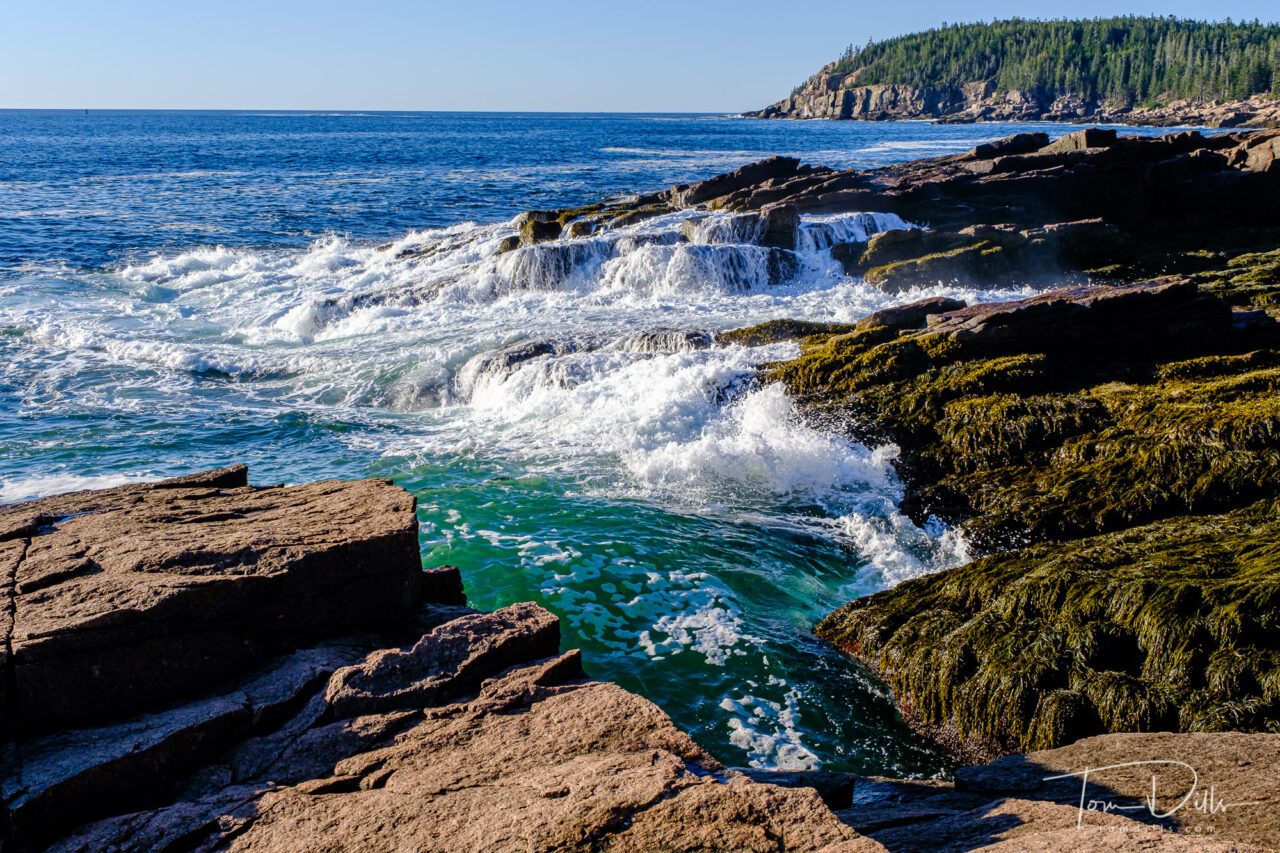
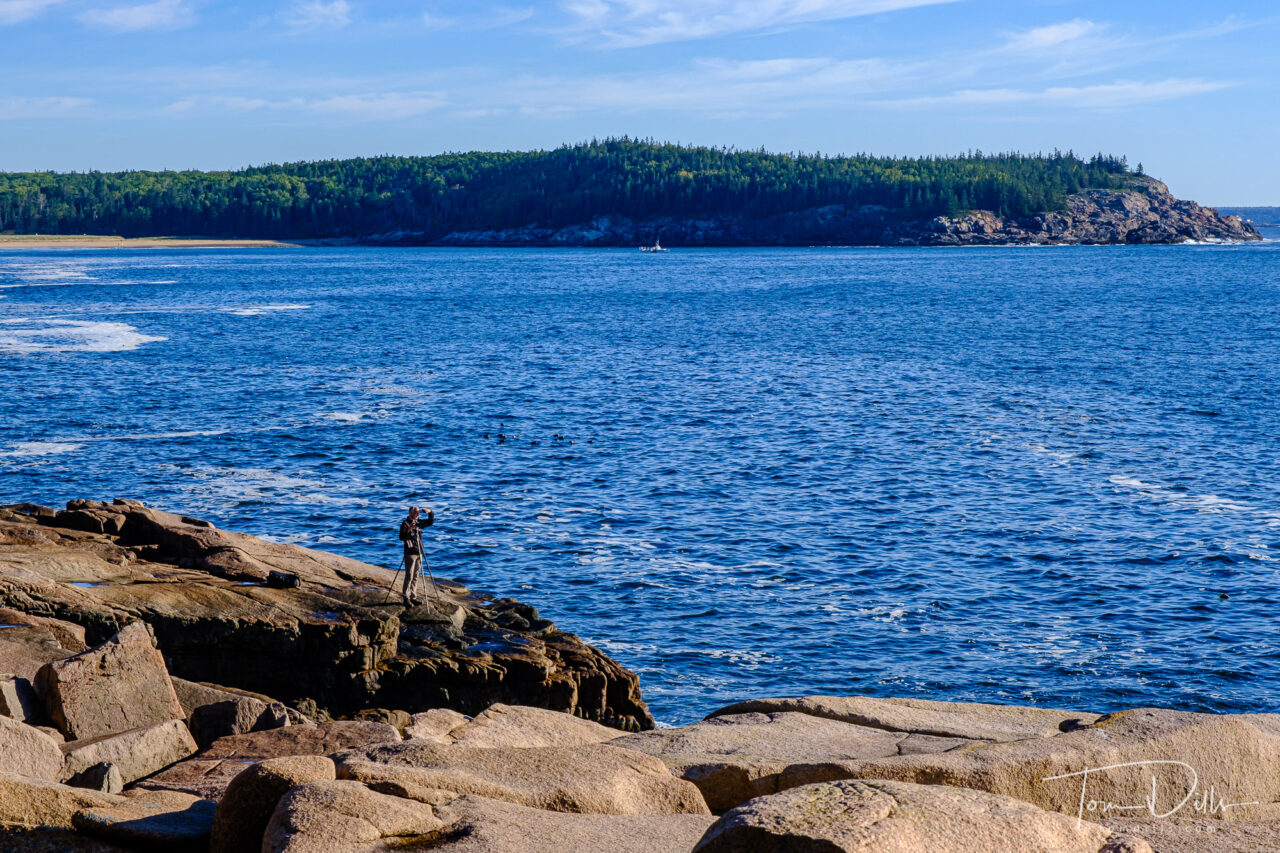
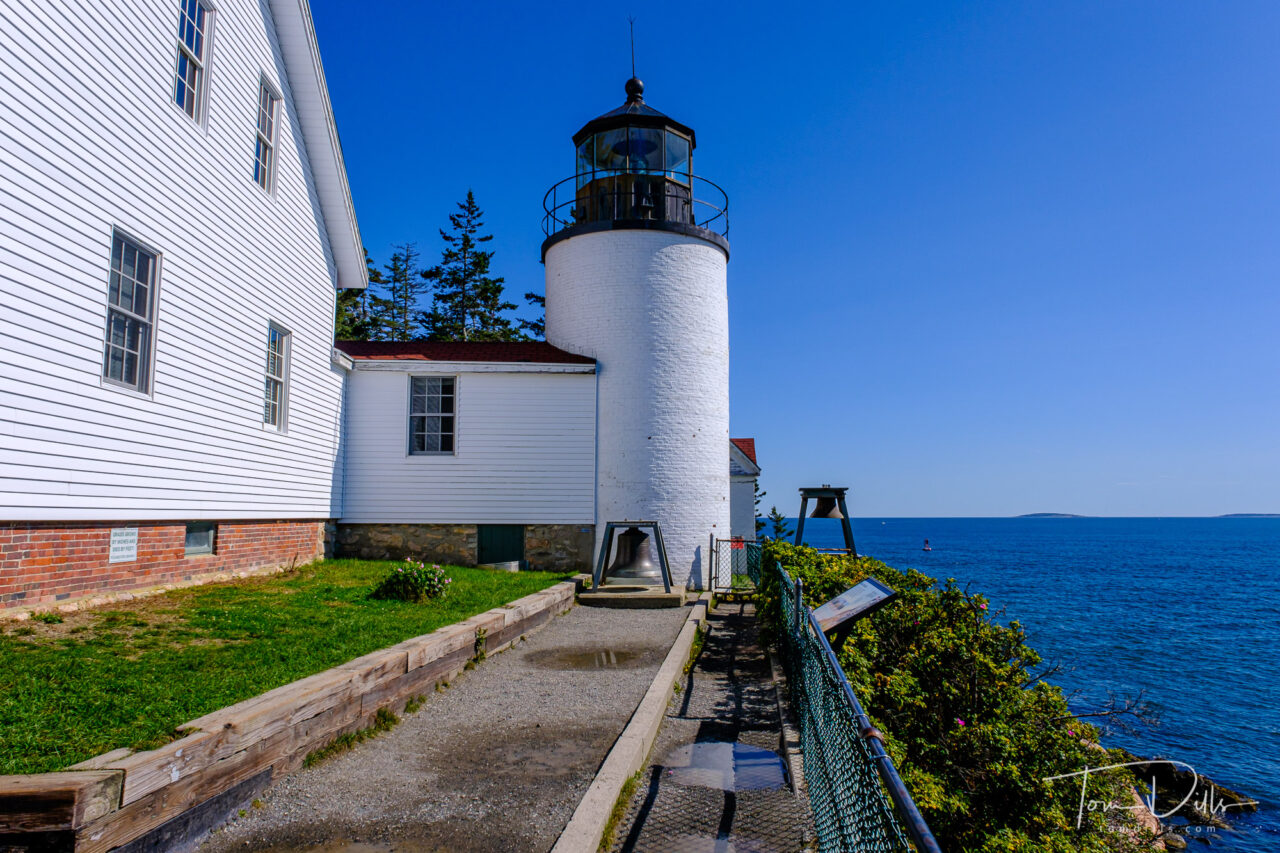
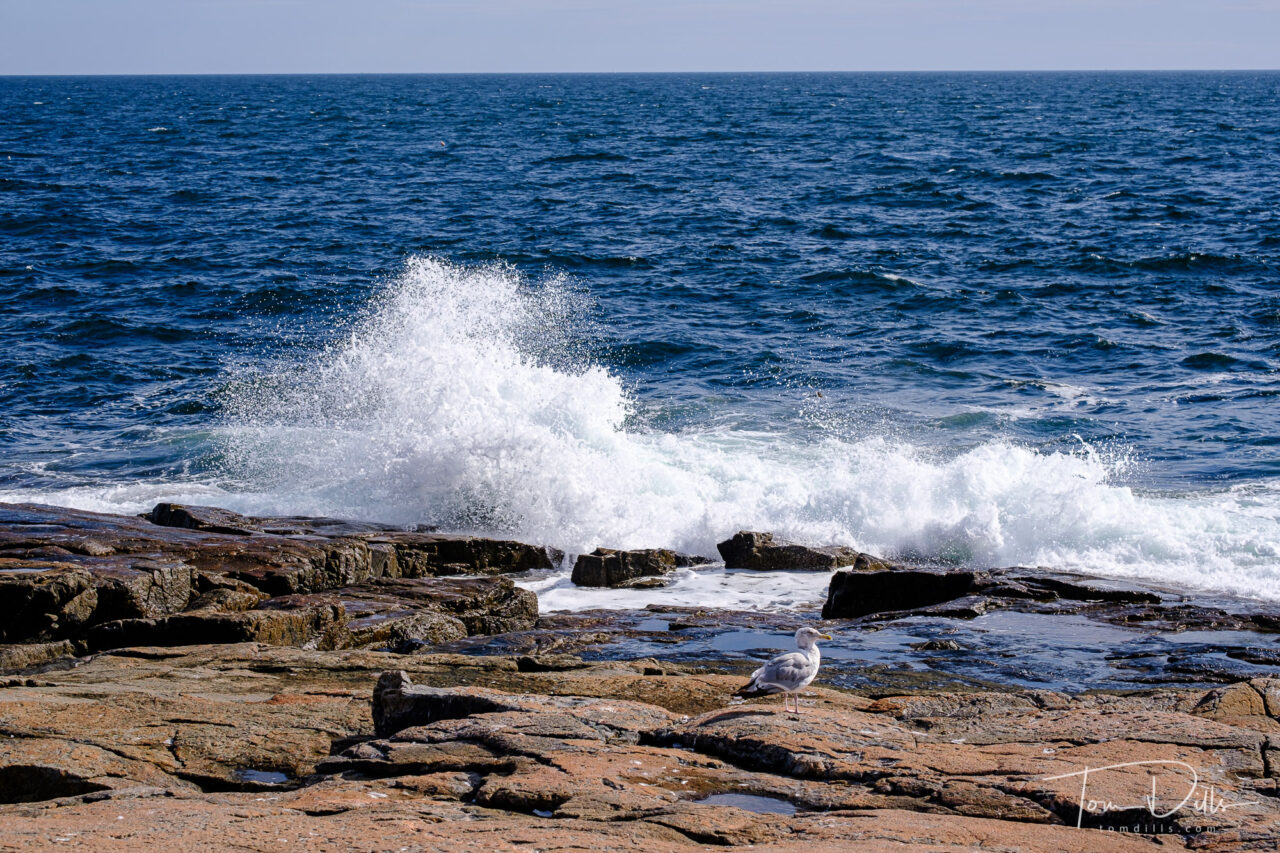
Our first morning there entailed sunrise on Cadillac Mountain, the highest point in Acadia National Park, and the first place in the US touched by the sun each morning. Reservations are required to go to Cadillac during the day in-season, and sunrise spots are especially coveted and limited to one per person every seven days. Sunrise was about 6:25am, which required a very early alarm in order to get there with time to spare. And Kathy went with me! My funny story from that morning was at the entry gate, the ranger checked our documents, welcomed us and allowed us to go ahead. I asked if he had any tips (meaning for sunrise) and his reply was “keep it between the white lines!” It gave us a laugh. Despite the restricted entry, the parking lot filled quickly, as did the top of the mountain – people bundled up against the cold and wind with all kinds of clothing, both weather-appropriate and otherwise! It was pitch black dark when we got there, and as it got lighter we were able to see more and more people. I can only imagine the pandemonium at peak times before the restrictions!
Admission to Cadillac Mountain after 7am was by timed entry every 30 minutes. Once there you can stay as long as you want. I arbitrarily made a sunrise reservation for our first day, and a 7am reservation for our fourth day. It was good timing, as the sunrise morning was “severe clear” while the second visit was socked in with fog. A few clouds on the sunrise morning would have been preferred, but clear was better than pea soup!
After sunrise we headed back down the mountain and took the Park Loop Road, which goes past many of the top destinations, such as Sand Beach, Thunder Hole, Boulder Beach and Otter Cliff. The nice light faded quickly and we stopped a lot to explore, but our main goal was to get there before the “nooners,” as we like to call the crowds of people who start showing up at popular places late morning. They were all in Bar Harbor having breakfast at 7:30 in the morning, heading into the park afterward. Case in point was when a couple days later we cruised past this area of the coast on a boat tour. That afternoon the traffic on the Loop Road was bumper to bumper, and there were dozens of people trying to get a peek at Thunder Hole. When we visited there early in the morning there were only a handful of people at each place!
That afternoon we headed toward the eastern side of Acadia to the Schoodic Peninsula. It turned out to be the least-populated part of the park and probably our ultimate favorite. It doesn’t have the views or the terrain of Acadia proper, but what it lacks in drama it makes up in quietude. It does still have its own beauty, with rocky coastline, nice views and plenty of places to explore. We didn’t have nearly enough time to really relax and enjoy Schoodic, and would make up for it be staying closer to there on a subsequent visit.
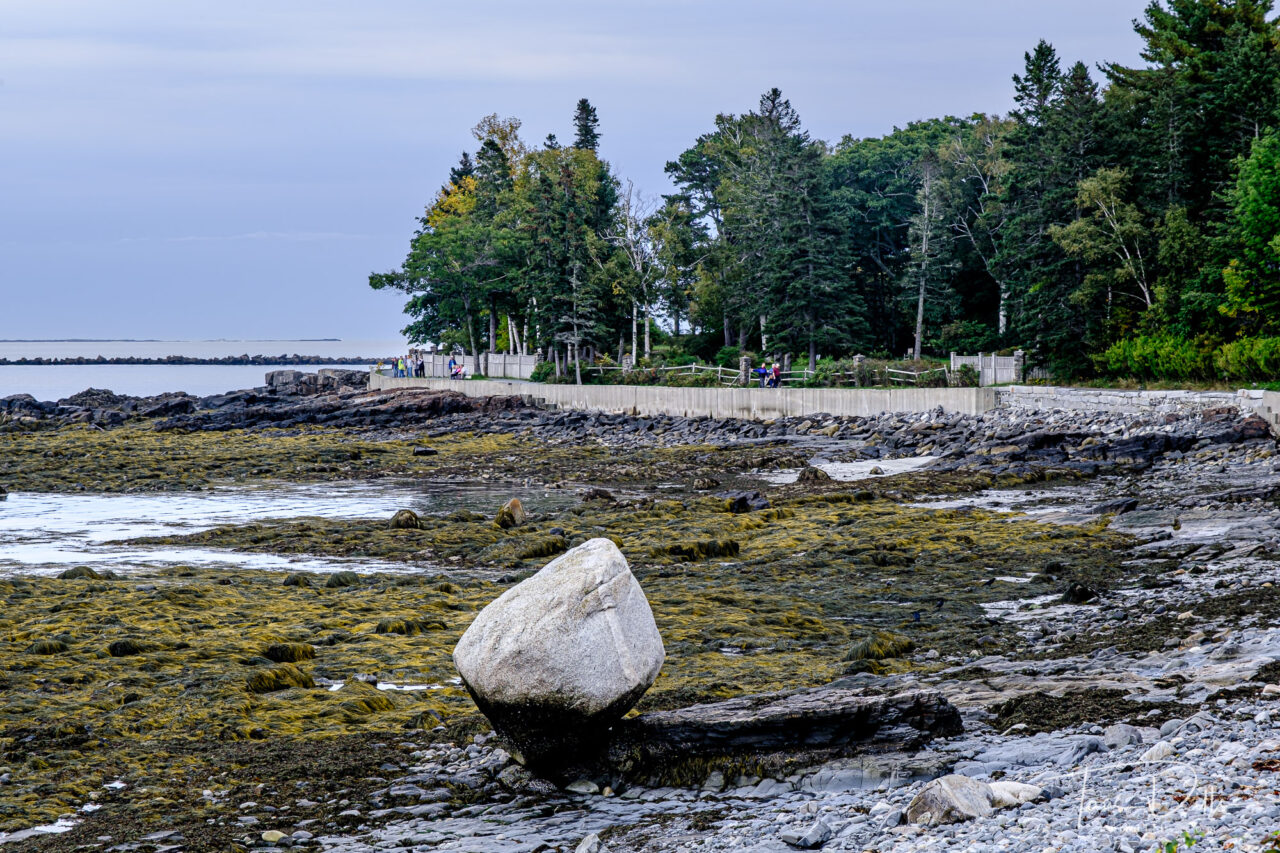
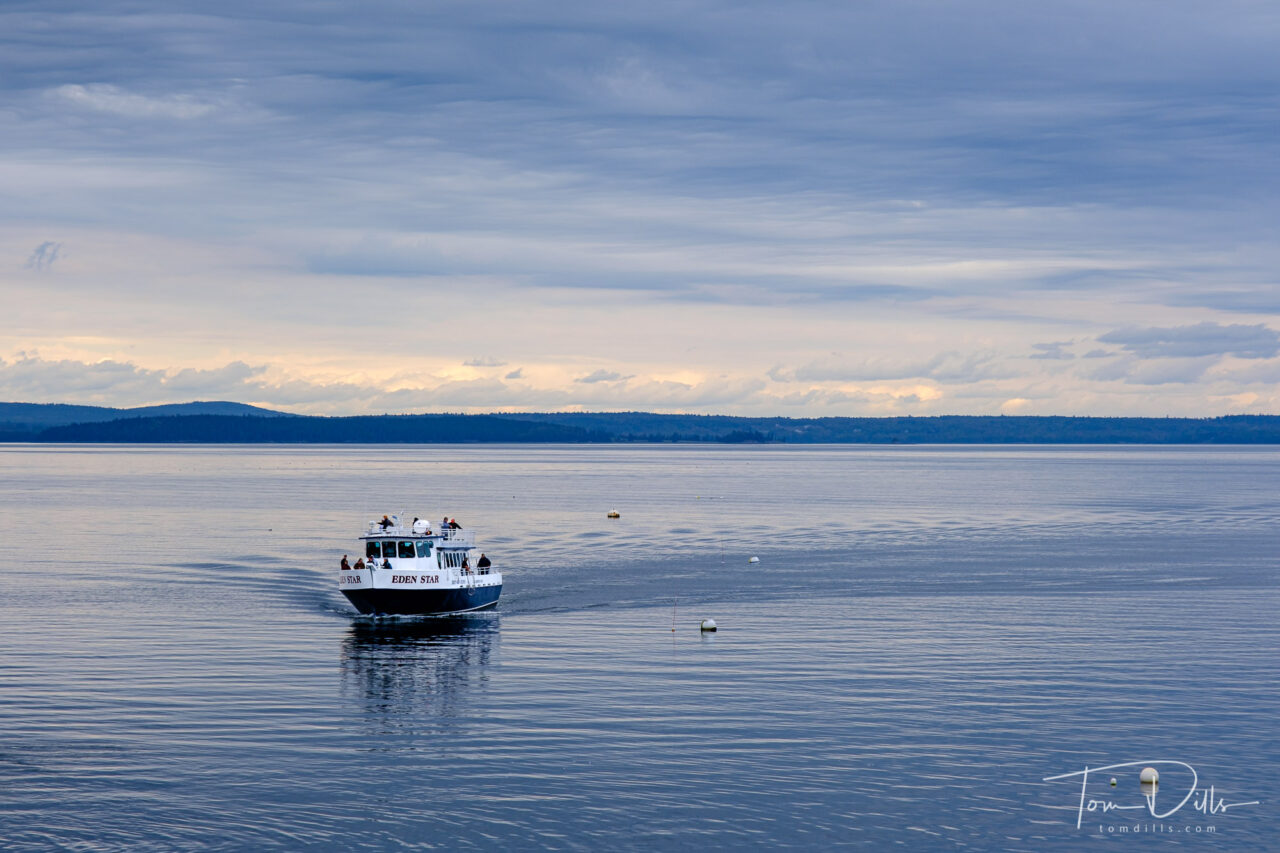
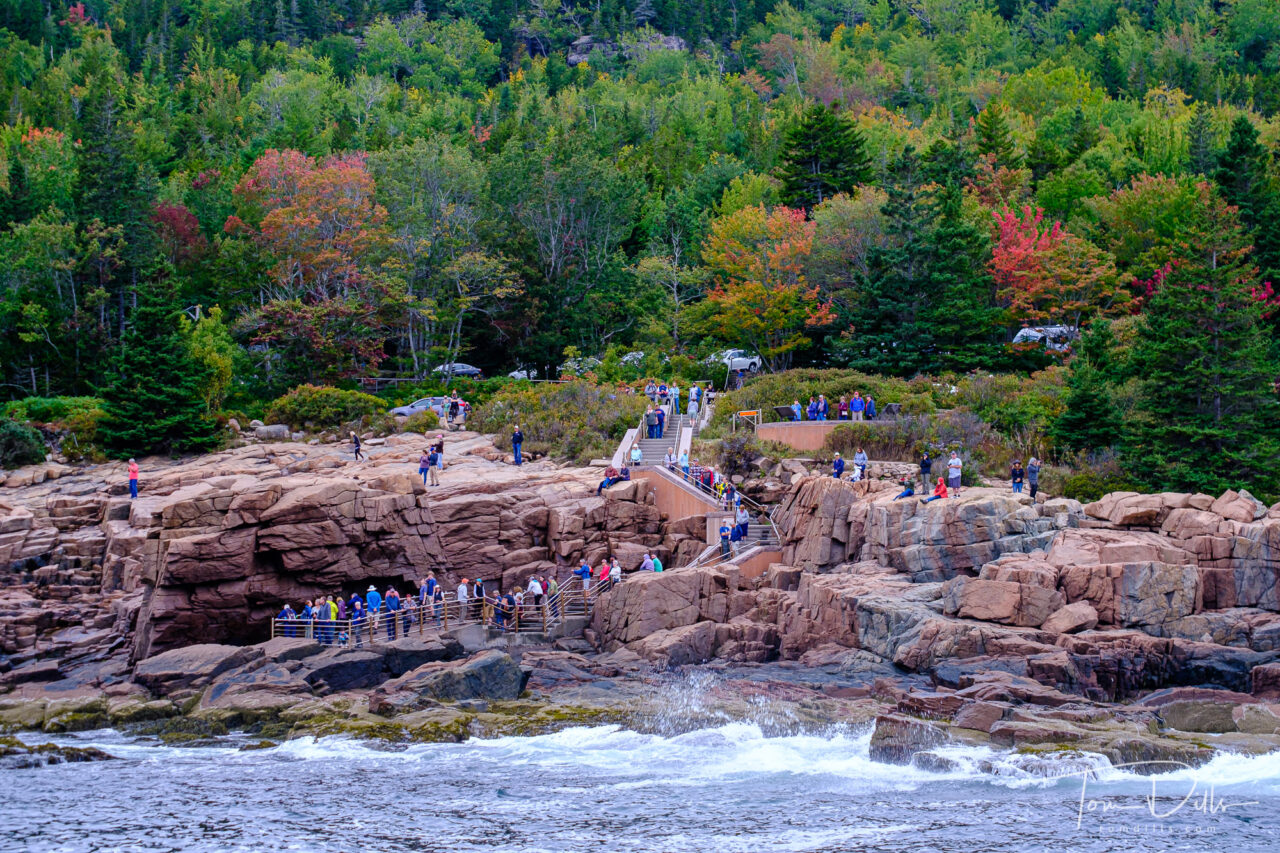
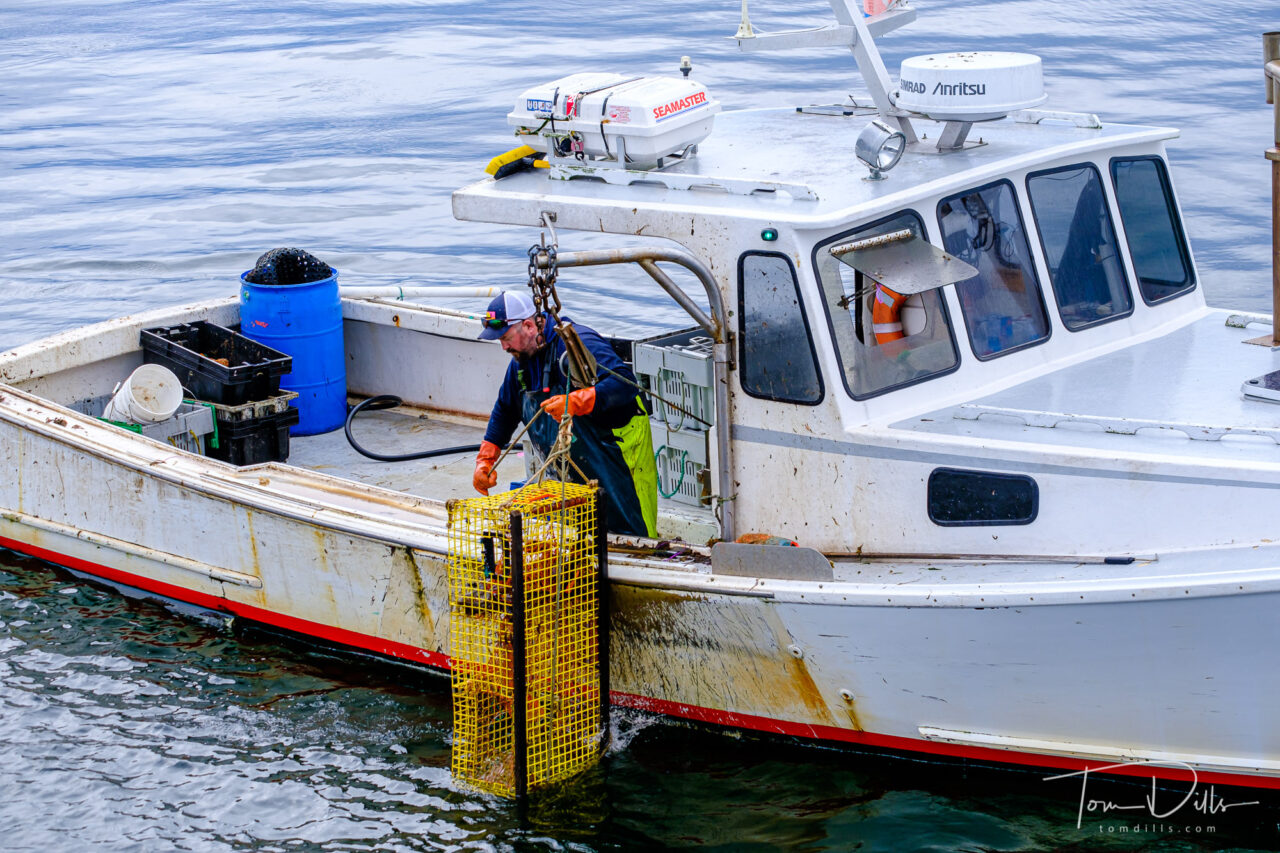
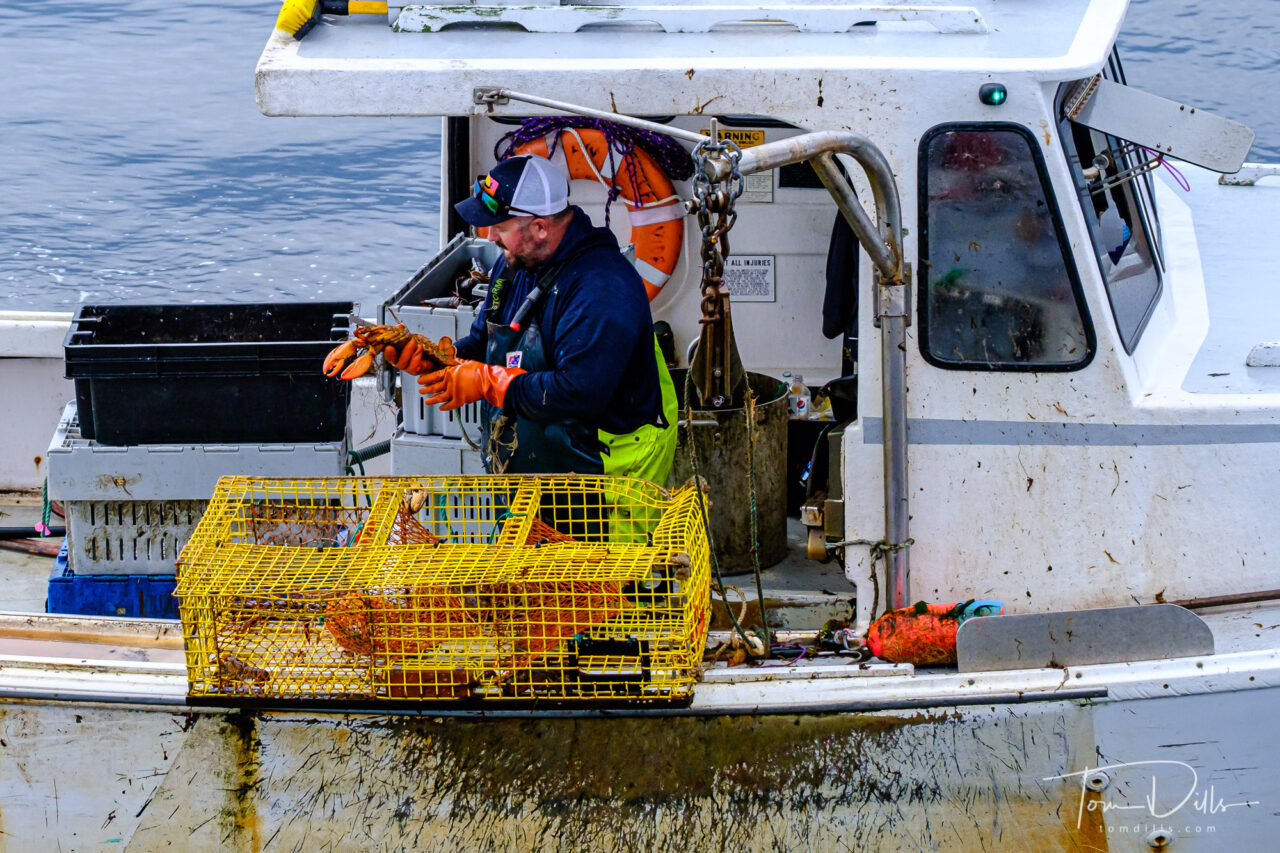

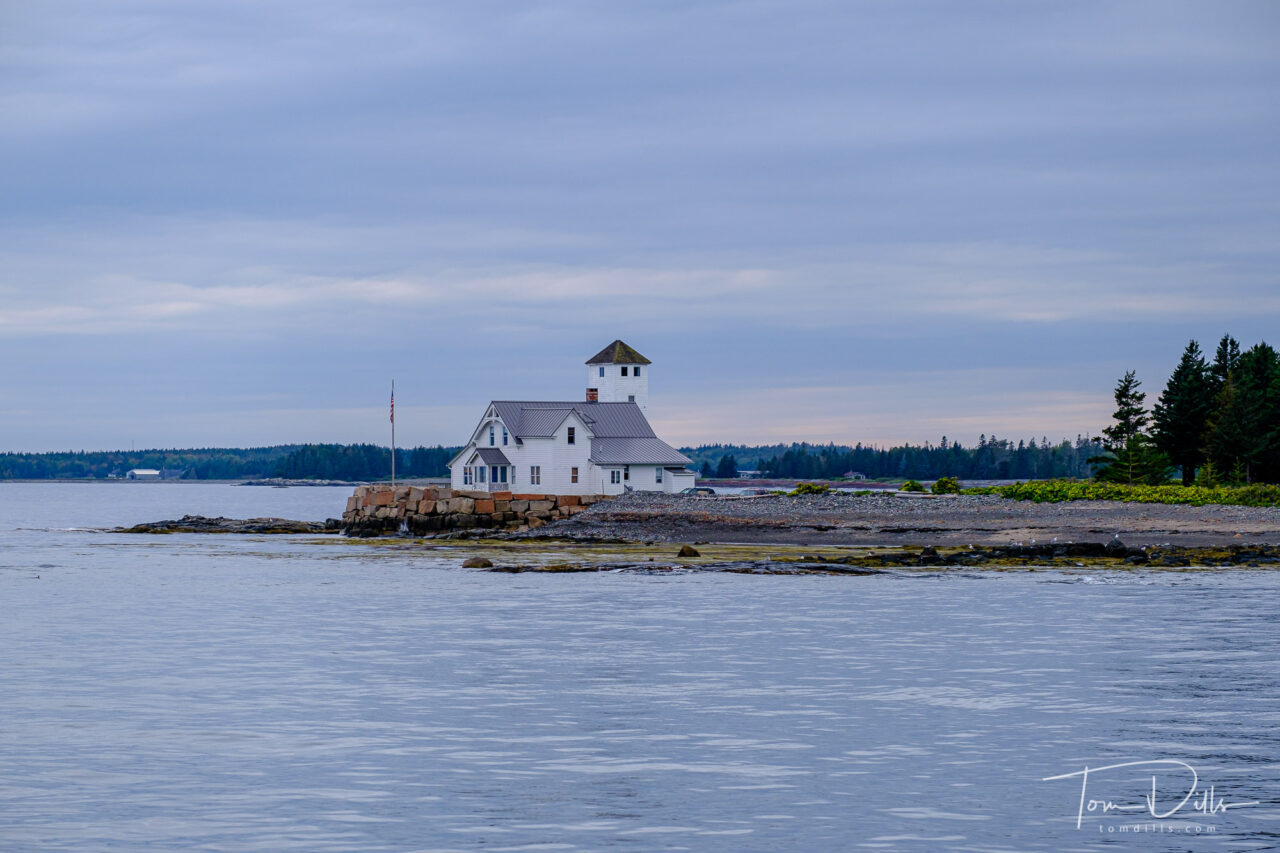
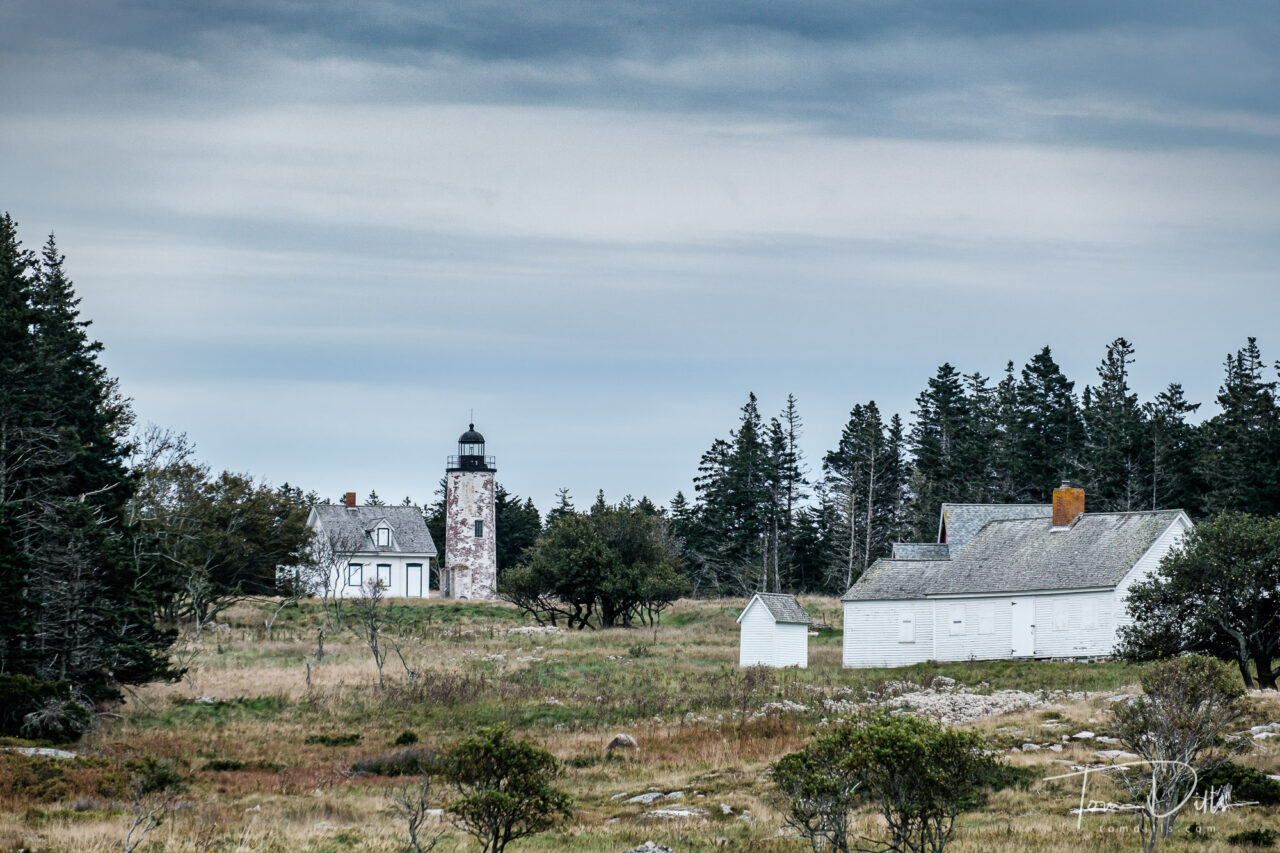
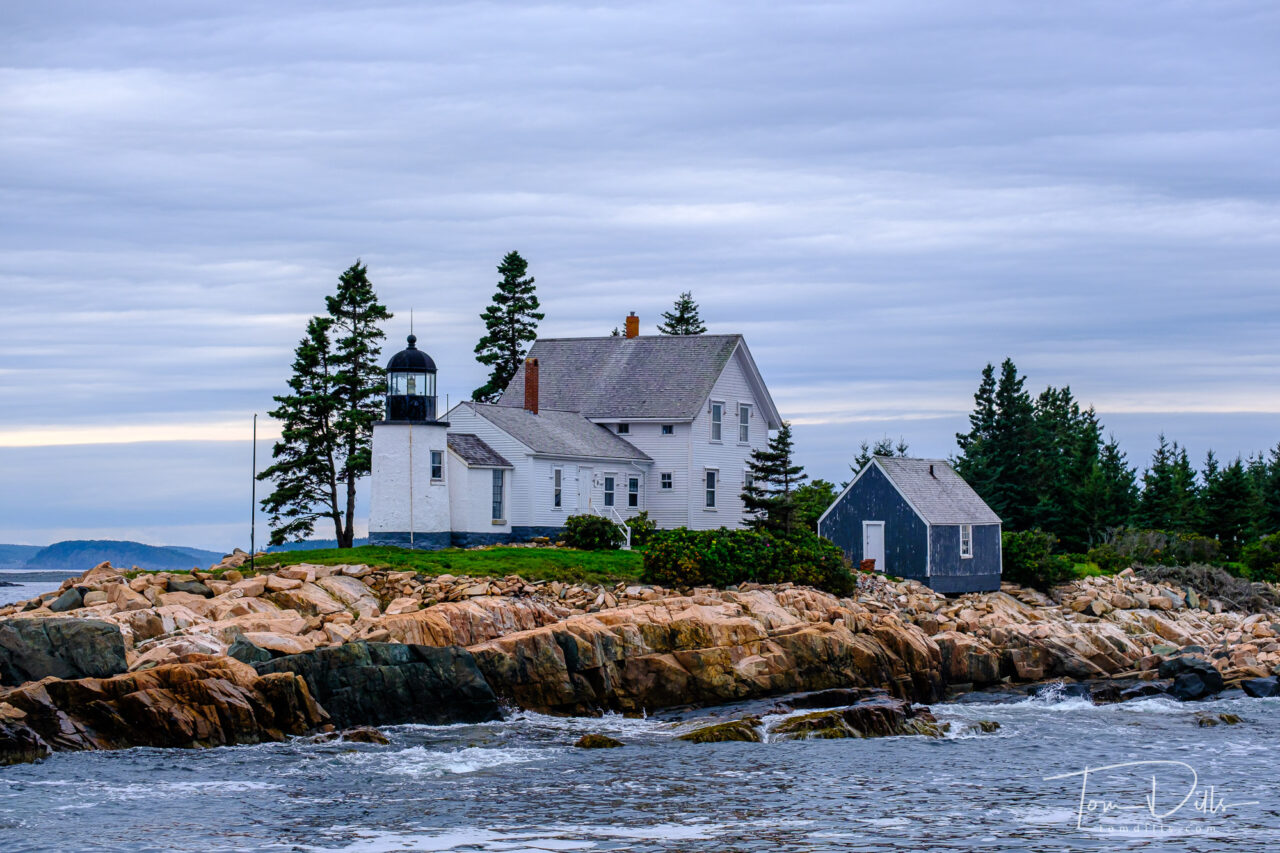
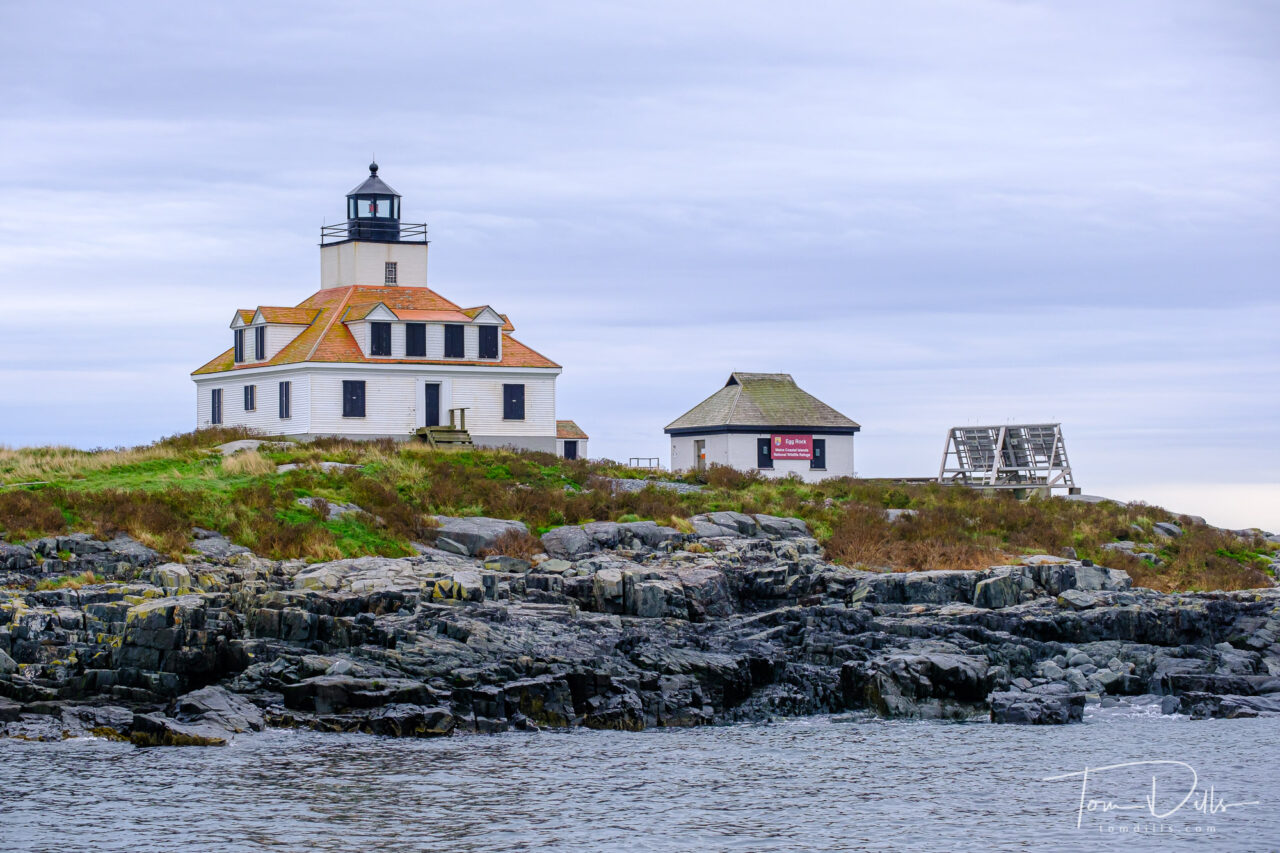
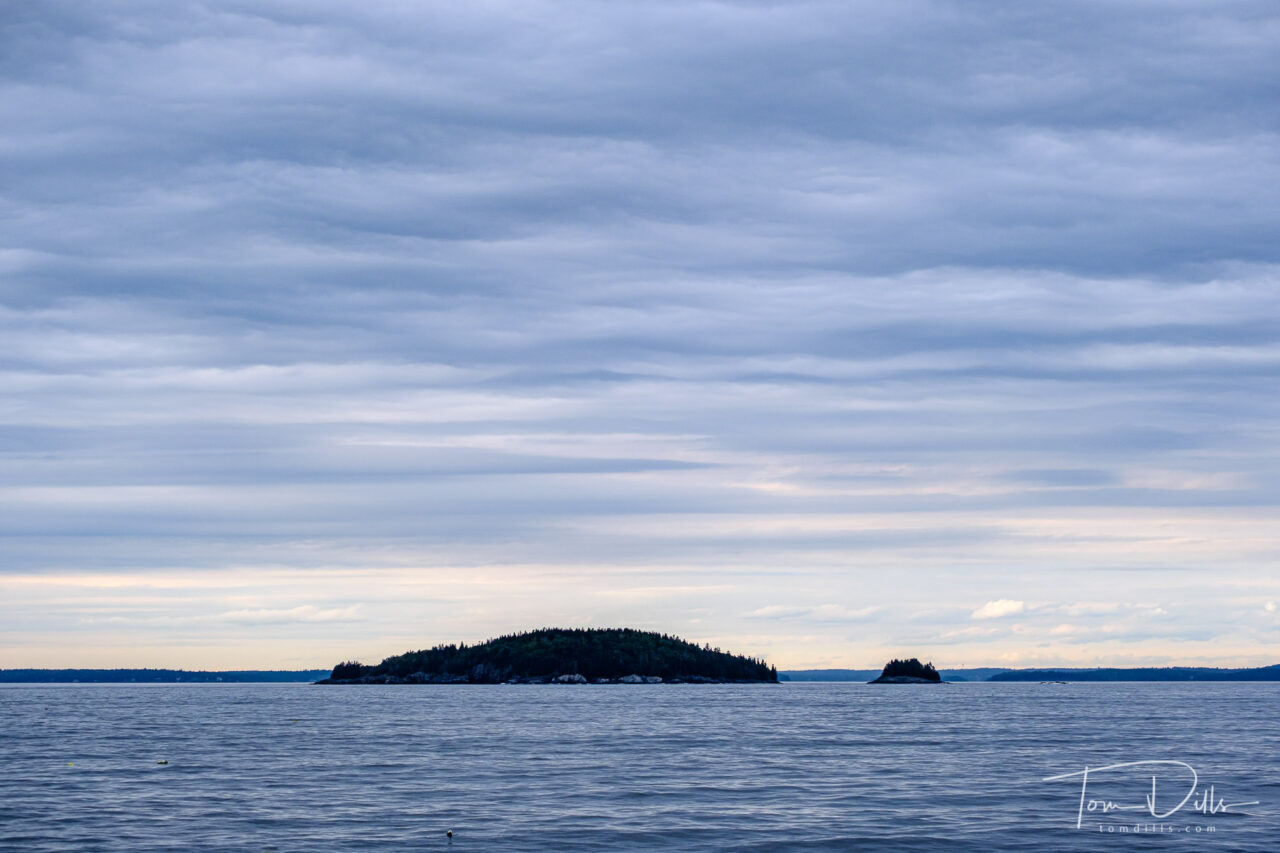
We planned a boat cruise out of Bar Harbor for the afternoon of our second day. So we got into town early so we could find a place to park, spent some time walking around town and had a late breakfast at a restaurant called Jordan’s Restaurant. Jordan’s is known for, among other things, their Wild Maine Blueberry Pancakes. Maine IS blueberry country, after all! And they were as good as you might expect, topped with real Maine maple syrup. There was a bit of a wait, but we expected it and it was well worth it. We went to the boat dock in the early afternoon and took a cruise aboard Acadian Boat Tours’ ‘Eden Star.’ We saw…more lighthouses. Also lots of wildlife – seals, dolphins, lobster fishermen and tourists. 
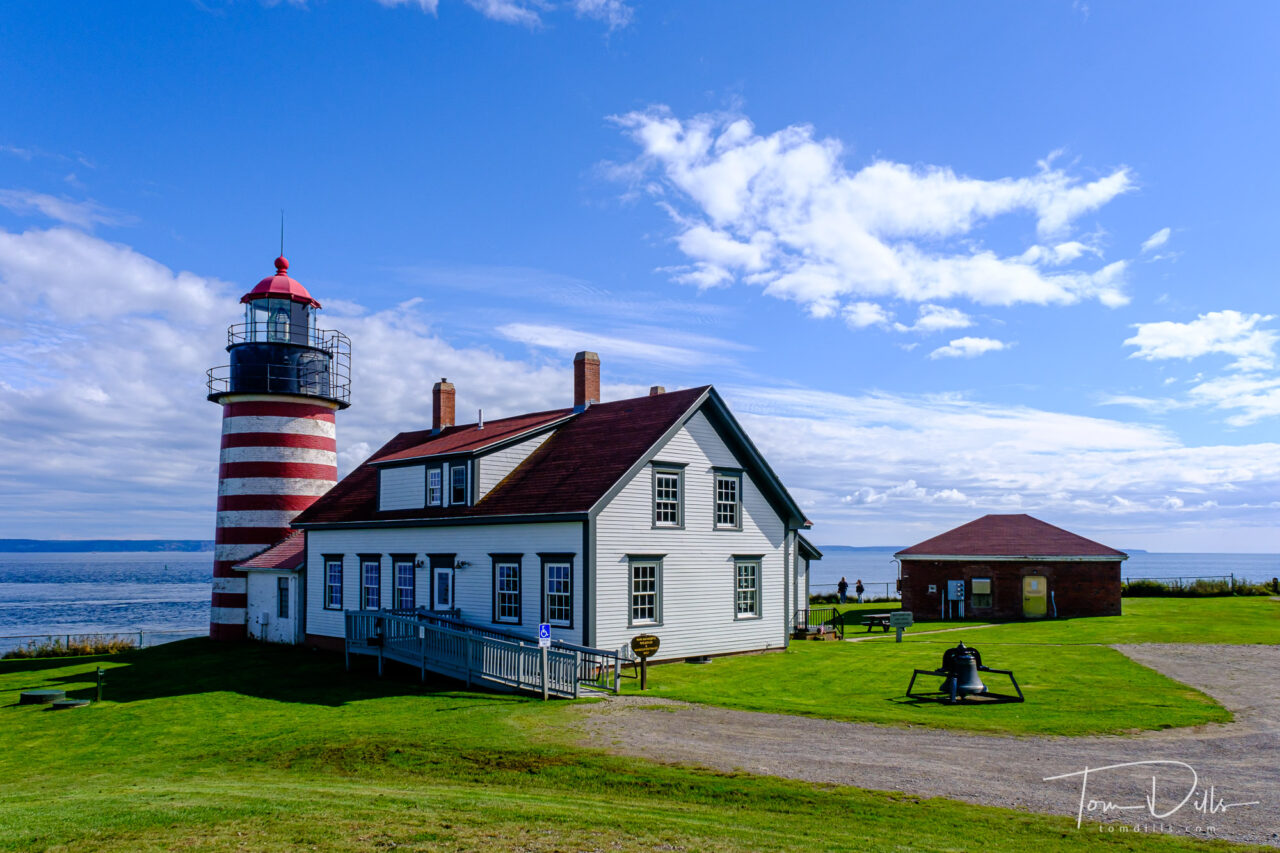
We devoted our third day for a drive to Quoddy Head State Park, site of the Quoddy Head Lighthouse and known as the Easternmost Point in the Continental US. That means we have now visited the two easiest points to get to – the other being the Southernmost Point in Key West. The Northernmost Point is in Middle of Nowhere (not the actual name!), Minnesota and the Westernmost Point is in Middle of Nowhere (not the actual name!) Oregon. We want to get there but it may need to wait a while! The lighthouse is quite beautiful, and from the shore we could see Canada. In fact, when we were in the parking lot our phones buzzed with the message “Welcome to Canada” and we were charged for using my phone “internationally” even though we never actually left the country! We had a nice dinner – seafood this time – at The Chart Room, a a local waterfront place we had passed earlier in the week.
We devoted our fourth and final day, after an early morning drive back to Cadillac Mountain, to exploring the western side of Mount Desert Island (pronounced ‘dessert’ even though it is spelled like ‘desert.’ It’s evidently a French thing.). We returned to the inn for a late lunch of Lobster Bisque, Lobster Roll and Lobster Popovers (an Acadian thing), knowing that we probably would not be getting lobster in New Hampshire 
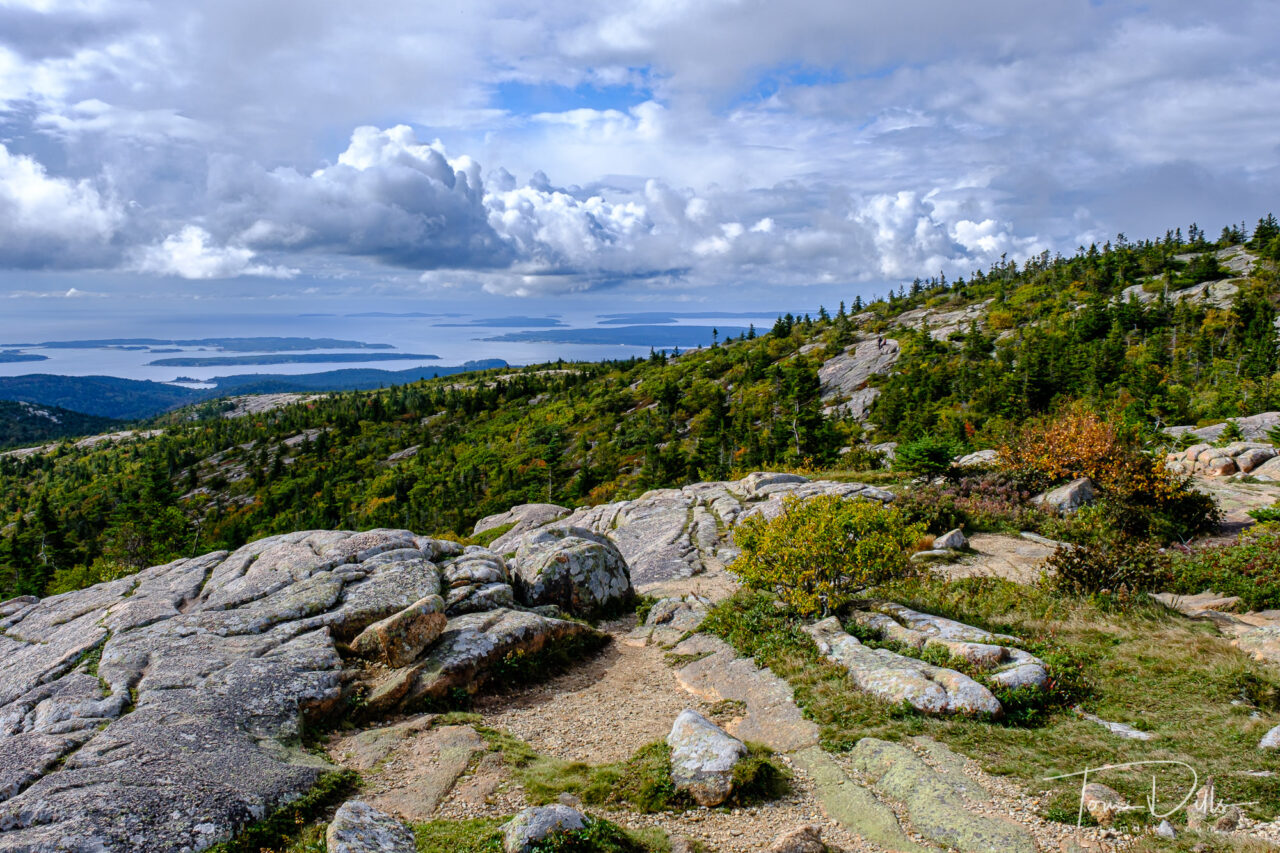
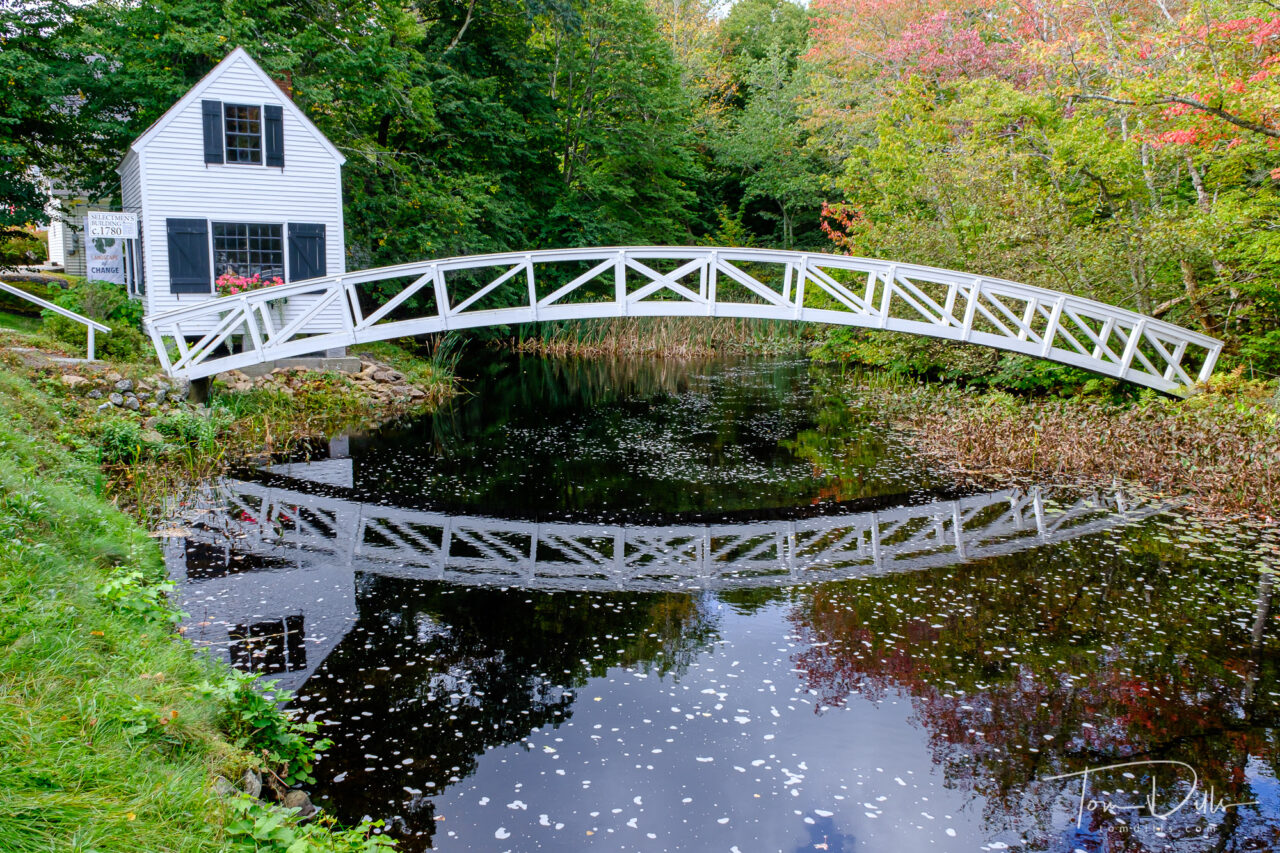
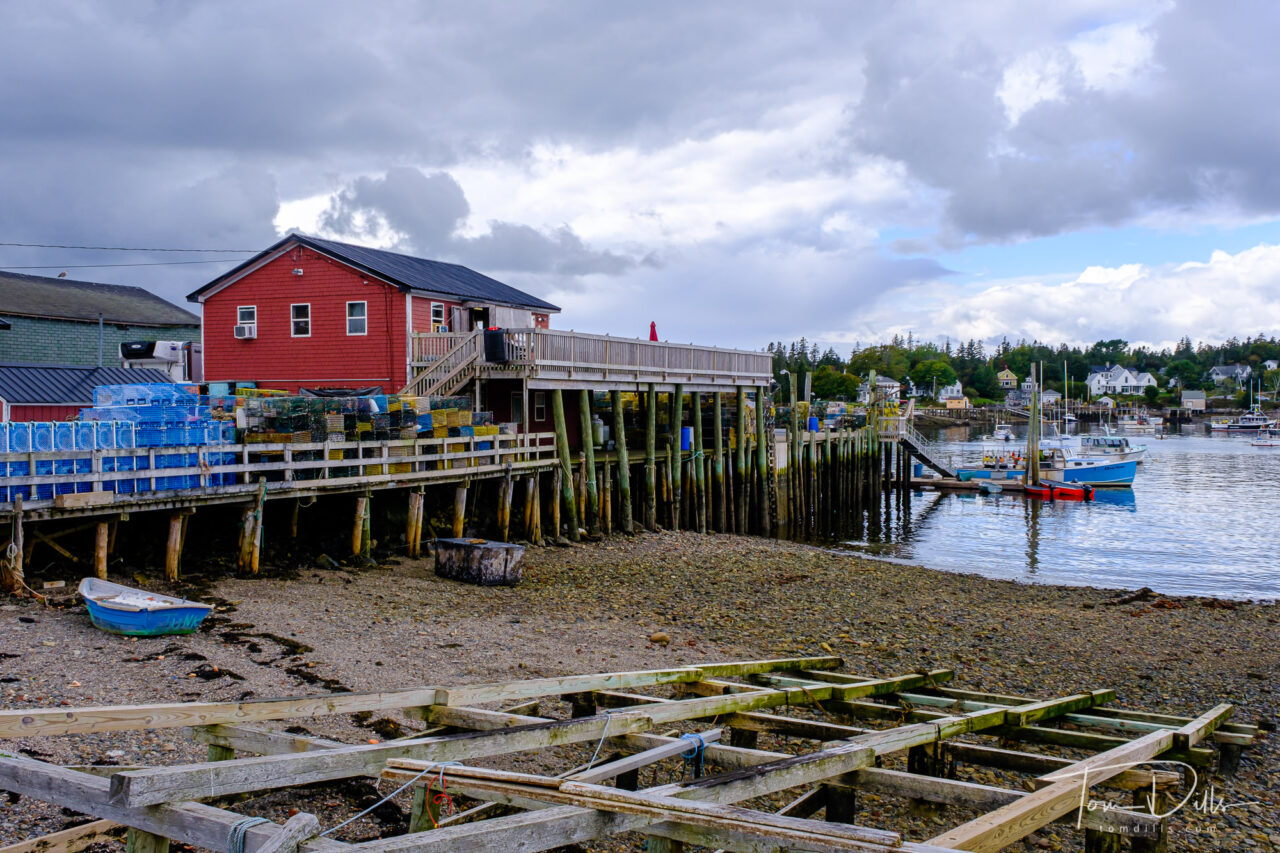
As spectacular is Acadia is, I don’t know that I would rush back there. I’m glad we went, but truthfully there is so much more to see than just that area. There’s a good reason it is so popular – it is truly gorgeous – but like so many National Parks it has become almost too popular for its own good. We did really enjoy the afternoon we spent exploring the Schoodic Peninsula, and I would go back there in a heartbeat. But the entire Maine coast has some beautiful places just waiting to be explored. We barely got to see inland Maine, and we weren’t anywhere near the north woods or Katahdin. So there is plenty of unseen territory for another visit, or two or ten! Plus we have friends there, so how hard is that!
For anyone interested in seeing even more of my photos, I have posted a photo gallery on my Adobe Portfolio page for Maine, as well as the other parts of our New England trip. I hope to have the final group processed over the next week or so.